- Inspect
- Interior water supply and distribution systems, including all fixtures, faucets, and readily accessible well pressure tanks and piping
- Drain, waste, and vent systems, including all fixtures
- Water heating equipment and hot water supply system(s)
- Associated vent systems, flues, and chimneys
- Plumbing system drainage sumps, pumps, and associated piping
- Domestic water supply pressure
- Describe
- Water supply, drain, waste, and vent piping material(s)
- Water heating equipment, including energy source(s)
- Location of main water valves
- Not required
- Public or private water supply
- Water supply quality, quantity, or yield
- Operate automatic safety controls or manual stop valves
- Interiors of flues and chimneys which are not readily accessible
- Water storage equipment
- Water conditioning systems
- Solar water heating systems
- Fire suppression and lawn irrigation systems
- Saunas or steam systems
- Sealed portions of systems, waste ejector or sump pump
- Private waste disposal systems
Service
In the Component “Plumbing – Service” we are looking at more than the actual pipes that carry potable water into the home from a public utility, community source, or private well. We also want to evaluate the on-site well equipment, as this is the homeowner’s responsibility. Additionally, for all water sources we measure the pressure. Too little compromises the functional flow; too much can damage pipes and plumbing fixtures.
Obviously, we look for leaks. Damaged, corroded, and poorly-supported pipes must be reported. Leaks, damage, corrosion, and support also apply to the well equipment. Well heads must be evaluated. Problems here can contaminate the potable water, as can a well that is too close to the septic field or animal habitats.
The water pressure is too high. Pressure higher than 80 psi will cause pipes, valves, and faucets to fail prematurely. Hire a plumber to evaluate the water system and to make required repairs.
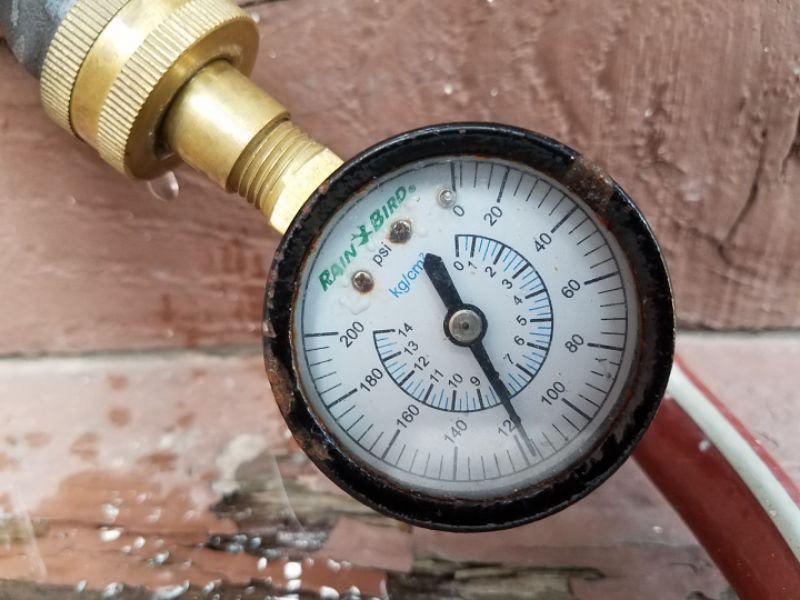
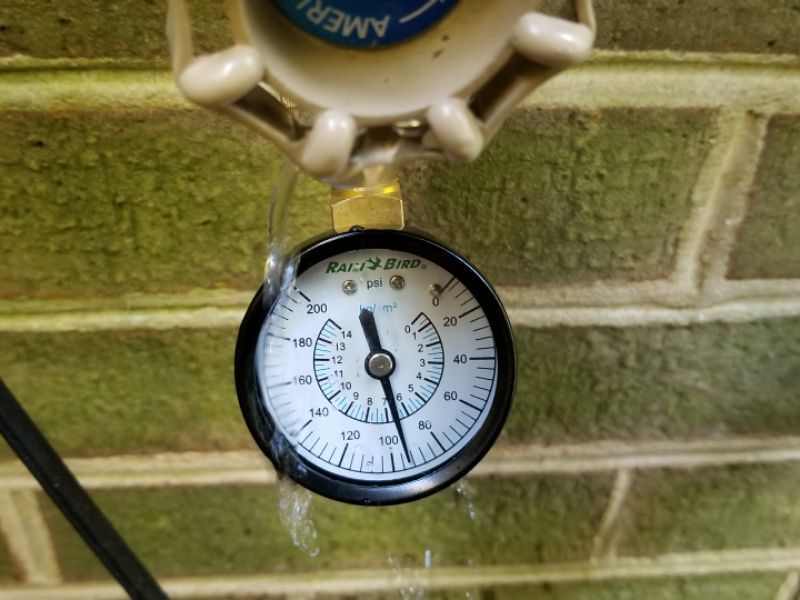
The water pressure is too low. Pressure less than 35 psi is considered inadequate. The exact cause of the problem can’t be determined. Hire a plumber to evaluate the water system and to make required repairs.
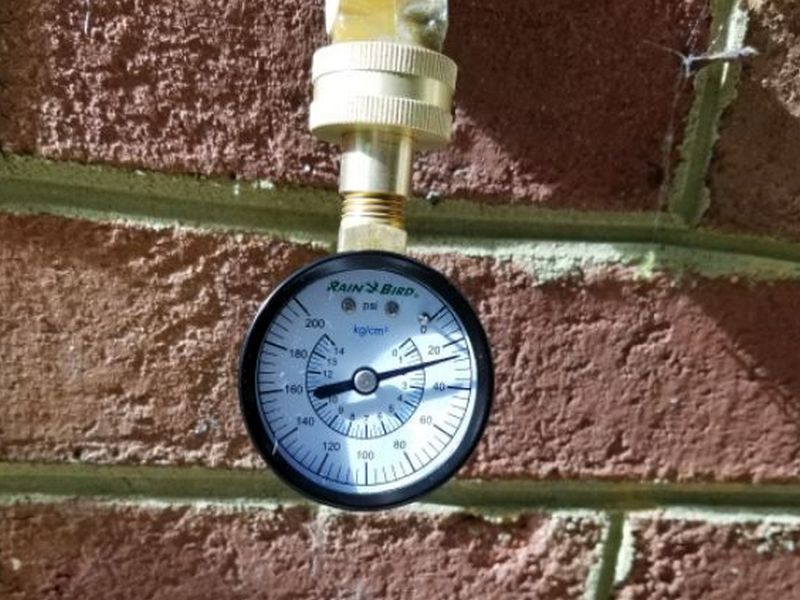
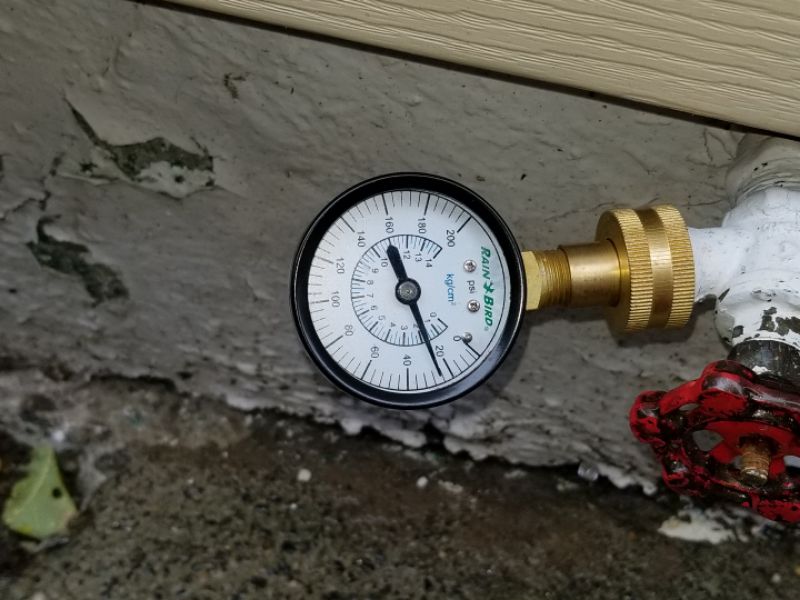
The water service entry pipe is leaking. This will waste water and can cause damage. Hire a plumber to make the required repairs.
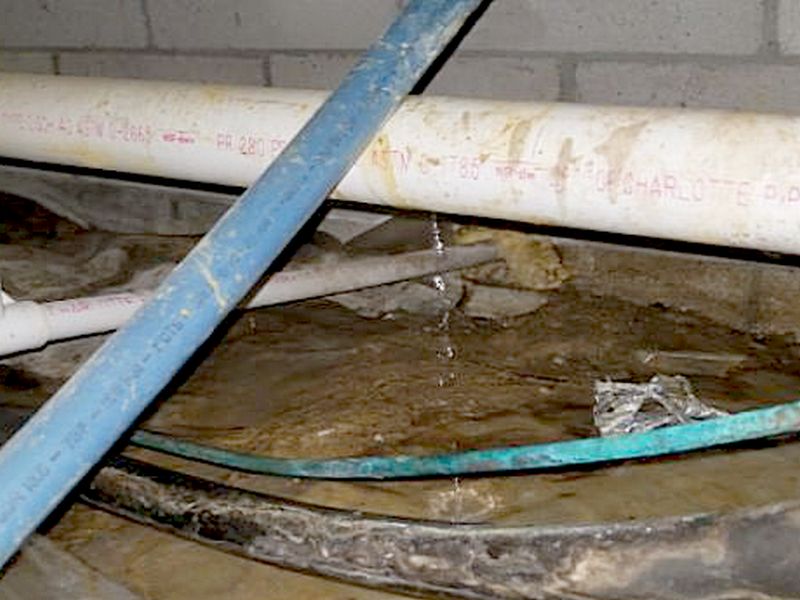
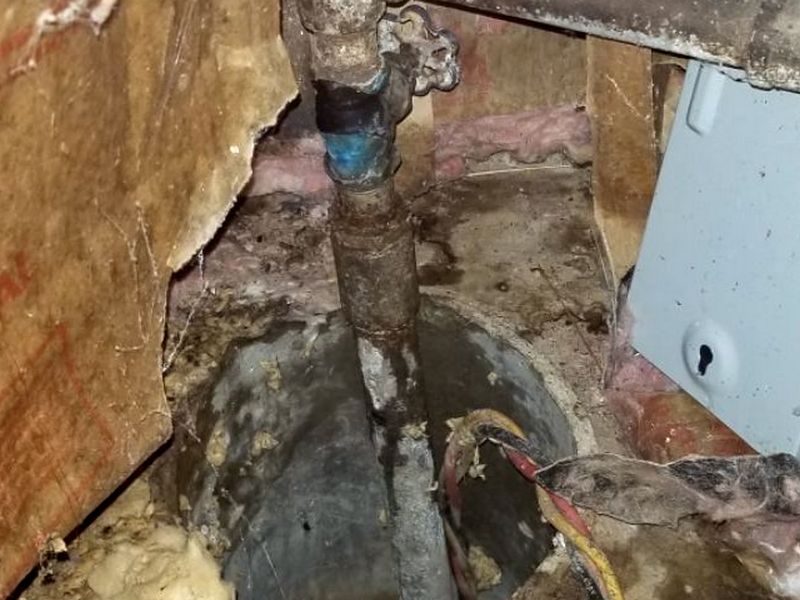
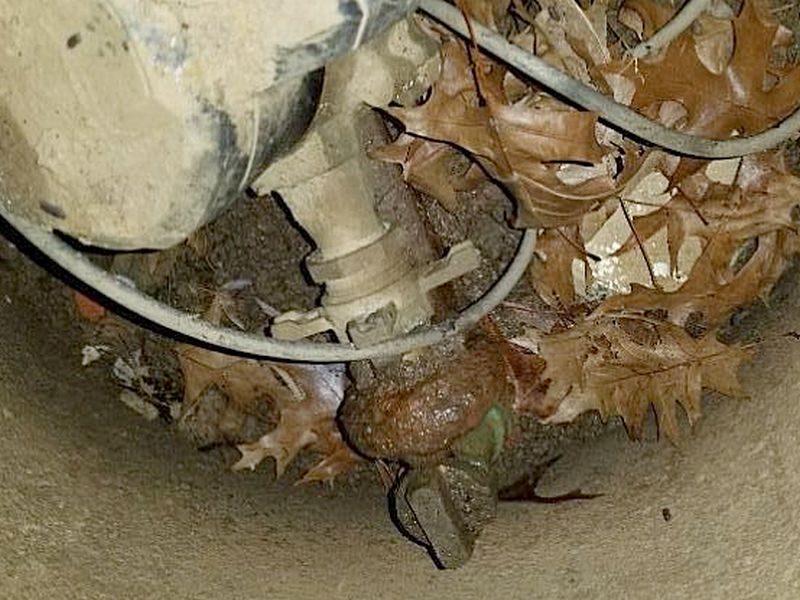
The water service entry pipe is corroded. This can cause damage and leaks. Hire a plumber to replace the pipe.
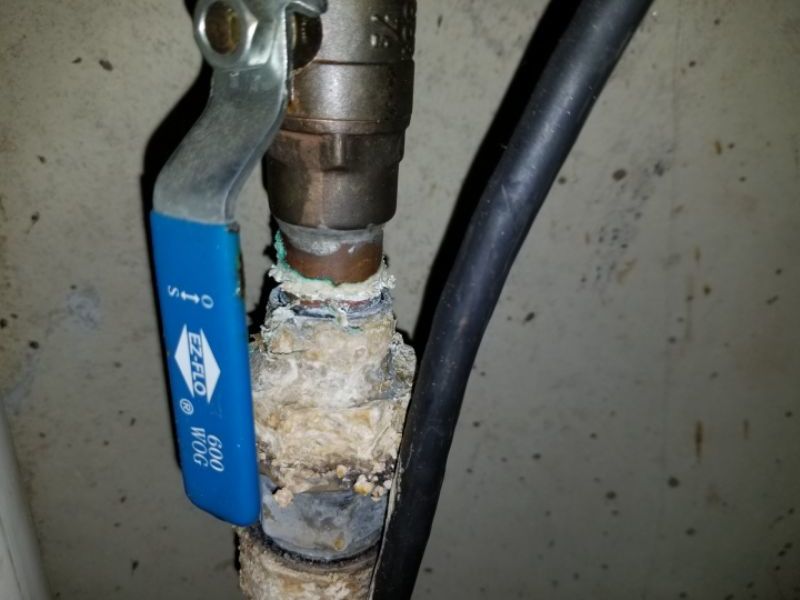
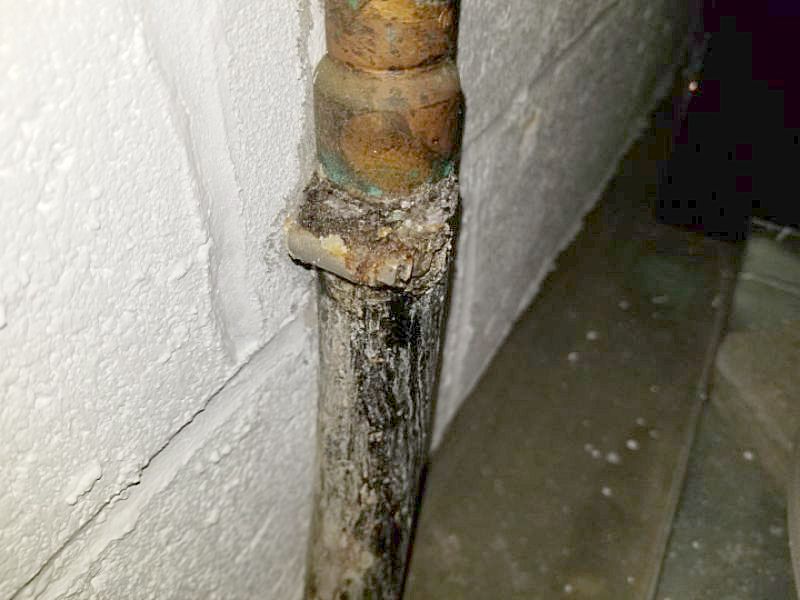
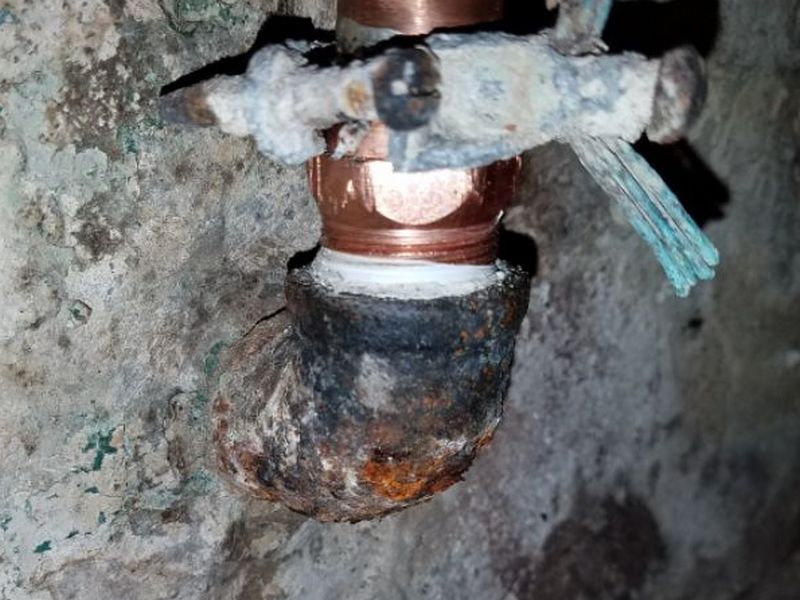
The water service entry pipe is not supported properly. This can cause damage and leaks. Hire a plumber to properly secure the pipe.
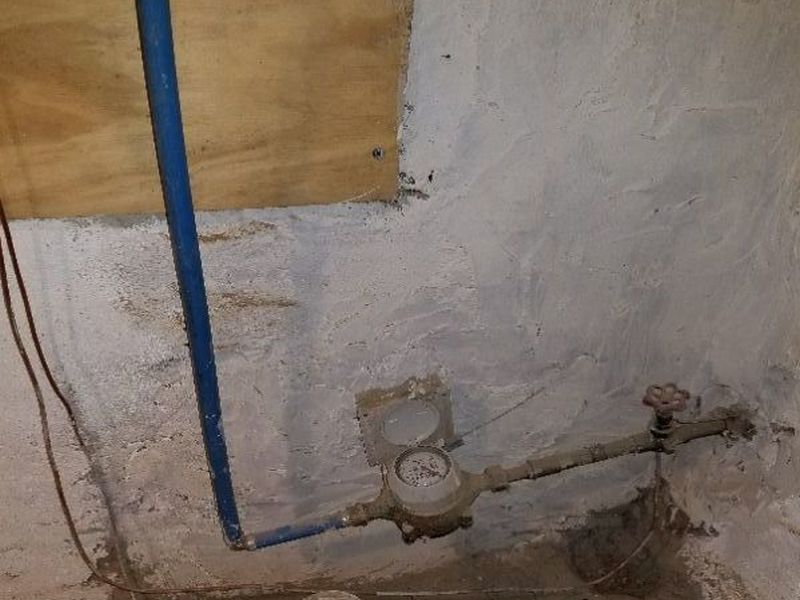

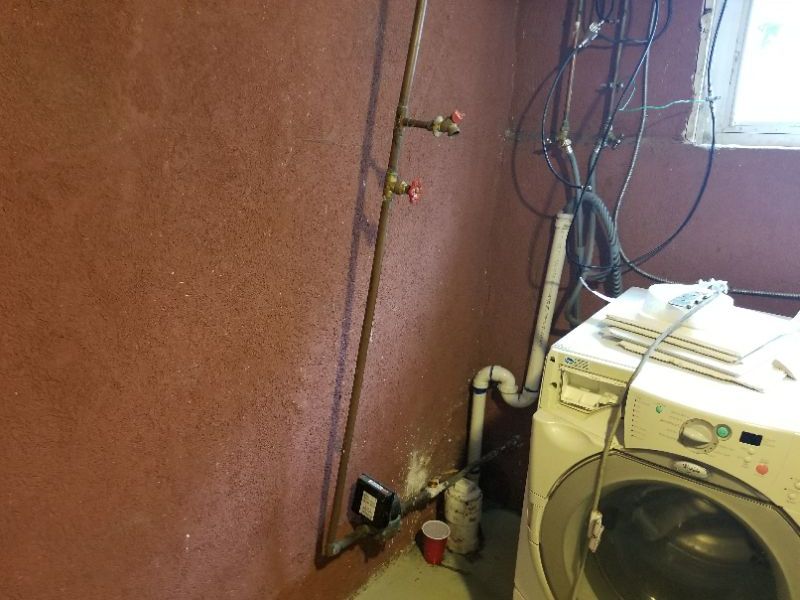
The well pressure tank is leaking. This affects delivery of water supply and can cause damage. Hire a plumber to replace the tank.
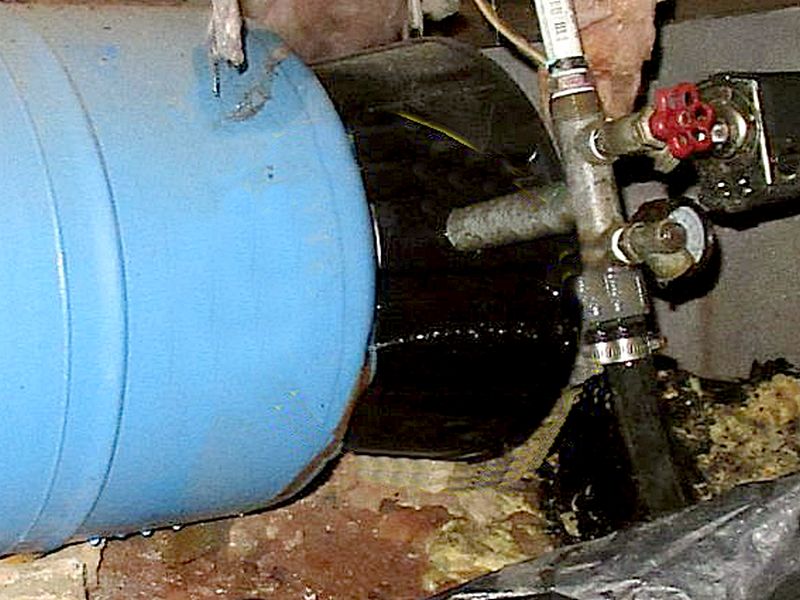
The well pressure tank is corroded. This affects its reliability. Hire a plumber to replace the tank.
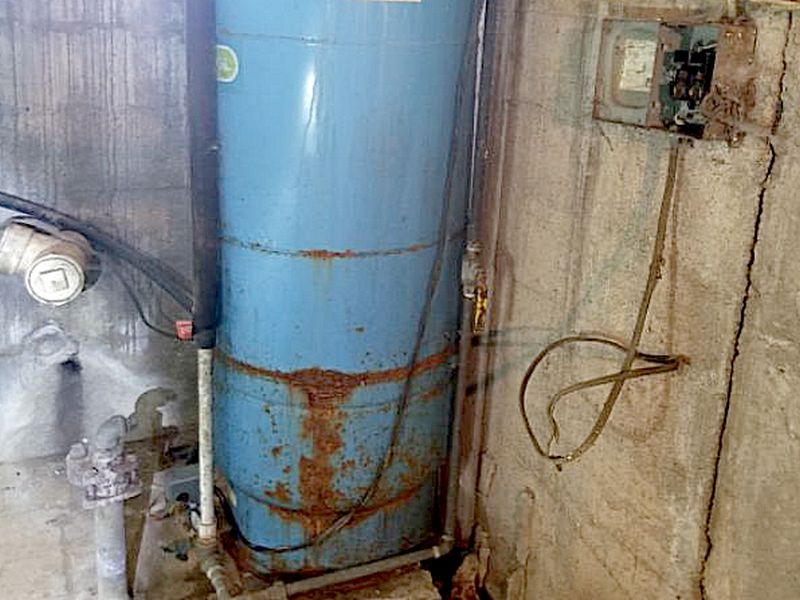
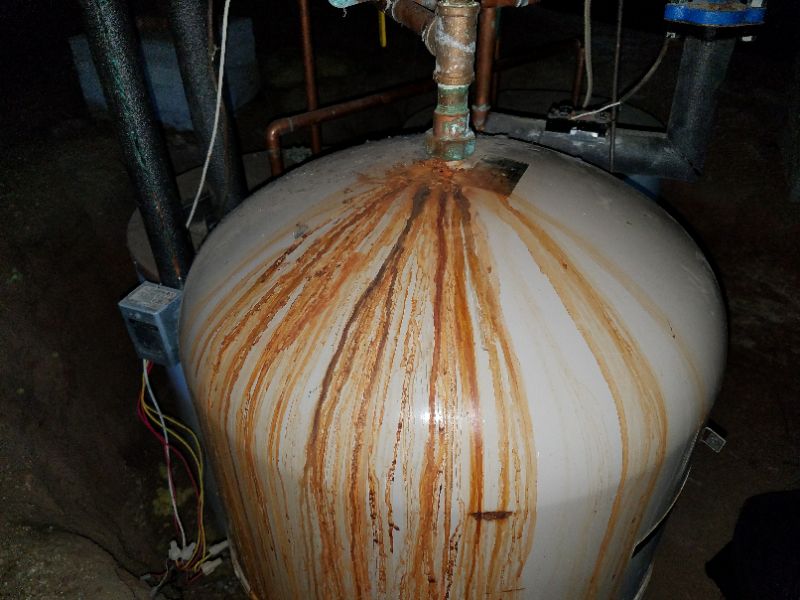
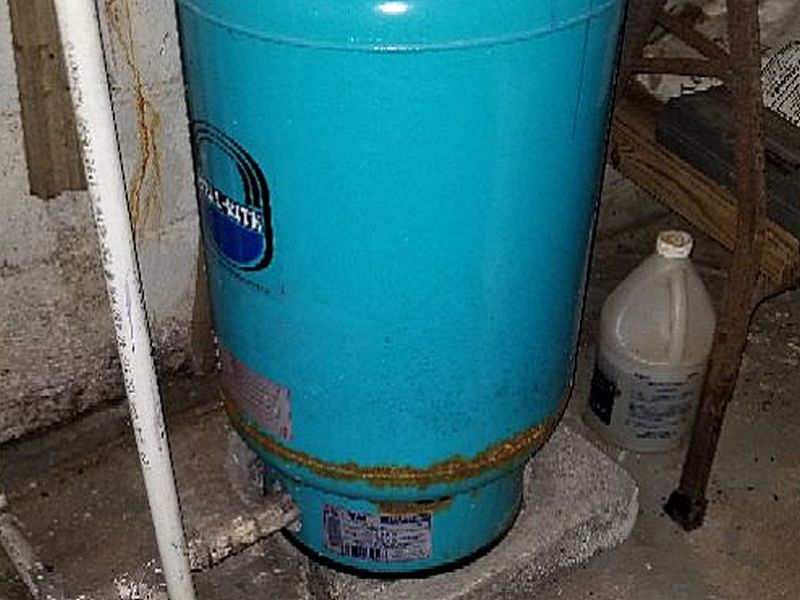
The well pressure tank’s gauge is damaged. This prohibits an inspection and affects routine maintenance. Hire a plumber repair the gauge.
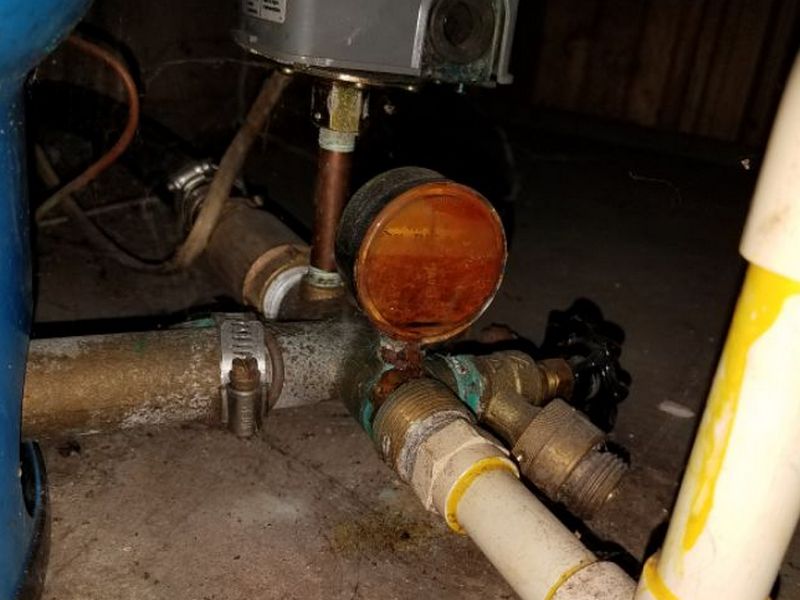
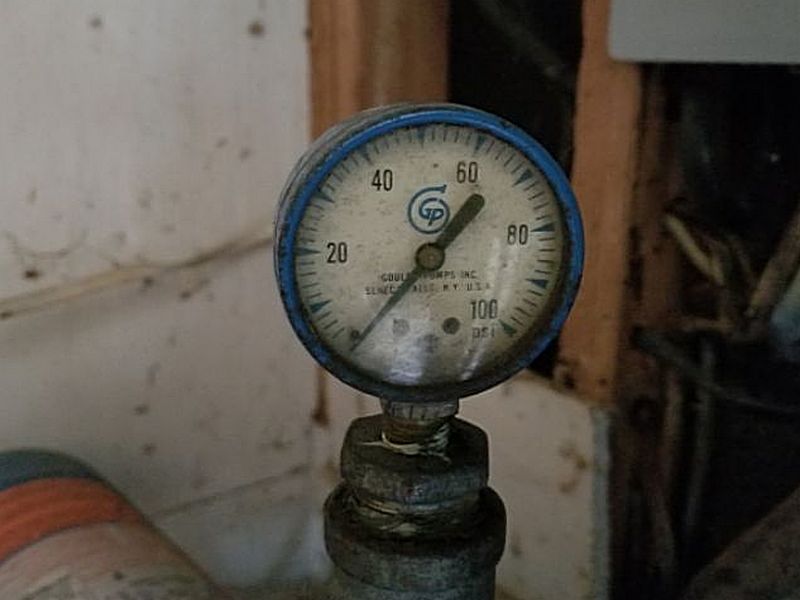
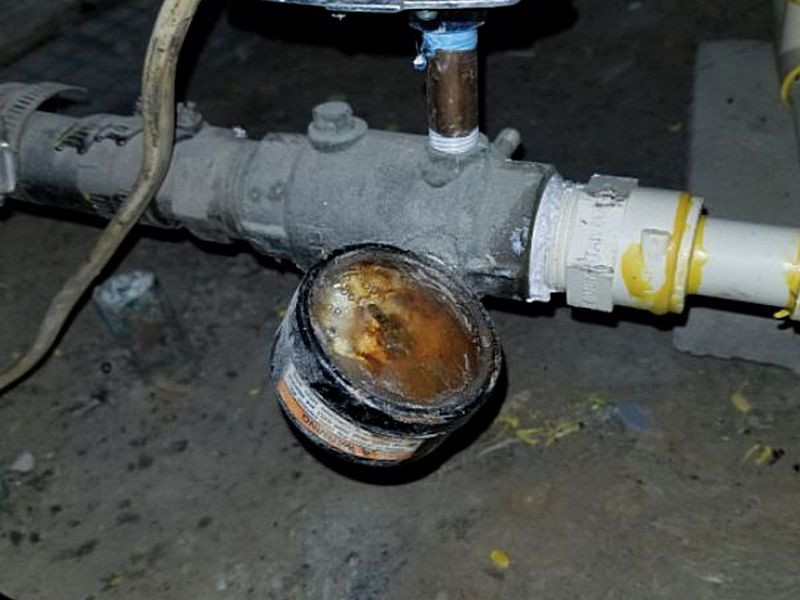
The well pressure tank is inadequately supported. This can cause damage to the fittings as well as leaks. Hire a plumber to properly secure the tank.
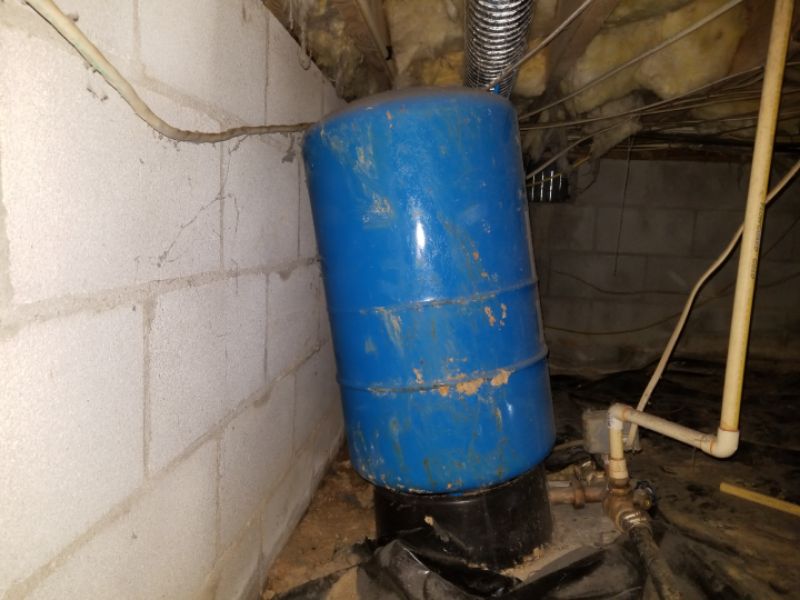
The Centers for Disease Control and Prevention (CDC) guidelines for safe well siting and separations.

The well appears to be too close to the septic field. This is a serious health hazard. Hire a plumber to evaluate the water system and to make required repairs.
The well cap is loose. This permits contamination of the well. Secure the well cap.
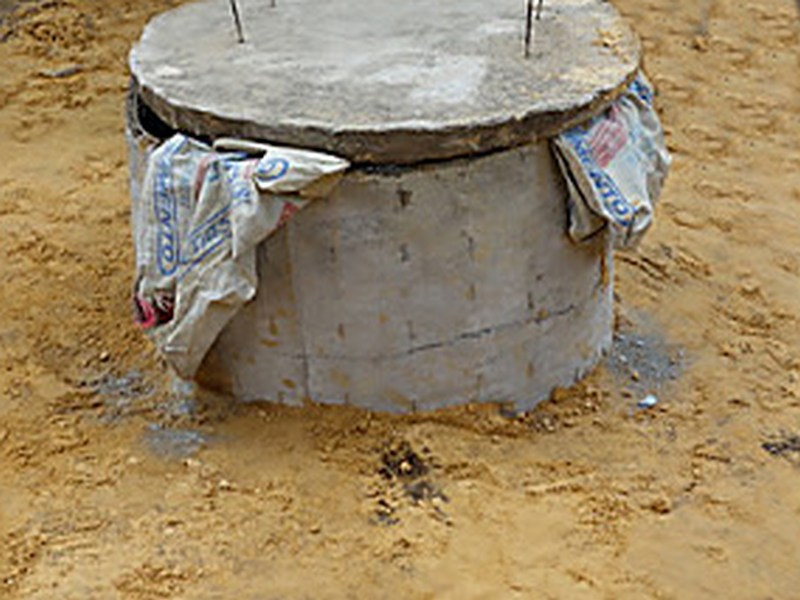
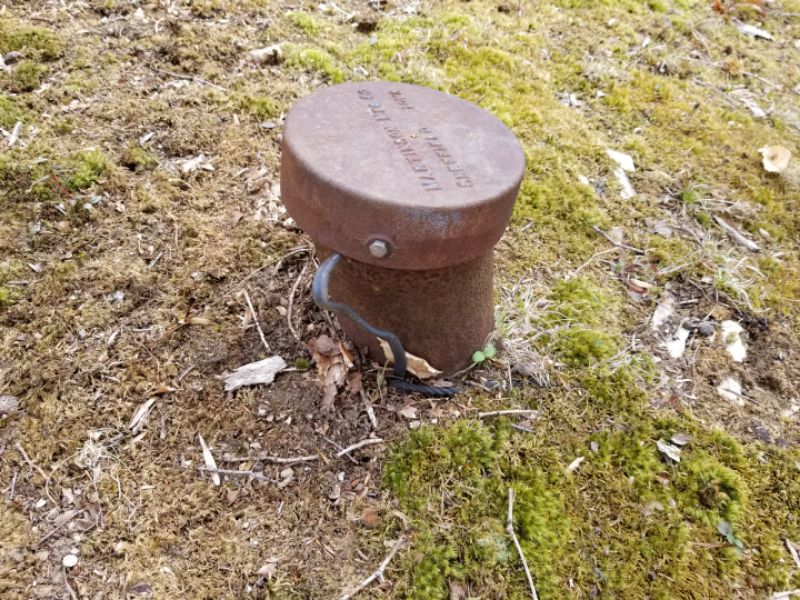
The well cap is damaged. This permits contamination of the well. Replace the well cap.
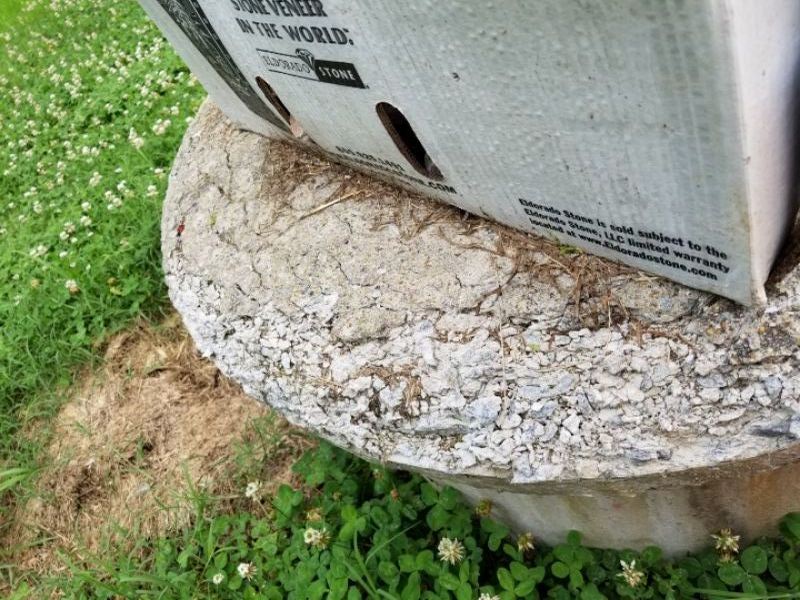
The well cap is missing. This permits contamination of the well. Replace the well cap.
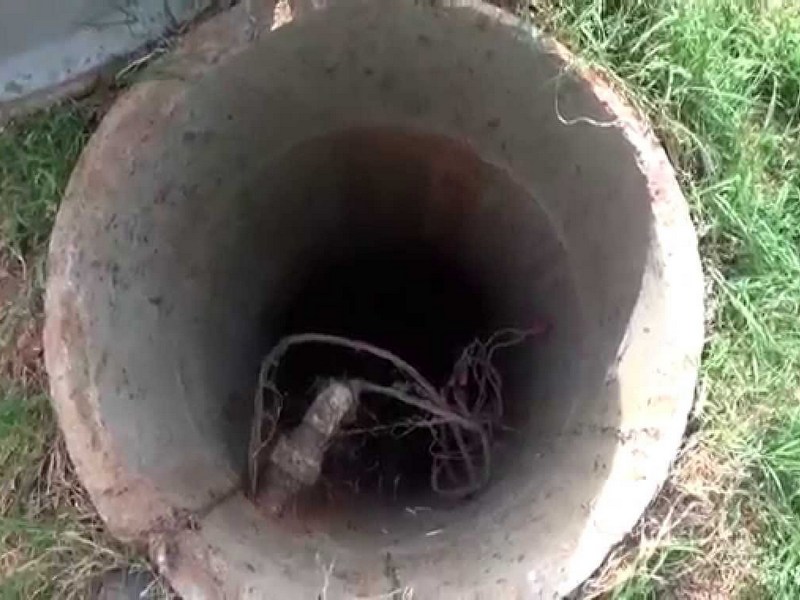
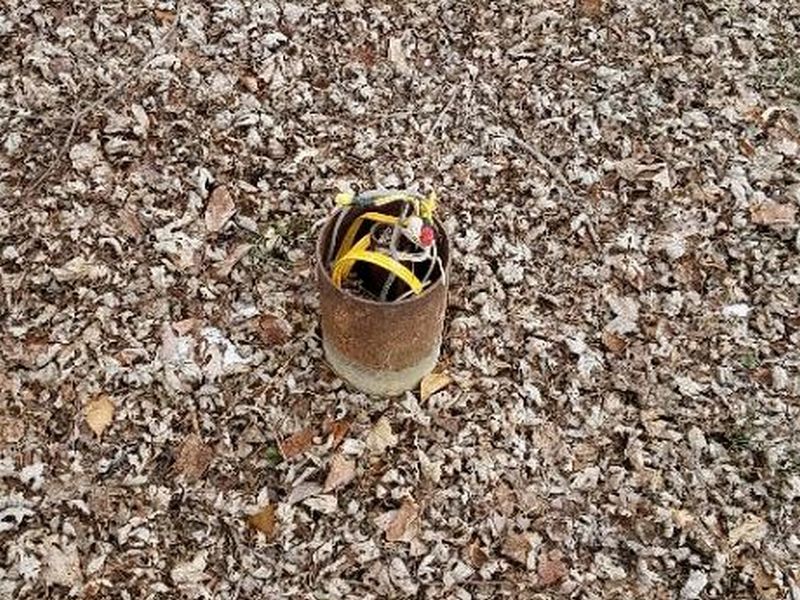
Service Limitation and Information Statements
Unable to determine source of potable water service: The inspector is unable to determine the source of the plumbing system’s potable water service. This occurs in cases in which prior service records are unavailable, ownership of installed meter is not apparent, or a neighborhood has a mix of public, community, or private services.
Unable to measure water pressure, no connections/hose spigots winterized: The inspector is unable to measure the plumbing system’s water pressure. No appropriate connections are available, or the hose spigots are winterized.
Property includes well not providing potable water supply, beyond scope: The property includes a well that is not used for providing domestic potable water to the dwelling, e.g. irrigation, lawn watering, hose bibs, outbuildings, or animal usage. The well is beyond the scope of a Home Inspection. It is not tested nor are water samples drawn for laboratory analysis. You should ask the seller for documentation about its use, depth, recovery rate, and other particulars.
Galvanized steel water service line present, not possible to determine condition, budget for replacement: A galvanized steel water service line is present. This entry pipe material has not been installed for many decades, and should be considered past its reliable service life. Absent observable water pressure or leak issues, it is not possible to determine its condition. You should budget for replacement.
Water service entry pipe composed of lead, health and safety concern, hire a specialist for a water quality evaluation, budget for replacement: The water service entry pipe is composed of lead. This is a documented health and safety concern, especially if there are young children in the home. It is strongly recommended that you hire a specialist for a detailed water quality evaluation, and that you budget for replacement.
Polybutylene water service piping is present, recommend specialized inspection, budget for replacement: Polybutylene water service piping (“Big Blue”) is present. It has had a higher than normal failure rate and is no longer being used. It is virtually impossible to detect installation problems during a home inspection and impossible to know if future problems may occur. Due to concerns surrounding this material, a specialized inspection of the Polybutylene piping is recommended. The specialist performing this inspection should address the integrity of the installation according to the manufacturer’s standards. Furthermore, it is suggested to have a proposal prepared to allow for a replacement budget to be considered.
Main Shut-off
A main water service valve is critical to preventing significant damage if a leak occurs downstream. A clear and specific location for all utility shut-offs should be reported to our clients. While we do not operate valves, we must evaluate them for defects. Inspect main water shut-offs for active and self-sealed leaks. A broken or missing handle renders them ineffective and should be reported. A missing or inaccessible shut-off is a defect that requires action.
The water service main shut-off valve is leaking. This will waste water and can cause damage. Hire a plumber to repair or replace the valve.
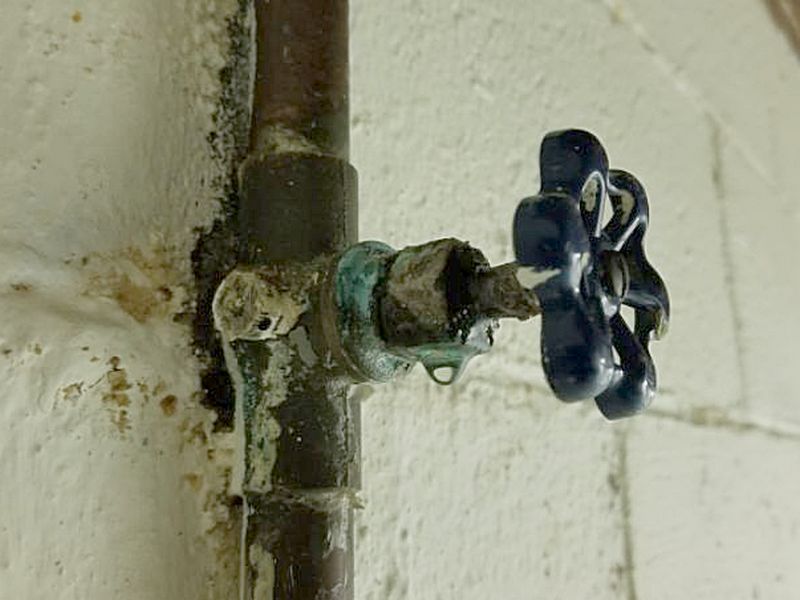
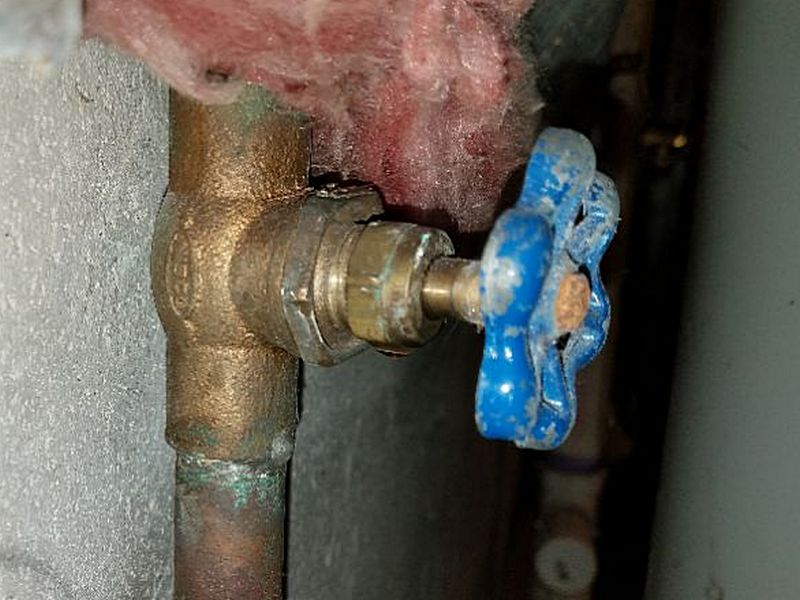
There is a self-sealed leak at the main water valve. This leak can become active at any time due to thermal expansion or system vibration. Hire a plumber to repair or replace the valve.

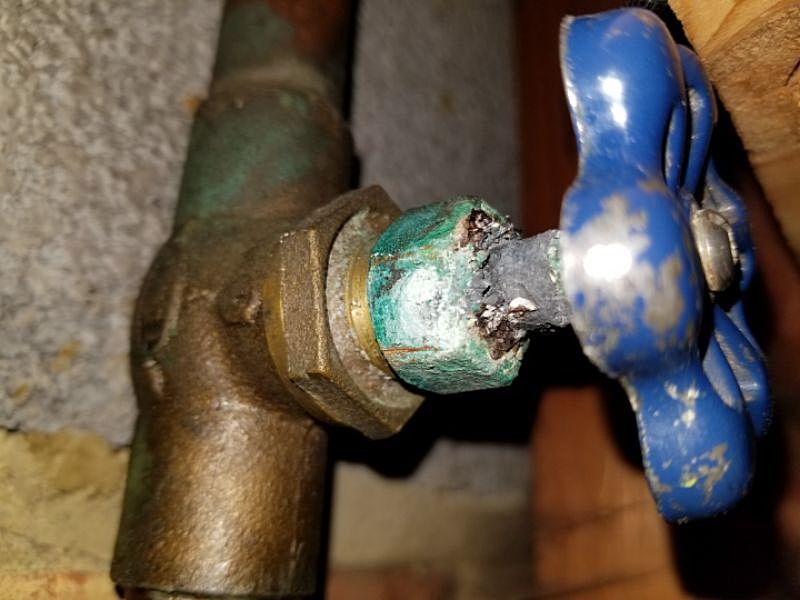
The water service main shut-off valve handle is broken. This presents a cutting hazard and may not allow the main valve to be turned off in the event of an emergency. Hire a plumber to replace the valve handle.
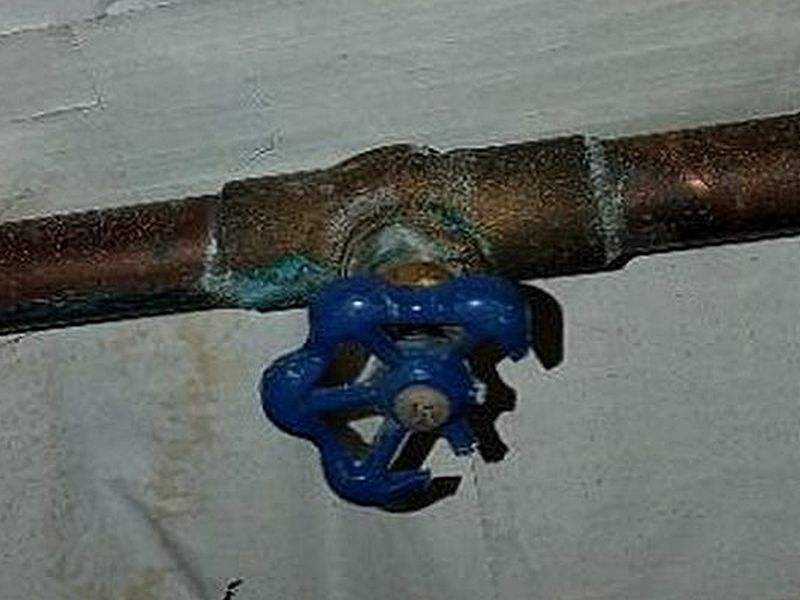
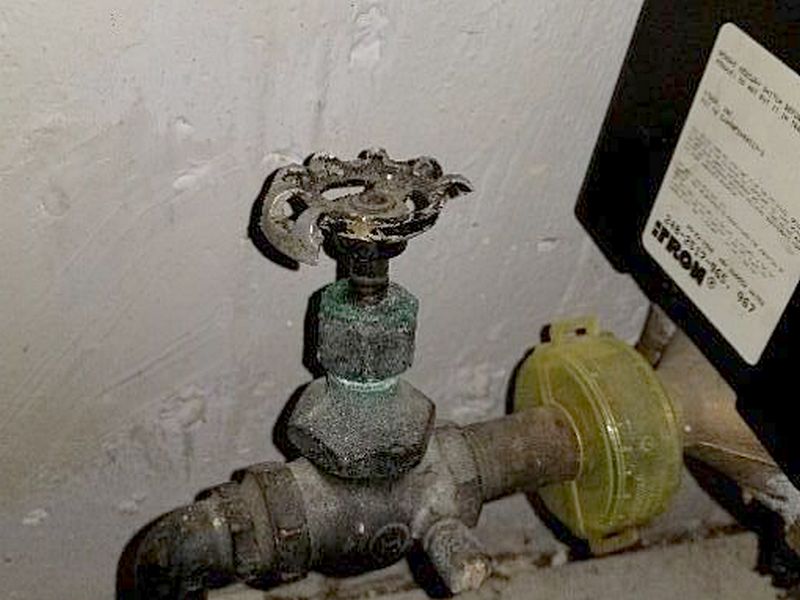
The water service main shut-off valve handle is missing. This prevents the main valve from being readily turned off in the event of an emergency. Hire a plumber to replace the valve handle.
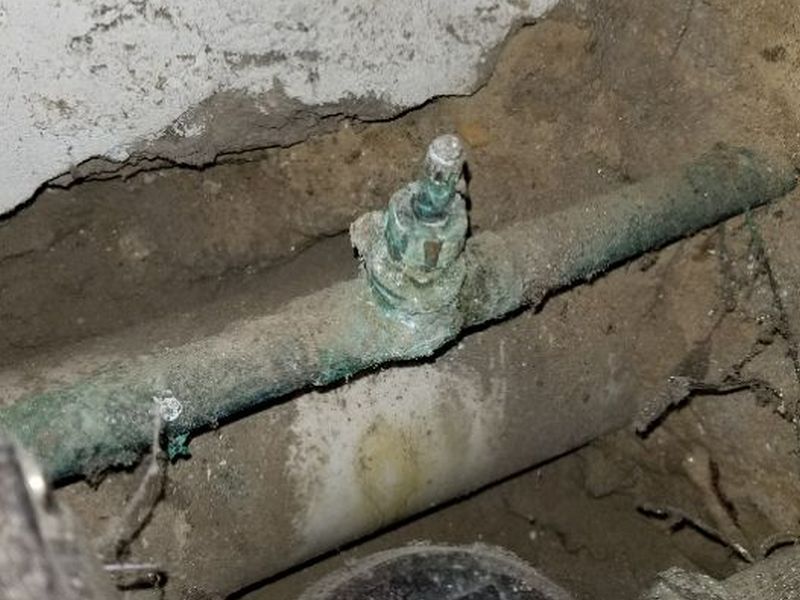
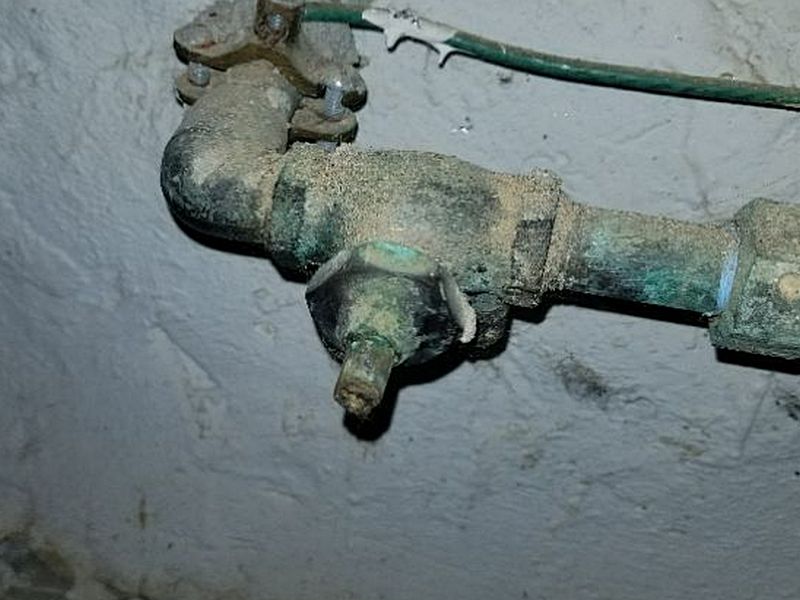
The water service main shut-off valve is missing. Shut-off valves are required to stop all water flow into the home in case of an emergency or for servicing. Hire a plumber to install a shut-off valve.
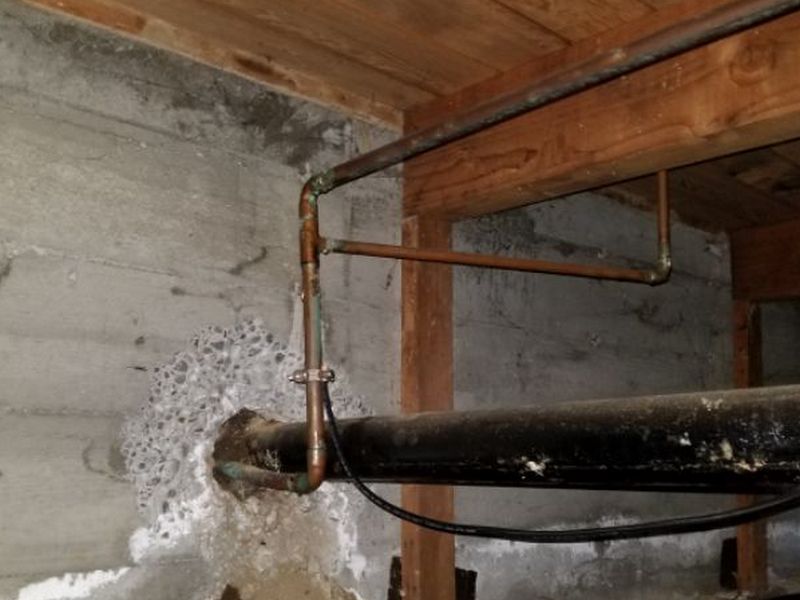
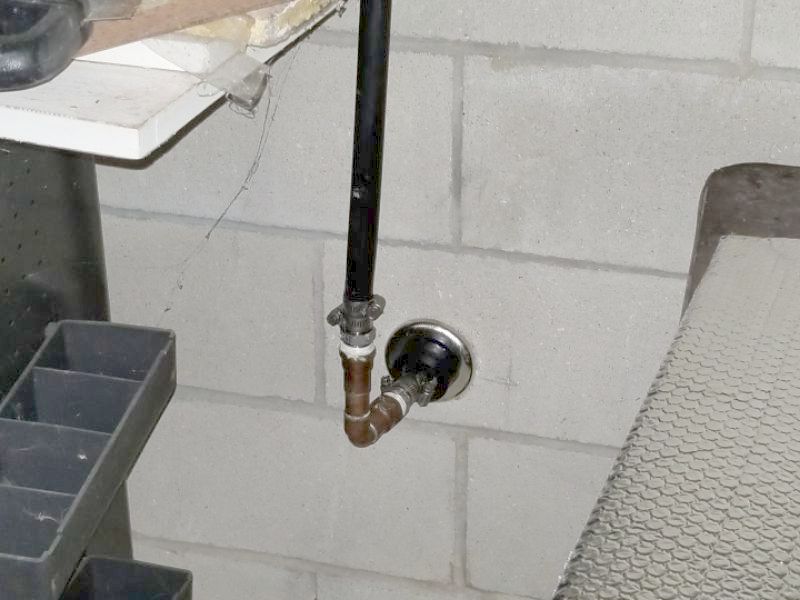
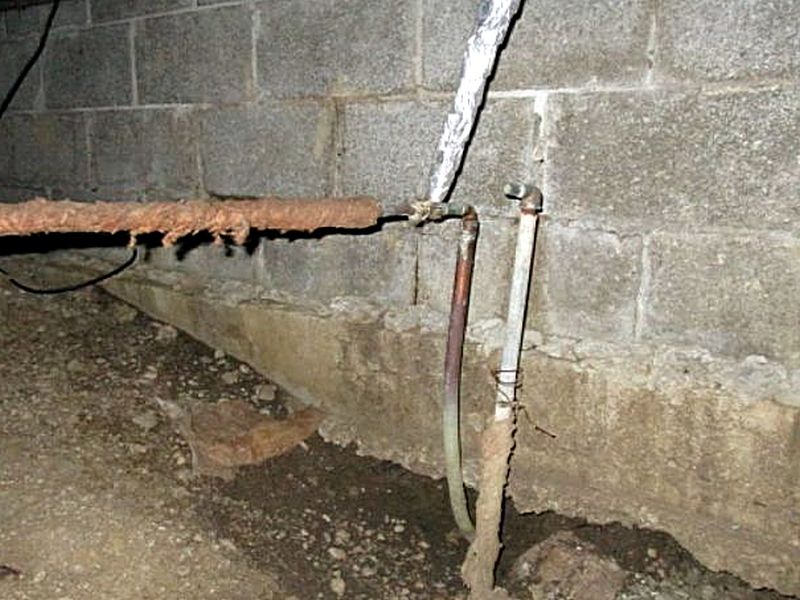
The water service main shut-off valve is in an inaccessible location. Shut-off valves are required to stop all water flow into the home in case of an emergency or for servicing. Hire a plumber to relocate the valve to an accessible location.
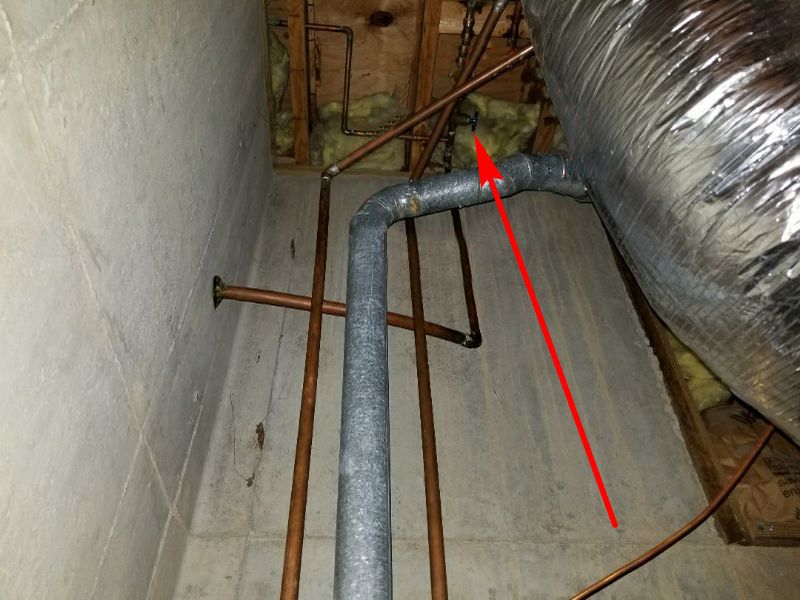
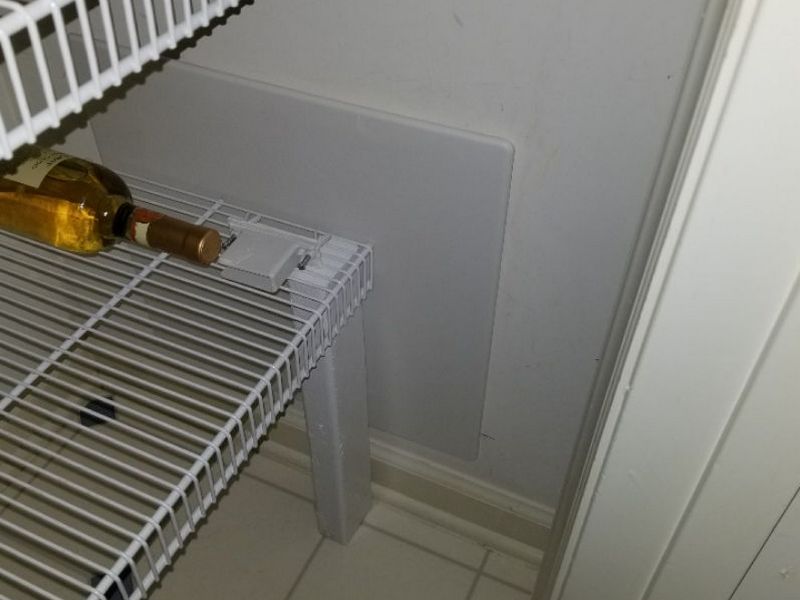
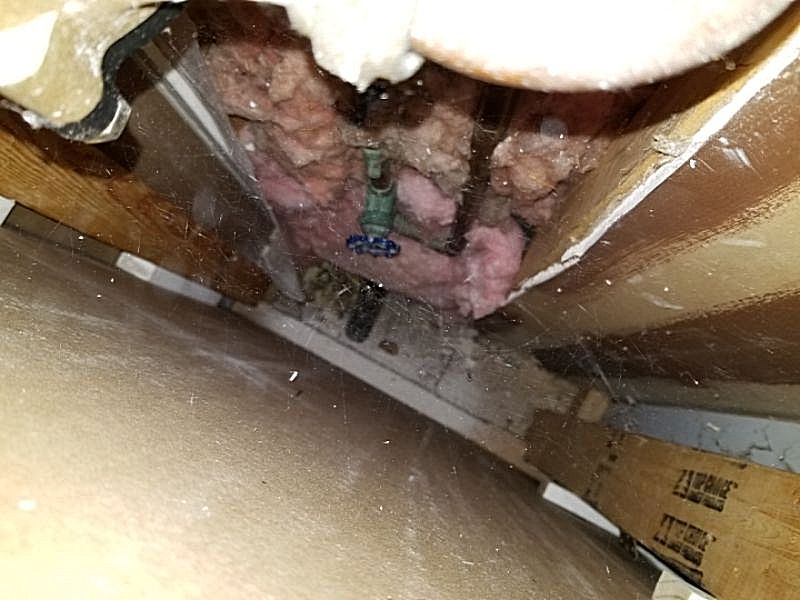
Supply Pipes
Fresh water on demand, anywhere in the home that’s needed, is one of the simple joys of modern living. It also comes with risks, for precisely the same reason; water is being carried all over the house! Modern plumbing supply piping is very reliable when properly installed. Unfortunately, that’s not always the case. Poor workmanship and bad installation practices can cause premature failures and water damage. Additionally, local water quality and defective products are ongoing concerns. Acidic water can destroy copper supply lines with pinhole leaks. The problems with Polybutylene are long-standing. Now we also have PEX fittings and dezincafication to look out for.
Inspect for active and self-sealed leaks, inadequate pipe support, corrosion, damage, incompatible joints, and un-insulated pipes in vulnerable locations. Be alert for “Red Flag” systems and for signs of past remediations. Remember that galvanized pipes are past their EUL and are suspect. Use Limitation and Information Statements as appropriate.
Polybutylene Supply Pipe
Polybutylene pipe systems were installed from the mid-70s through the mid-90s. The product was the object of a major class action lawsuit. It’s a flexible gray tubing secured with fittings and clamps. Many changes were made to the fittings, the clamps, the pipe itself, and the techniques used to install it. Almost everything still in use employs the improved methods. Companies who are in business to replace it will tell you that it’s “a ticking time bomb.” Yet we see very few problems with existing systems, which are by now well past some EUL estimates of 15-20 years. The fact is, the reasons for failures in the actual pipe as opposed to the connections has not been determined. Water quality likely figures in.
Polybutylene water supply systems should always be reported using the available Defect Statement. It’s rare to see anything other than the improved copper fittings and clamps still in service. Any installations with polyacetal fittings and aluminum clamps are highly suspect. If there are any signs of old polybutylene having been removed, use the appropriate Information Statement.
Polybutylene water supply piping is present. It has had a higher than normal failure rate and is no longer being used. It is virtually impossible to detect installation problems during a home inspection and impossible to know if future problems may occur. Hire a plumber to evaluate the water system and to make required repairs.
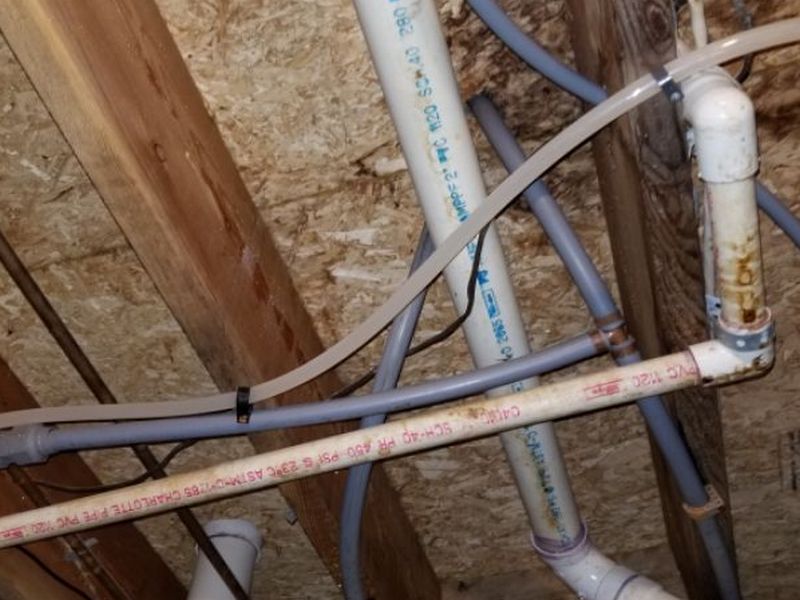
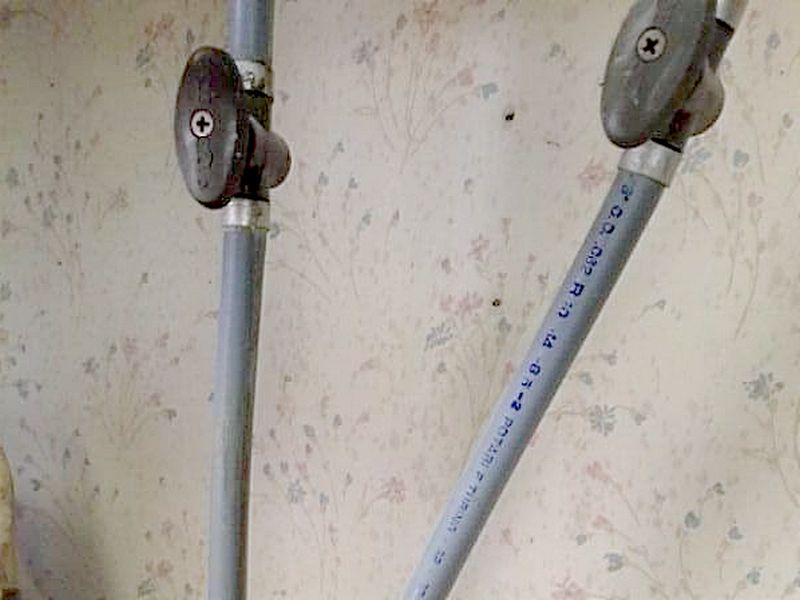
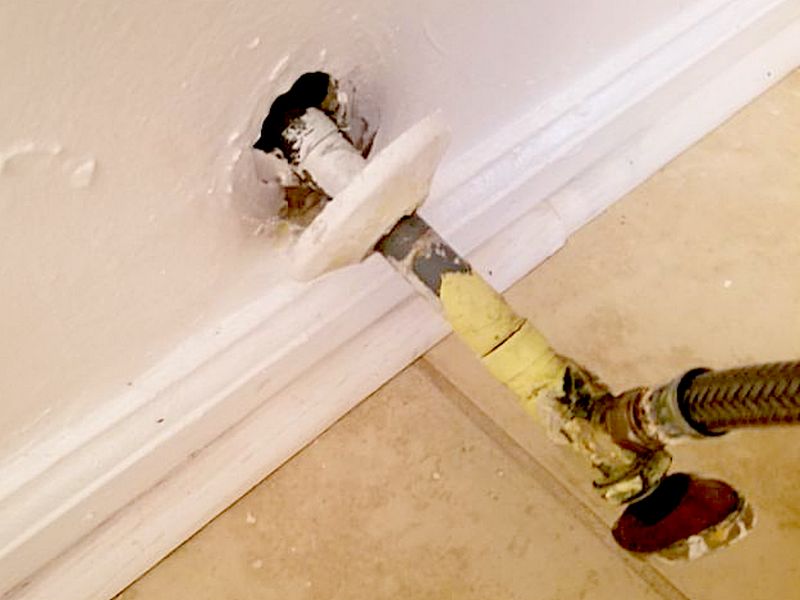
PEX Fitting Failures
PEX (cross-linked polyethylene) is rapidly becoming the most popular supply piping. It is reliable when done properly. The concern here is not the PEX pipes, but the fittings that connect them. So-called “yellow brass” connectors have entered the market. The trade names Kitec and Zurn have grabbed the headlines, but the absence of a specific brand is not a green light. Yellow brass has an excessively high zinc content, well over the recommended 15%. The zinc’s weak molecular bond allows it to leach out of the brass. This causes a porous, failure-prone connector, and a powdery residue that leads to clogs.
The best approach is a careful visual inspection of the connectors. Prior to an outright failure, a white powdery residue can often be seen on the exterior of the fitting and where the PEX pipe connects to it. The presence of the named fittings should be reported. Leaks are always notable. Powdery deposits and low flow rates in the supply system should be reported.
Cross-section of Failing Connector

“Yellow Brass” pipe fittings are present in the PEX water supply system. Some of these connectors are the object of a Class Action due to problems with deterioration (“dezincification”), leaks, and clogging. Specific manufacturers noted include, but are not limited to, Kitec and Zurn. The presence of a specific brand of fitting is not a definitive way to determine if a problem exists. Hire a plumber to evaluate the water system and to make required repairs.
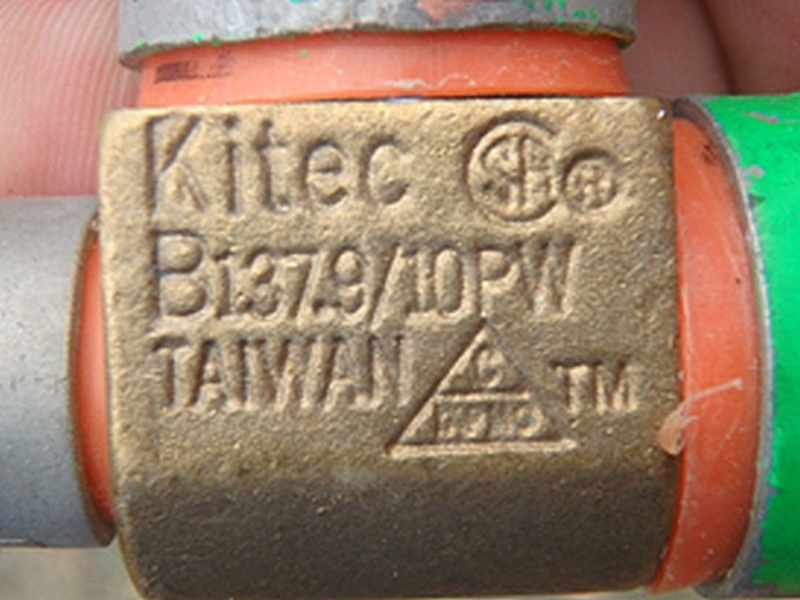
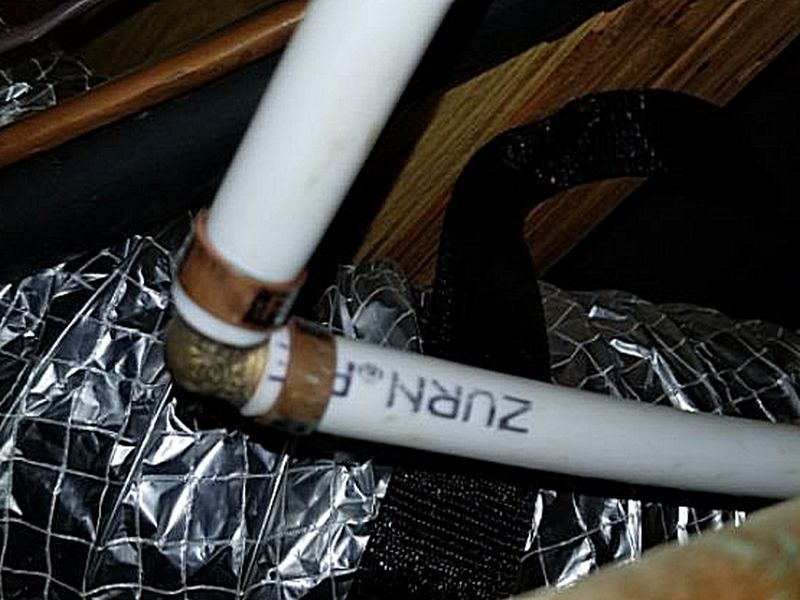
There is evidence of “dezincification” damage in the pipe fittings. This deterioration can cause leaks and pipe clogging, and is the object of a Class Action. Specific manufacturers noted include, but are not limited to, Kitec and Zurn. The presence of a specific brand of fitting is not a definitive way to determine if a problem exists. Hire a plumber to evaluate the water system and to make required repairs.
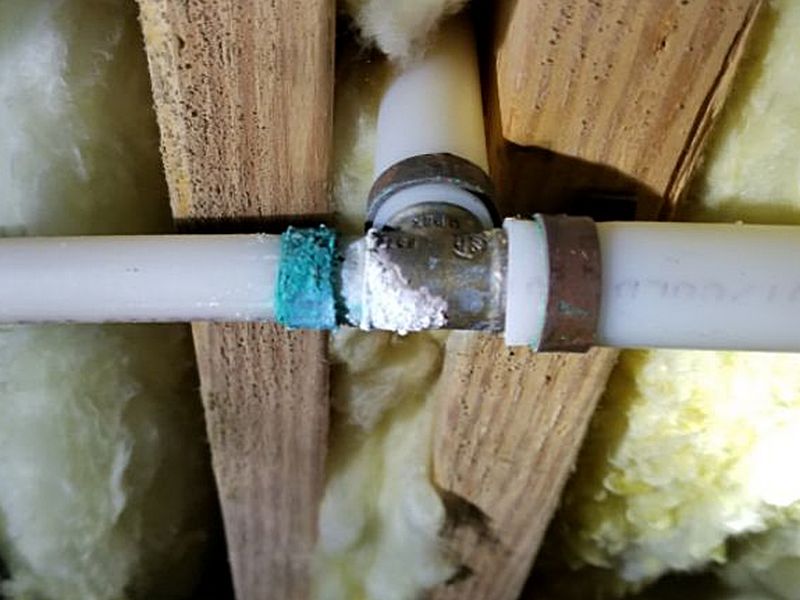
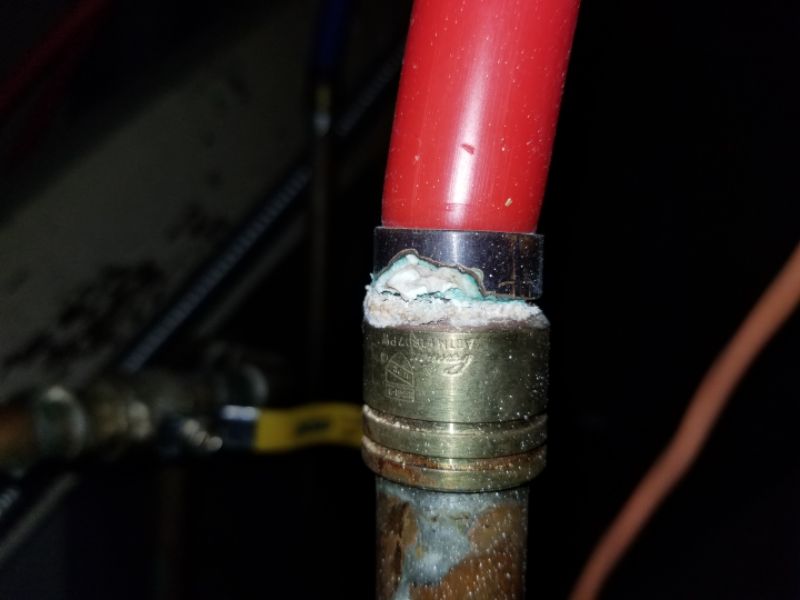
The water supply pipe is leaking. This will waste water and can cause damage. Hire a plumber to repair or replace the pipe.
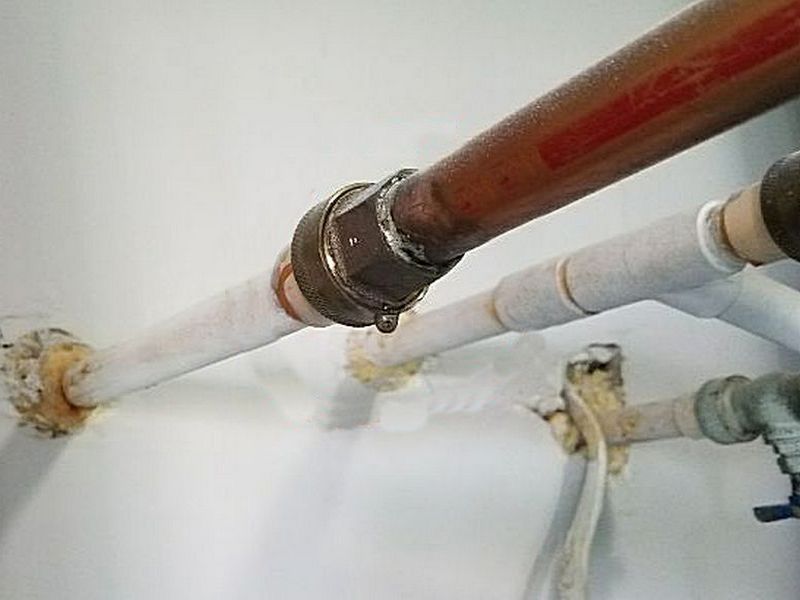
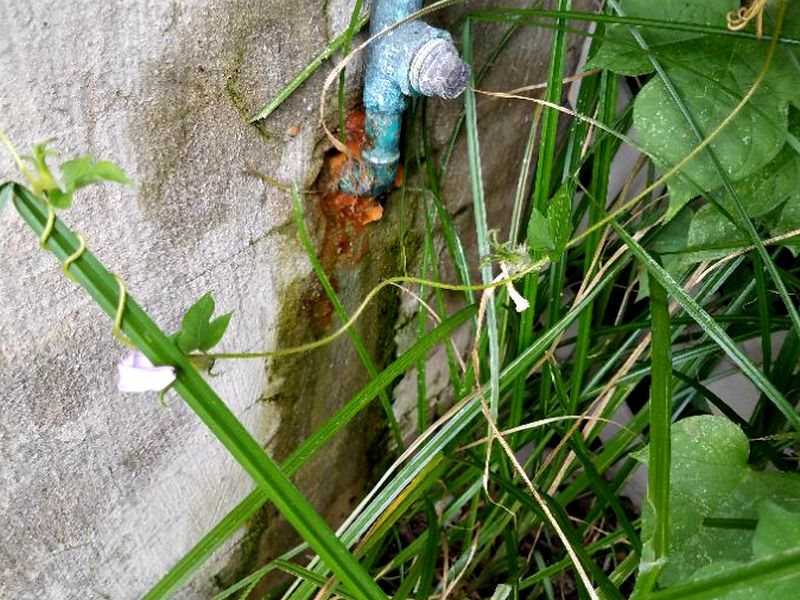
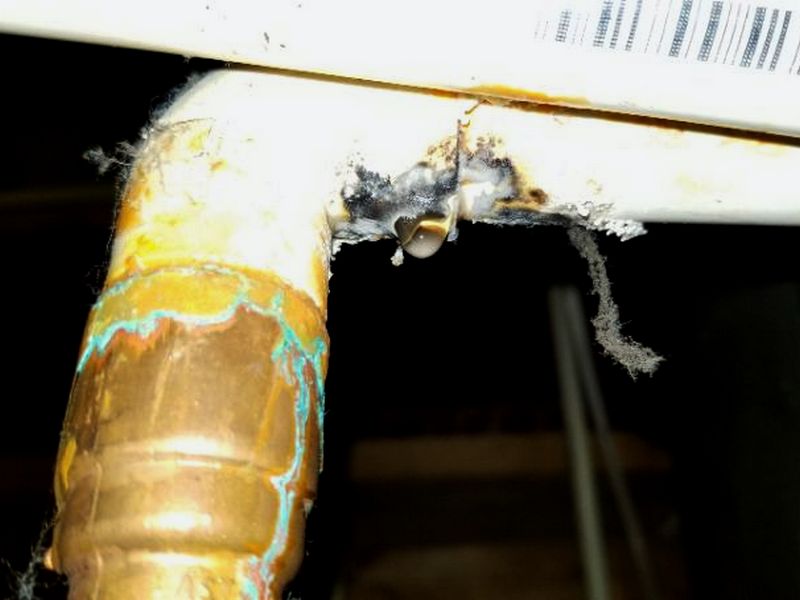
There is a self-sealed leak in the water supply lines. This leak can become active at any time due to thermal expansion or system vibration. Hire a plumber to repair or replace the pipe.
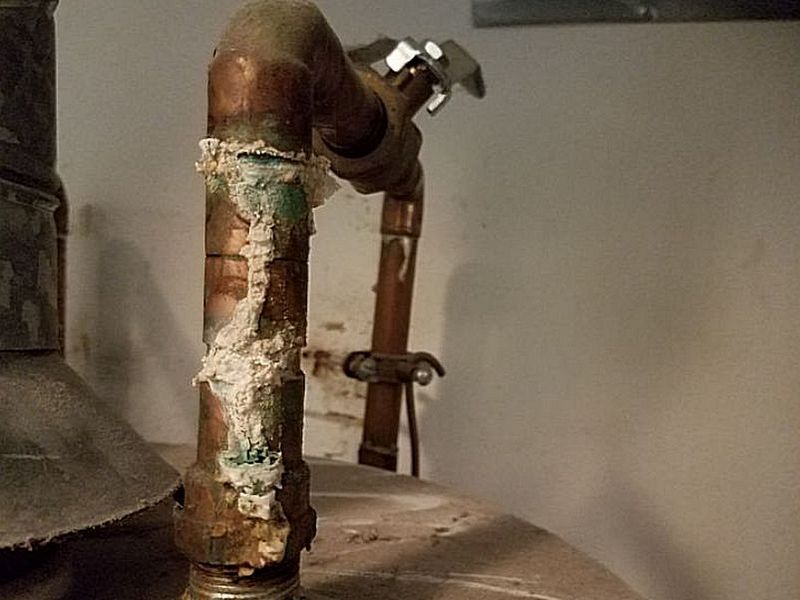
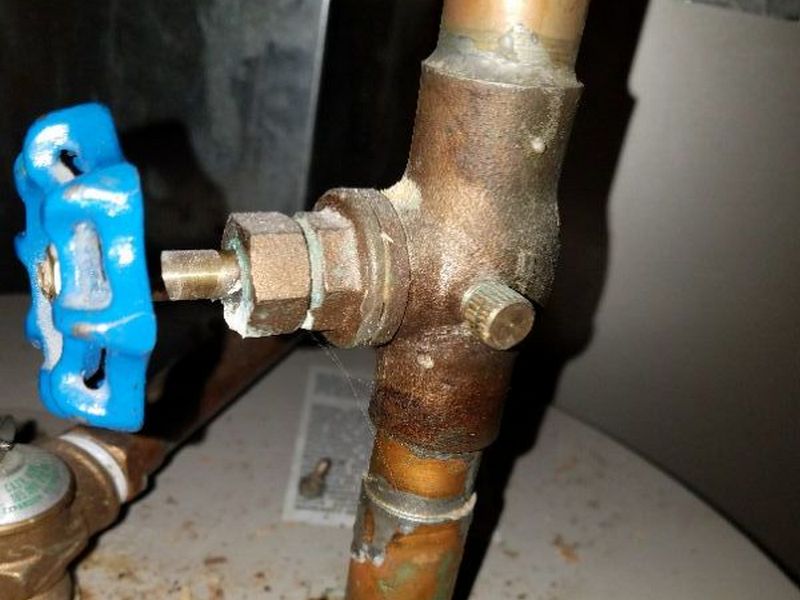
PEX water supply pipe is connected to the water heater closer than 18″. This is contrary to accepted standards. Hire a plumber to make the needed repairs.
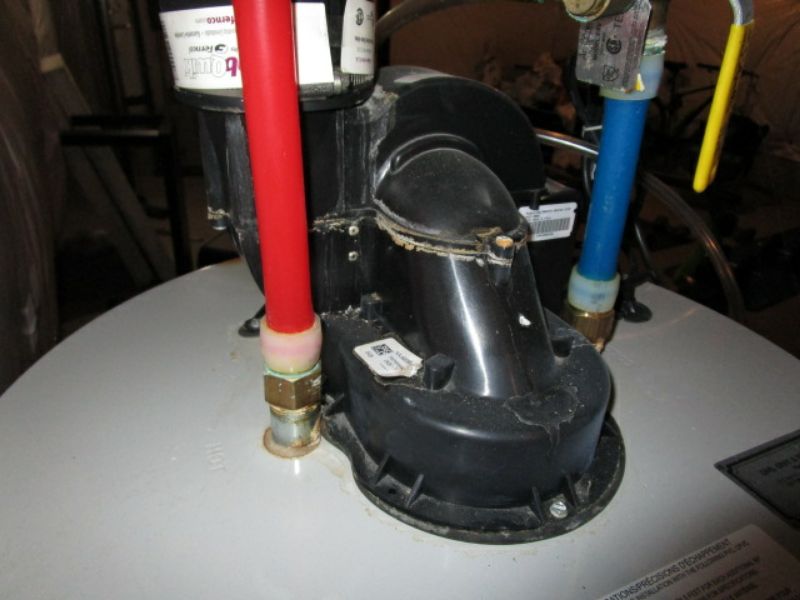
The water supply pipe is damaged or kinked. A damaged line restricts water flow and is likely to leak. Hire a plumber to replace the pipe.
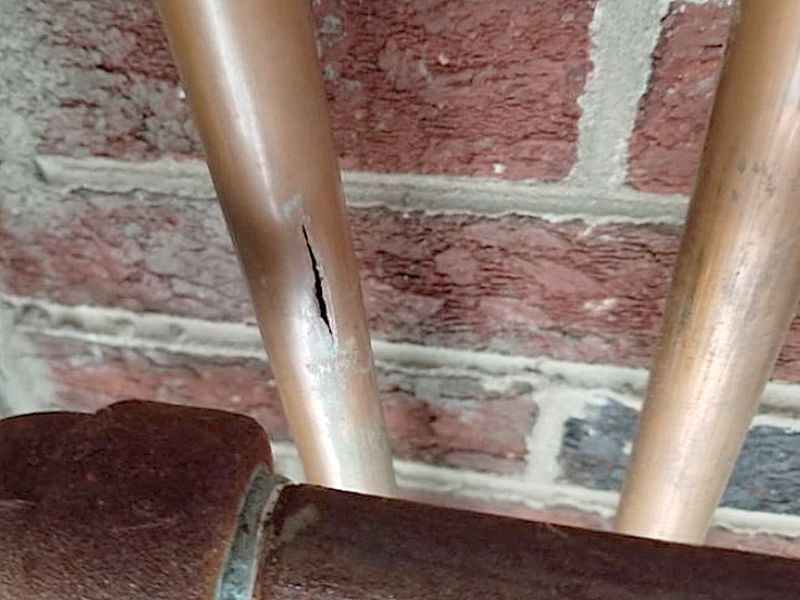
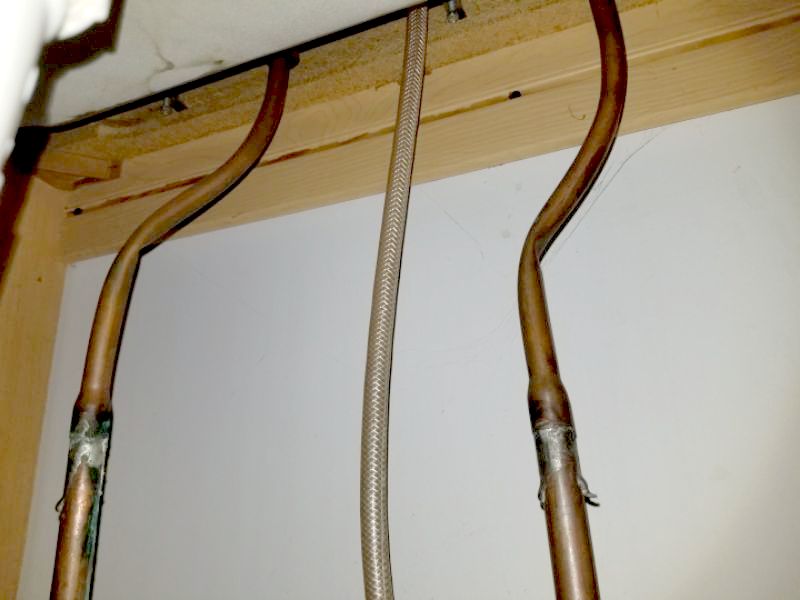
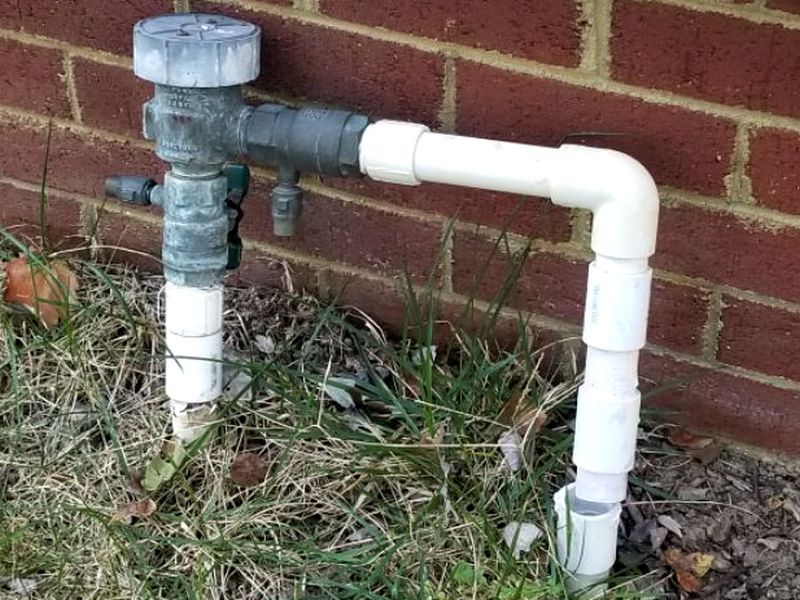
The water supply pipe is inadequately supported. This can cause damage and leaks. Hire a plumber to secure the pipe.
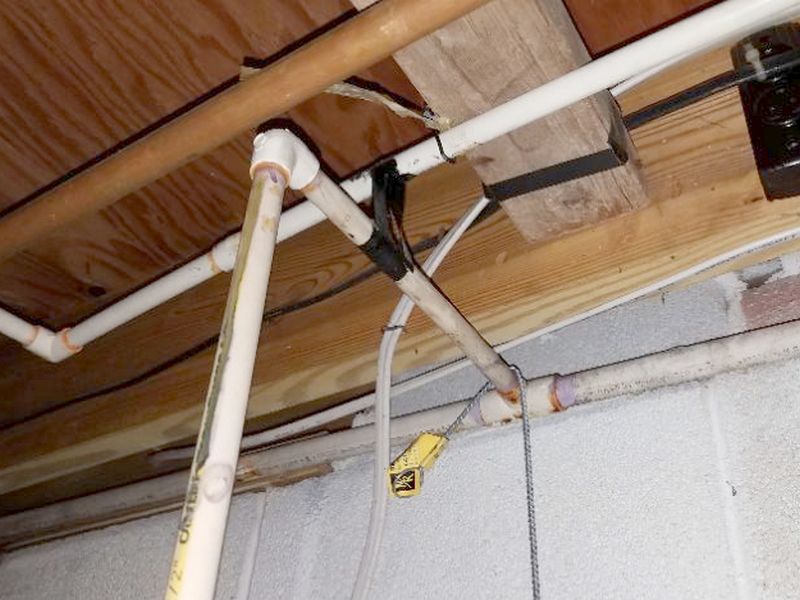
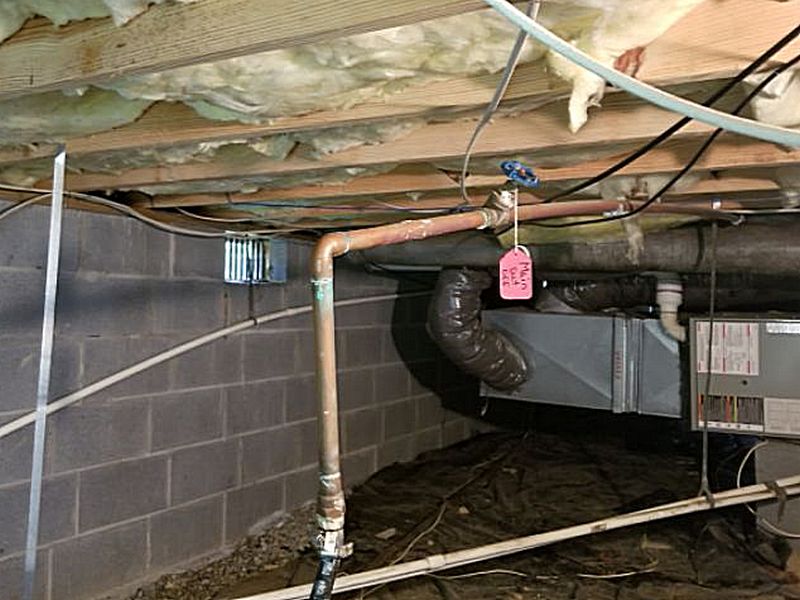
The water supply pipe is corroded. This can cause damage and leaks. Hire a plumber to replace the pipe.
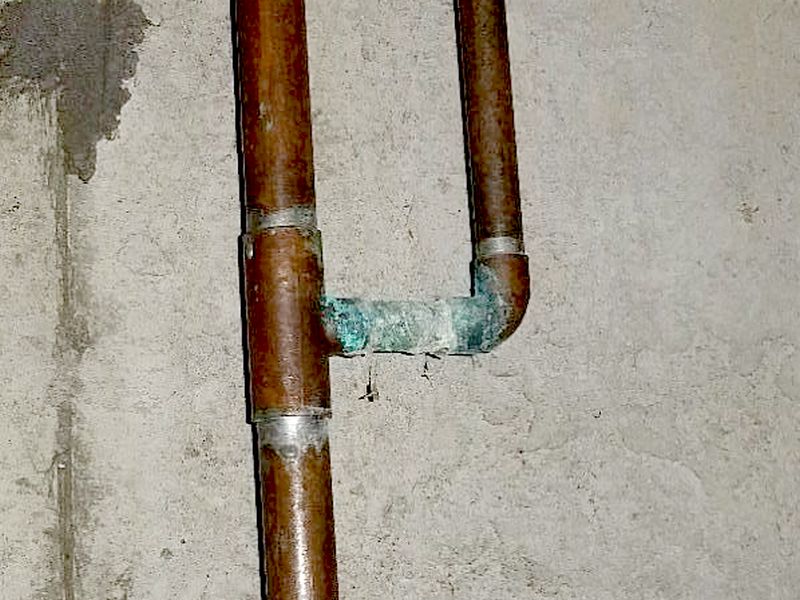
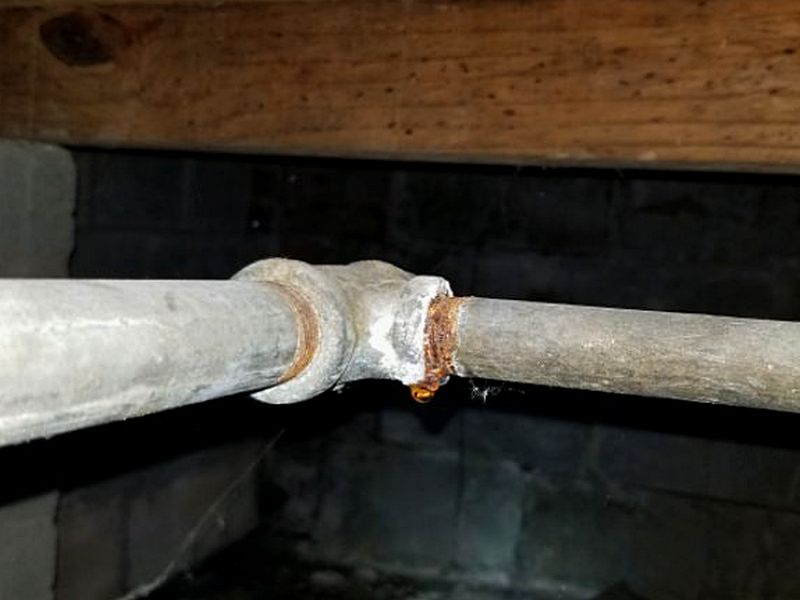
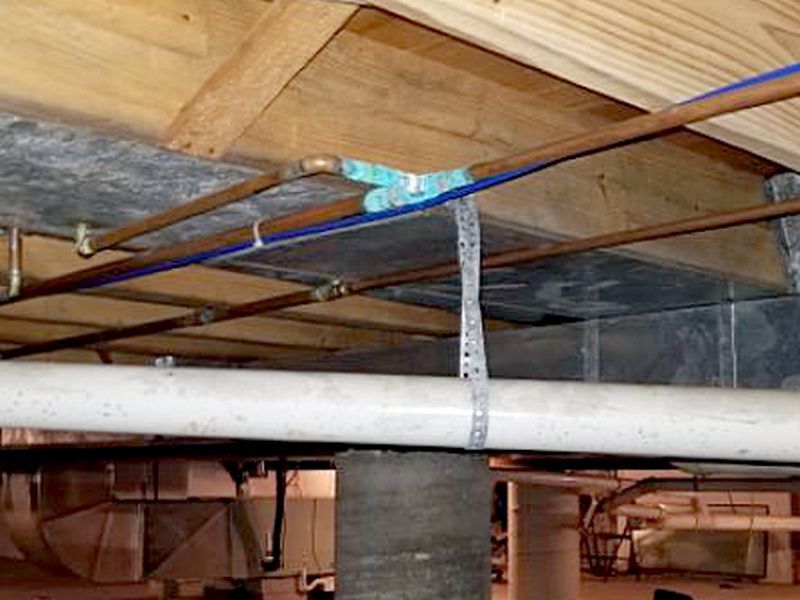
The water supply pipe has dissimilar and incompatible materials joined together directly. This can cause corrosion and leaks. Hire a plumber to replace the pipe or install a dielectric union as needed.
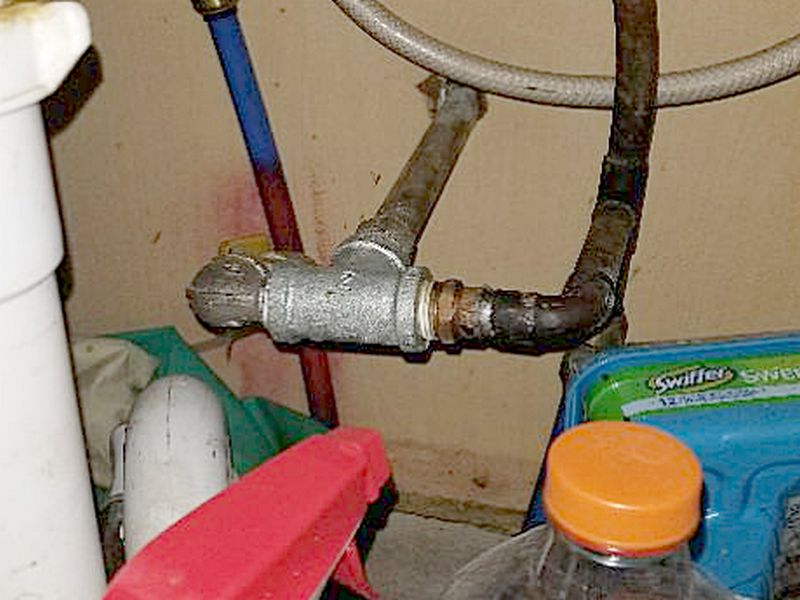
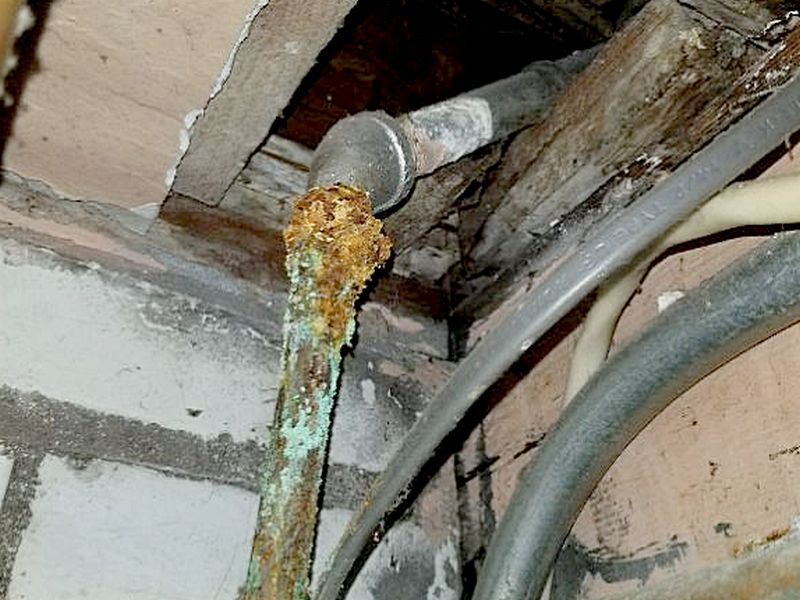
The water supply pipe has been improperly terminated. This can allow leaks and damage. Hire a plumber to properly terminate the pipe.
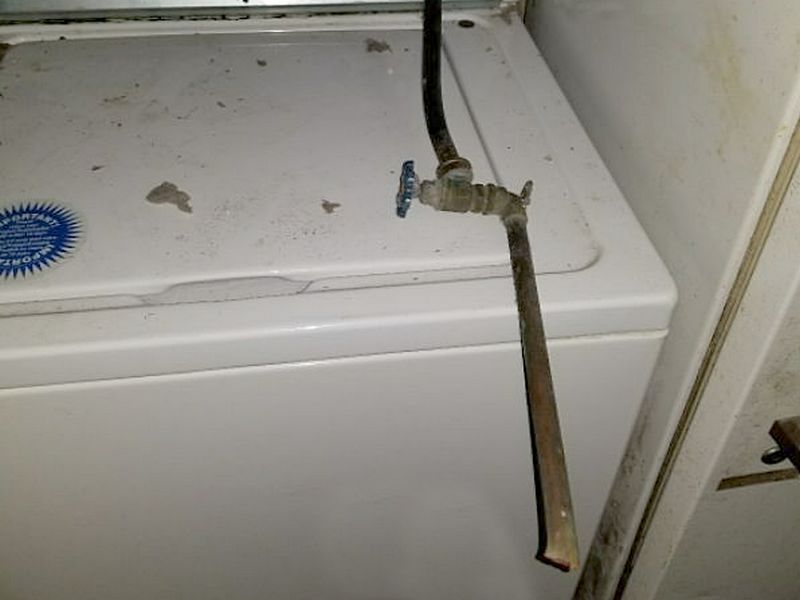
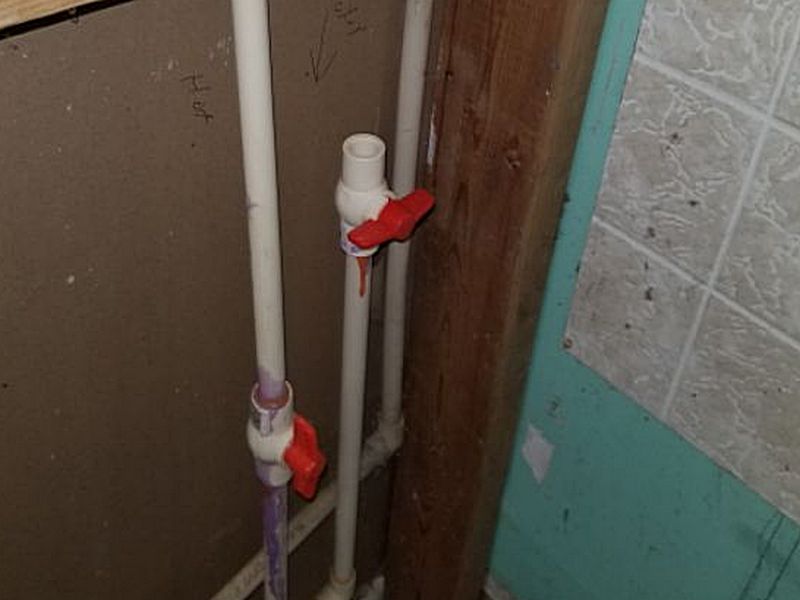
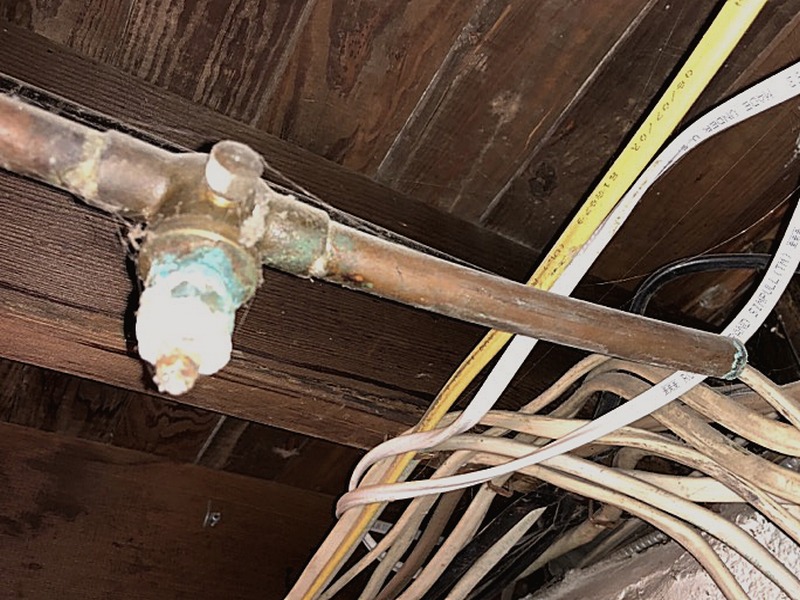
The water supply pipe is not properly insulated and may freeze during cold temperatures. This can cause damage and leaks. Insulate the pipe.
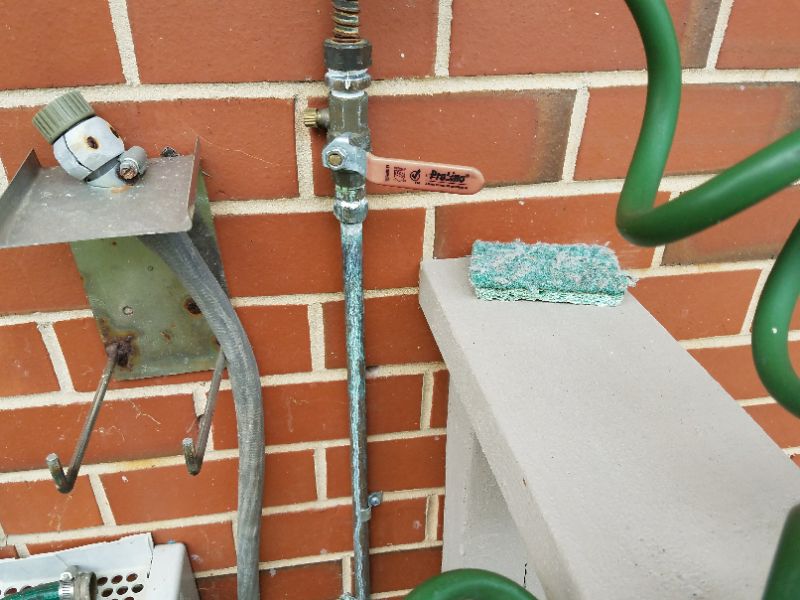
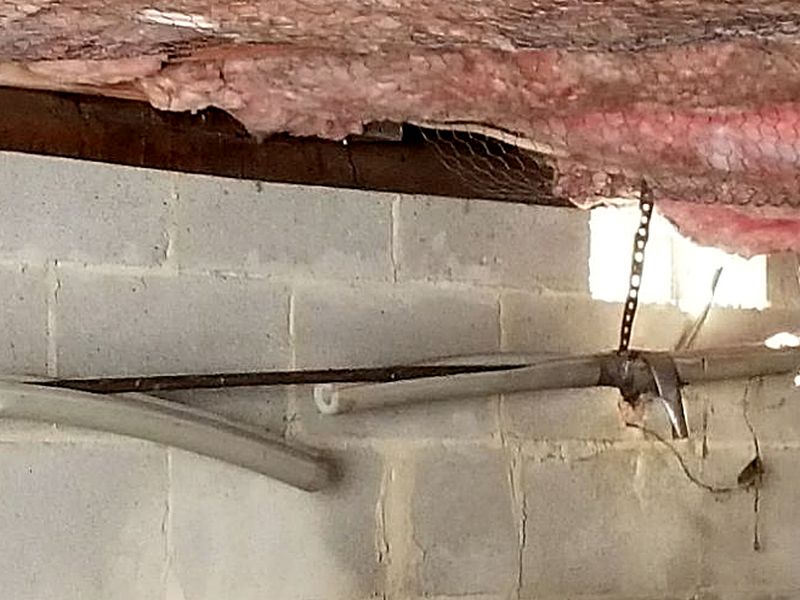
A saddle valve is present on the water supply pipes. These valves are not allowed in most jurisdictions as they are prone to leaking. Hire a plumber to replace the pipe.
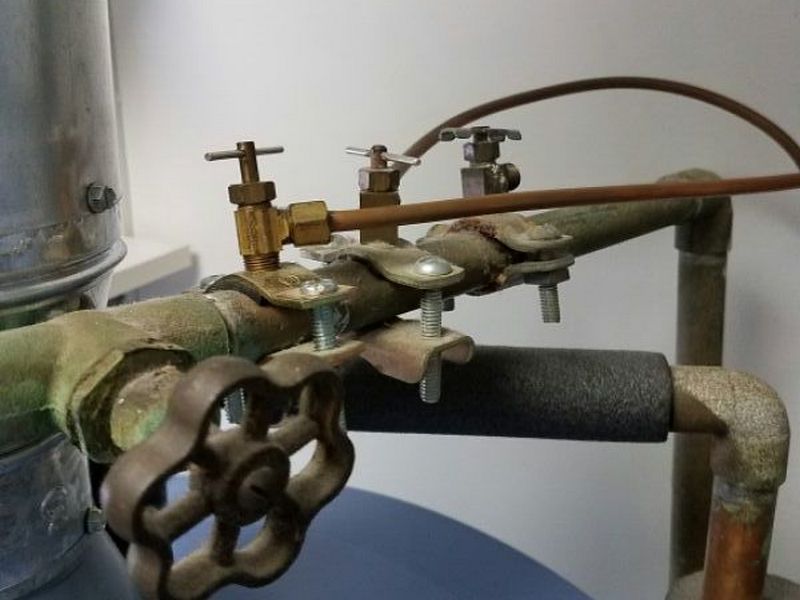
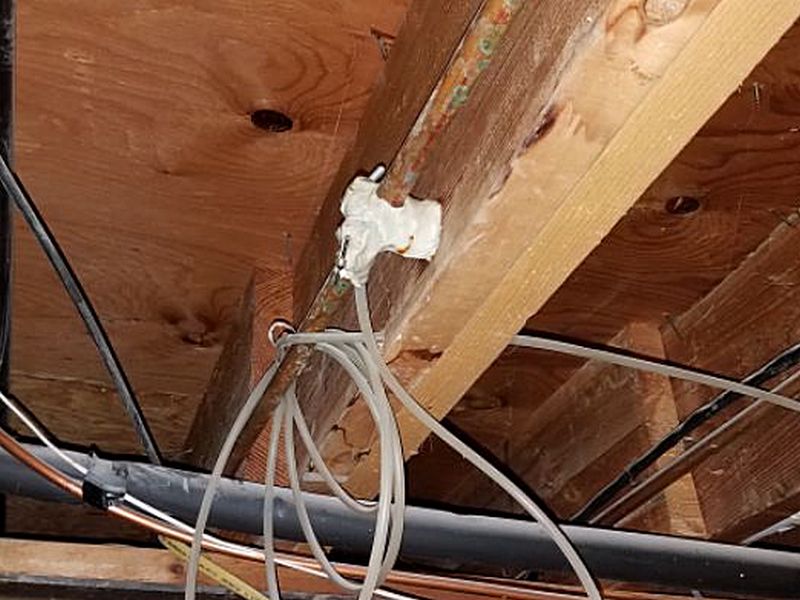
The water supply piping has pinhole leaks. This indicates acidic water. Hire a plumber to evaluate the water system and to make required repairs.
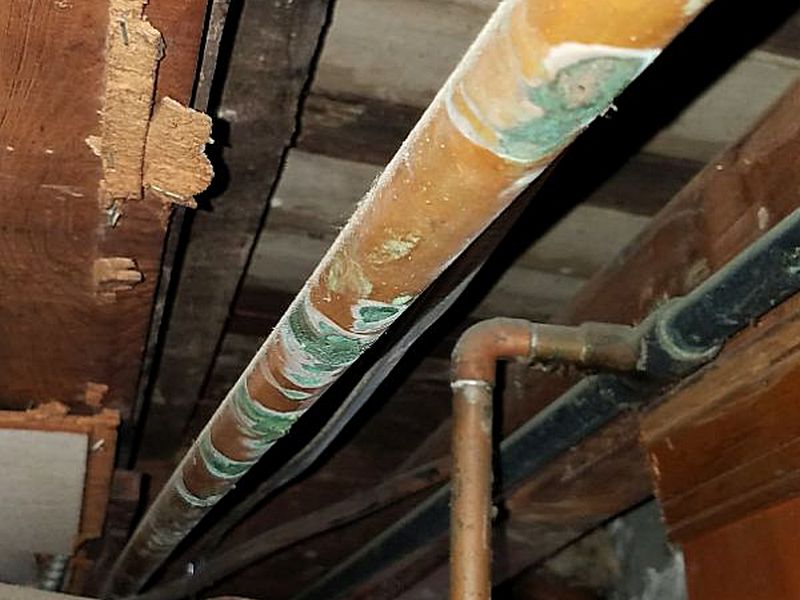
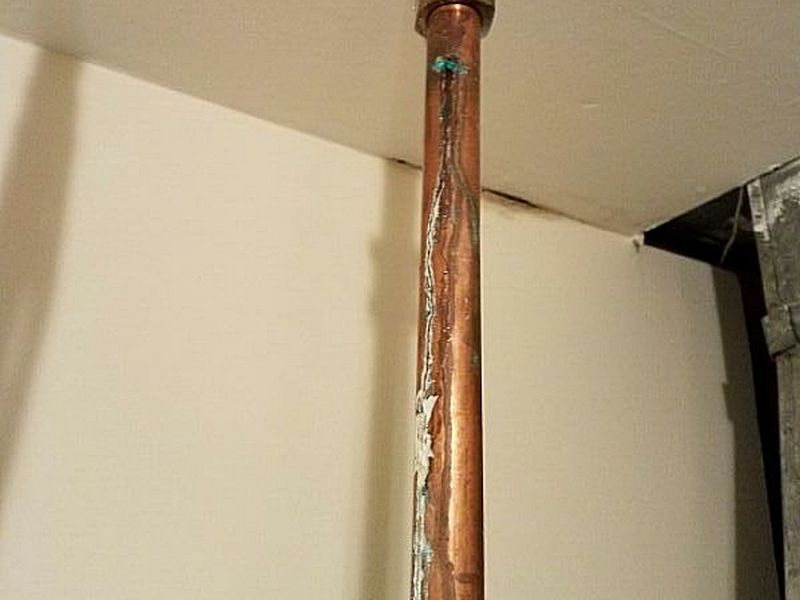
Supply Pipes Limitation and Information Statements
Evidence of earlier polybutylene supply piping, removal/remediation appears to have been occurred: There is evidence that an earlier water supply piping was a polybutylene system and a removal/remediation appears to have been performed. Such removals/remediation occur because of the documented problems with polybutylene. Although the installed supply piping is an improvement, it is not possible to identify the scope of the work. Consult with the homeowner to determine the extent of the replacement and related warranties.
Near/at end useful life, budget for replacement: The supply pipes are near or at the end of their useful life. We recommend establishing a budget to replace the supply pipes.
Past end useful life, budget for replacement: The supply pipes are past the end of their useful life. We recommend establishing a budget to replace the supply pipes.
Older solder joints may contain higher lead content, water likely has no high lead content, run water run to flush line, consider testing water for lead: Solder joints appear to be older and may contain a higher content of lead than permitted by current industry standards. However, it is likely that the water does not have a high lead content because minerals in the water tend to build up over solder joints and mitigate leaching of the lead. Consider running the water run for a few minutes to flush the line if water has not been in use for an extended period of time. Consider testing the water for lead, as lead is a serious health concern, particularly in infants and children <6 years old.
Galvanized steel water supply lines are present, past reliable service life, budget for replacement: Galvanized steel water supply lines are present. This supply pipe material has not been installed for many decades, and should be considered past its reliable service life. Absent observable water pressure or leak issues, it is not possible to determine its condition. You should budget for replacement.
Portions of the water supply piping are composed of lead, health and safety concern, hire specialist for water quality evaluation, budget for replacement: Portions of the water supply piping are composed of lead. This is a documented health and safety concern, especially if there are young children in the home. It is strongly recommended that you hire a specialist for a detailed water quality evaluation, and that you budget for replacement.
Polybutylene water supply piping is present, budget for replacement: Polybutylene water supply piping is present. It has had a higher than normal failure rate and is no longer being used. It is virtually impossible to detect installation problems during a home inspection and impossible to know if future problems may occur. Due to concerns surrounding this material, a specialized inspection of the Polybutylene piping is recommended. The specialist performing this inspection should address the integrity of the installation according to the manufacturer’s standards. Furthermore, it is suggested to have a proposal prepared to allow for a replacement budget to be considered.
Drain, Waste, Vents
For the average homeowner the DWV system (drain, waste, vent) is taken for granted. You run water in a sink or flush a toilet and it all just “goes away.” As home inspectors we know there’s lots going on behind the scenes, and that even minor problems can cause a huge mess in a hurry. The network of drains, waste pipes, and air vents must be properly installed and in good repair. Small leaks can have serious health implications. Waste goes downhill, gas goes up: poor drain slope or bad venting will bring the system to stop. Proper cleanouts are needed so minor issues don’t become major. Ejector pumps must be correctly installed. Basically, everything in the DWV system is geared to making sure the home stays clean and healthy, and that all that stuff keeps “going away.” While we are not code inspectors, you should take the time to review the provided Code references to be familiar with some of the details of proper DWV configuration. This will enhance your understanding and confidence, especially when inspecting unworkmanlike installations. Don’t forget to use appropriate Information and Limitation Statements.
Inspect for any stains, openings, damage, deterioration, or signs of leakage. Smaller drains must slope downhill at 1/4″ per foot; 3 ” and 4″ drains can be 1/8″ per foot if approved by the local official. Pipe support must be provided. A drain cannot reduce its diameter in the direction of flow. Proper traps are required, and obsolete and/or improper ones are common. Don’t forget to look for cleanouts where needed.
Guidelines for plastic pipe supports and their spacing

Proper installation of sanitary tees

A stain is visible on a drain pipe connection. This indicates a previous leak which could leak again at any time. Leaks can lead to damage and health hazards.
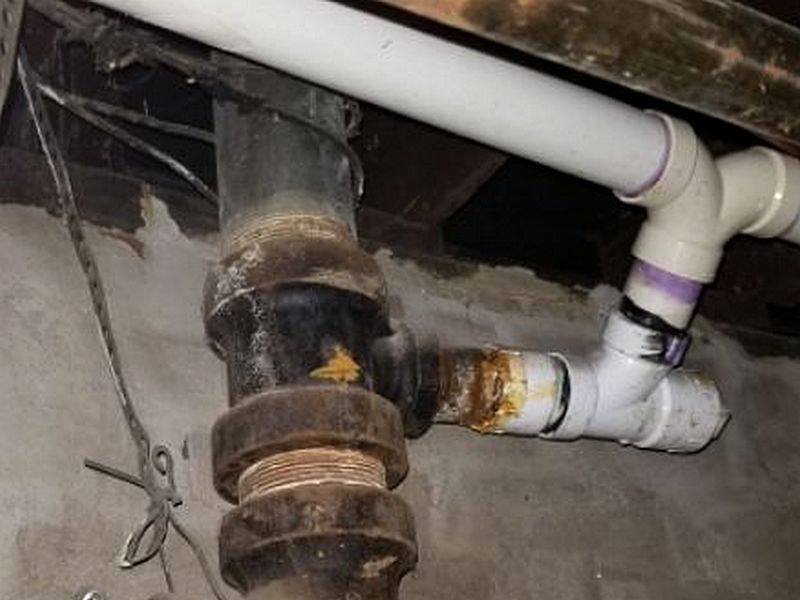
There are openings in the drain pipes. This permits waste and sewer gases to escape, and is a health issue. Hire a plumber to repair or replace the pipe.
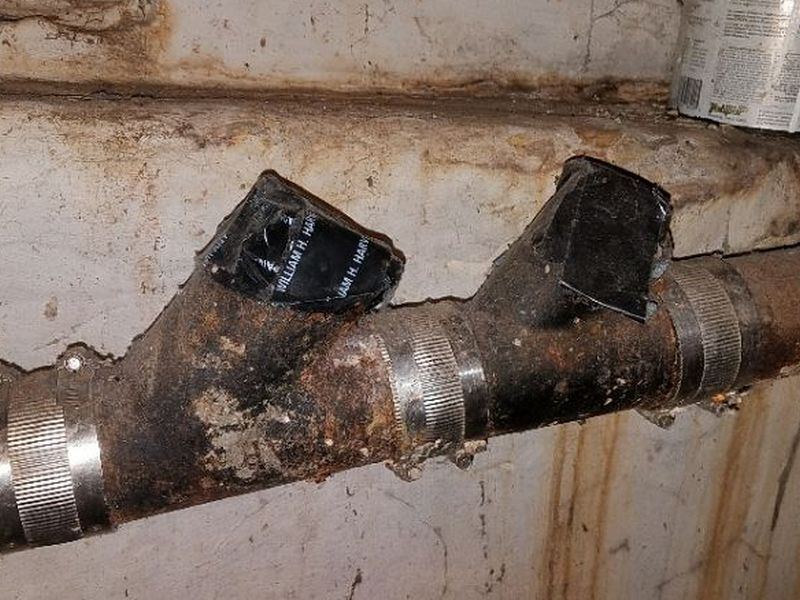
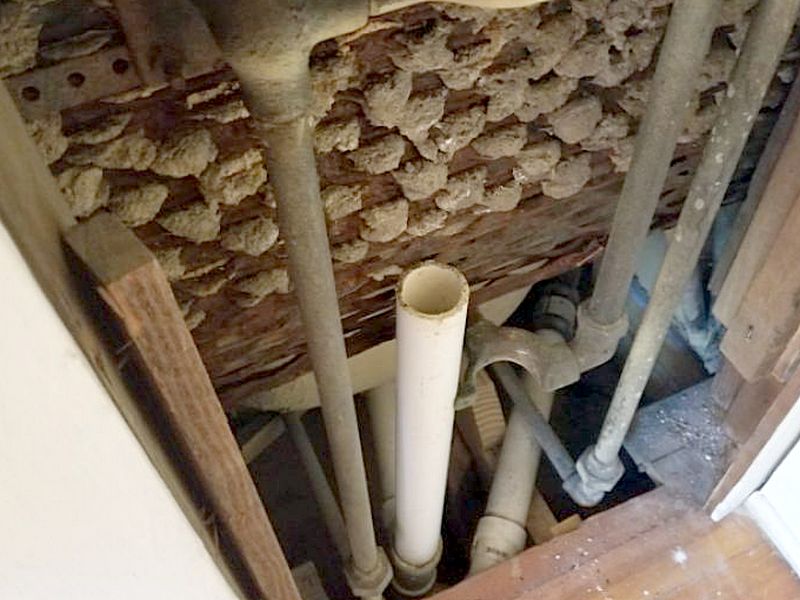
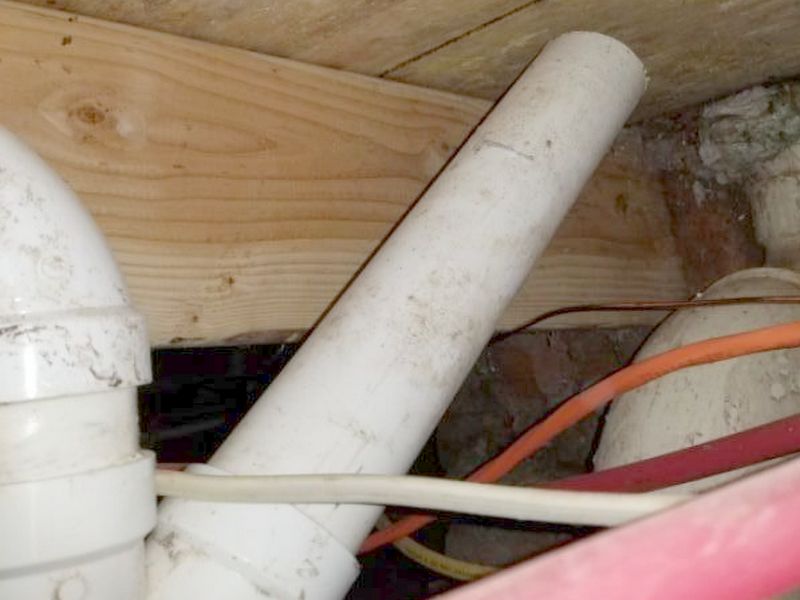
The drain pipe is leaking. This is a health hazard and will cause water damage to the surrounding areas. Hire a plumber to repair or replace the pipe.
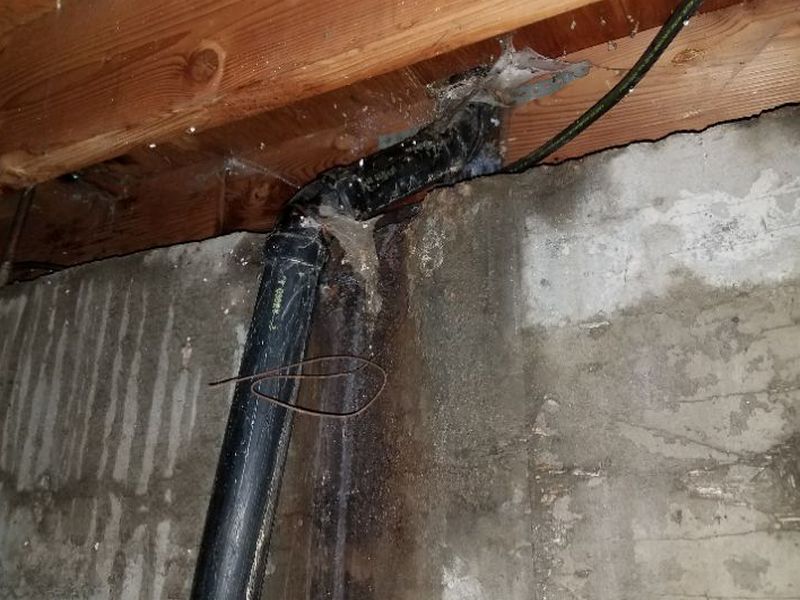
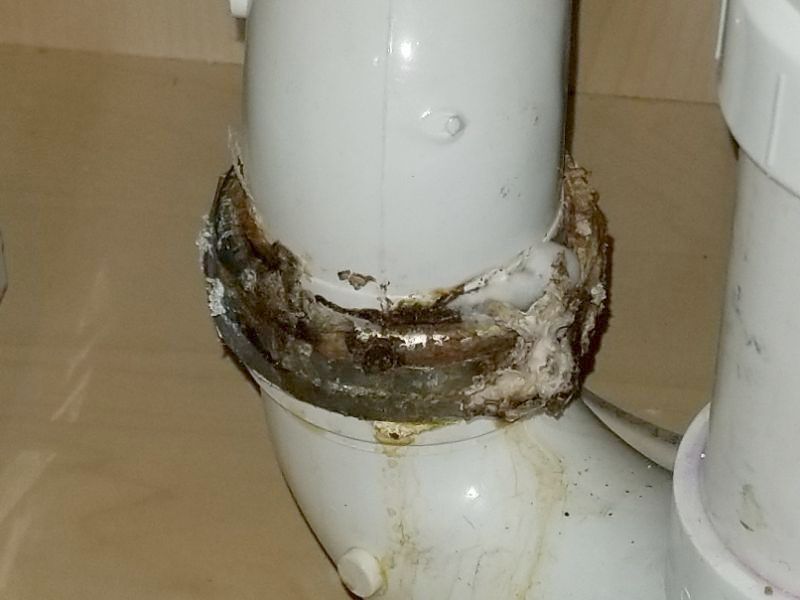
The drain pipe is damaged. A leak is a health hazard and will cause water damage to the surrounding areas. Hire a plumber to repair the pipe.
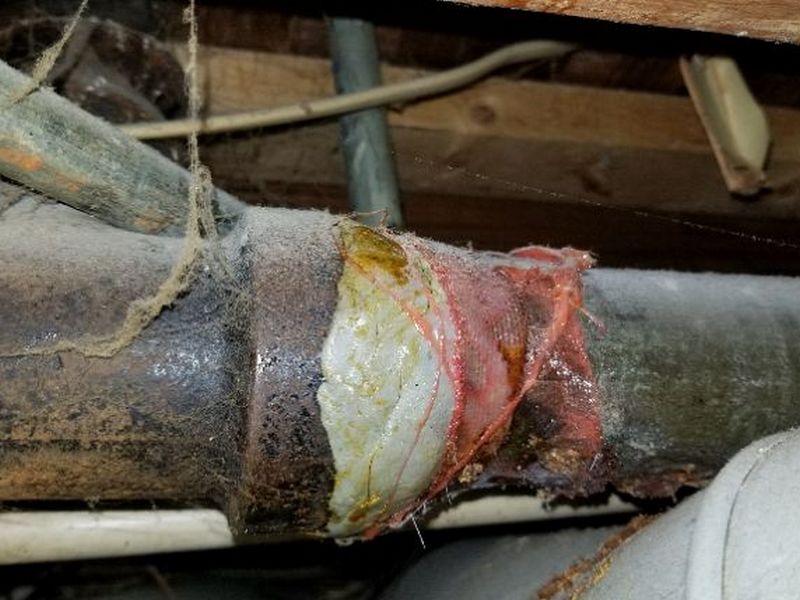
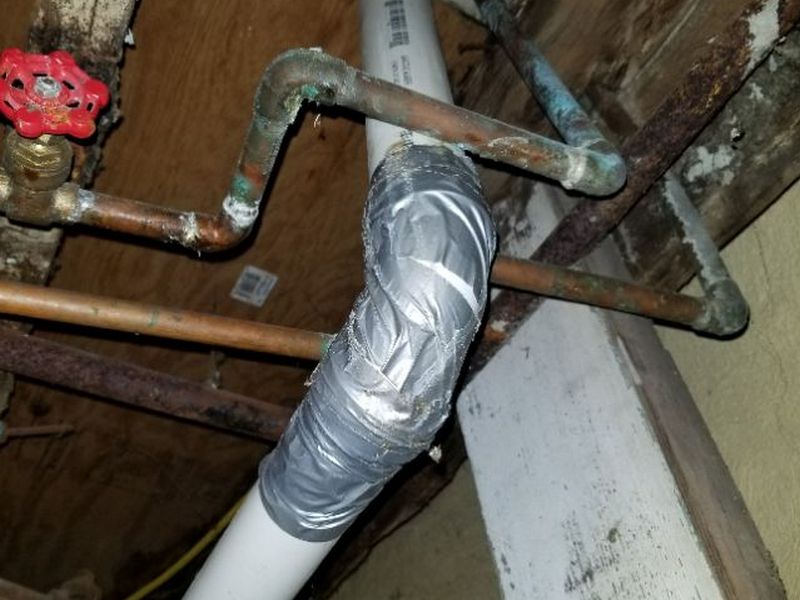
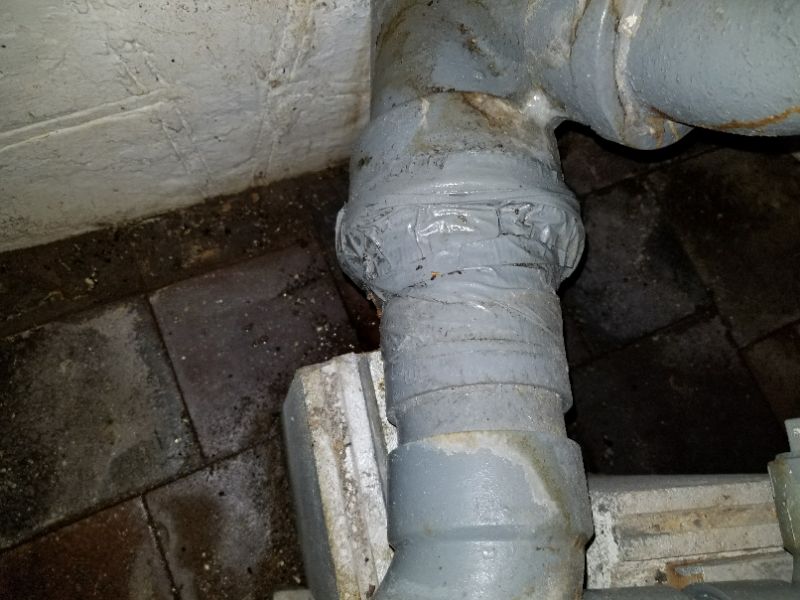
The drain pipe is deteriorated and unreliable. A leak is a health hazard and will cause water damage to the surrounding areas. Hire a plumber to repair the pipe.
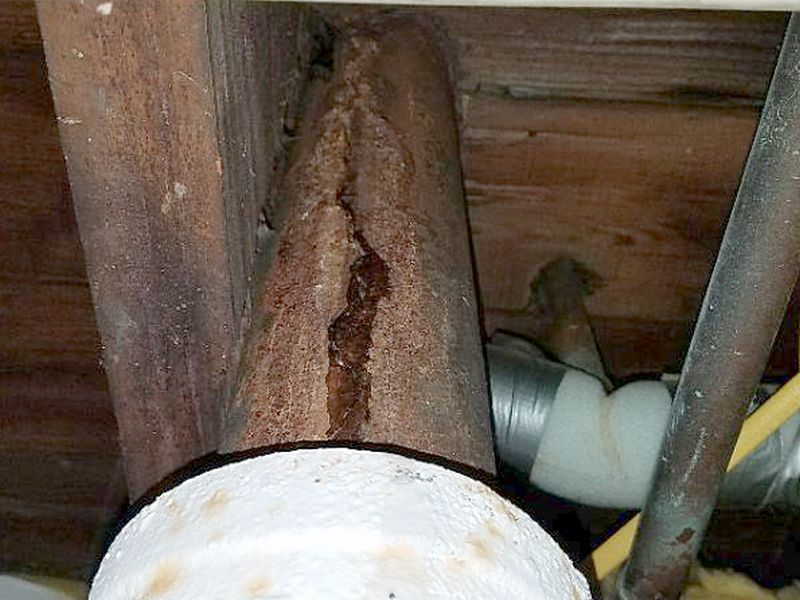
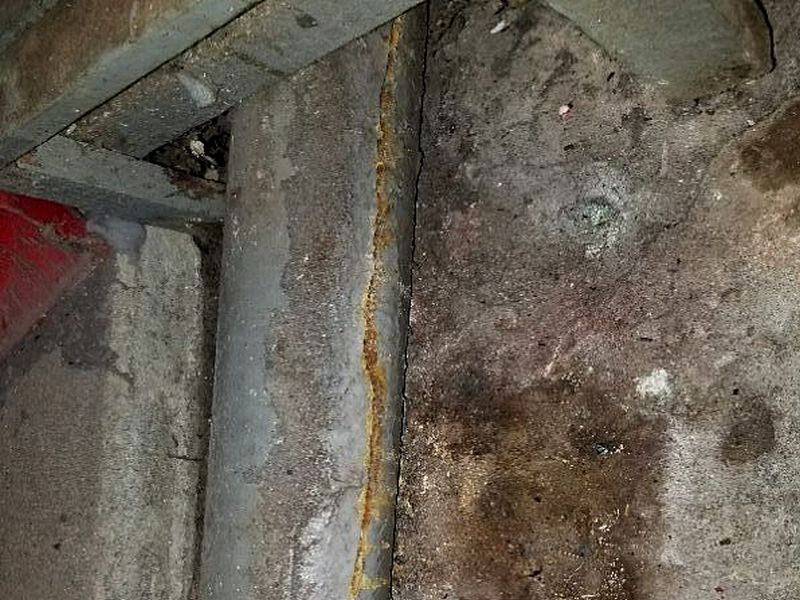
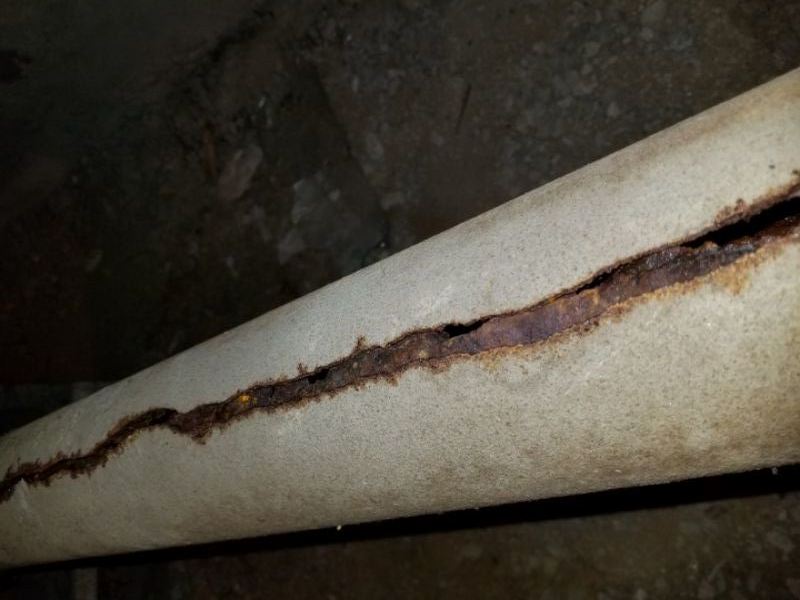
The drain pipe is improperly sloped. Drains sloped less than 1/4″ per foot will tend to form clogs and leaks. Hire a plumber to reinstall the pipe with a proper slope.
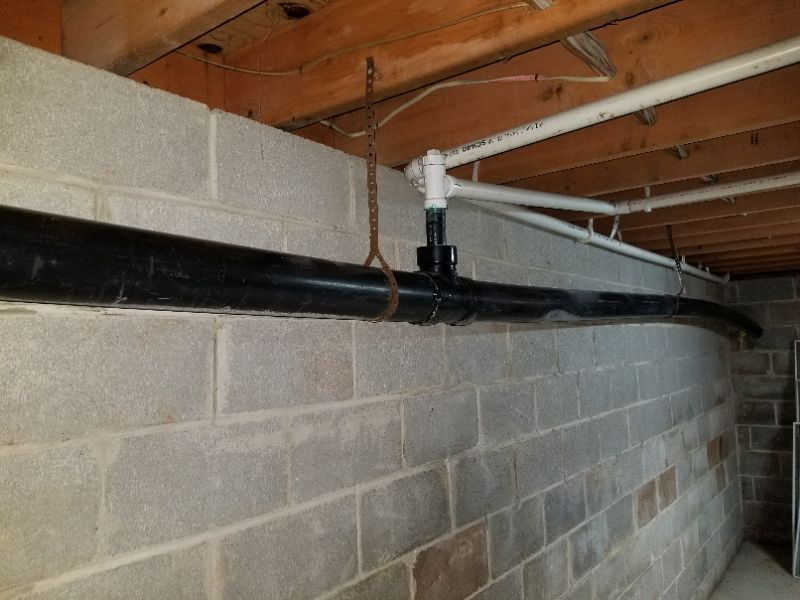
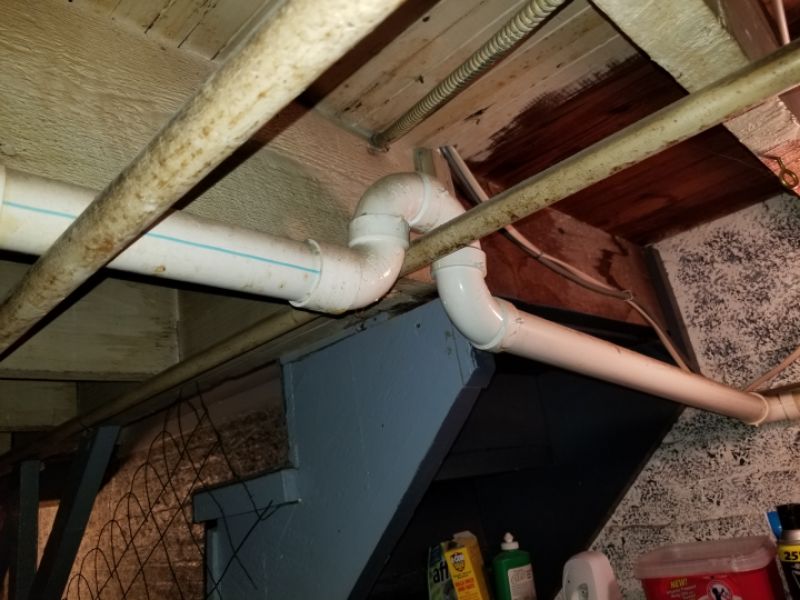
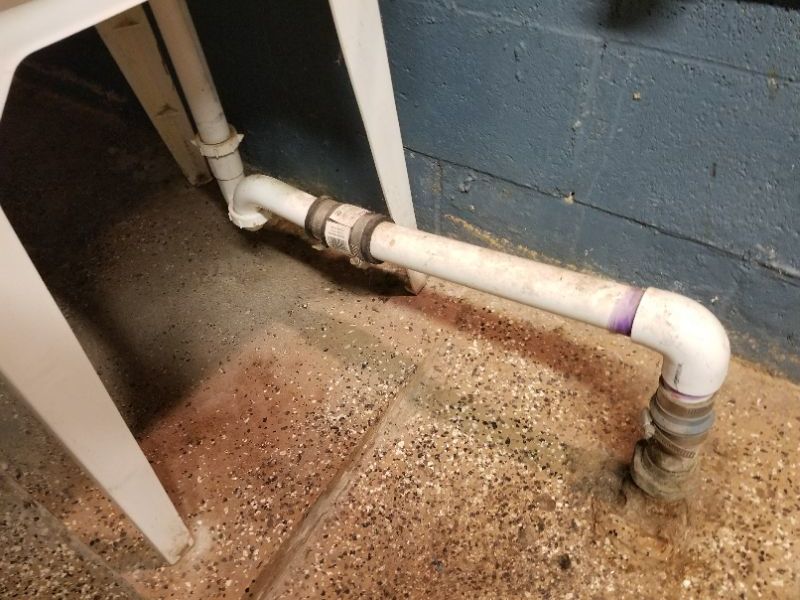
The drain pipe is not supported properly. This can lead to loose fittings and potential leaks. Hire a plumber to secure the pipe.
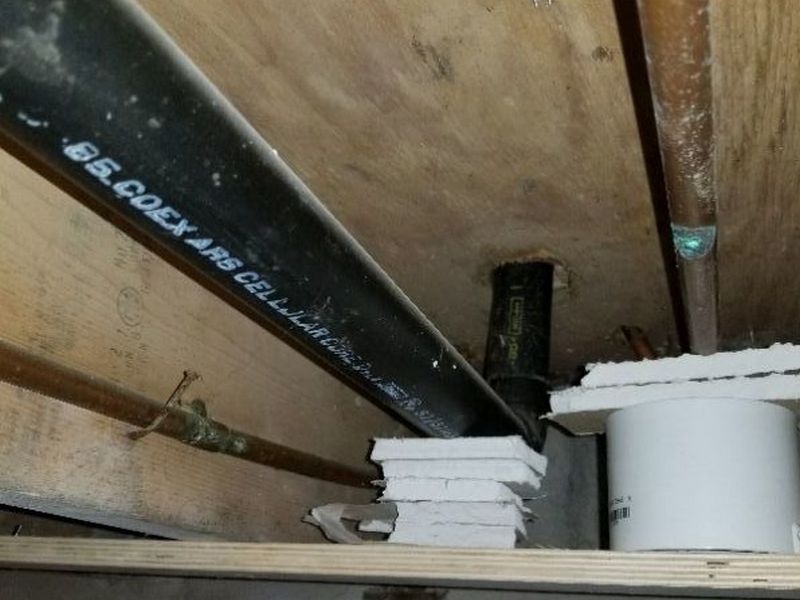
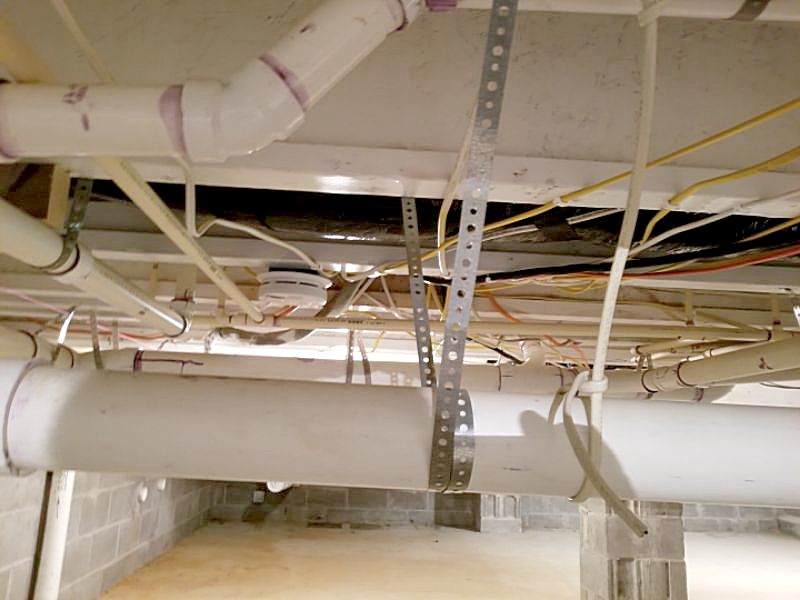
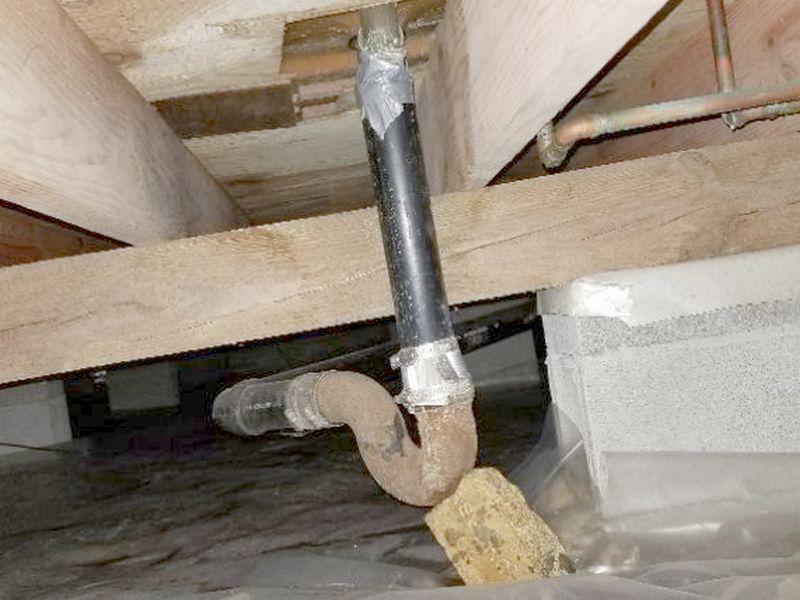
The drain pipe is missing a trap. Without a trap, sewer gases may enter into the living area. Hire a plumber to install a trap.
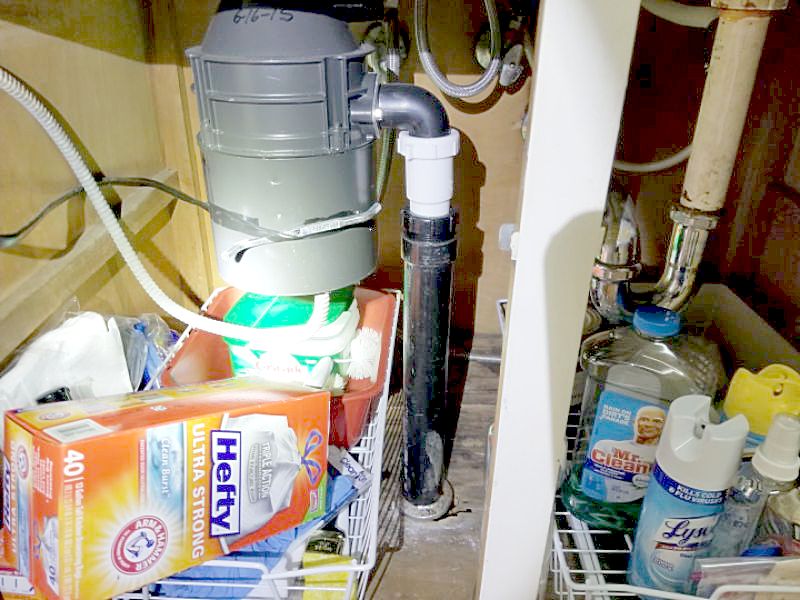
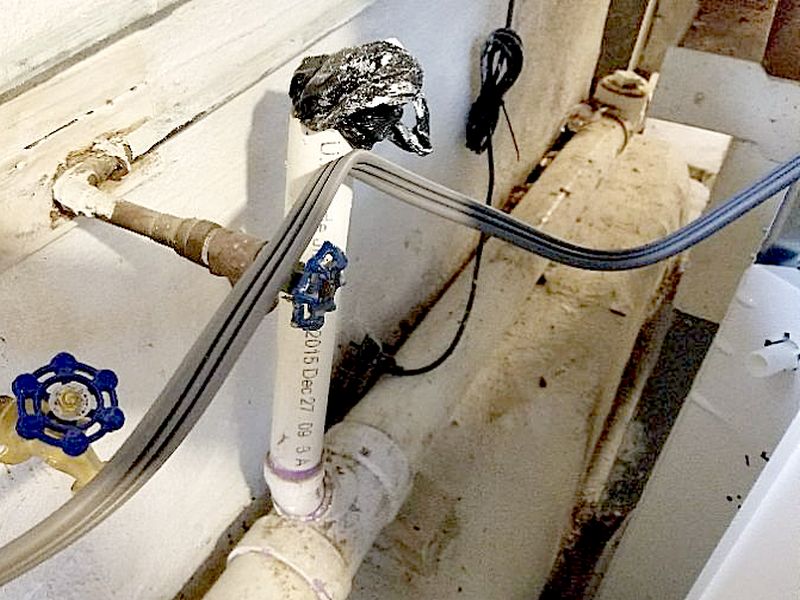
The drain pipe is a corrugated or accordion style; the folds can collect debris and clog. Hire a plumber to replace the pipe.
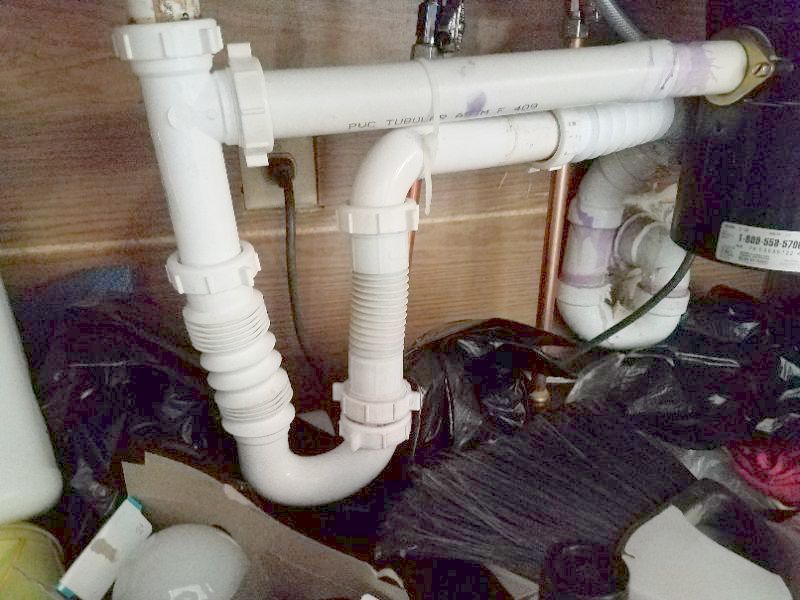
The drain pipe has an “s trap” installed. This can leave the trap empty and permit sewer gases to enter into the living area. Hire a plumber to make the needed repairs.


The drain pipe gets smaller in diameter as the waste flows downstream. This is not permitted and can lead to clogs and leaks. Hire a plumber to replace the pipe.
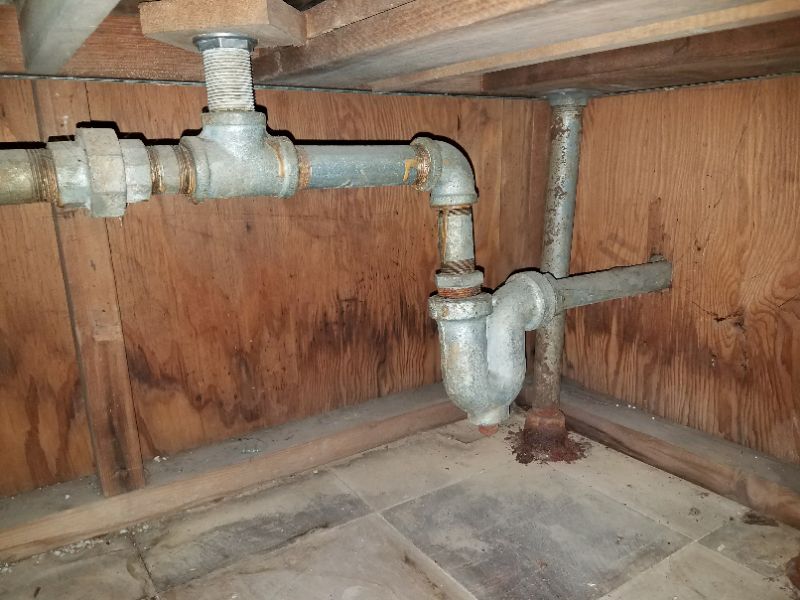
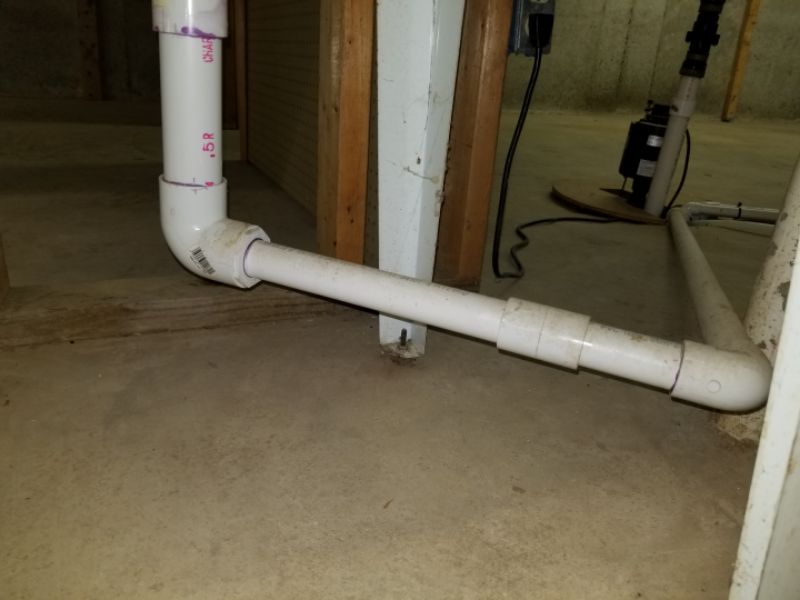
Cleanouts are necessary for clearing drain obstructions and for inspecting the building sewer with a sewer camera. While each code allows cleanouts to be in crawl spaces, a preferred method is to extend them to an area that is more readily accessible. When those conditions cannot be met, the cleanout must be extended to the exterior. The IRC allows drain cleaning through a removable fixture trap or by removing the toilet.
How to add a drain at a cleanout
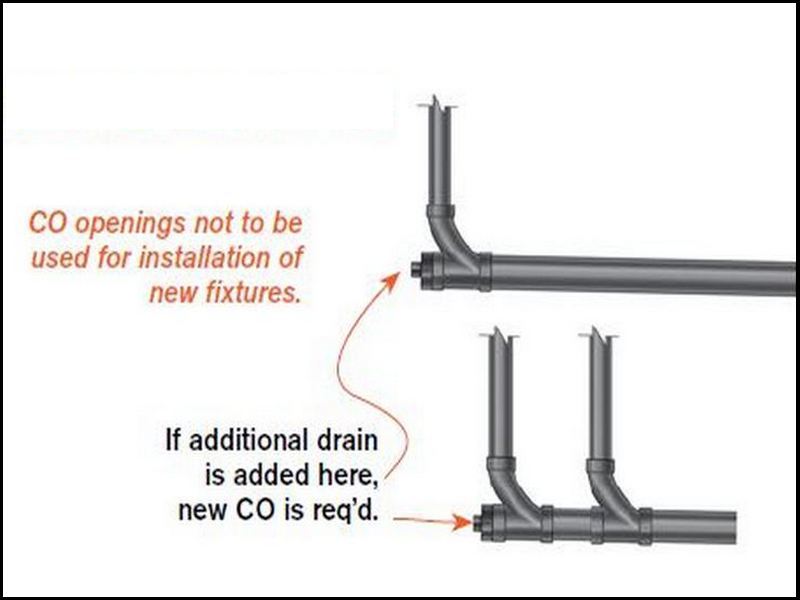
The cleanout cap is damaged. This permits waste and sewer gases to escape, and is a health hazard. Repair or replace the cleanout cap.
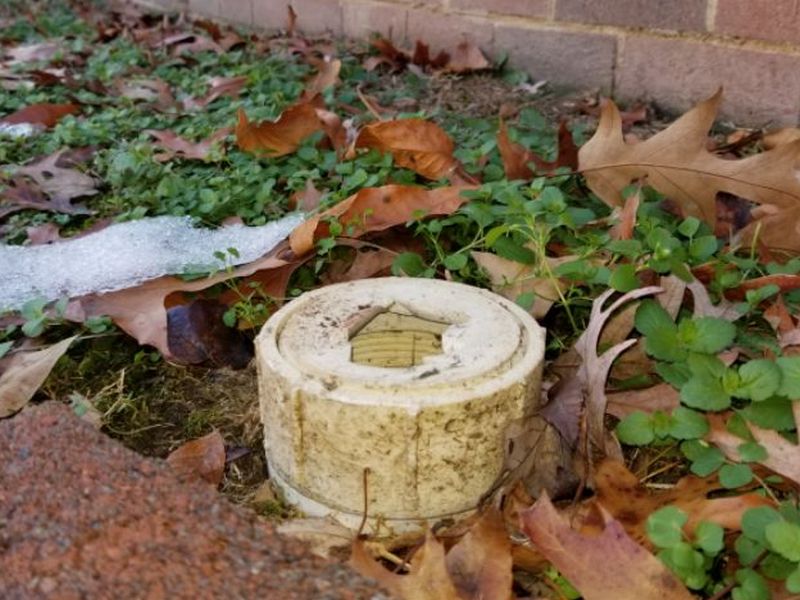
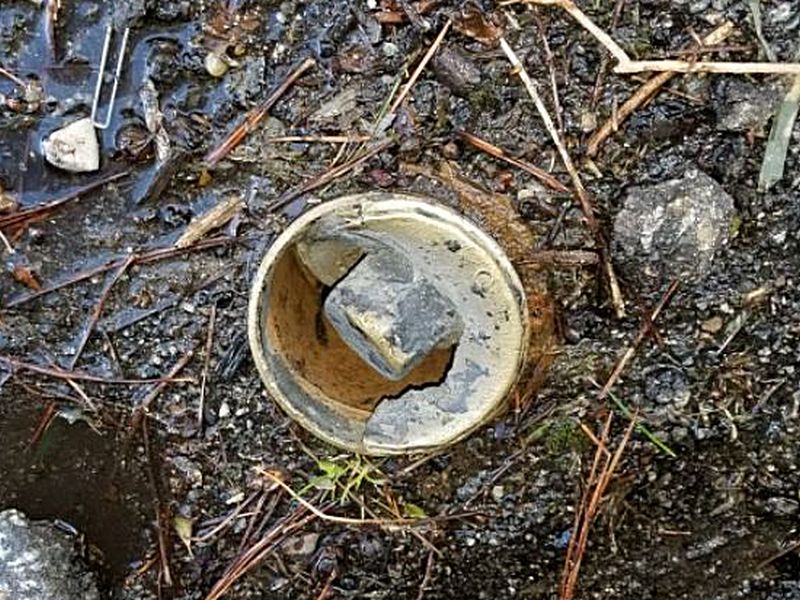
The cleanout cap is missing or loose. This permits waste and sewer gases to escape, and is a health hazard. Repair or replace the cleanout cap.
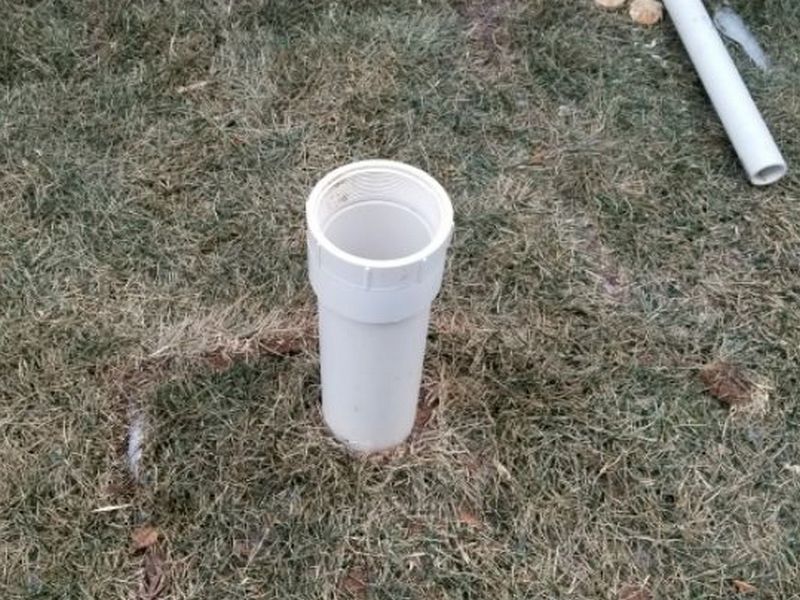
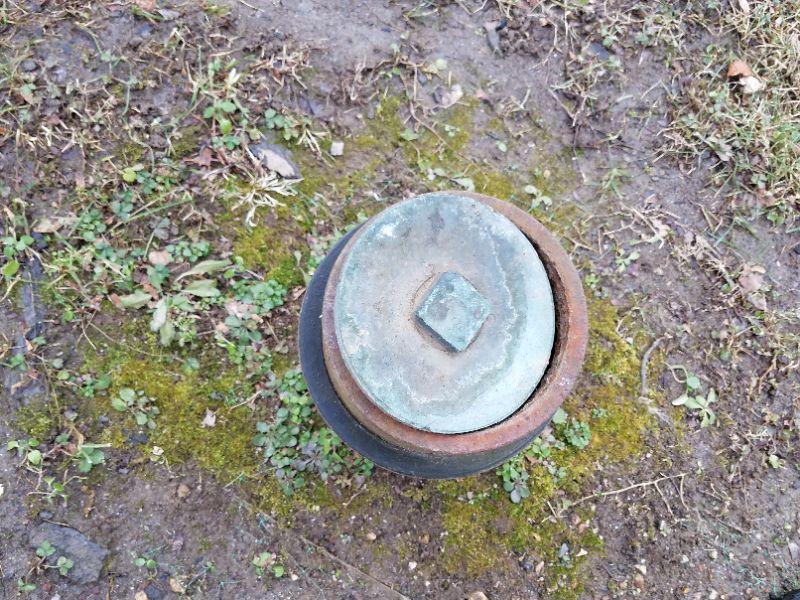
The cleanout pipe is blocked. This should be accessible in case there is a drainage clog and a plumber needs to snake the line. Remove the obstructions.
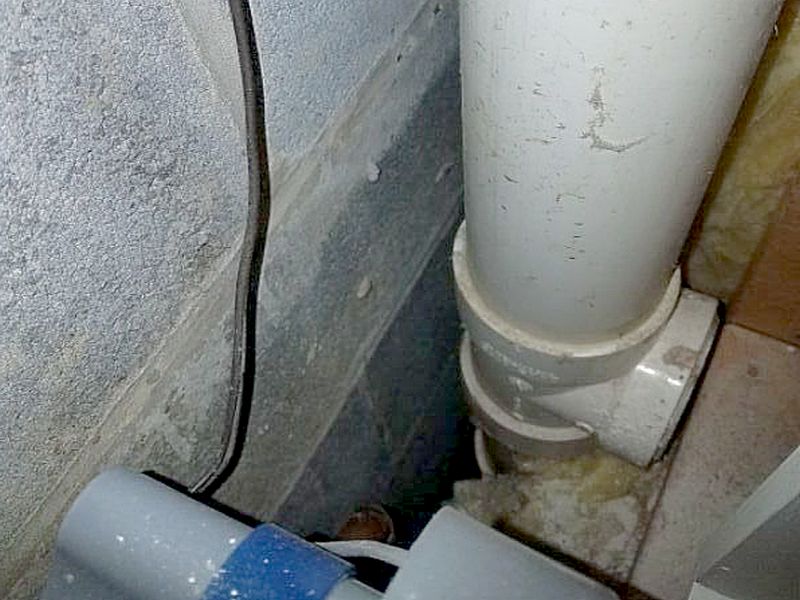
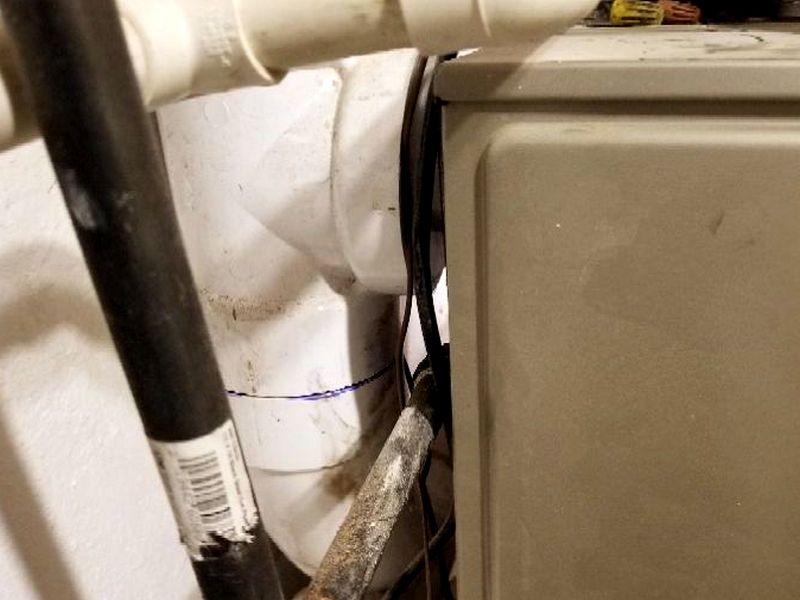
The vents in a DWV system perform 2 different functions. First, they allow the air pressure in the pipes to equalize. Otherwise, a vacuum would occur behind any flowing water or waste, inhibiting proper drainage and siphoning the traps dry. Imagine holding your thumb over the top of a straw filled with water; the water stays in the straw until you remove your thumb and let air in. Secondly, vents carry any noxious gases that rise from the sanitary system out of the house and into the free air above. For this reason, the open pipes must terminate at least 6″ above the level of anticipated snowfall so as to not be blocked. They cannot terminate inside the house without an Air Admittance Valve (AAV). On some older homes, vent pipes may be external, and must be fully secured to the house. A drain that gurgles or gulps when draining indicates improper venting.
Vent pipe takeoffs above the center line
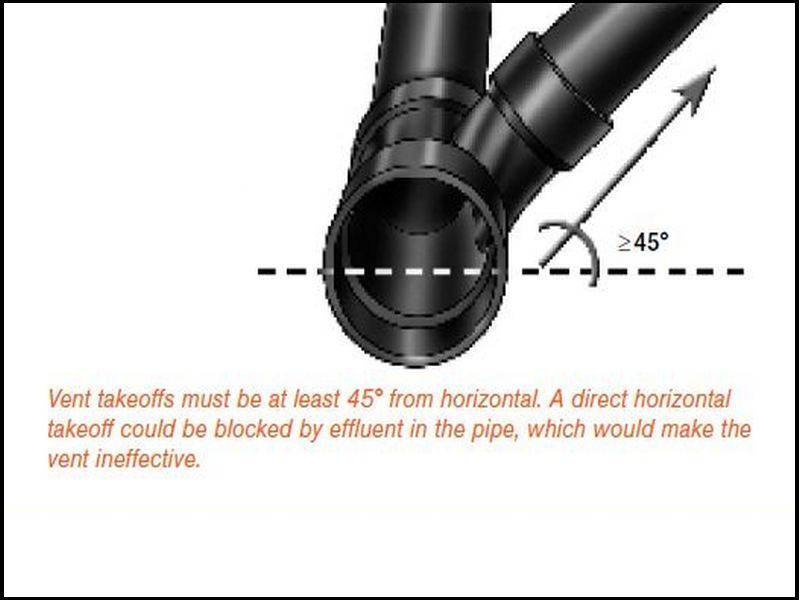
Air Admittance Valves (AAV)
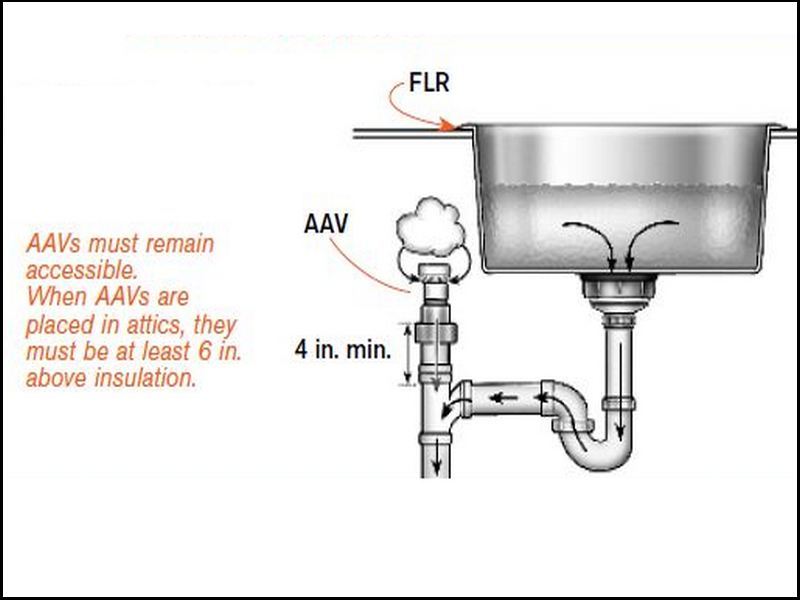
The vent stack is damaged. Sewer gases may be drawn into the home, and moisture may cause damage to the surrounding siding or roof materials. Hire a plumber to repair or replace the vent stack.
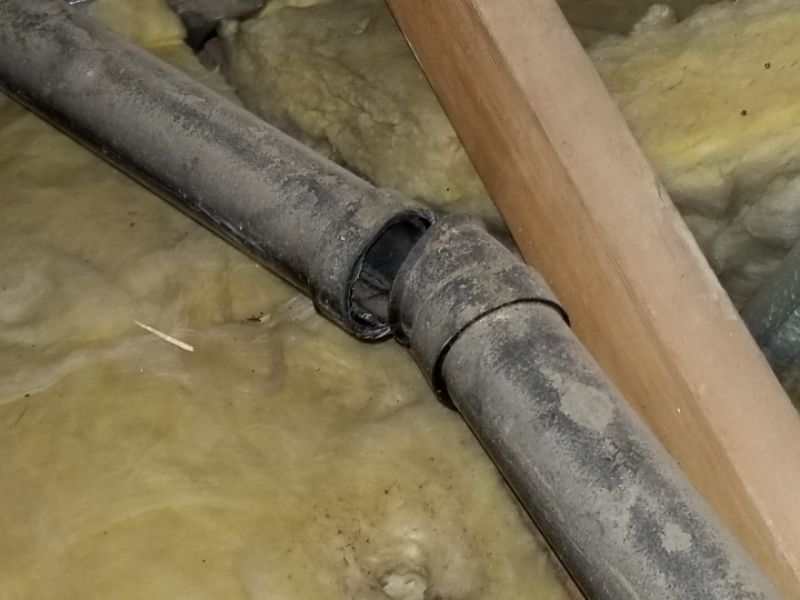
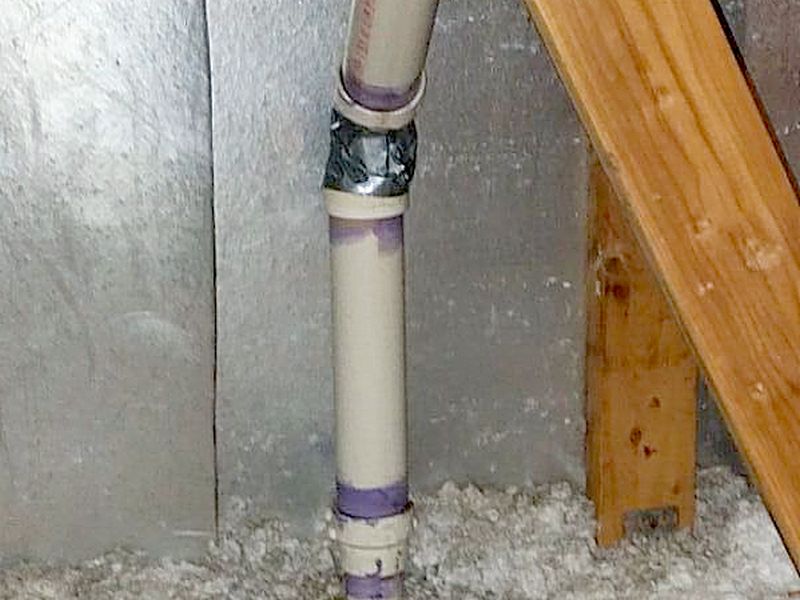
The vent pipe is too short. Vents must extend a minimum of 6″ above the roof surface, or 6″ higher than anticipated snowfall, to prevent blocking the vent. Hire a plumber to extend the pipe least 6″ above the roof line or 6″ higher than expected snowfall.
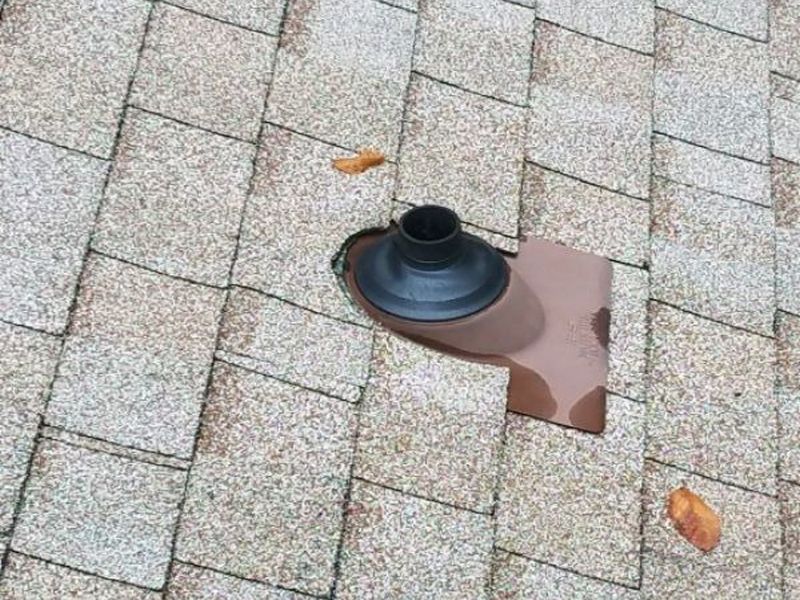
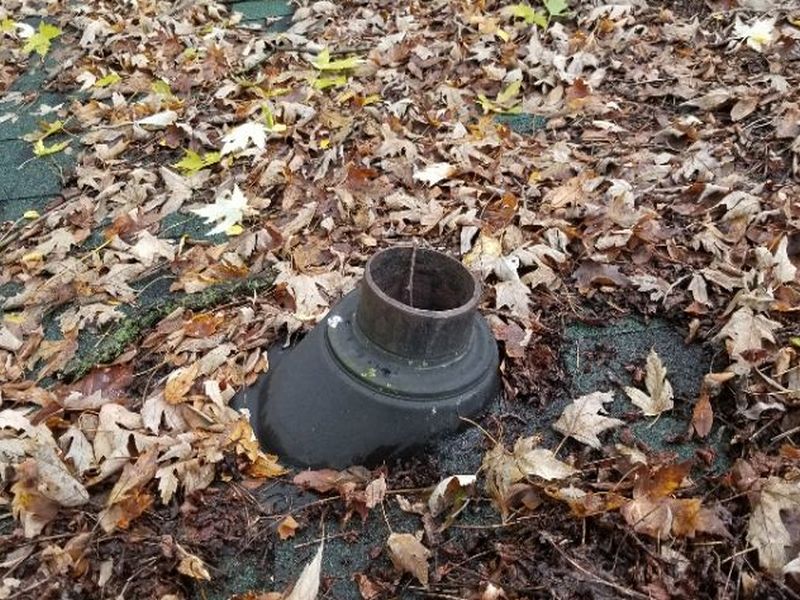
The vent pipe is improperly terminated. Vents must extend to the exterior above the house to carry sewer gases away from the structure. Hire a plumber to make the needed repairs.
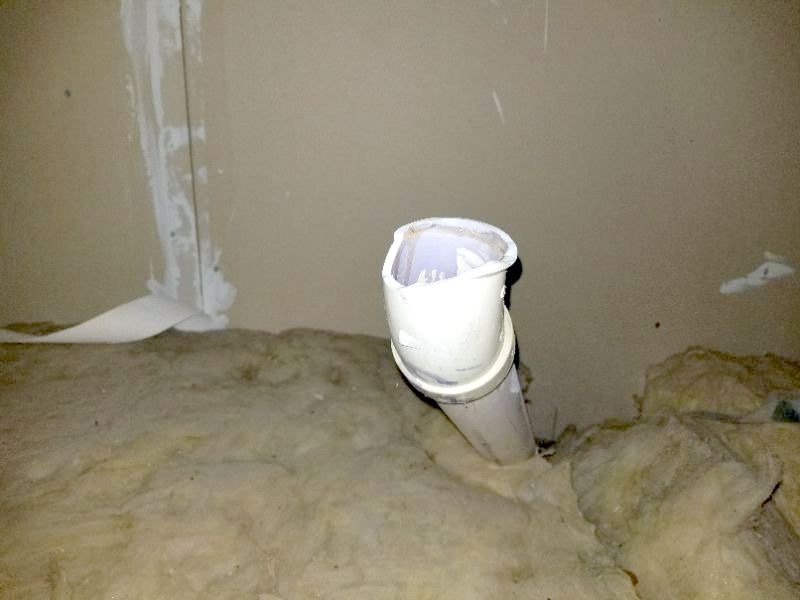
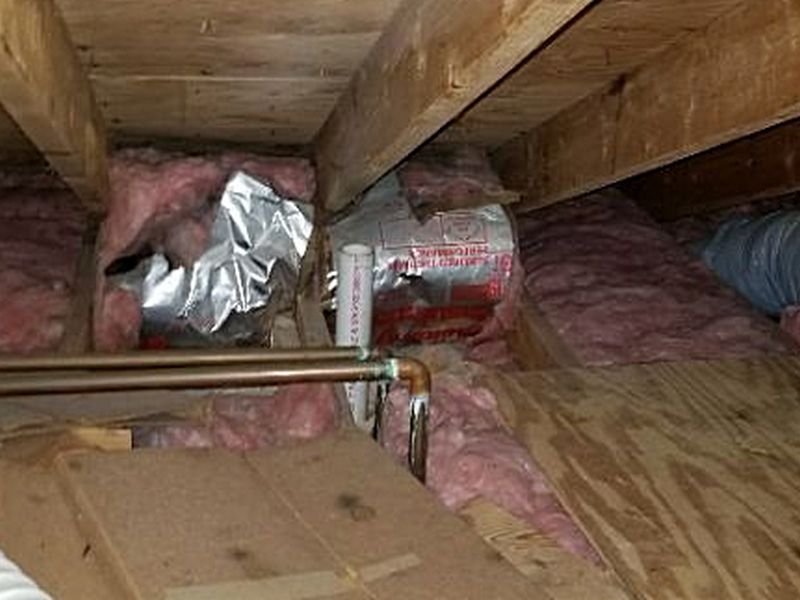
The vent stack terminates below the roof line. Sewer gases may be drawn into the home and moisture may cause damage to the surrounding siding or roof materials. Hire a plumber to reroute the vent pipe above the roof line.
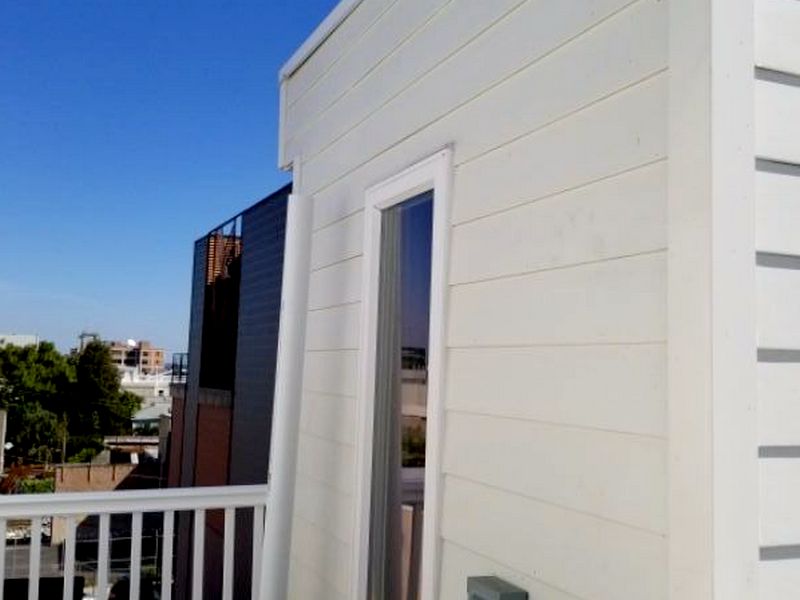
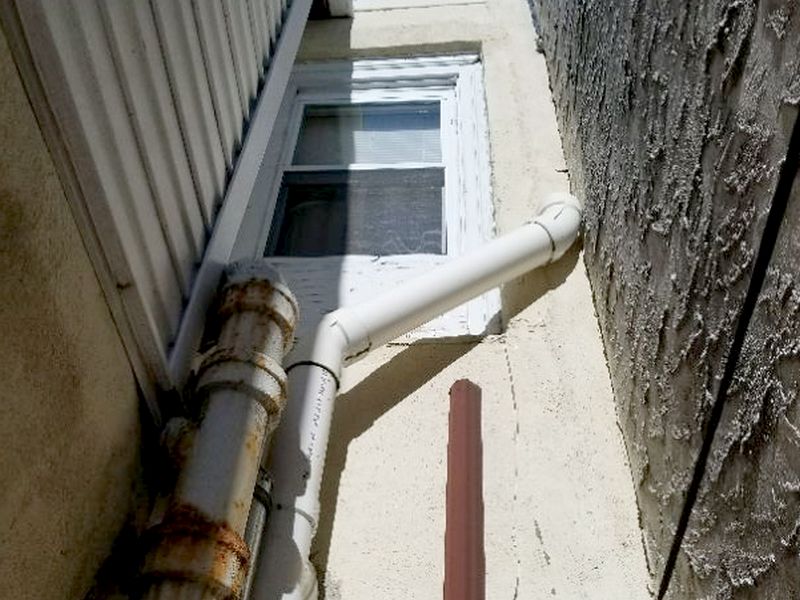
The vent stack is not properly secured. This is a safety hazard. Hire a plumber to secure the vent stack.
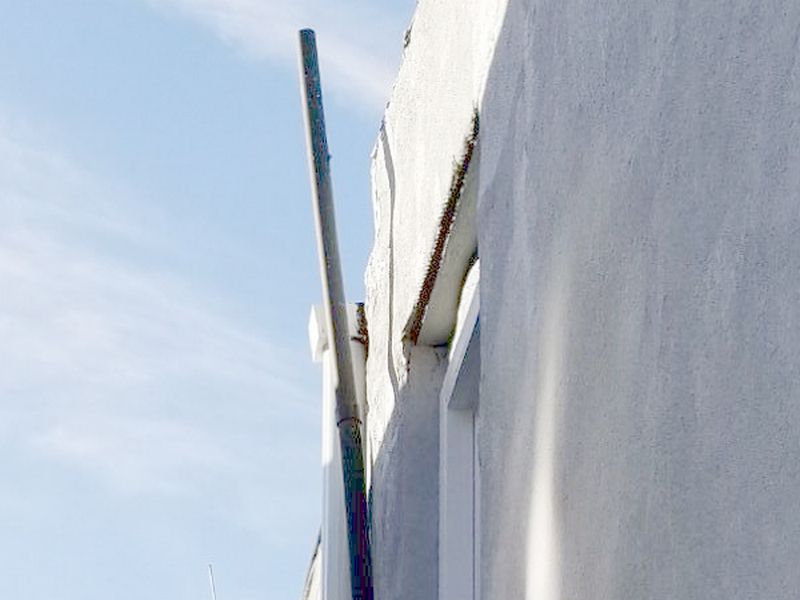
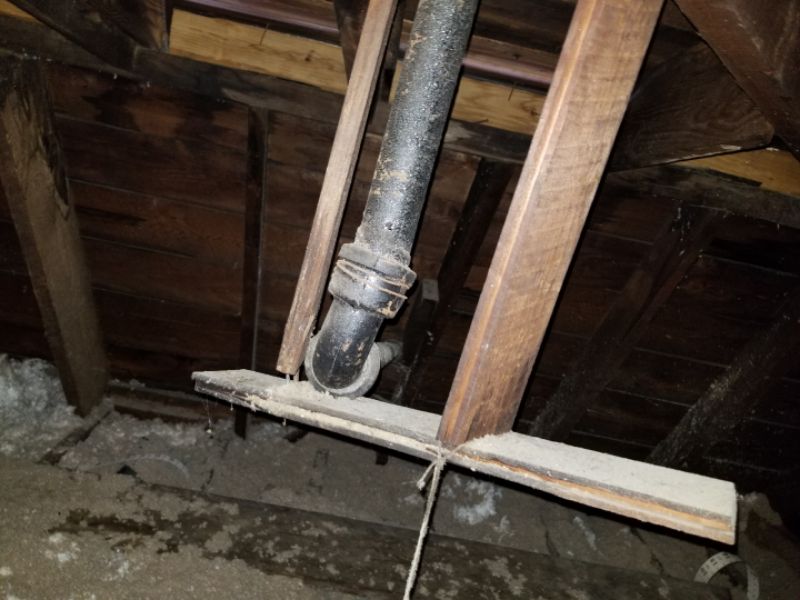
Septic systems are largely sealed installations. Be sure to use the appropriate Limitations and Information Statements. The system should have an alarm that indicates a failure. At the end of your inspection, be sure to walk the septic field outside. Look for any visible effluent on the ground or septic smells.
Septic System Basics
The link below will take you to an excellent video produced by the Washington State Department of Health. It explains the basics of On-Site Sewage Facilities (septic systems), including “traditional” systems vs. alternative/engineered systems.
The septic system’s alarm is sounding. This indicates a waste disposal failure. Hire a plumber to evaluate the system and to make repairs.
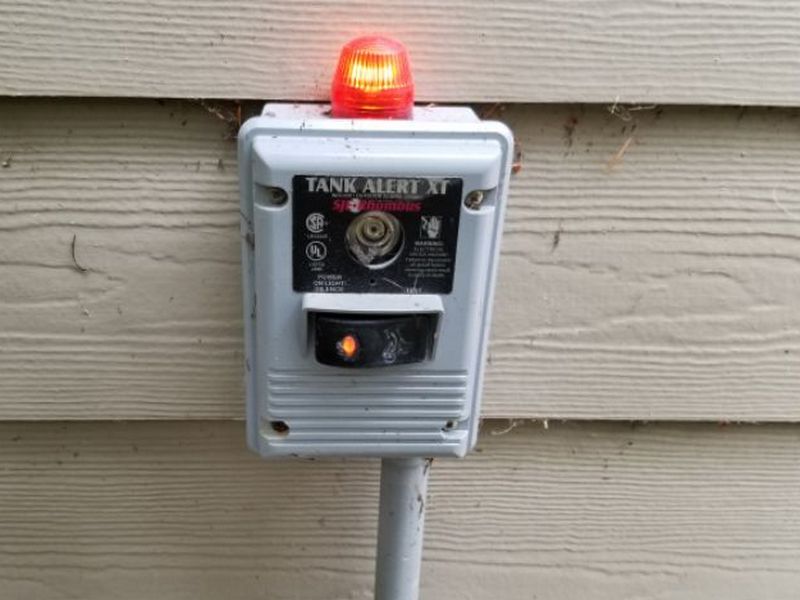
The septic system’s alarm does not respond to the test button. This may allow a system failure and waste overflow. Hire a plumber to evaluate the system and to make repairs.
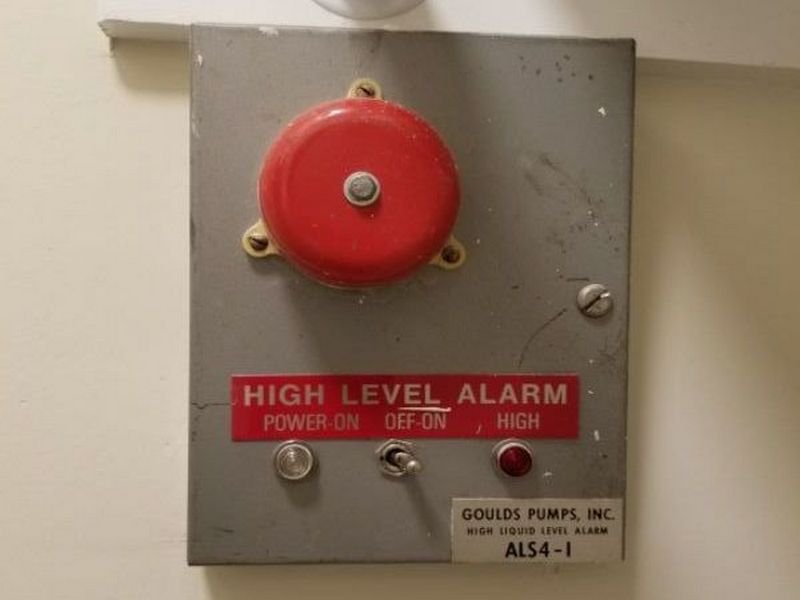
The septic system does not appear to have an alarm installed. This may allow a system failure and waste overflow. Hire a plumber to evaluate the system and to make repairs.
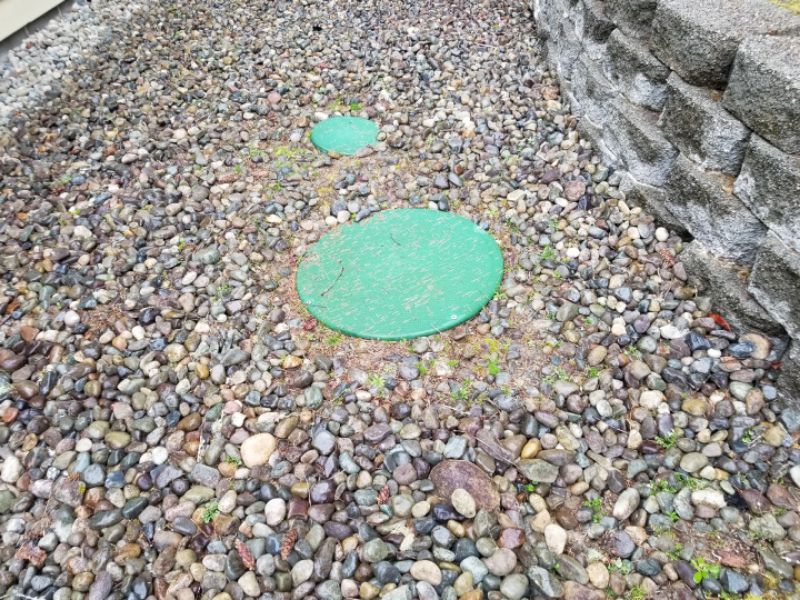
There is effluent breakout visible in the septic field. This indicates a system failure. Hire a plumber to evaluate the system and to make repairs.
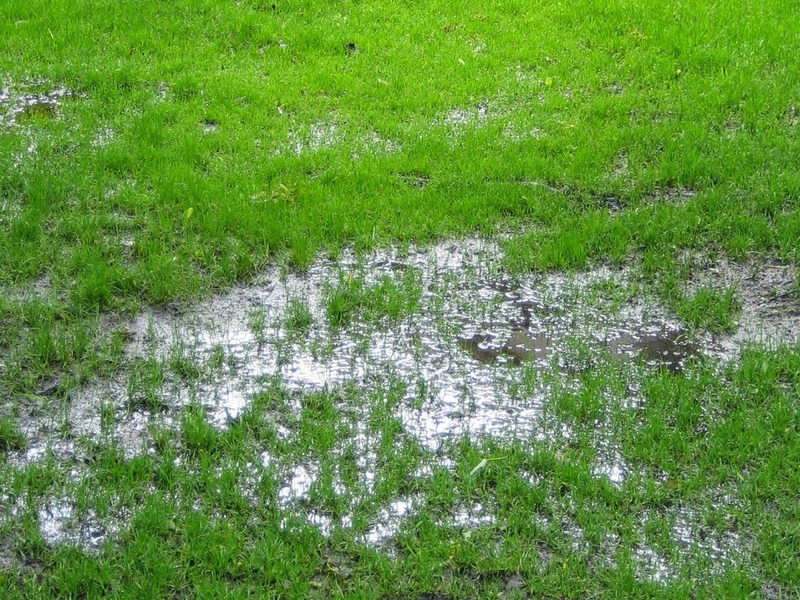
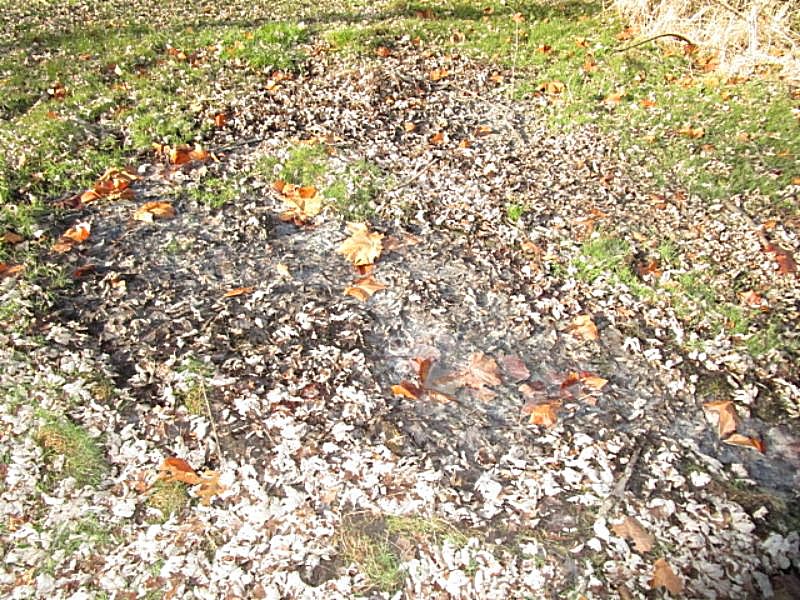
Drain, Waste, Vents Limitation and Information Statements
On-site waste systems inspection very limited, engage specialist: The inspection of on-site waste systems is very limited. We check the system for the presence of alarms on the septic pump tanks, which are evaluated by pushing the test button. The drain field is visually inspected for obvious signs of failure such as sewage breakout. Compliance with local regulations or system adequacy is beyond the scope of this inspection. We strongly encourage you to obtain a complete inspection by a qualified septic contractor prior to closing.
Near/at end useful life, budget for replacement: The drain, waste or vents are near or at the end of their useful lives. We recommend establishing a budget to replace the drain, waste, vents.
Past end useful life, budget for replacement: The drain, waste or vents are past the end of their useful lives. We recommend establishing a budget to replace the drain, waste, vents.
Consider video drain line inspection: A video drain line inspection can reveal hidden problems, including issues in the main drain that connects to the municipal sewer. Consider a video drain line inspection to determine if there are additional concerns that can’t be detected within the scope of a home inspection.
Toilet
From most outward appearances, toilets have not changed much in over 100 years. If the main porcelain pieces are intact, you can replace all the internal parts and it will function like new. It’s the functionality that’s evolved, primarily driven by water conservation. While it was a slow start, with those 1st low-flow toilets we all hated, a modern WC flushes well and saves a boatload of water. After all, toilets often lead the list in household water usage. However, what we inspect for are the same problems that have plagued the fixtures since they hung the first tank high on the wall.
Loose toilet bases are the #1 defect we see. Always do the “Johnny Dance” to make sure the base is firmly on the floor, and don’t forget to use your Infrared camera. Leaking flange seals can cause a great deal of damage, so make sure you check for any soft spots. Use your IR camera, your flashlight, and your hands to check for leaks at the supply and the tank connection. View the flush valve in action by lifting the tank lid when possible. A toilet should not run or “ghost”, and should empty the bowl when flushed. Check for cracks or damage, and proper clearances.
Toilet clearances:

The toilet base is loose at the floor. This permits leaks and causes water damage to surrounding areas. Re-secure the toilet to the flooring after replacing the wax ring.
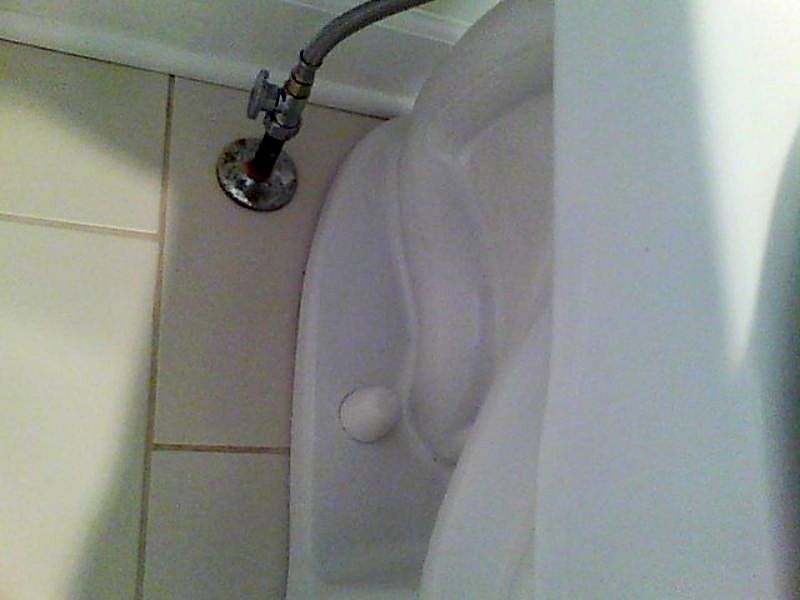
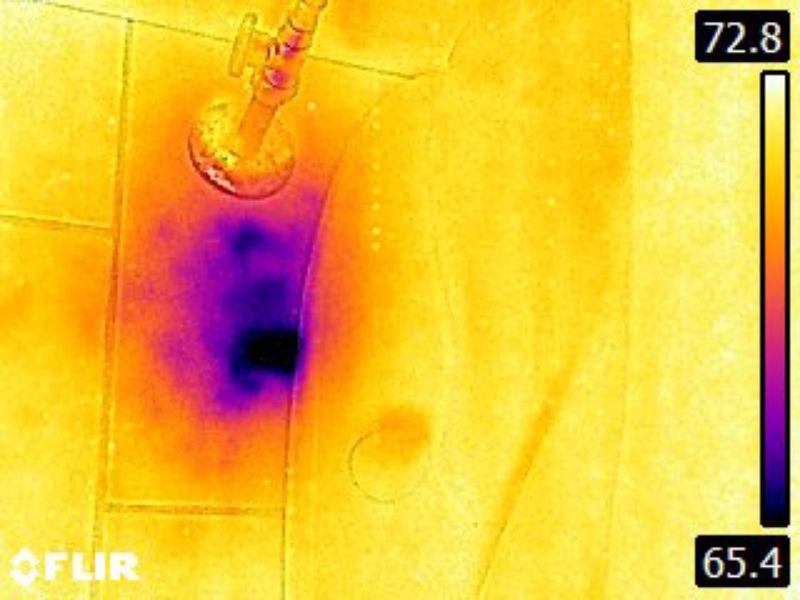
The toilet is leaking. This permits water damage to surrounding areas. Repair or replace the toilet.
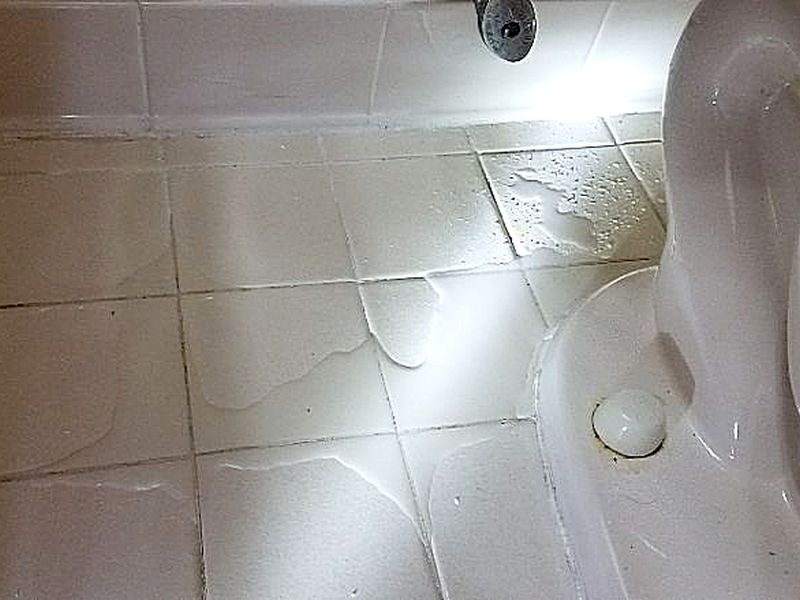
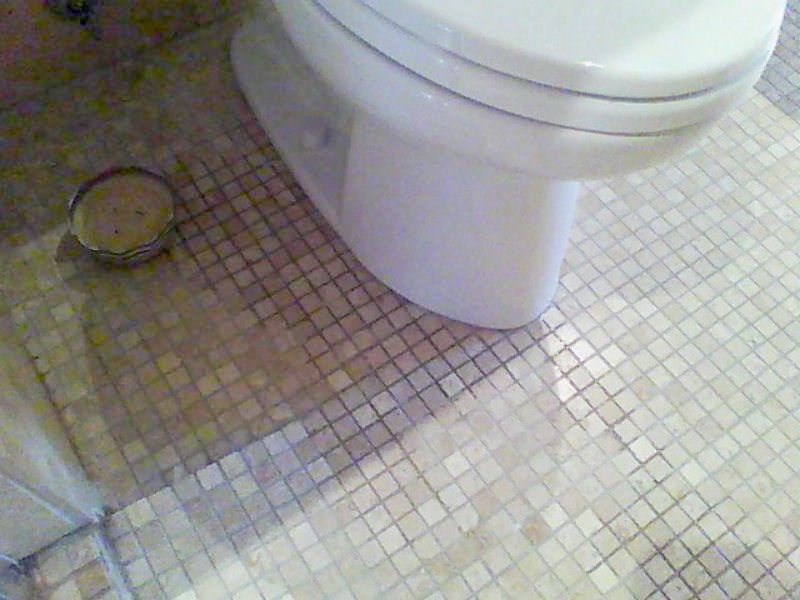
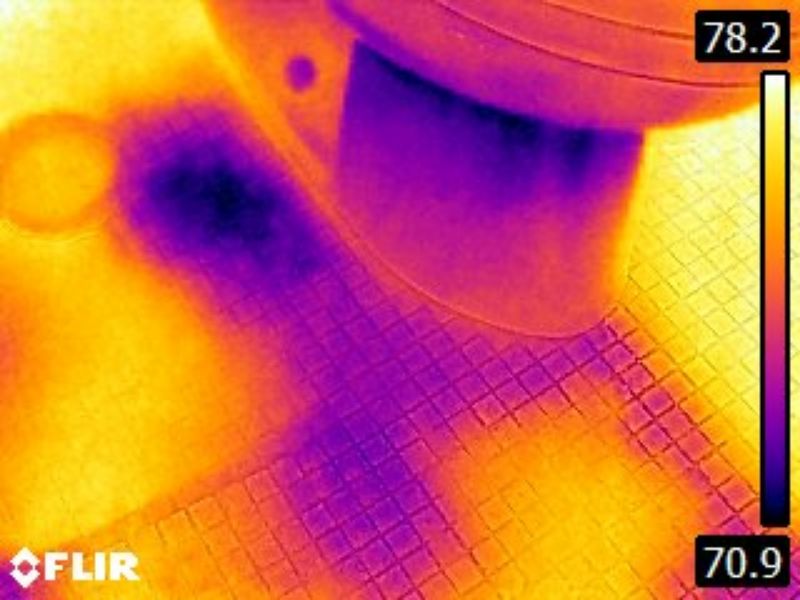
The toilet supply line is leaking. This permits water damage to surrounding areas. Repair or replace the supply line.
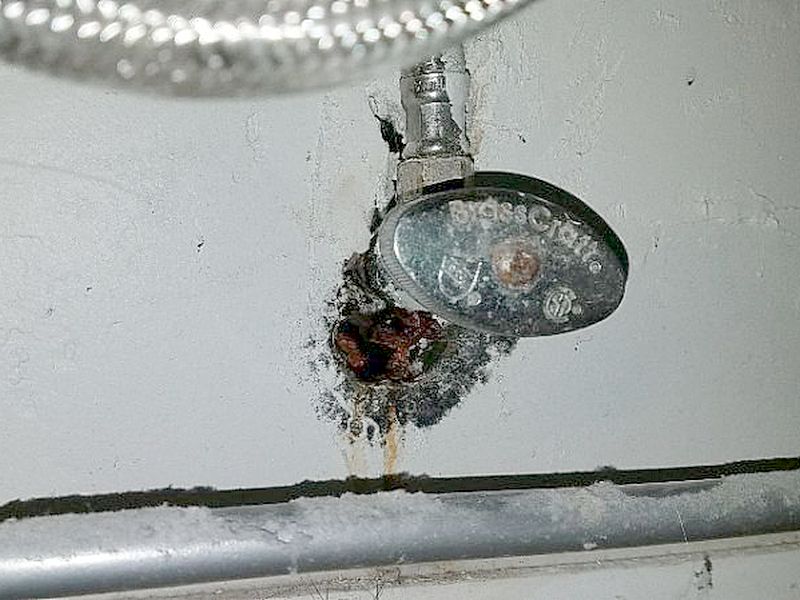
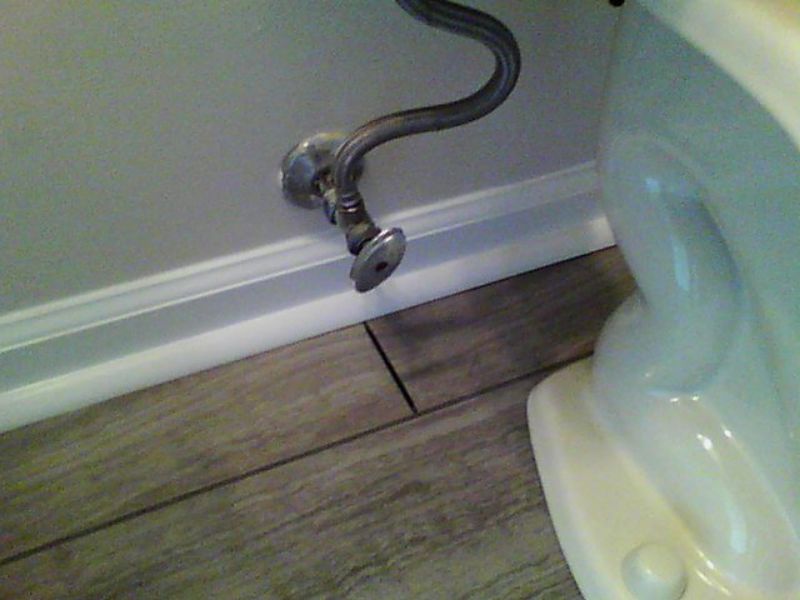
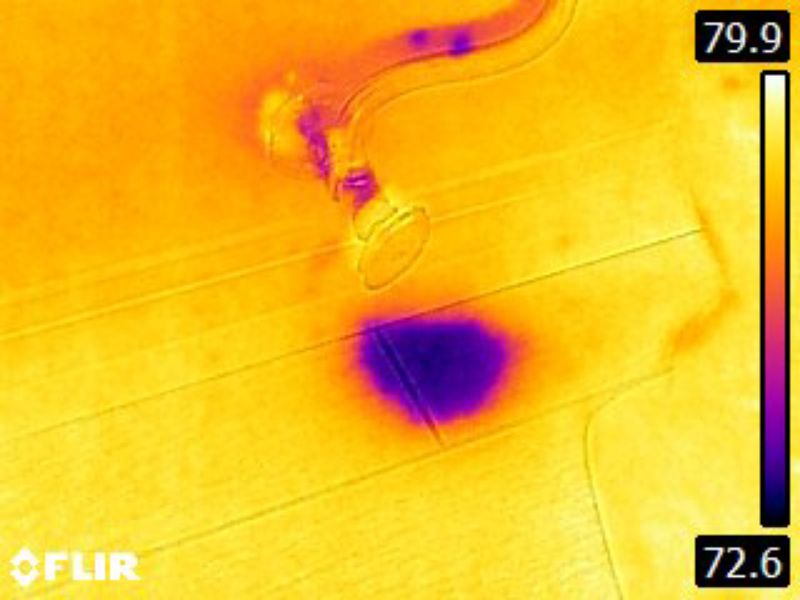
The toilet’s water supply line shut-off valve is missing. The water should be able to be turned off for servicing or in an emergency. Hire a plumber to install a shut-off valve.
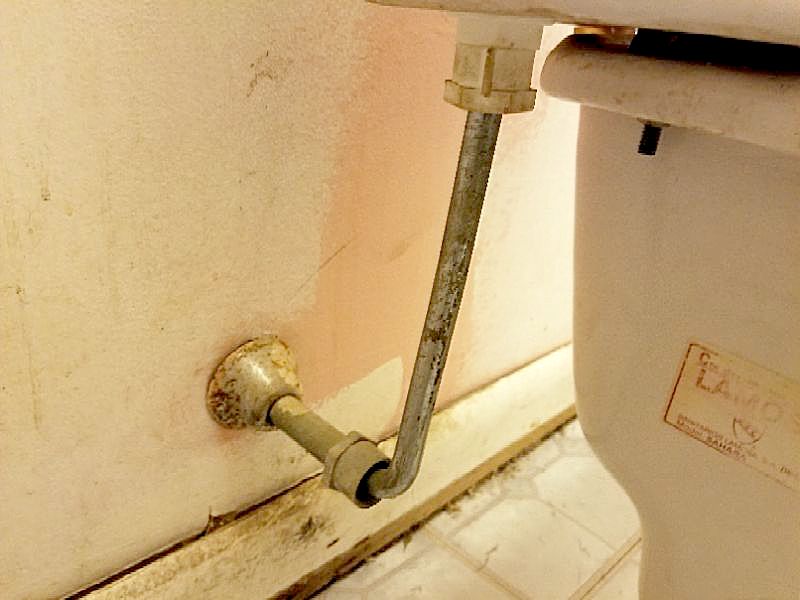
The toilet “runs” continuously or refills randomly. This indicates a defective flush valve that is allowing tank water to leak into the bowl. Repair or replace the flush valve.
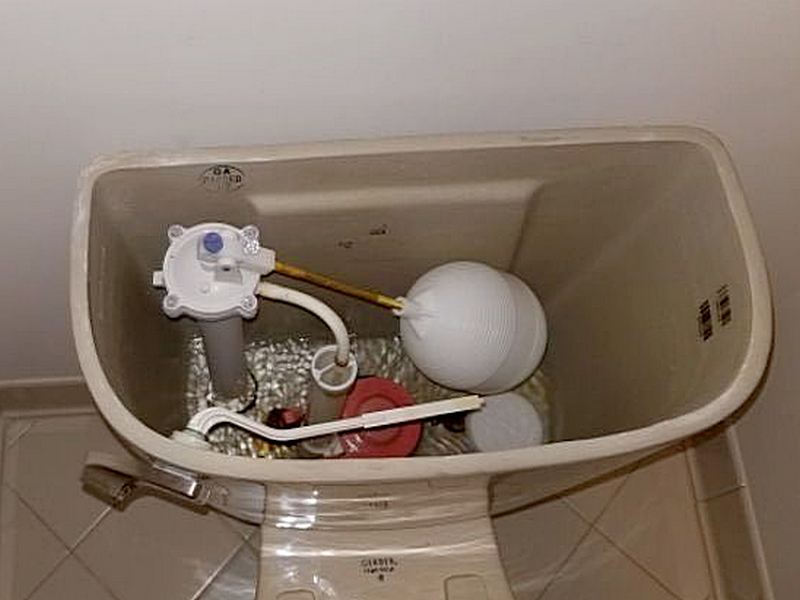
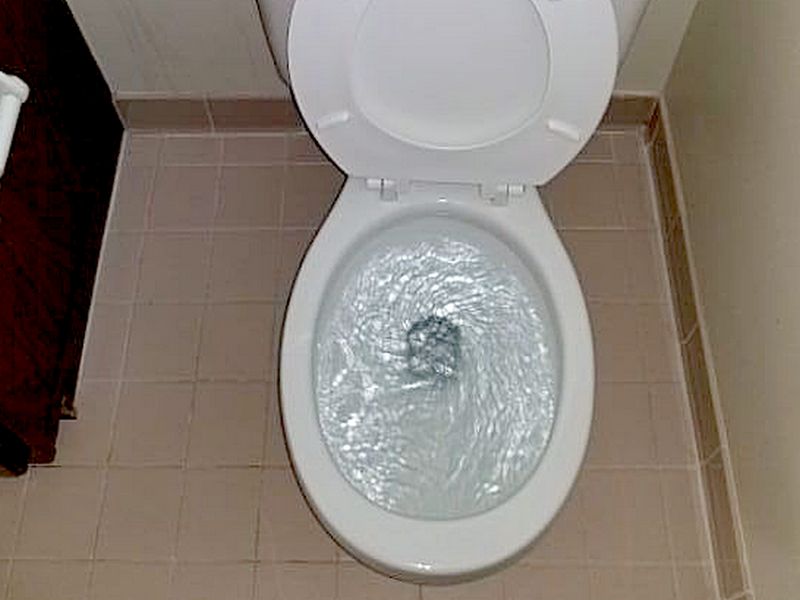
The toilet’s flush valve is inoperative. This affects proper function. Repair or replace the flush valve.
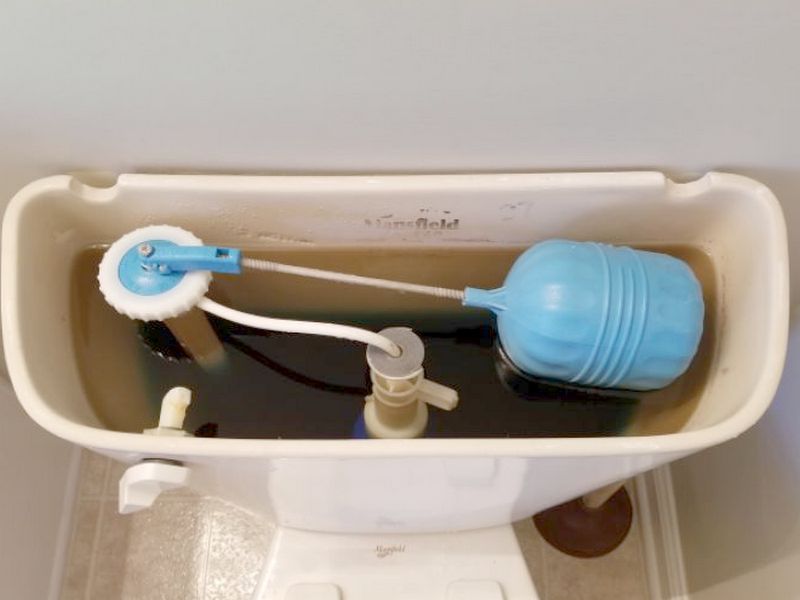
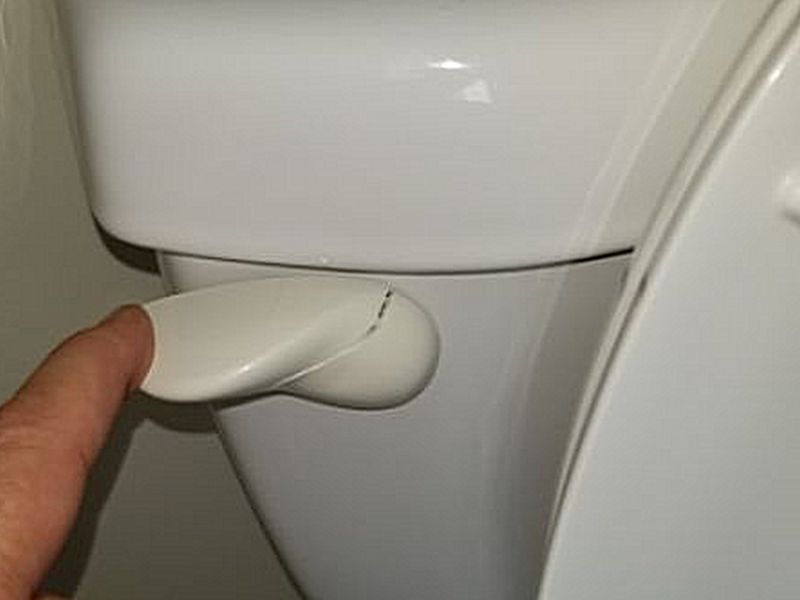
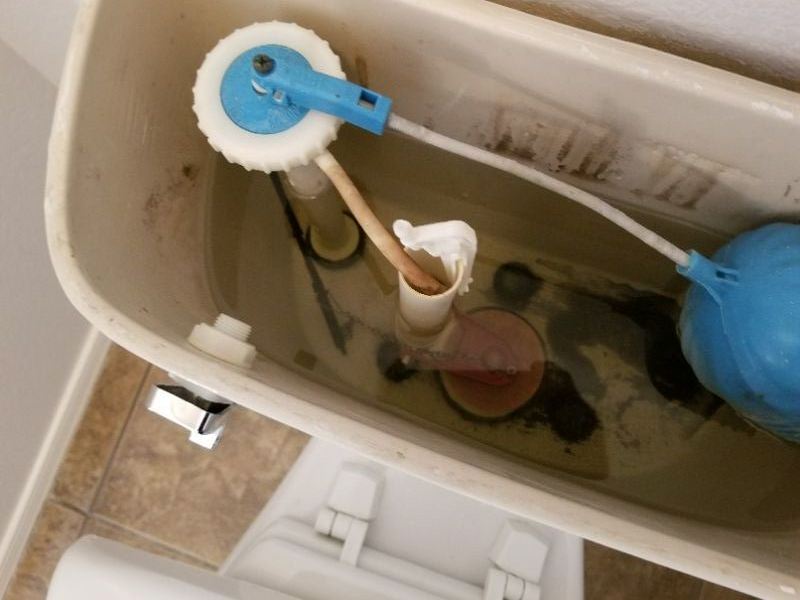
The toilet’s fill valve is inoperative. This affects proper function. Repair or replace the fill valve.
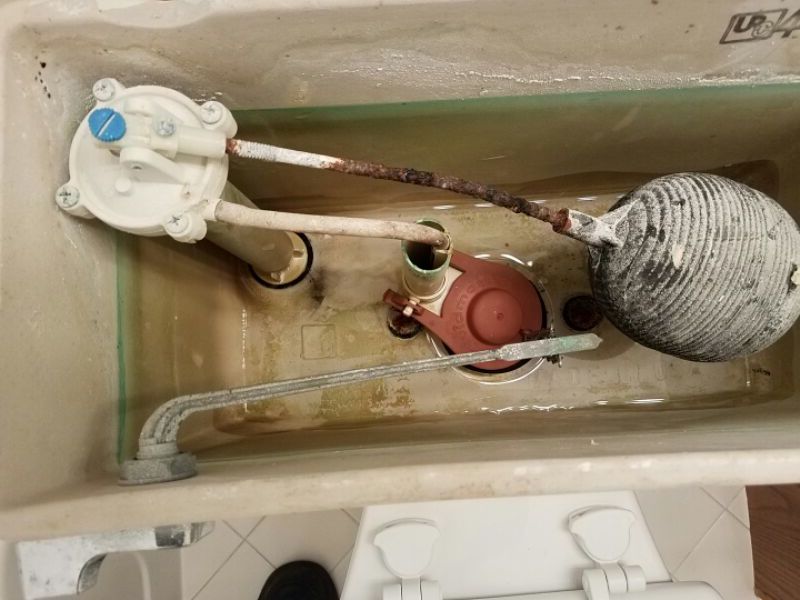
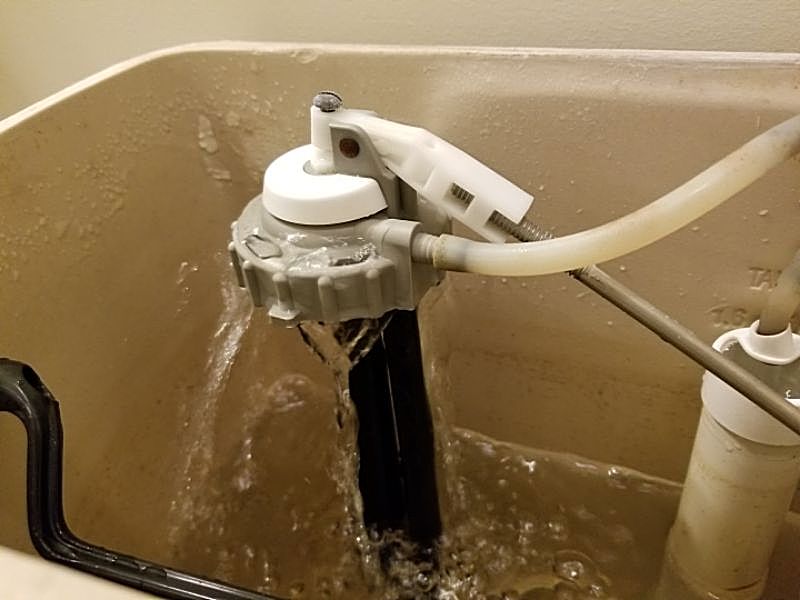
The toilet tank is leaking. This may permit water damage to surrounding areas. Hire a plumber to repair the tank.
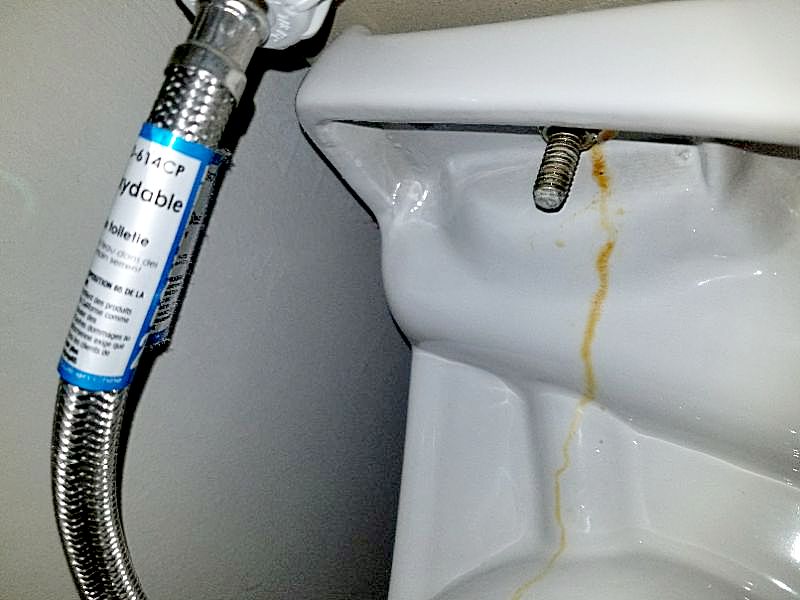
The toilet is blocked and does not drain properly. This affects proper function and may cause water damage. Hire a plumber to make the needed repairs.
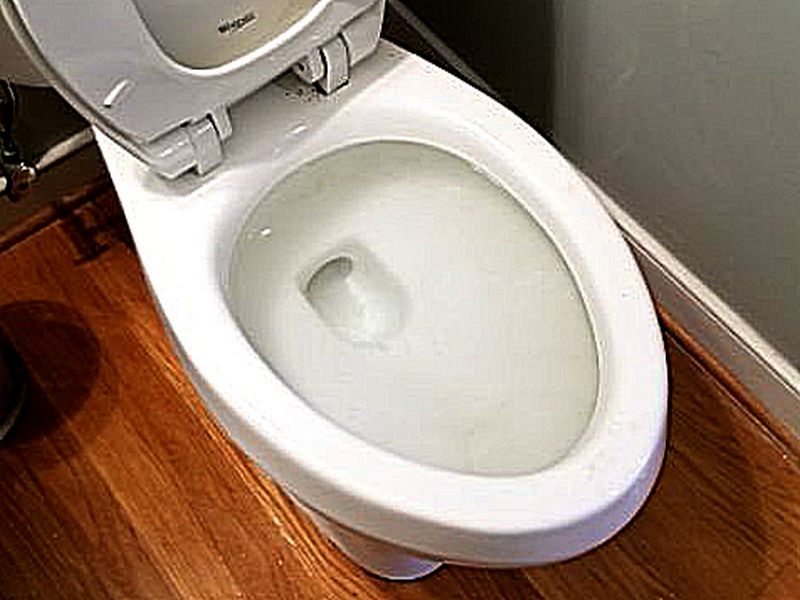
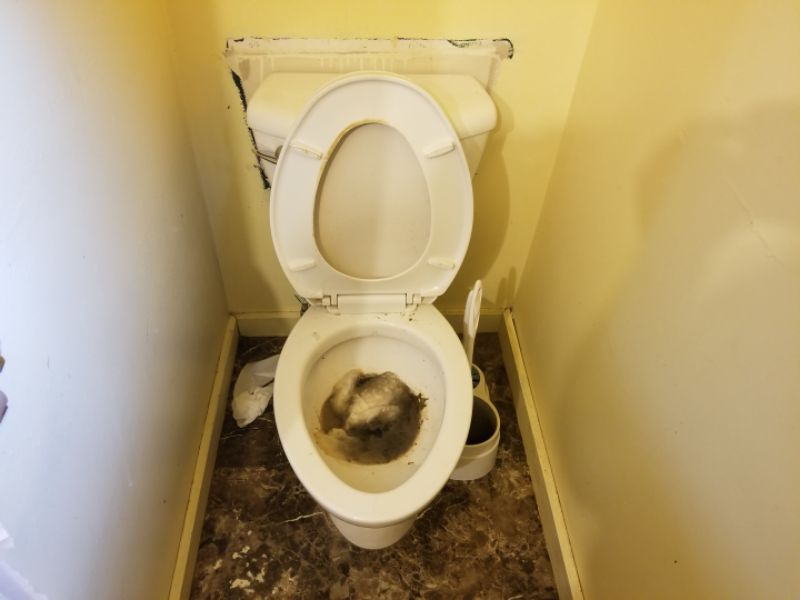
The toilet is cracked. This may permit water damaged to surrounding areas. Replace the toilet.
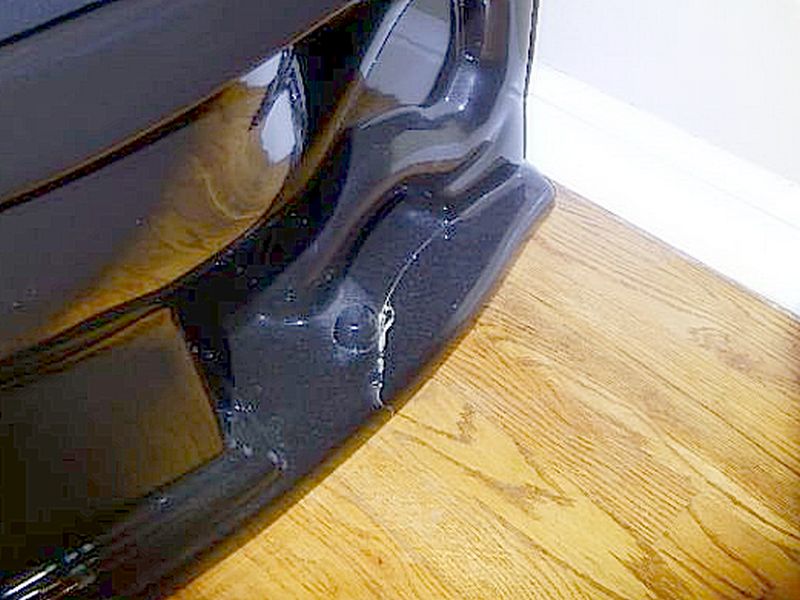
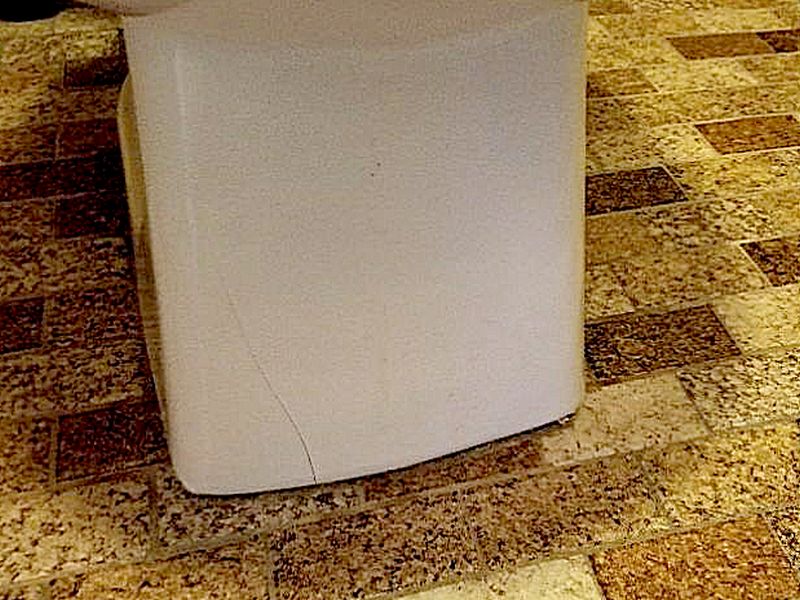
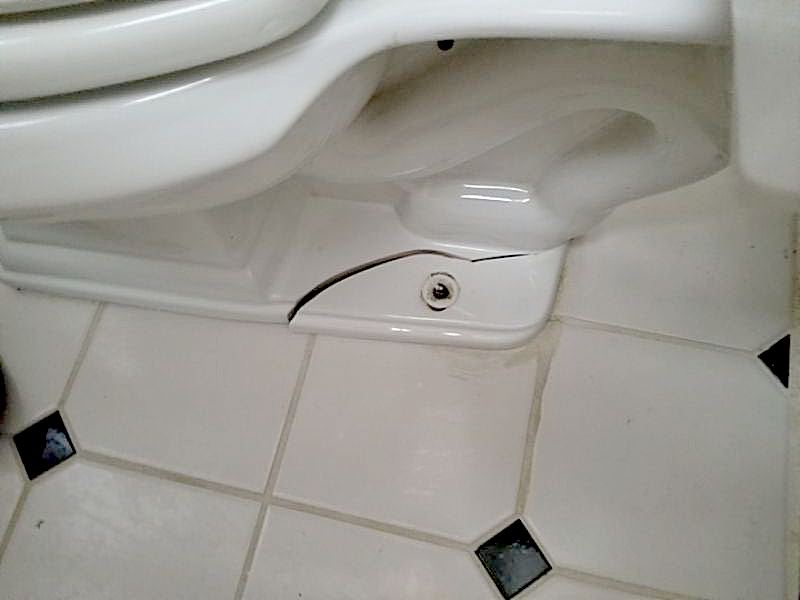
The clearances around the toilet do not meet standard installation practices. This is a safety issue. Hire a contractor for an evaluation and to make any needed repairs.
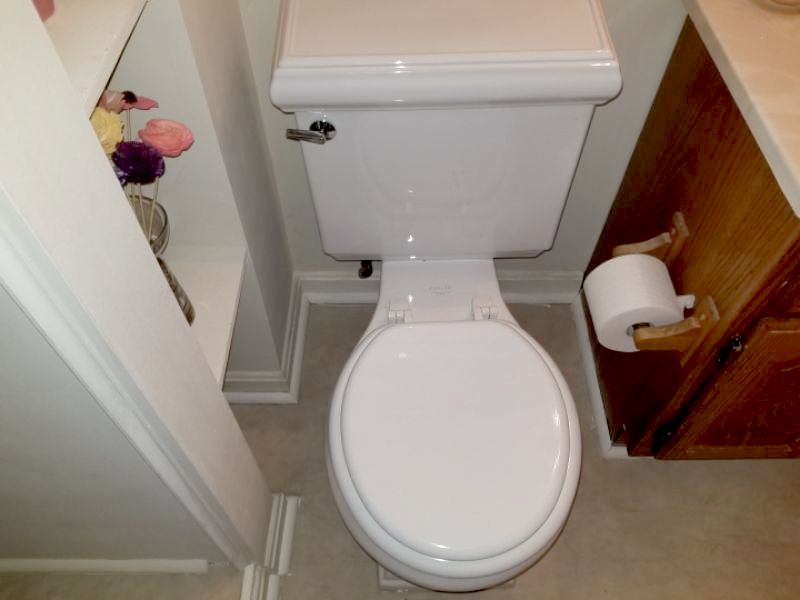
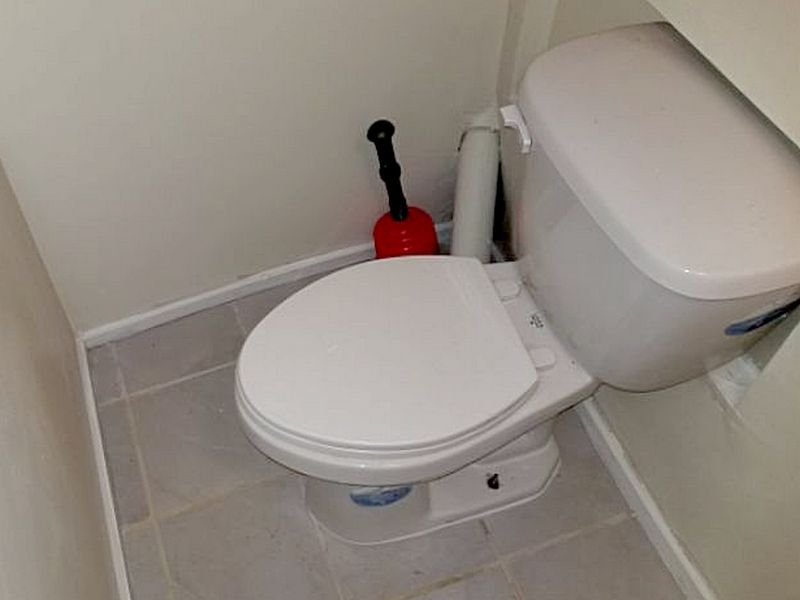
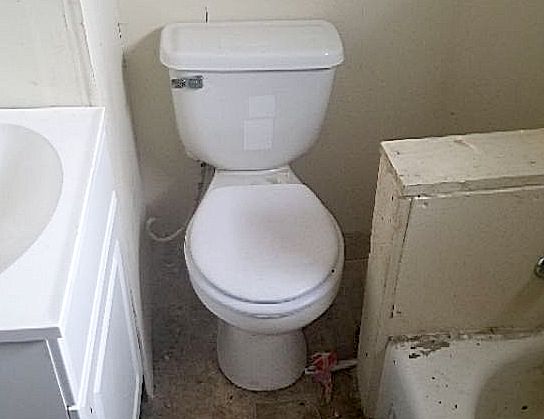
Toilet Limitation and Information statements
Water service to toilet is off, visual inspection: Water service for the toilet is not turned on; we do not operate shut-off valves. Therefore, portions of the toilet which require water for operation are visually inspected only.
Tub/Shower
Much of what we look at with tubs and showers is all about a basic idea: you have to be able to pour 60+ gallons of water into a tub, or spray it all over the inside of a shower stall, without causing damage. This means that the drains, faucets, and spouts can’t leak. Any surrounds or enclosures must be sound. Additionally, we must ensure homeowner safety and basic functionality.
Inspect inside before you run the water, using your flashlight and whatever tool you tap on tiles with. Ensure full grouting and caulking and no loose or soft areas. If possible, step into any acrylic tub or shower base and let your weight down on your foot. You are looking for deflection and/or cracks. Run the water: is the hot on the left and cold on the right when facing the outlets? Check that fixtures are not loose, damaged, and operate well. Is the flow good, without spray outside of the enclosure? Does the diverter work well? When checking a drain, don’t let the tub spout pour water directly on it: that blocks drainage. A drain should not back up when water is sprayed elsewhere, and should not leak out if sprayed on the enclosure. Be alert to potential cross-connection or siphonage issues. Don’t forget to use your IR camera.
The tub is cracked or damaged. This permits leaks and water damage. Repair or replace the tub as needed.
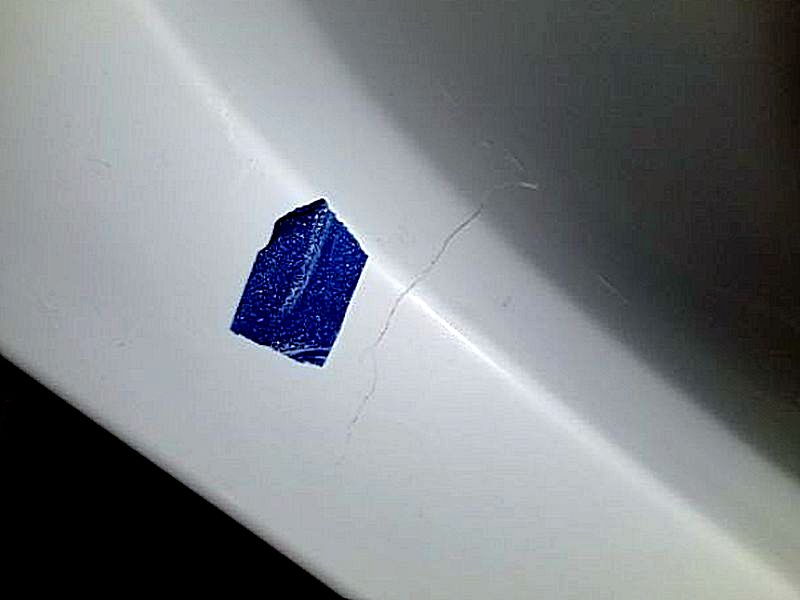
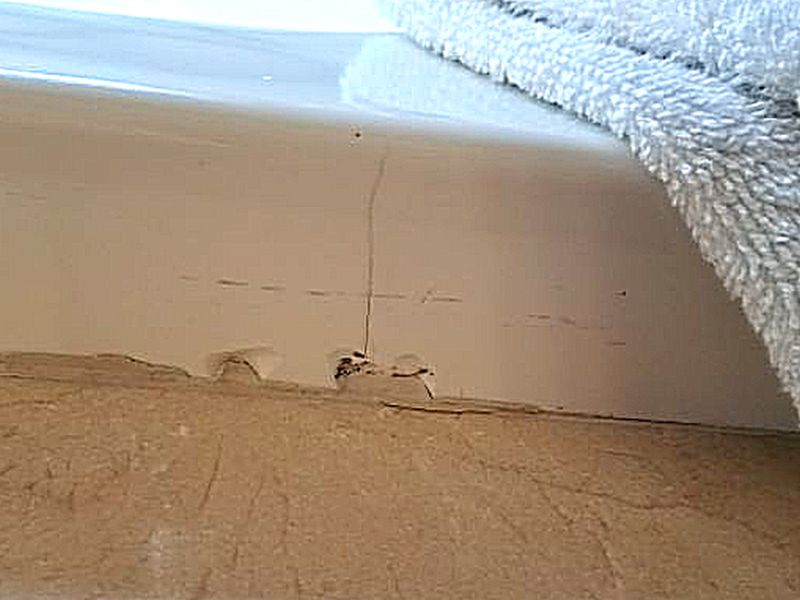
The tub is leaking. This permits water damage. Hire a plumber to evaluate the tub and to make required repairs.
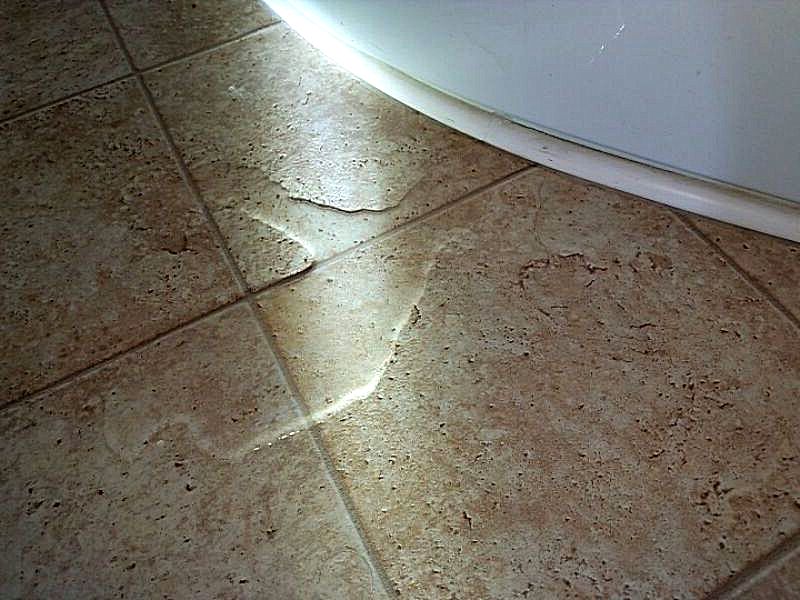
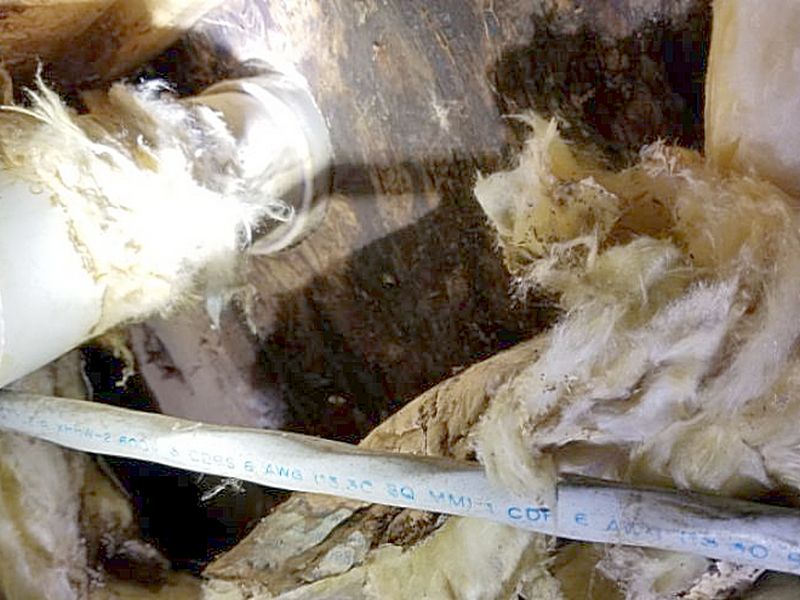
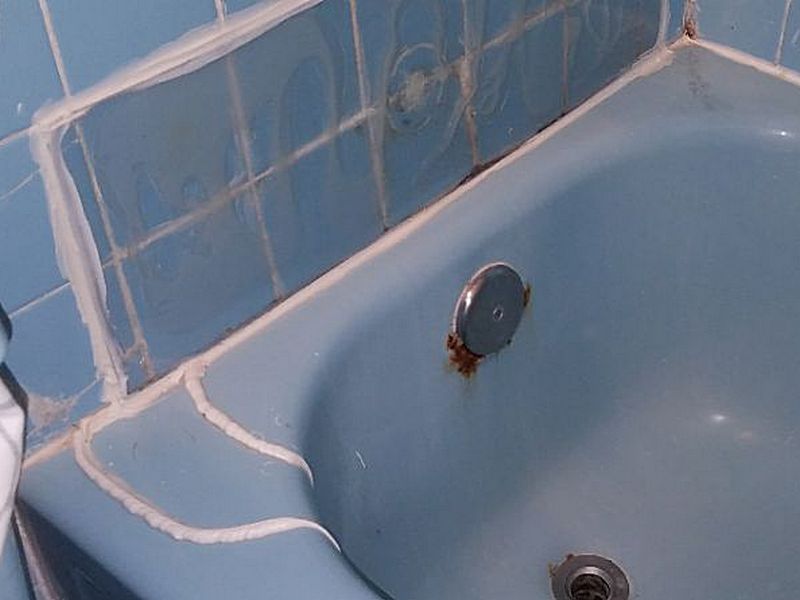
The shower pan is cracked or damaged. This permits leaks and water damage. Repair or replace the pan as needed.
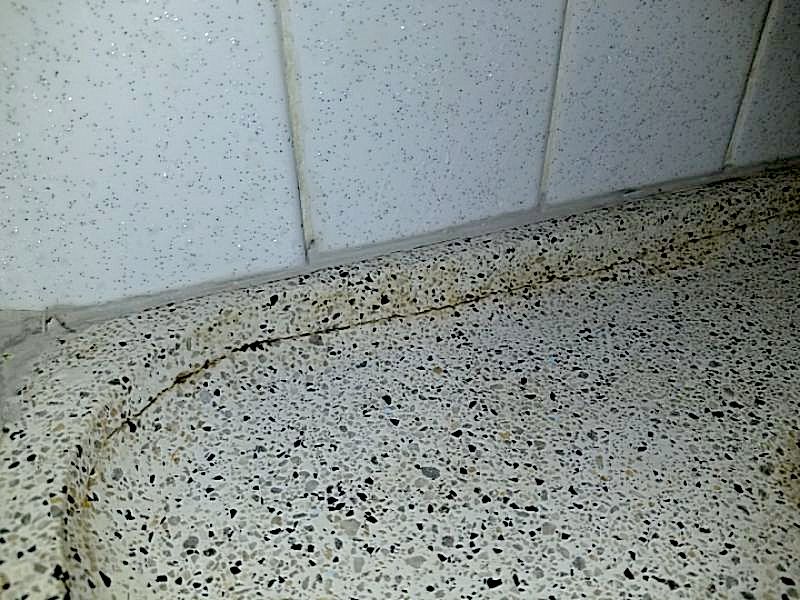
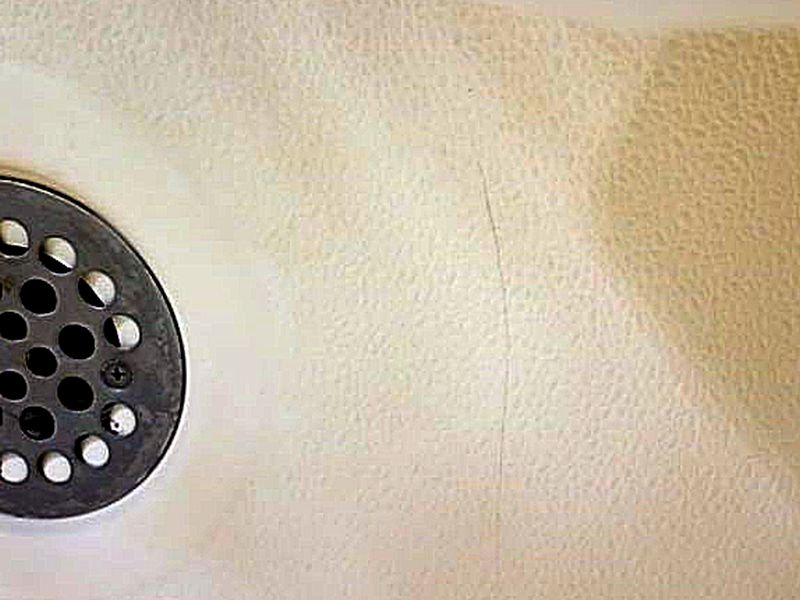
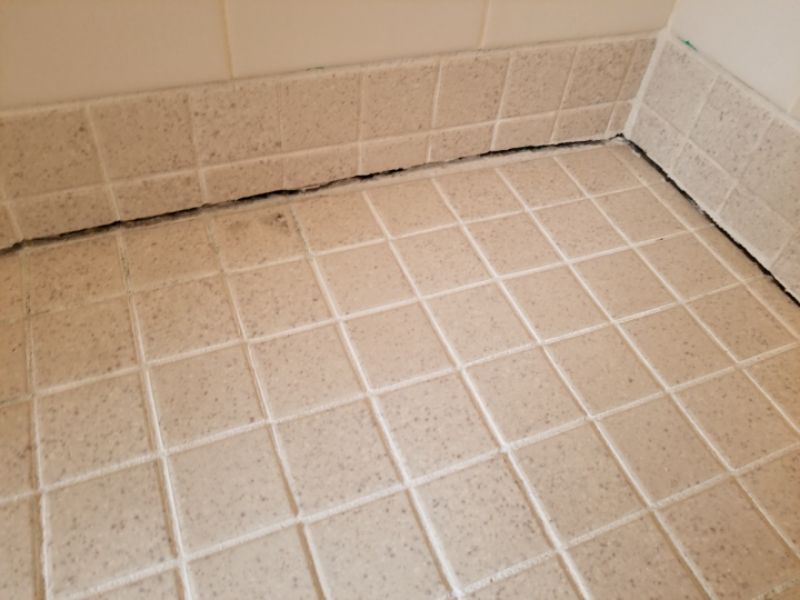
There is evidence of active leakage from the shower pan. This allows water damage. These pans typically cannot be repaired. Hire a contractor for an evaluation and to repair or replace the shower pan as needed.
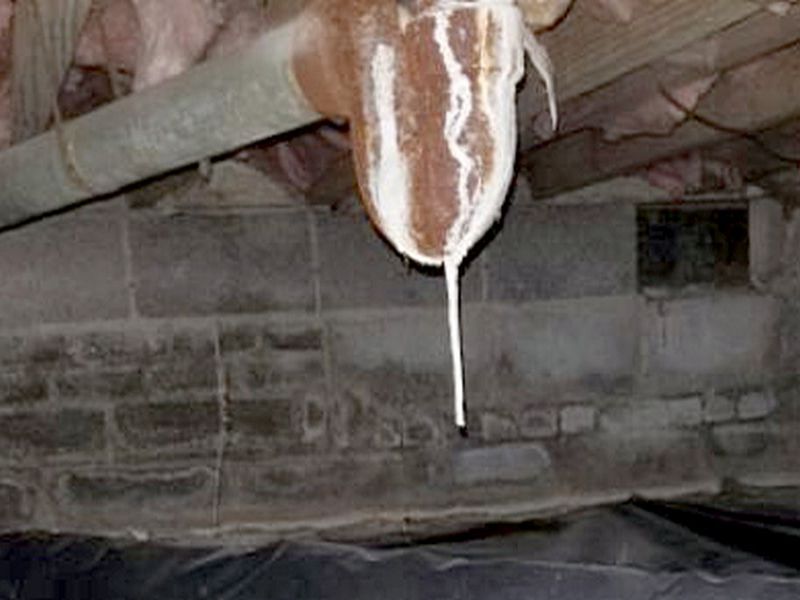
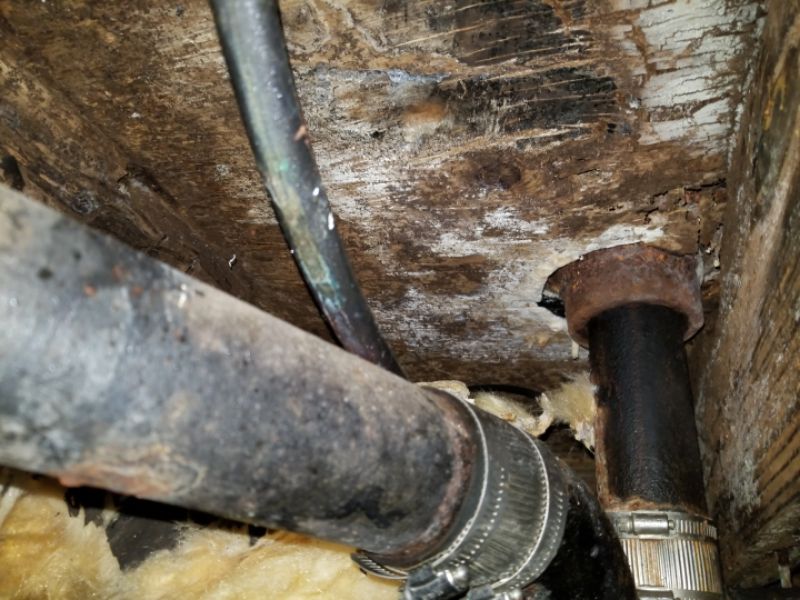
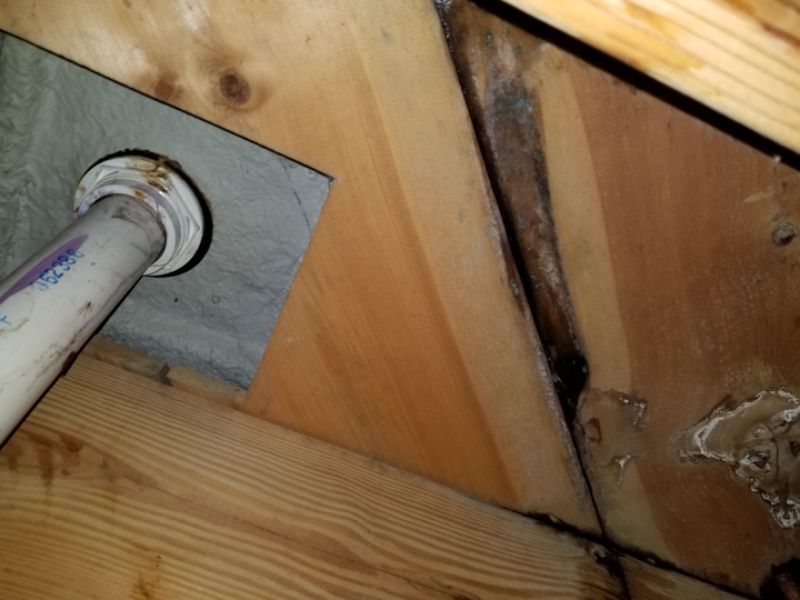
The tub/shower drain is leaking. This can allow water damage. Hire a plumber to repair or replace the drain.
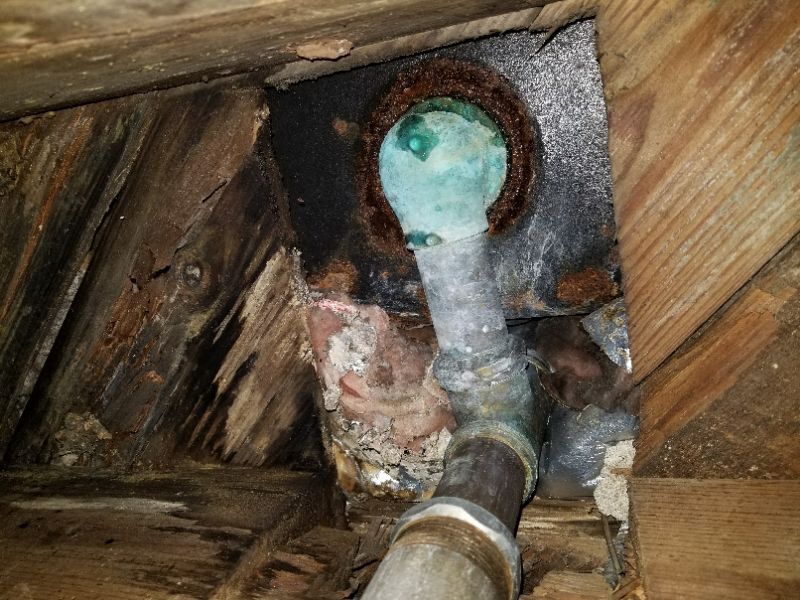
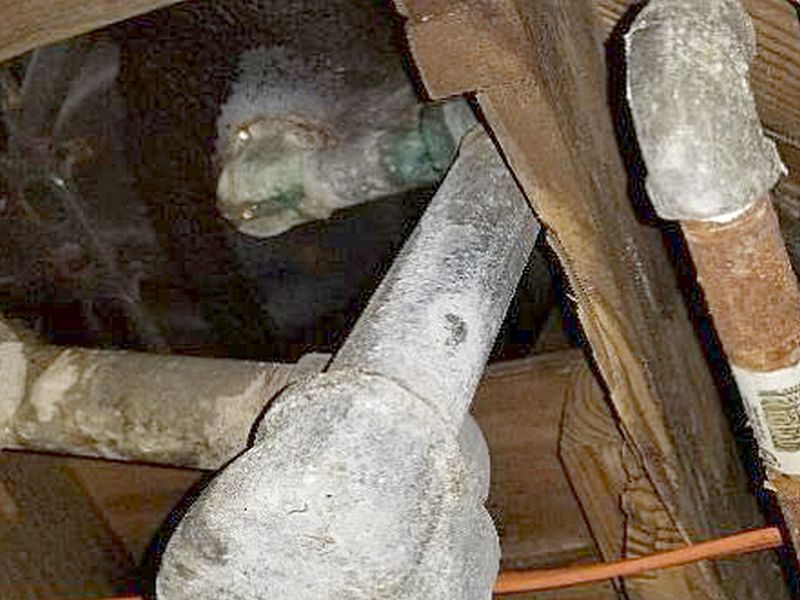
The overflow cover is loose or missing at the tub. This can allow water damage. Repair or replace the cover.
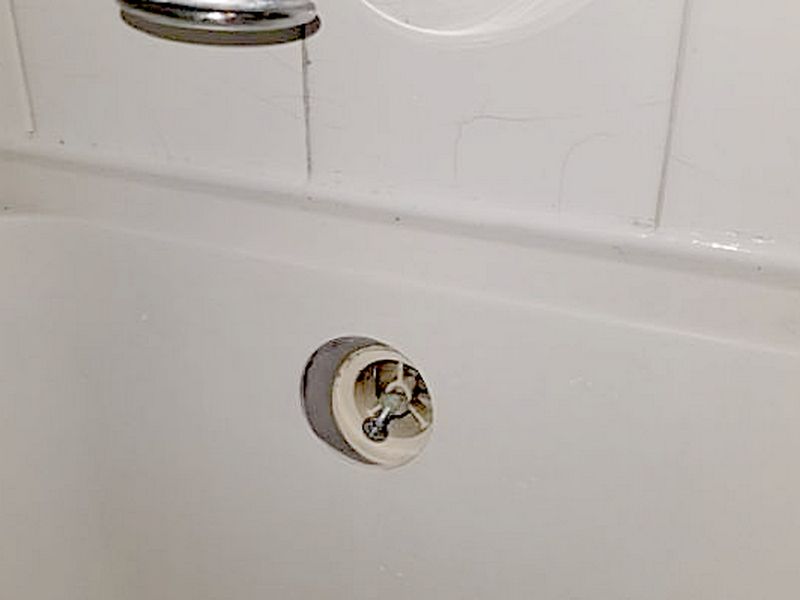
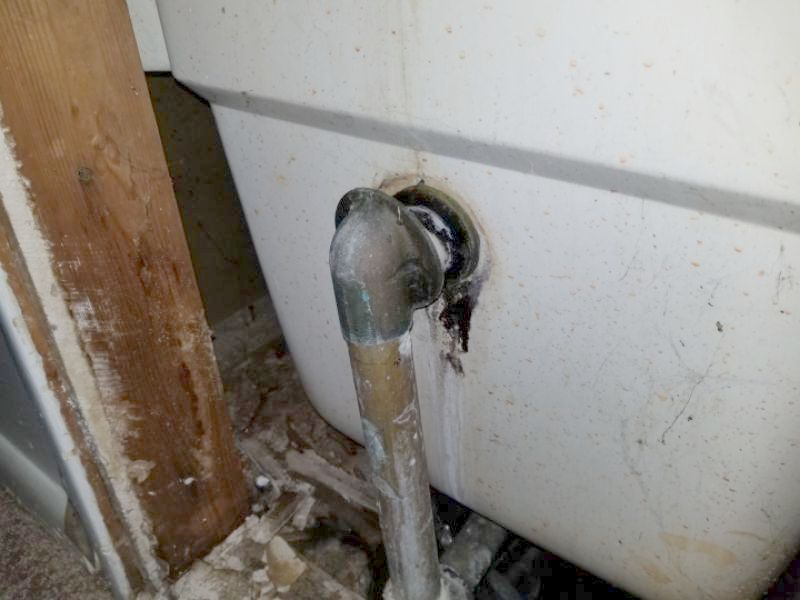
There is no overflow drain at the tub. This can allow water damage, and is a health hazard if siphonage occurs. Hire a plumber to install an overflow drain or replace the tub.
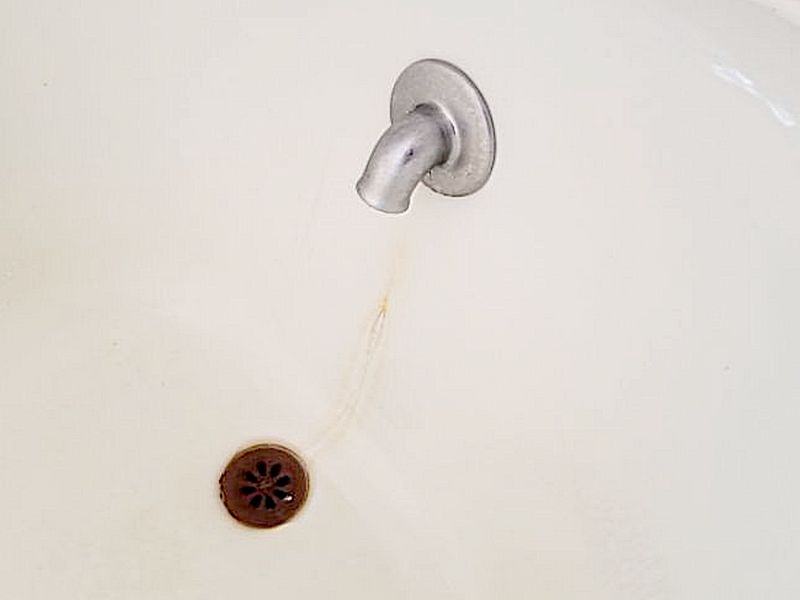
The drain grate is loose or missing. This may cause a personal injury and will encourage drain clogs. Repair or replace the grate.
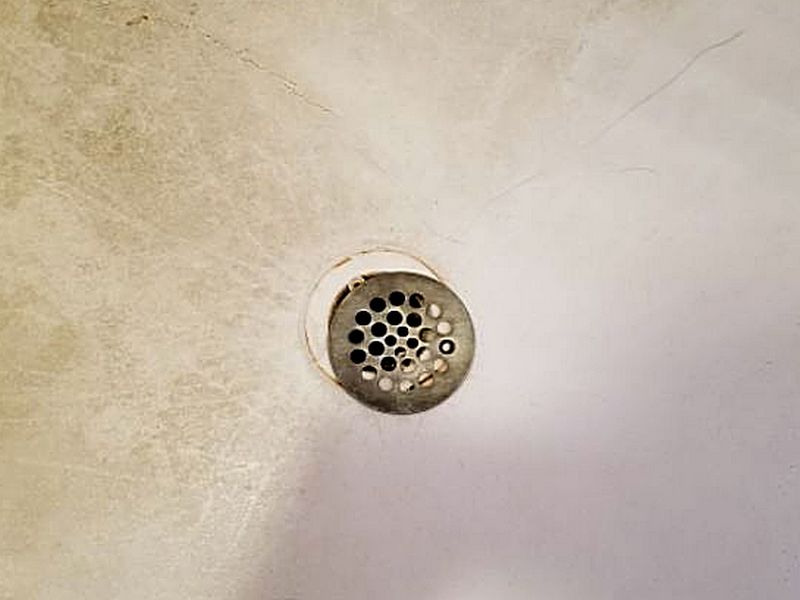
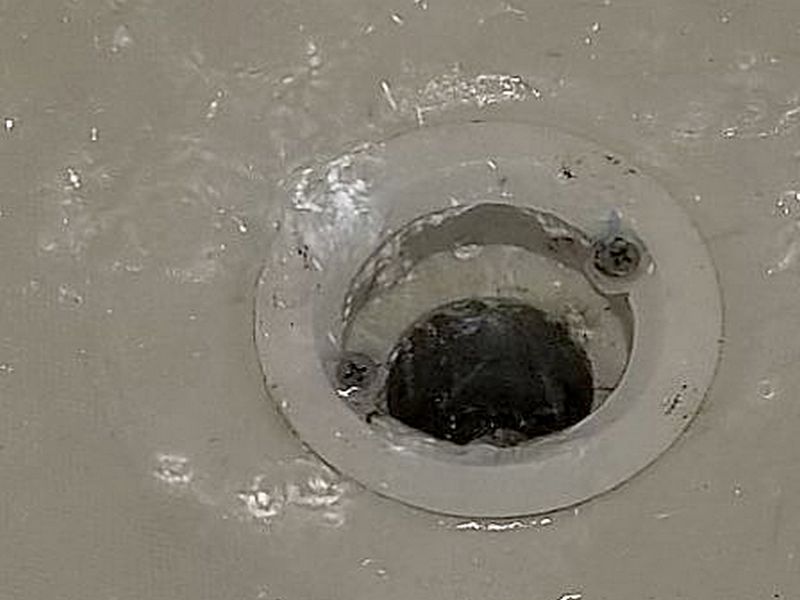
The tub/shower stopper is damaged or missing. This affects proper function. Replace the stopper.
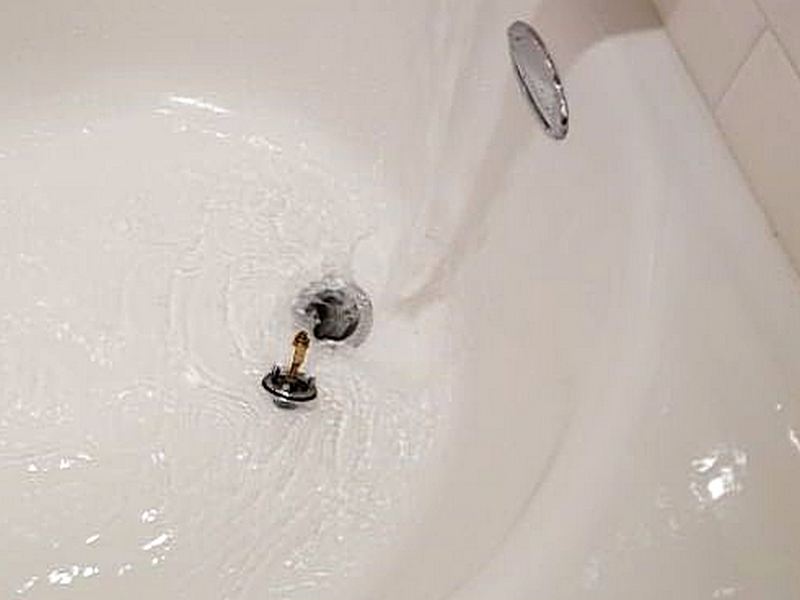
The tub/shower is slow to drain. This prevents proper function. As part of a visual home inspection, the exact condition of the interior of the plumbing pipes cannot be determined. Hire a plumber to evaluate the drain and to make required repairs.
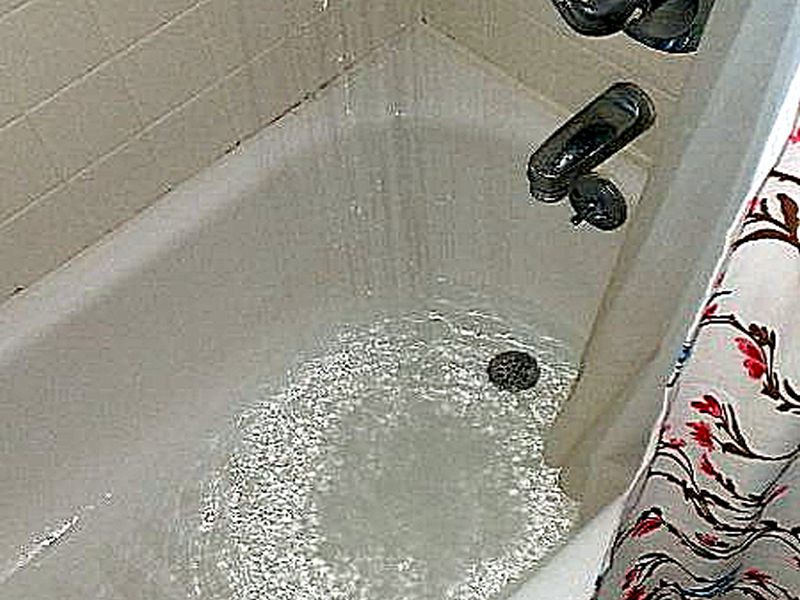
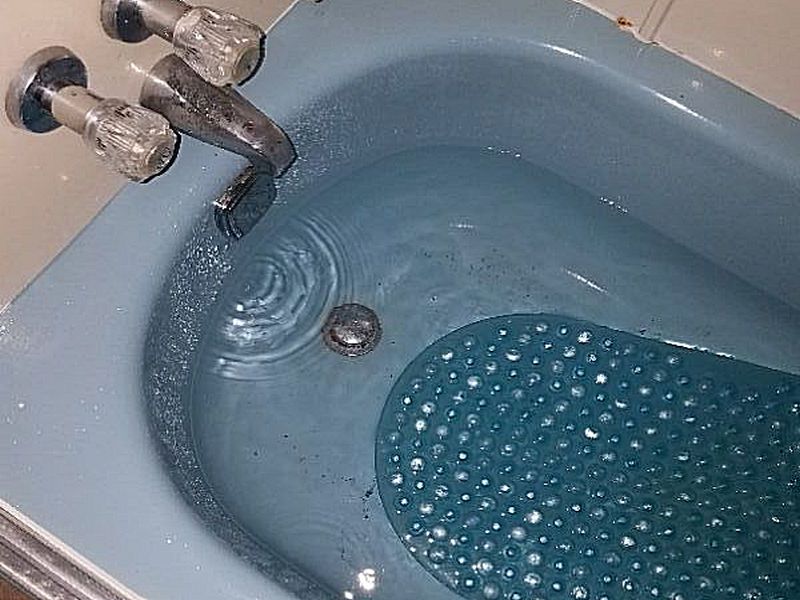
The tub/shower basin is improperly sloped and does not drain completely. Hire a contractor for an evaluation and to provide repairs or replacements as needed.
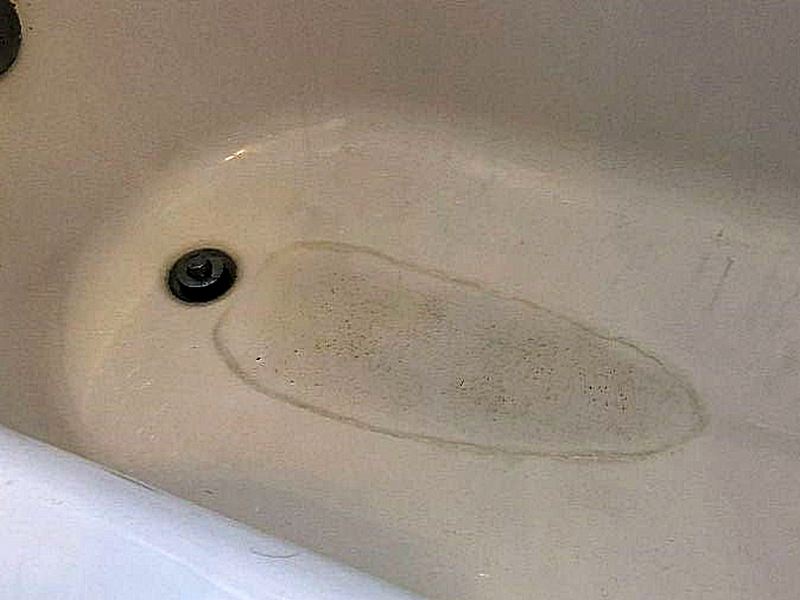
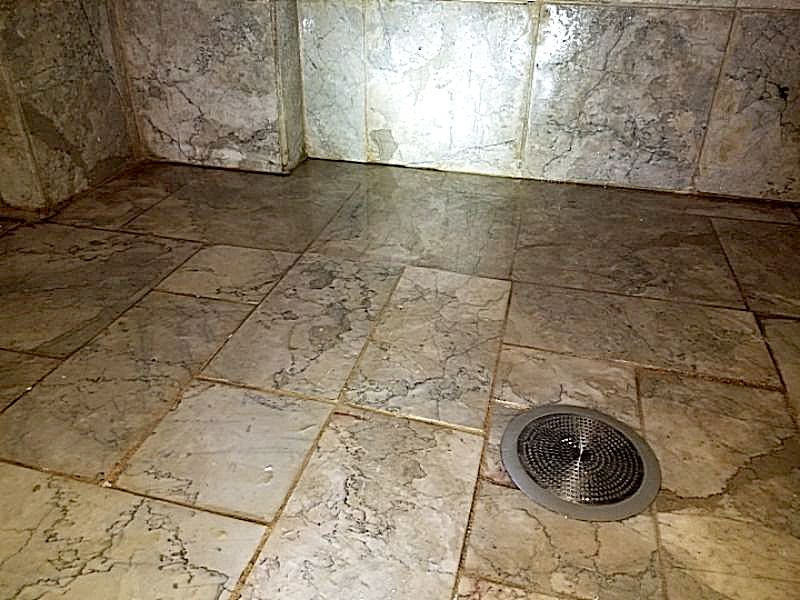
Caulk or grout is deteriorated or missing at the tub/shower area. This permits water penetration and damage. Regrout and recaulk as needed.
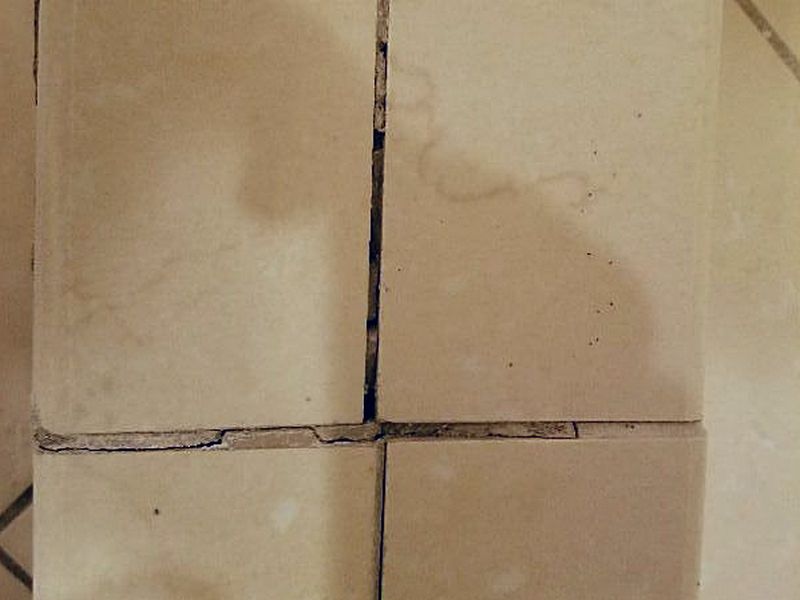
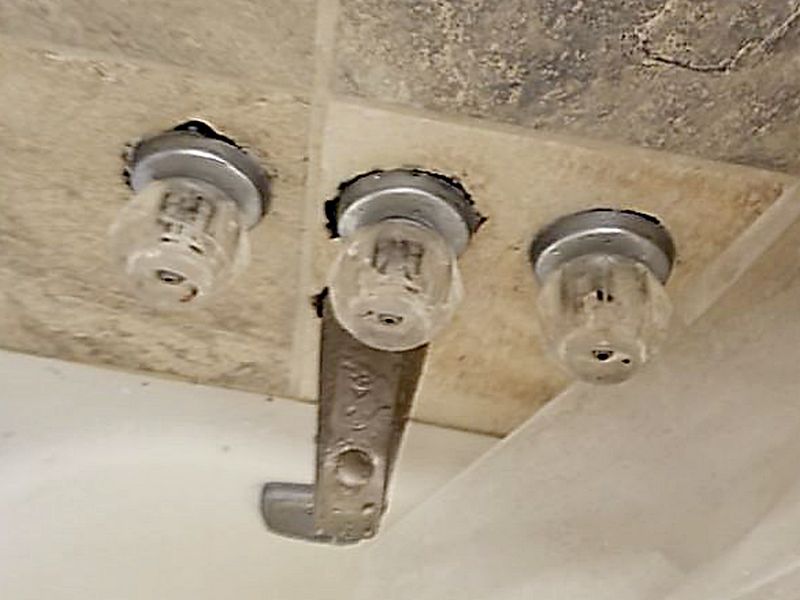
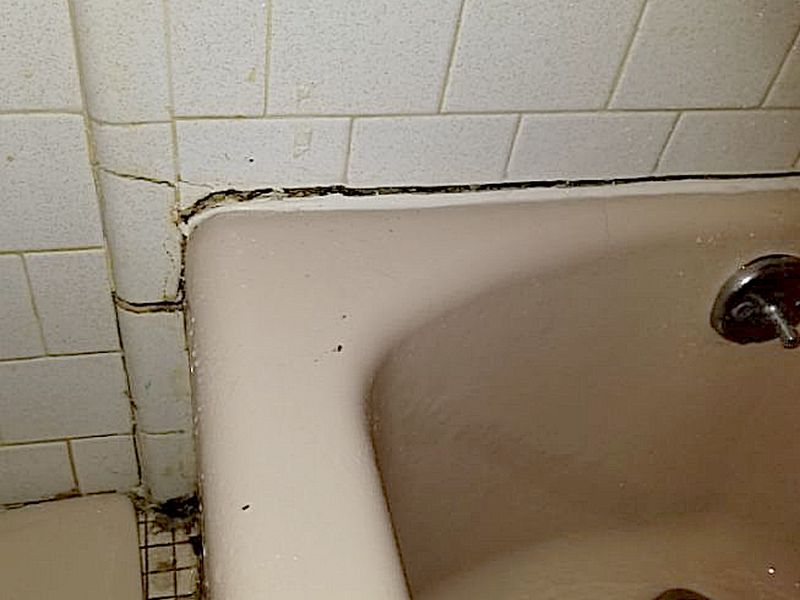
The tub/shower finish is damaged or chipped. Repair or replace the tub/shower as needed.
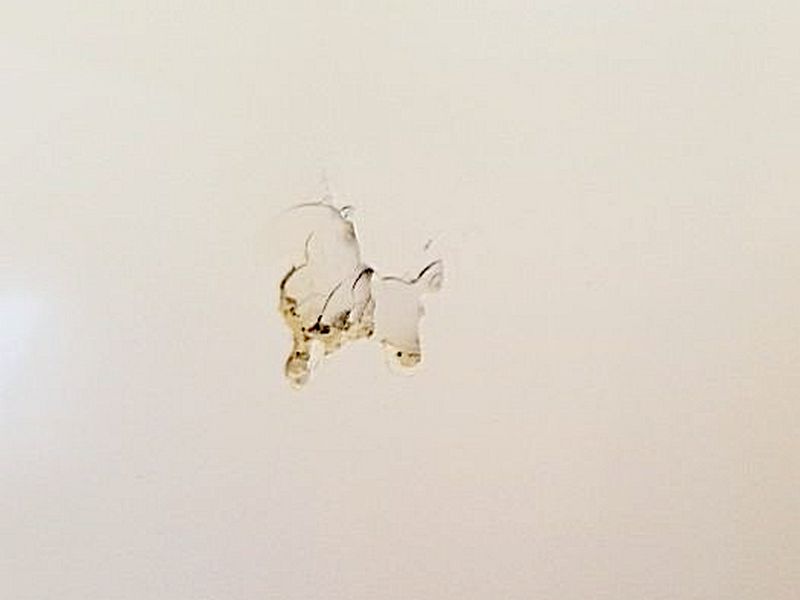
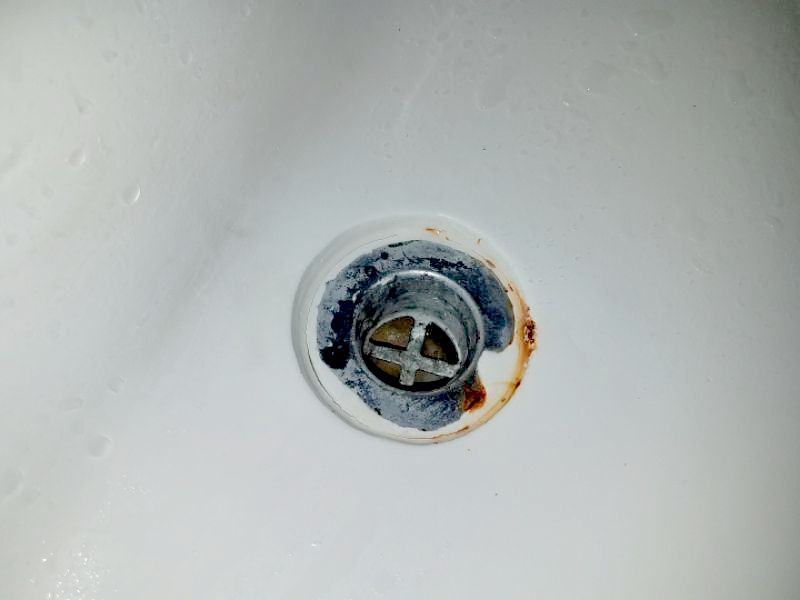
The surround is cracked or damaged. This permits water to penetrate behind the walls. Hidden damage may be present. Repair or replace the surround as needed.
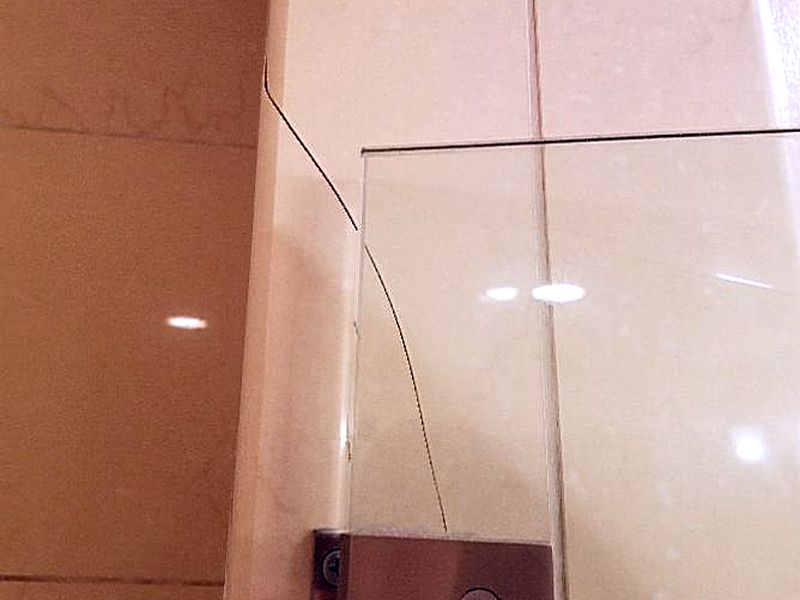
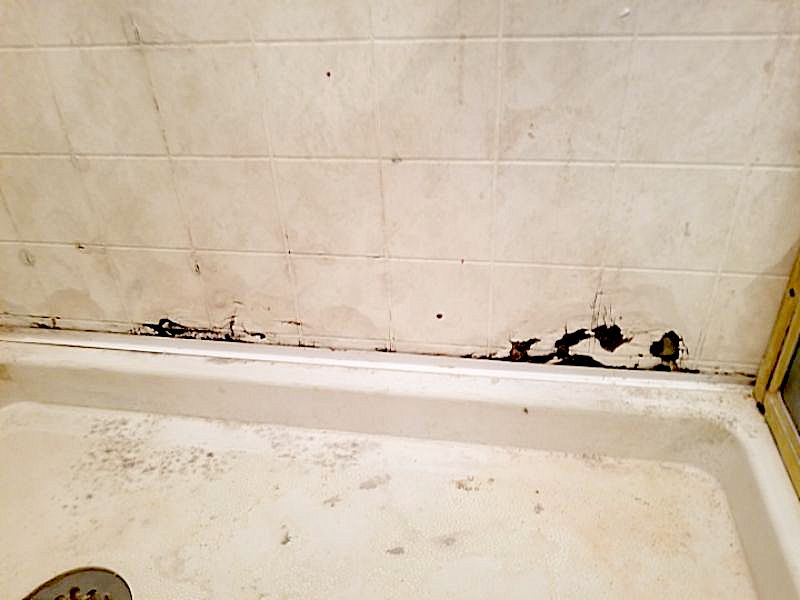
There are loose or damaged tiles in the tub/shower area. This permits water to penetrate behind the walls. Hidden damage may be present. Repair and regrout the tiles.
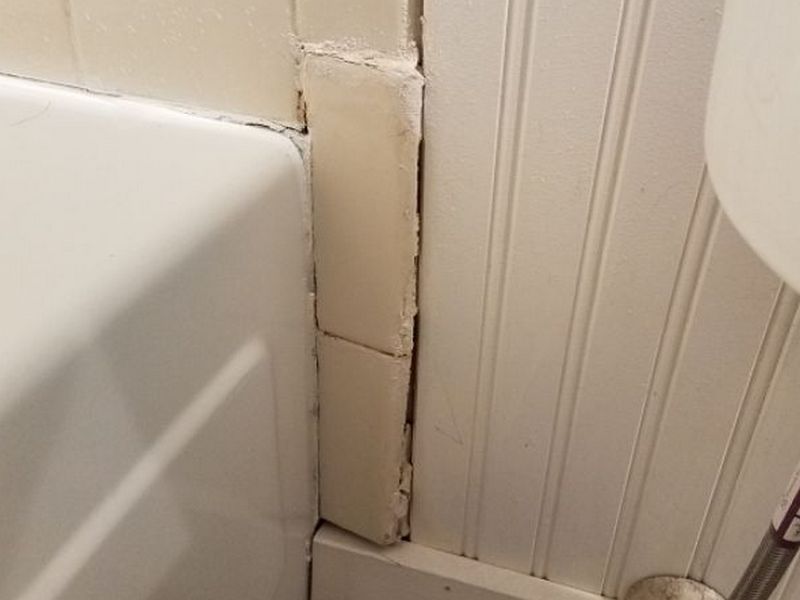
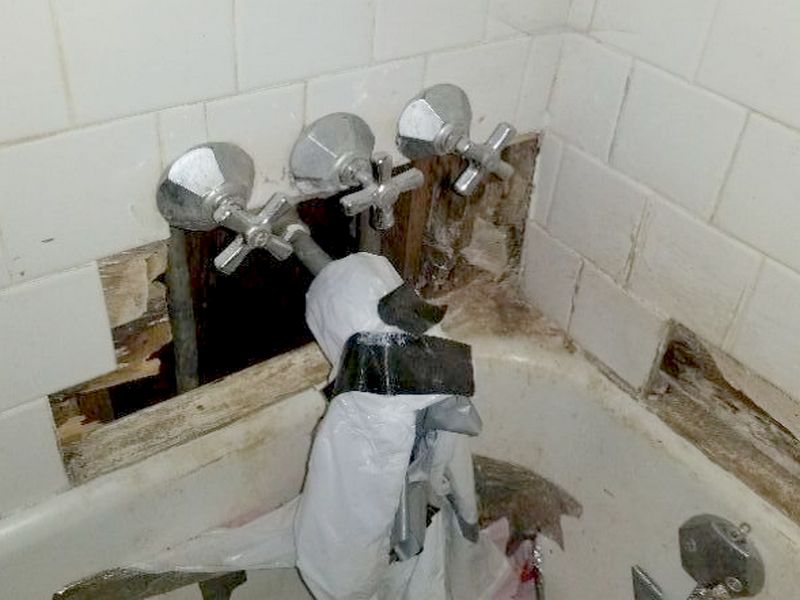
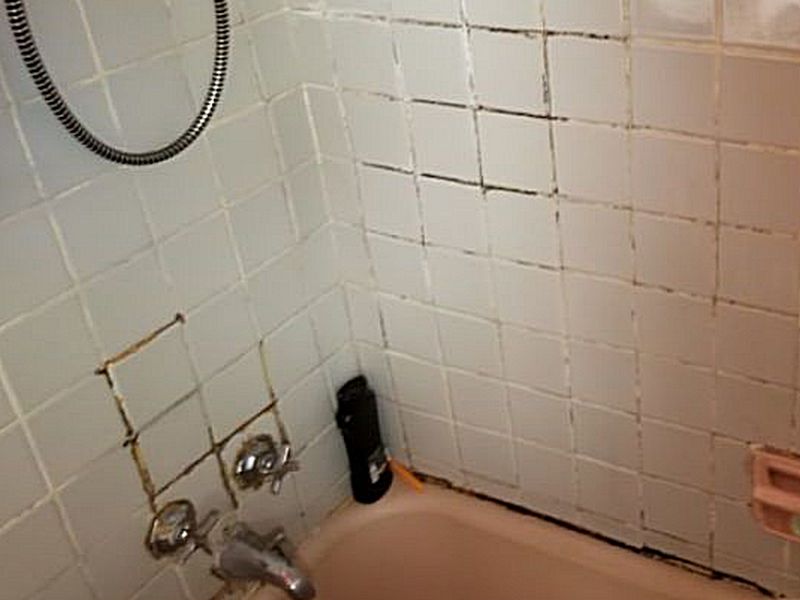
The surround is leaking. This permits water to penetrate behind the walls. Hidden damage may be present. Repair or replace the surround as needed.
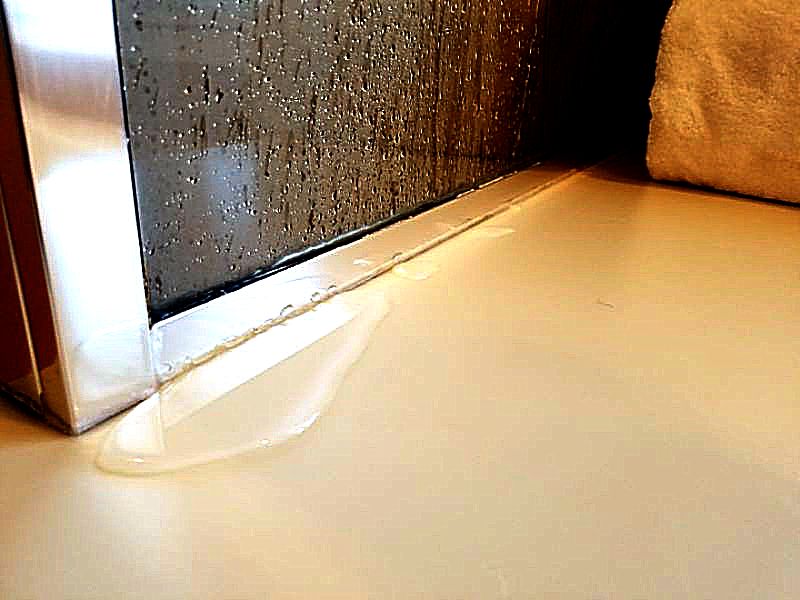
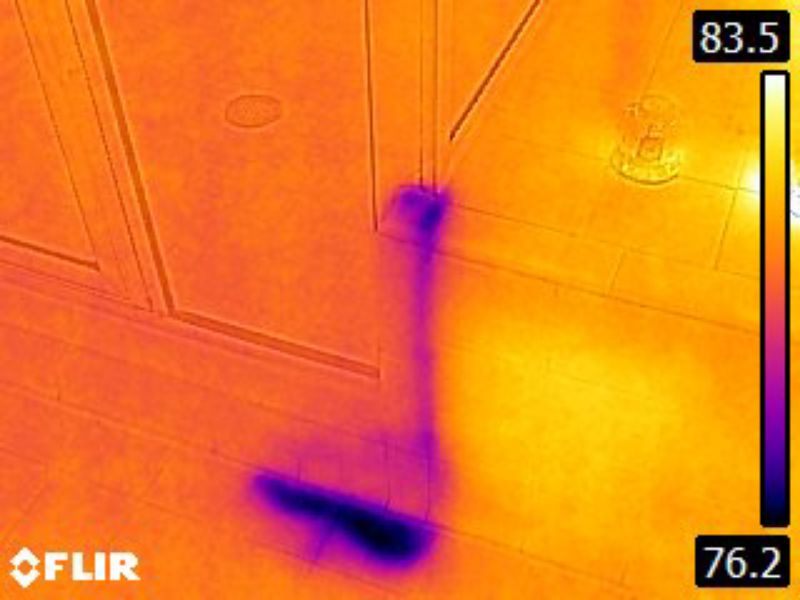
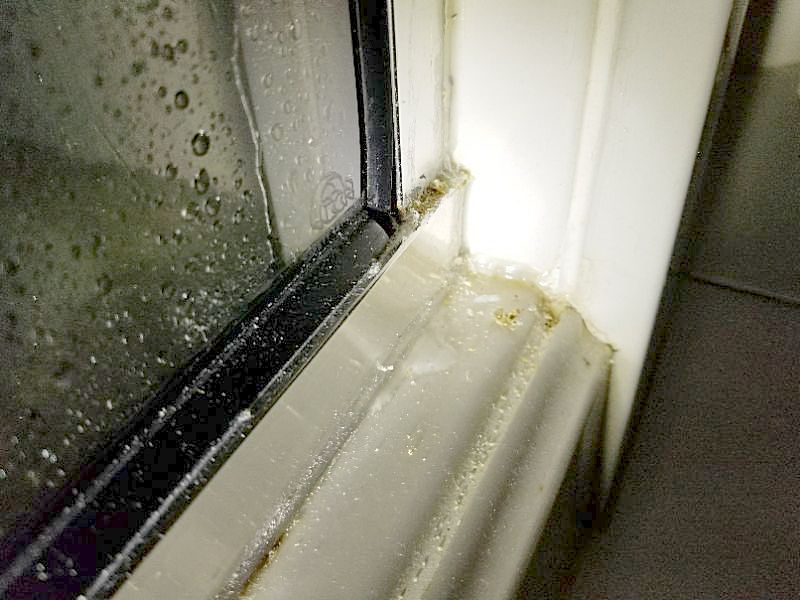
The tub/shower door handle is loose, broken, or missing. This affects proper operation. Replace the door handle.
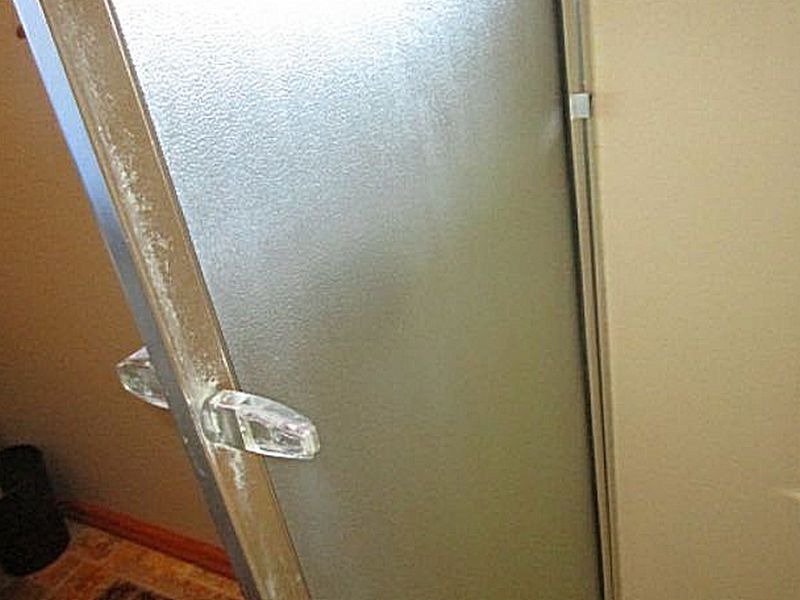
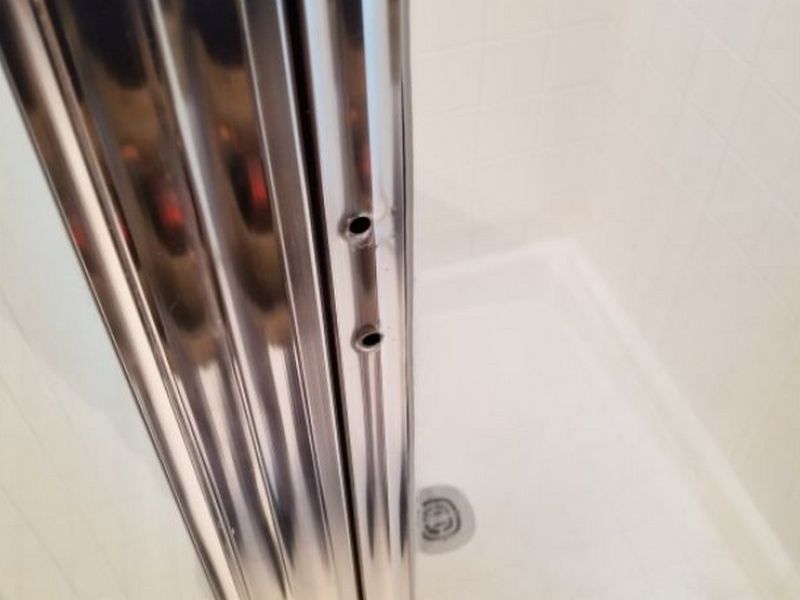
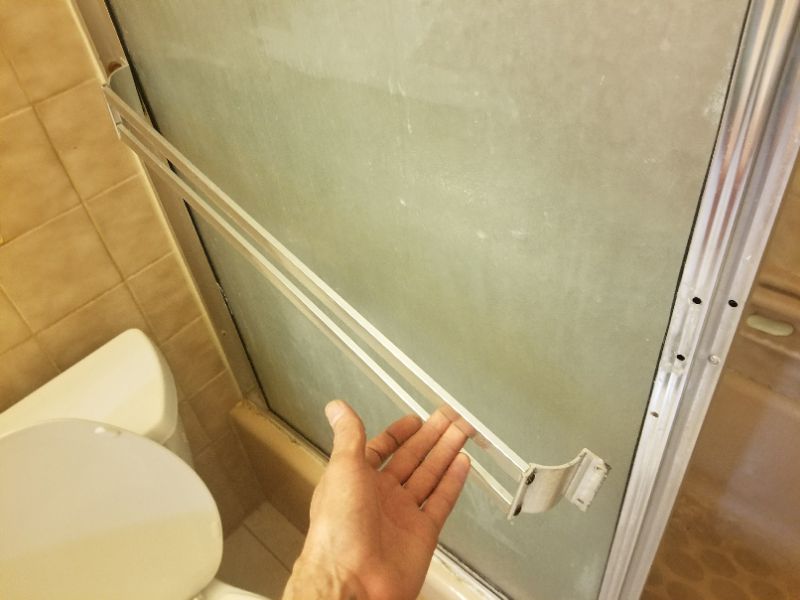
The tub/shower handhold is loose, broken, or missing. This is a safety concern. Replace the handhold.
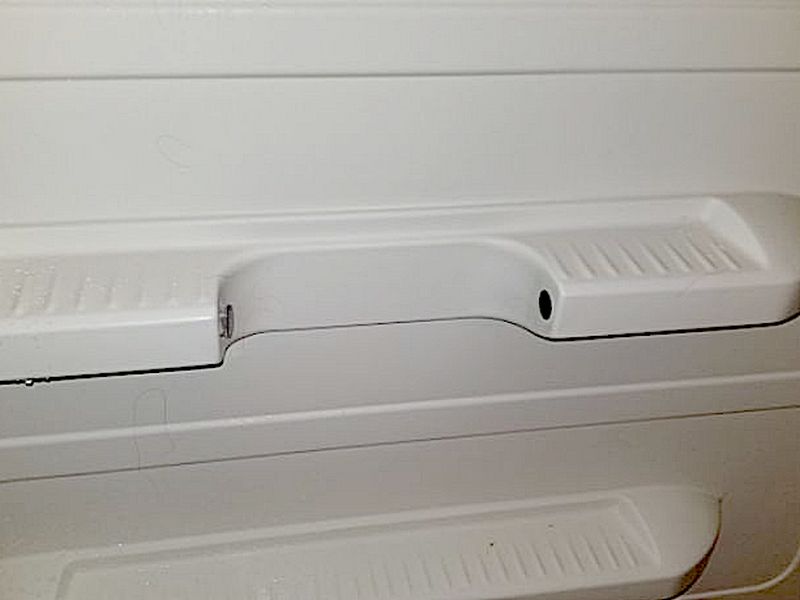
The tub/shower door needs adjustment or is broken. This affects proper operation, and can be a safety hazard. Adjust or replace the door.
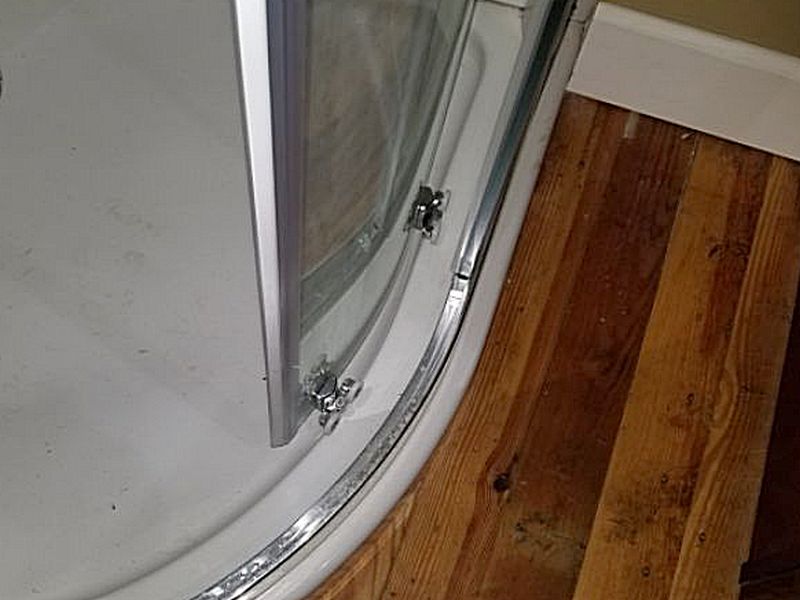
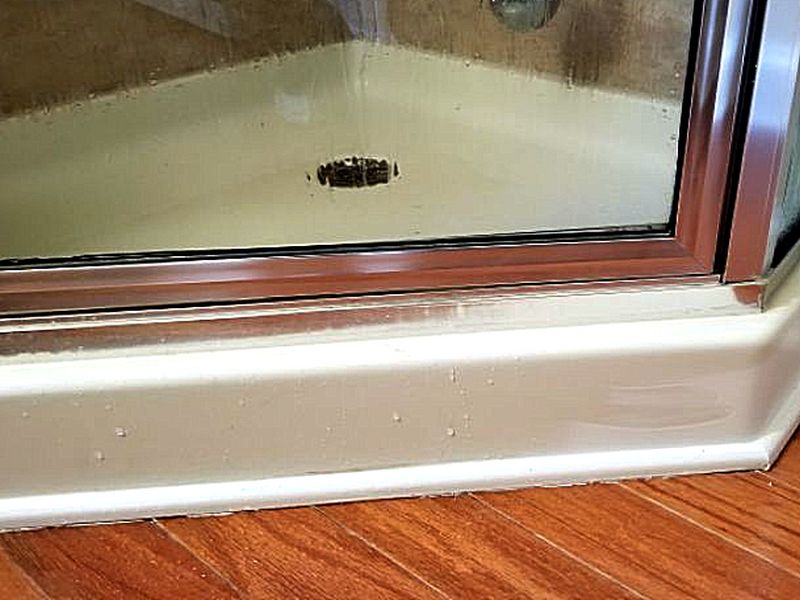
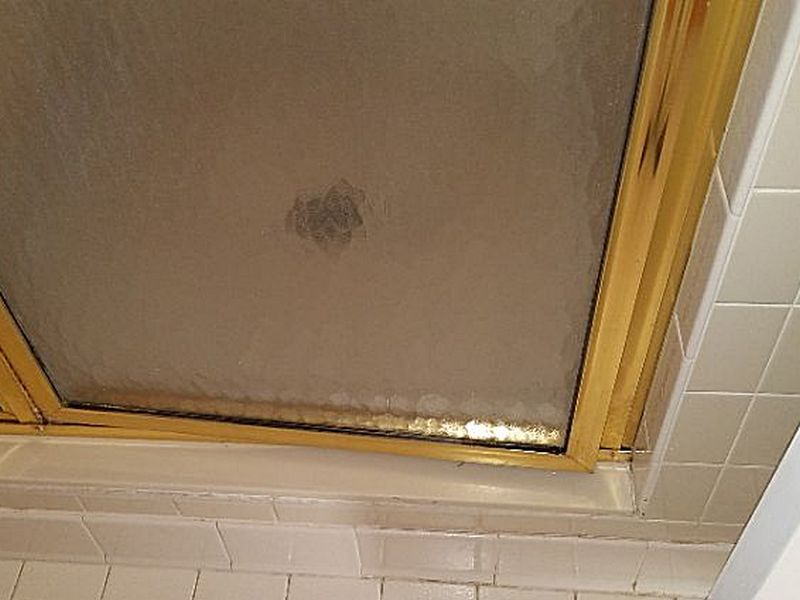
The tub/shower glass is cracked or broken. This is a safety hazard. Replace the glass.
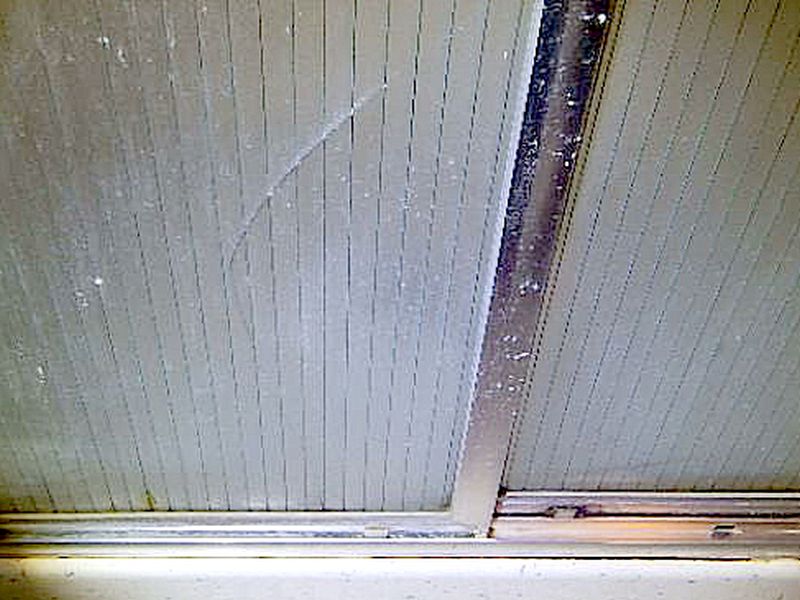
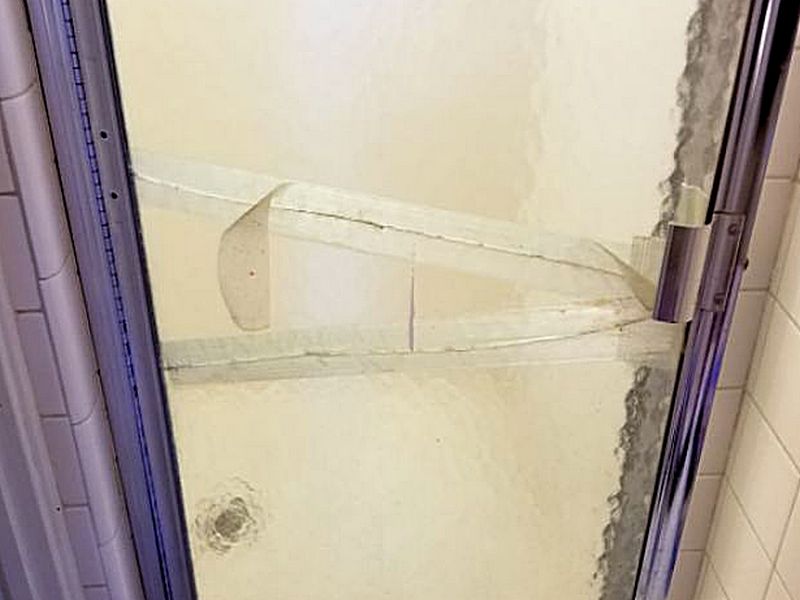
The tub/shower faucet is loose. This affects proper function and may allow leakage. Repair or replace the faucet.
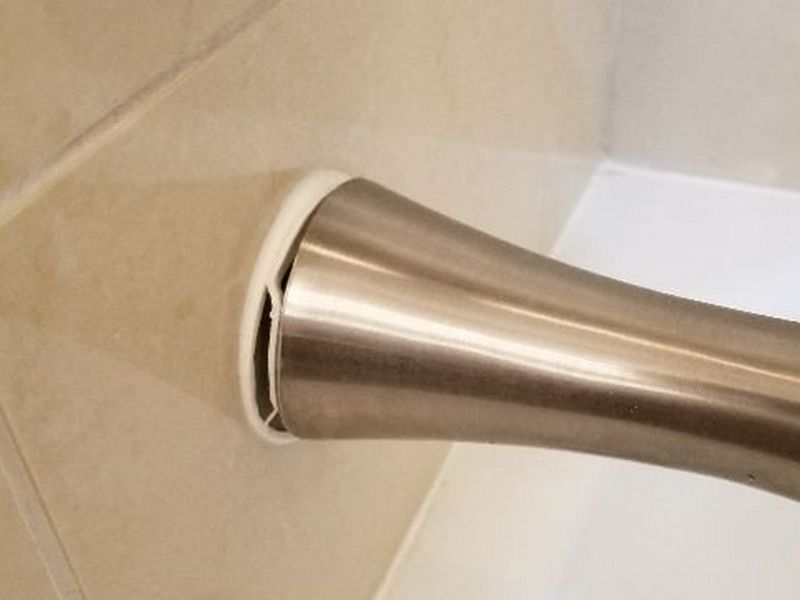
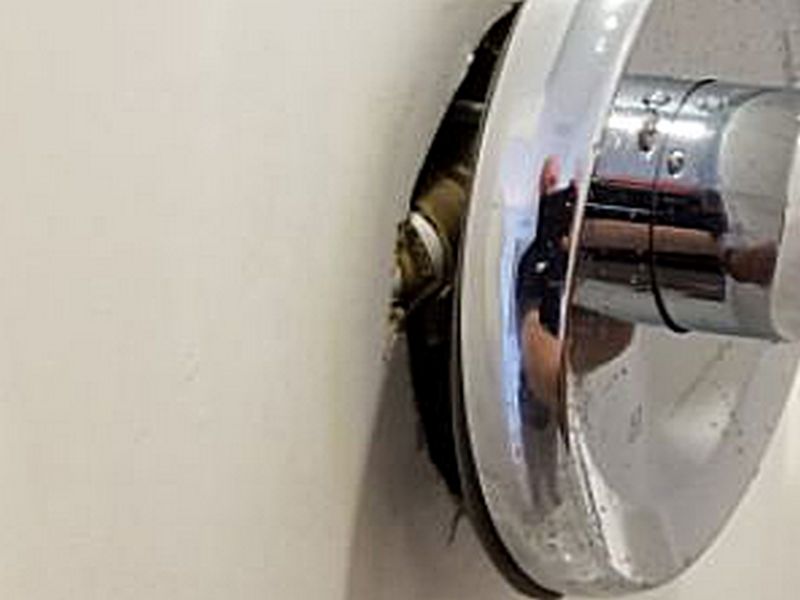
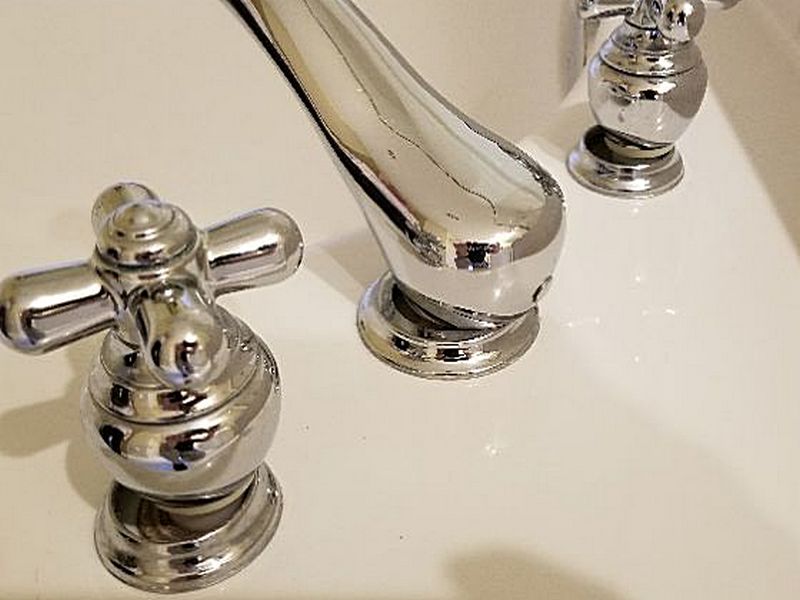
The tub/shower faucet handle is loose, damaged, or missing. This affects proper function. Repair or replace the faucet handle.
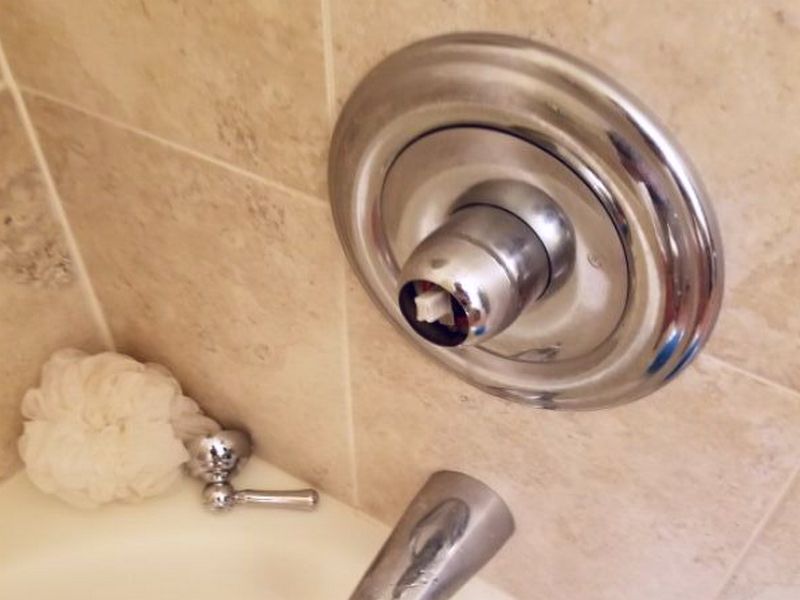
The tub/shower faucet is leaking. This can allow water damage. Repair or replace the faucet.
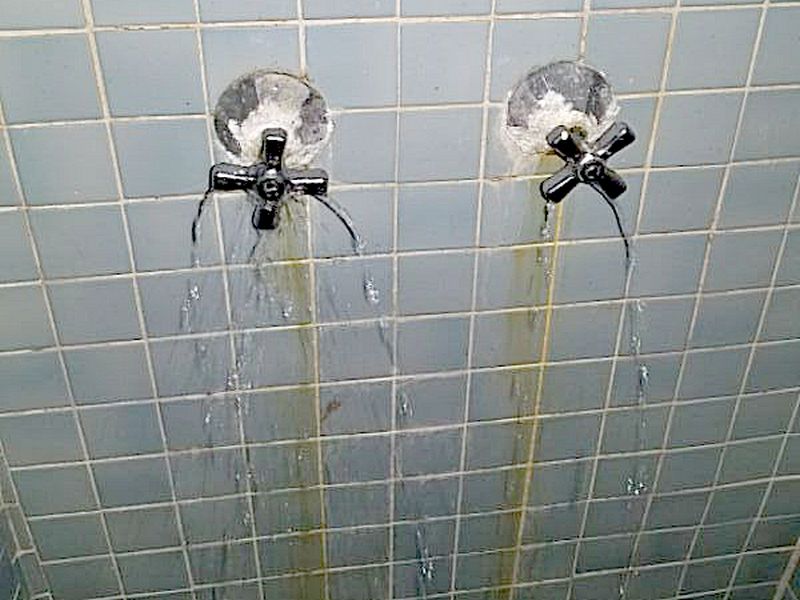

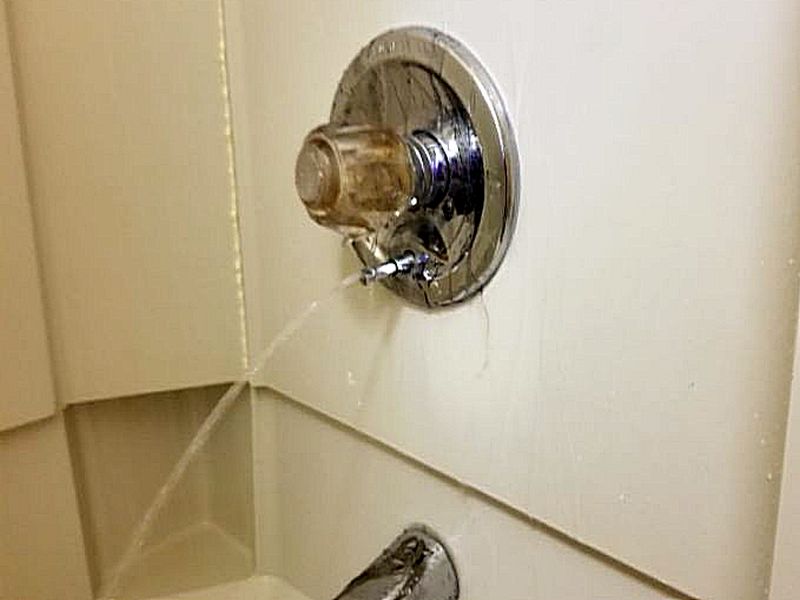
The tub/shower faucet is damaged. This affects proper function and may allow leakage. Repair or replace the faucet.
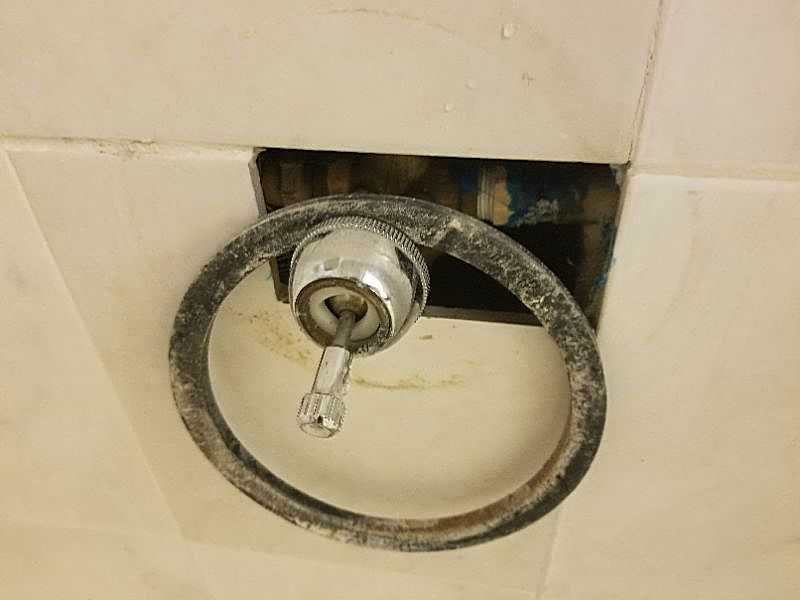
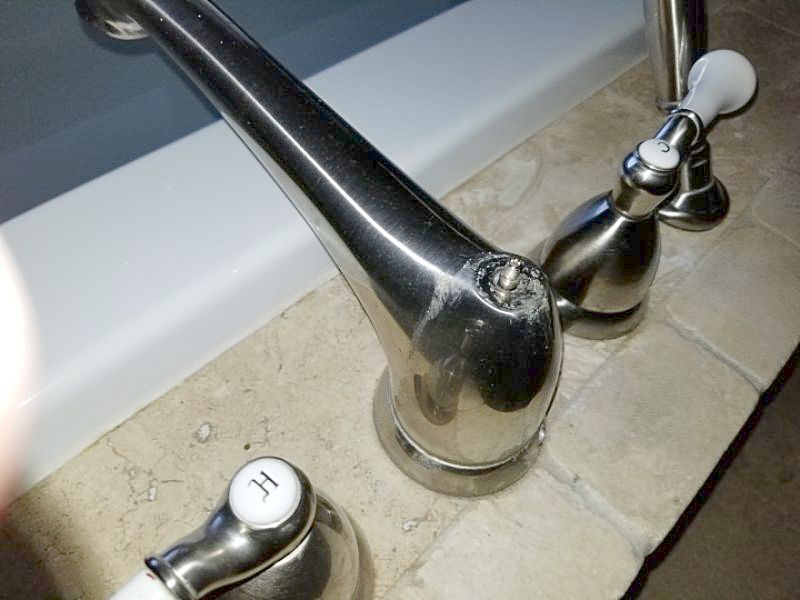
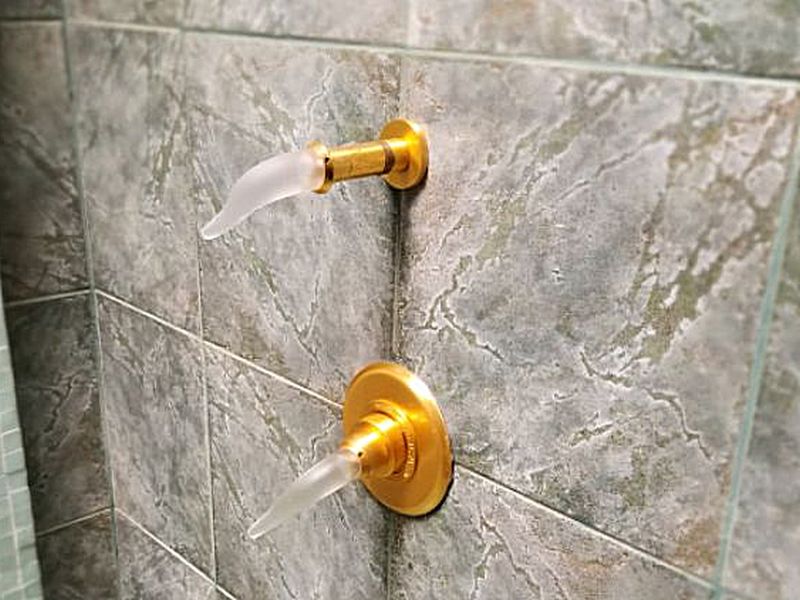
The tub/shower faucet is corroded. This makes the faucet unreliable and may allow leakage. Repair or replace the faucet.
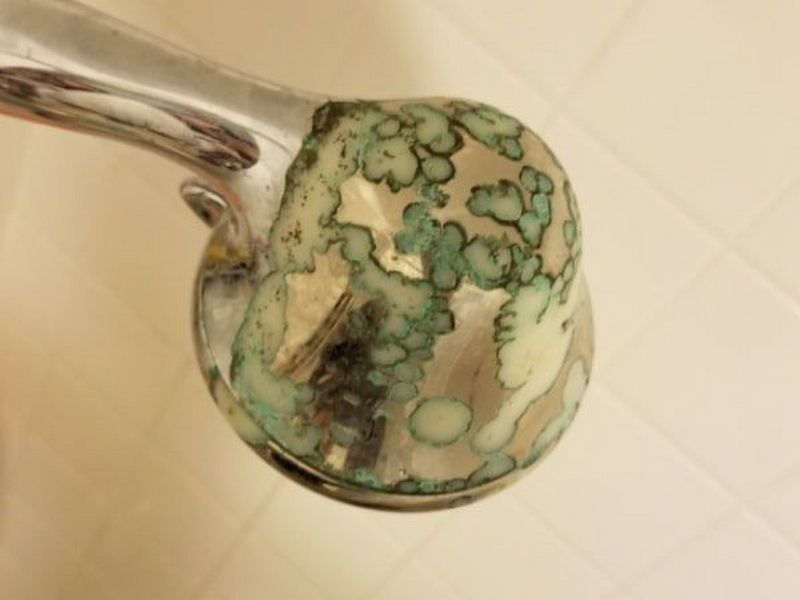
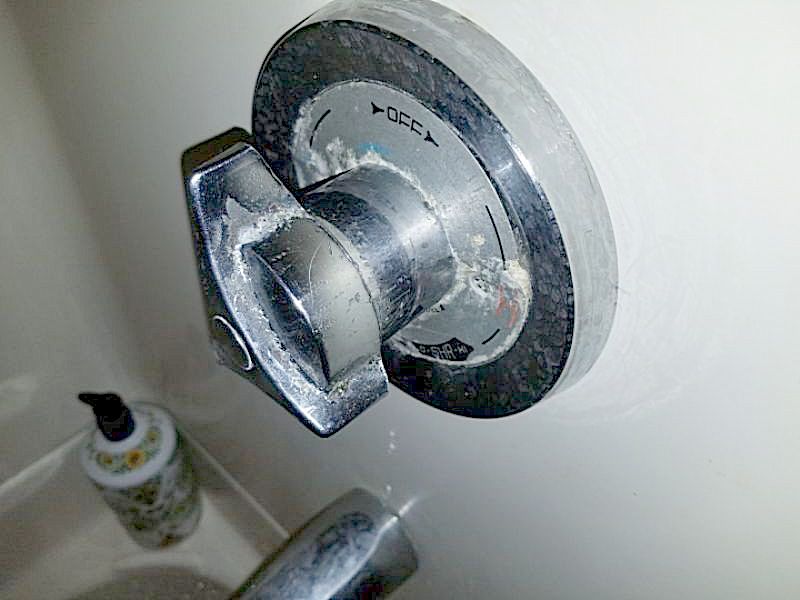
The tub/shower faucet is inoperative. This prevents proper function. Repair or replace the faucet.
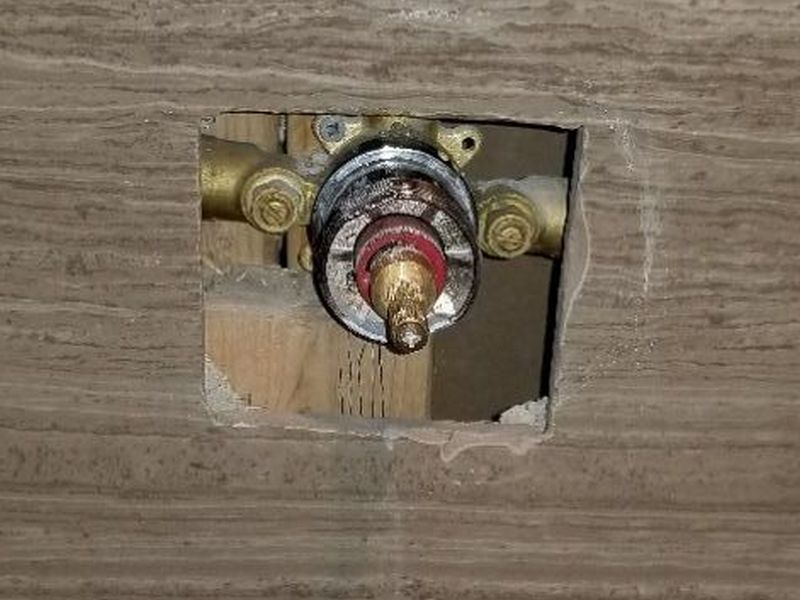
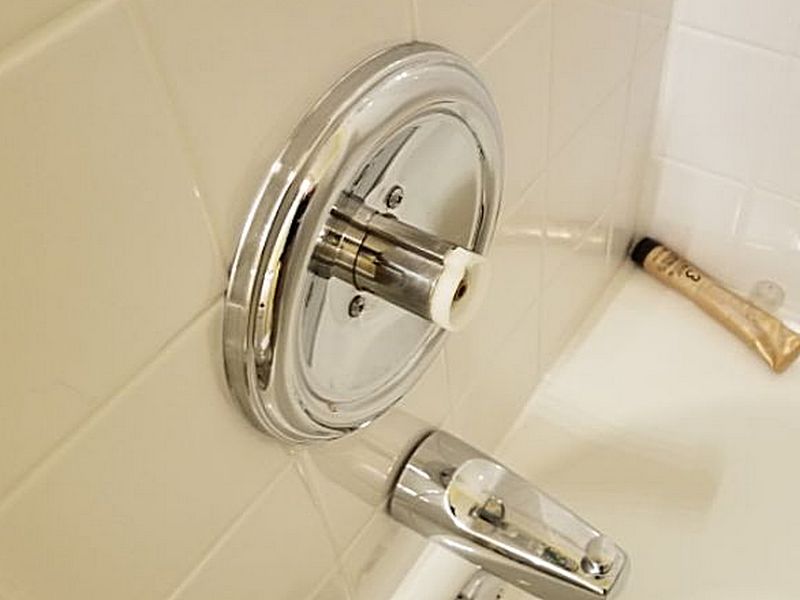
The shower head is loose. This can cause water damage to unprotected areas. Repair or replace the shower head.
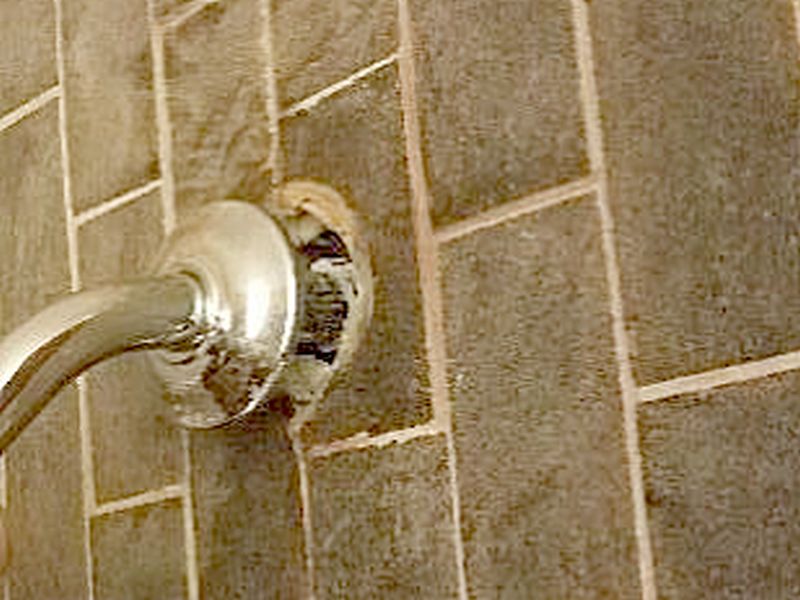
The shower head is leaking. This can cause water damage to unprotected areas. Repair or replace the shower head.
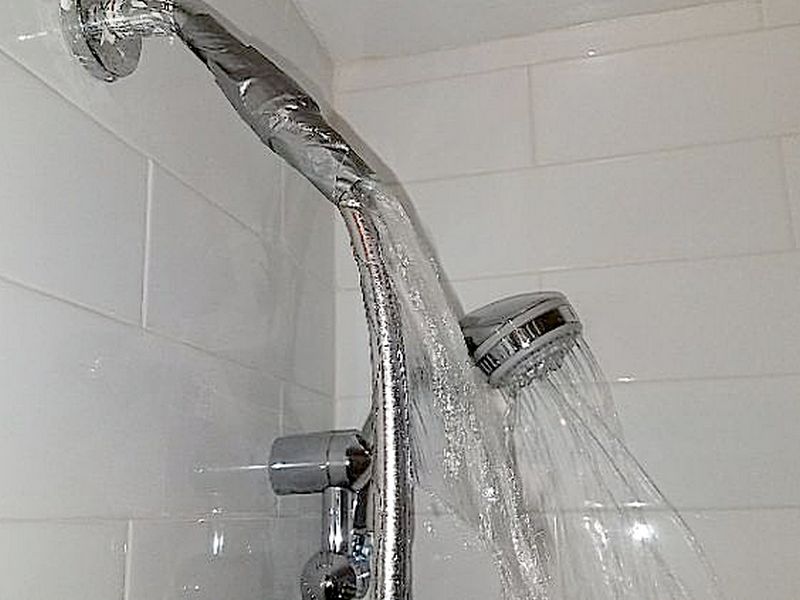
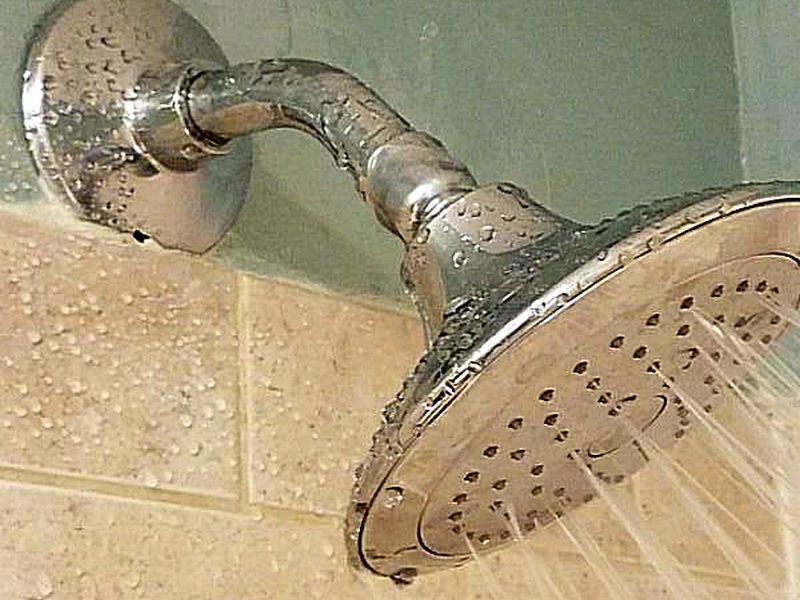
The tub/shower diverter valve is inoperative. This affects proper function. Repair or replace the diverter valve.
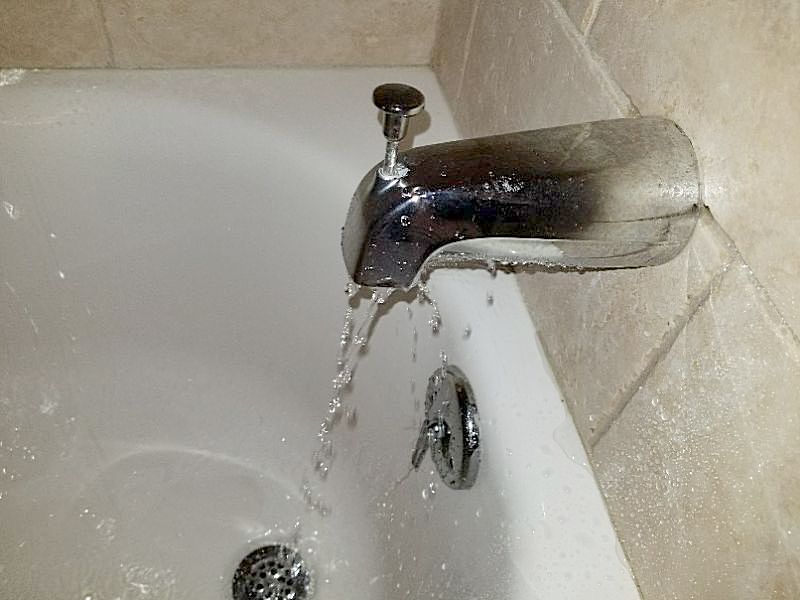
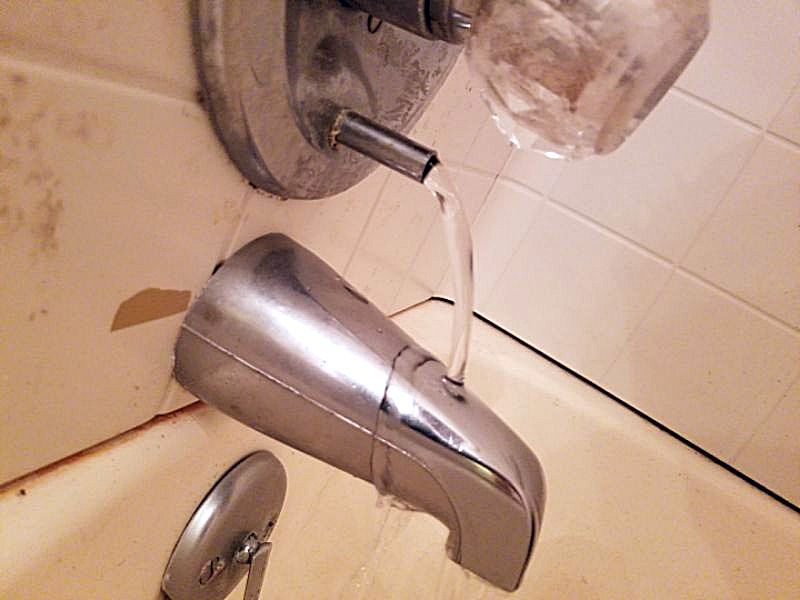
The tub/shower diverter valve is missing. This affects proper shower function. Hire a plumber for repairs as needed.
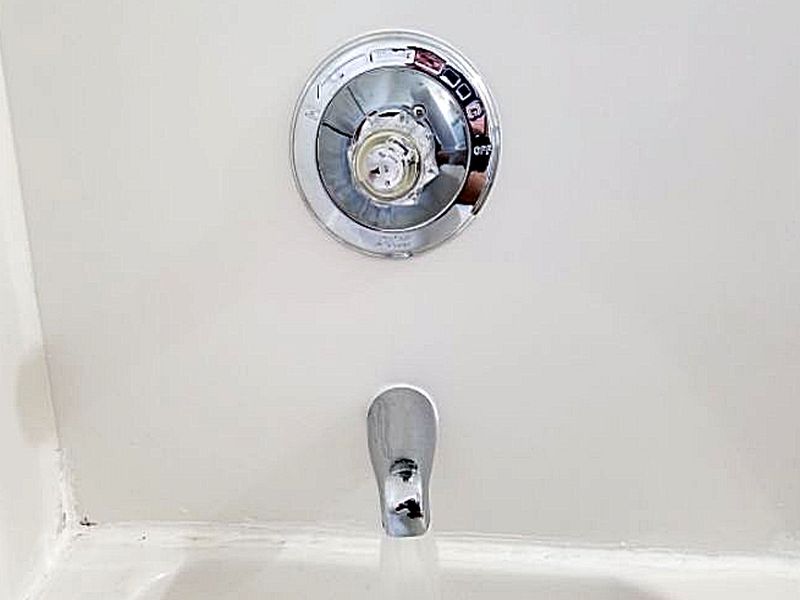
The tub/shower hot and cold water supplies are reversed. This is a safety hazard. Hire a plumber to make the needed repairs.
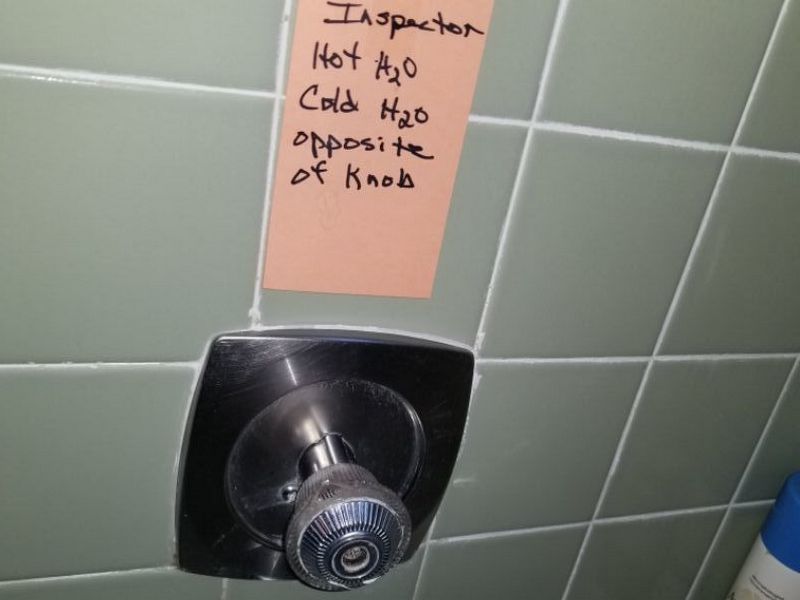
The tub/shower water pressure is too low. This affects proper function. Hire a plumber to evaluate the system and to make required repairs.
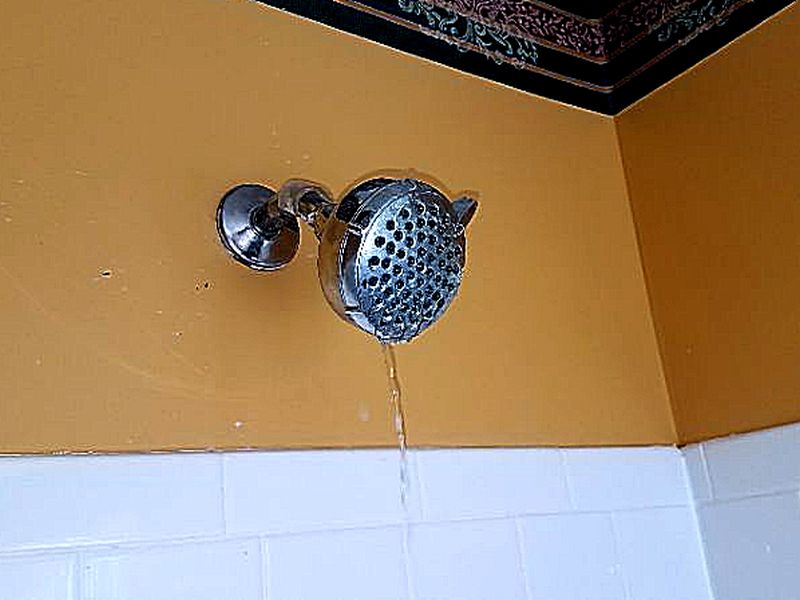
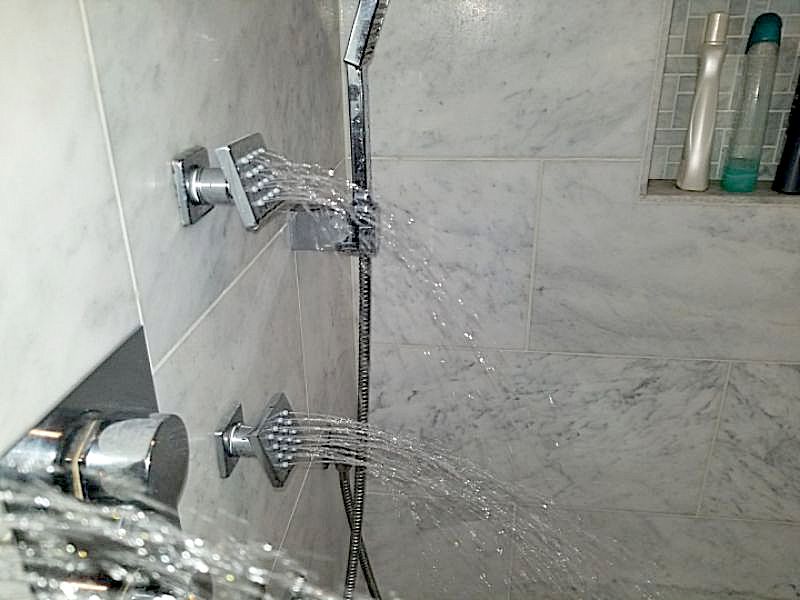
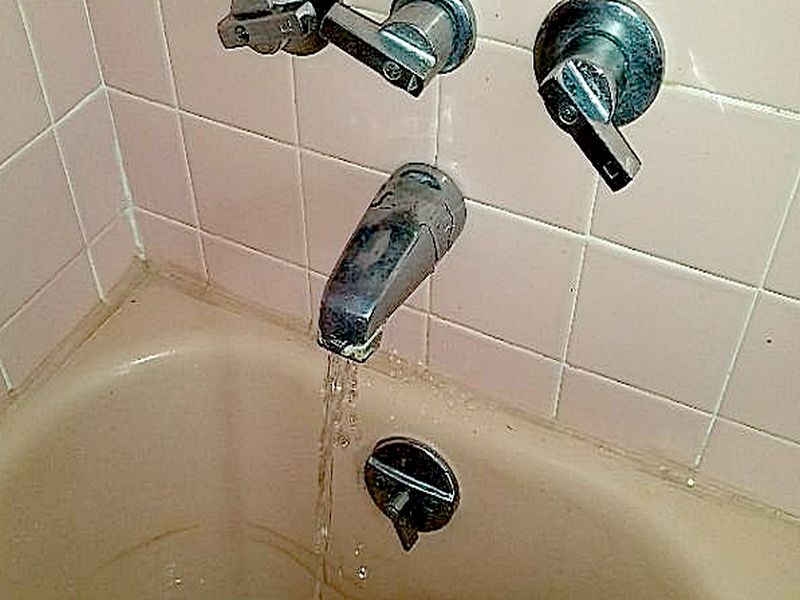
Tub/Shower Limitation and Information Statements
Water service to tub/shower is off, visual inspection: Water service for the tub/shower is not turned on; we do not operate shut-off valves. Therefore, portions of the tub/shower which require water for operation are visually inspected only.
Shower pan inaccessible, no detailed inspection: The shower pan is inaccessible, which prevents detailed inspection. Shower pans tend to leak/fail without notice and typically cannot be repaired. Evaluation of condition of shower pans is based on visible evidence of leakage, such as visible stains or dampness at adjacent floors and walls.
Sink
When it comes to the problems that are possible, sinks are like small bathtubs. They must hold water without leaking. They have a faucet, water supply lines, often a spray arm, and a drain. Add on to that potential concerns about stability; will the basin fall off of the wall or the whole fixture and cabinet tip over?
For the inspection, just running water into the sink is not a reliable way to test the drain. The pipes must be fully charged with water. Start with the hot side: is it on the left? Close the stopper and fill the sink partially full. DO NOT turn your back on it or walk away! Open the stopper and drain the water. Now you can reliably check for leaks using your flashlight, hands, and IR camera. Include the supply lines; are there shut-off valves? Is the drain correctly configured? Ensure that the sink is secure on the cabinet and the cabinet is attached to the wall. If it’s a free-standing model, the basin should be attached to the wall and also bearing on the pedestal. Inspect for any damage and for the faucet’s condition and functionality. While not clearly required by most Codes, bathroom sinks (lavatories) usually have overflow drains. These can’t be relied upon to prevent flooding but do aid in drainage.
The sink stopper is damaged or missing. This affects proper function. Replace the stopper.
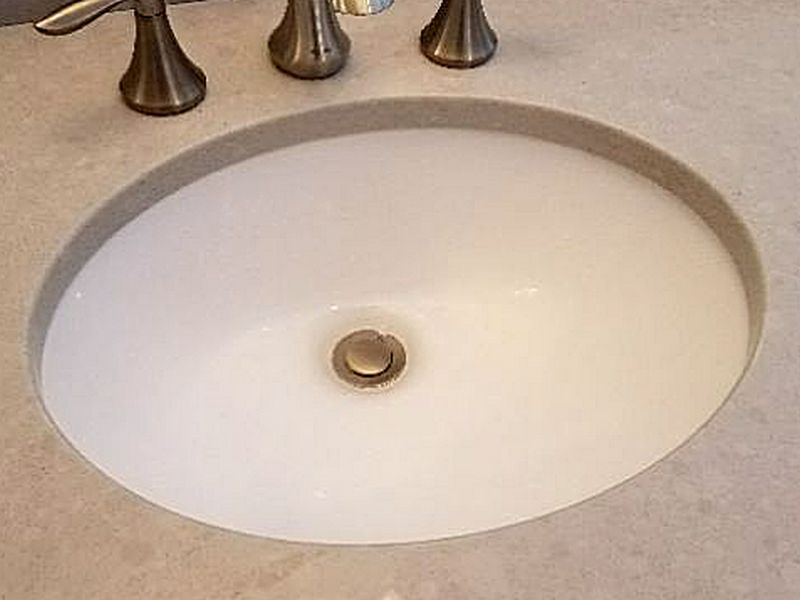
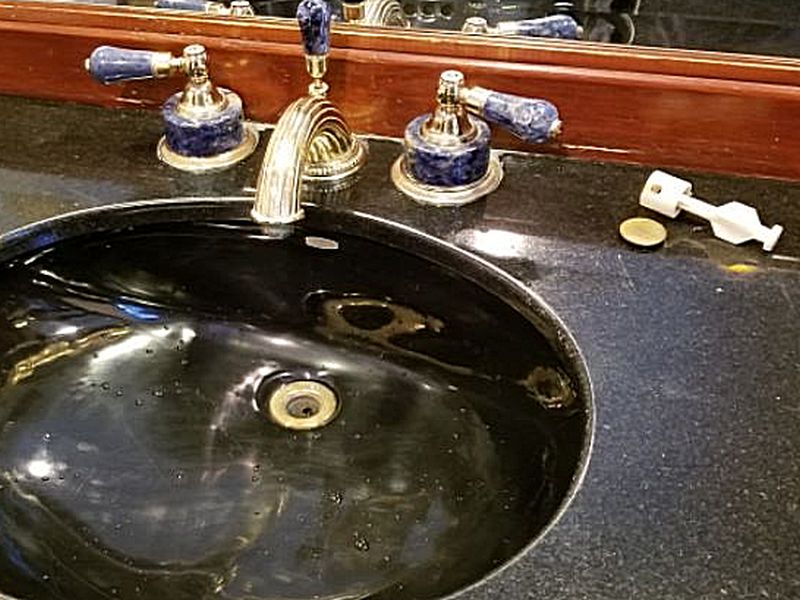
The sink drain is leaking. This can allow water damage. Repair or replace the drain.
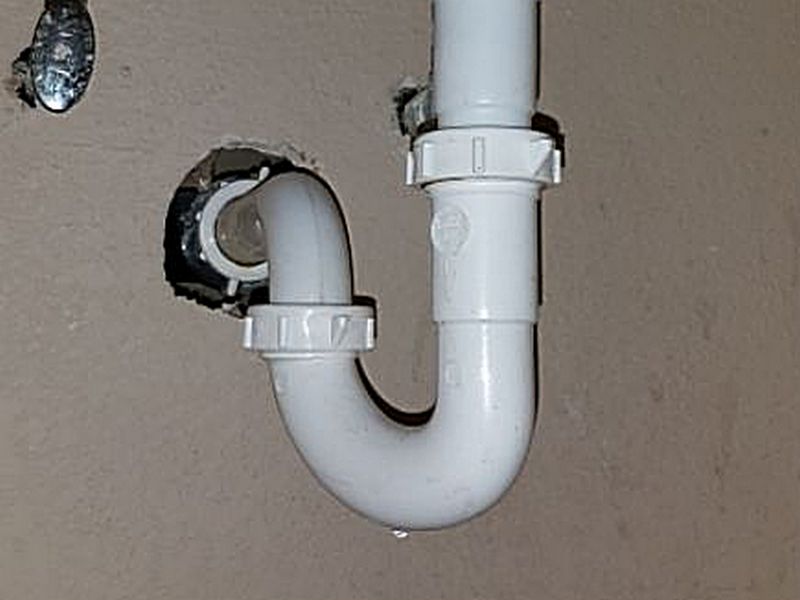
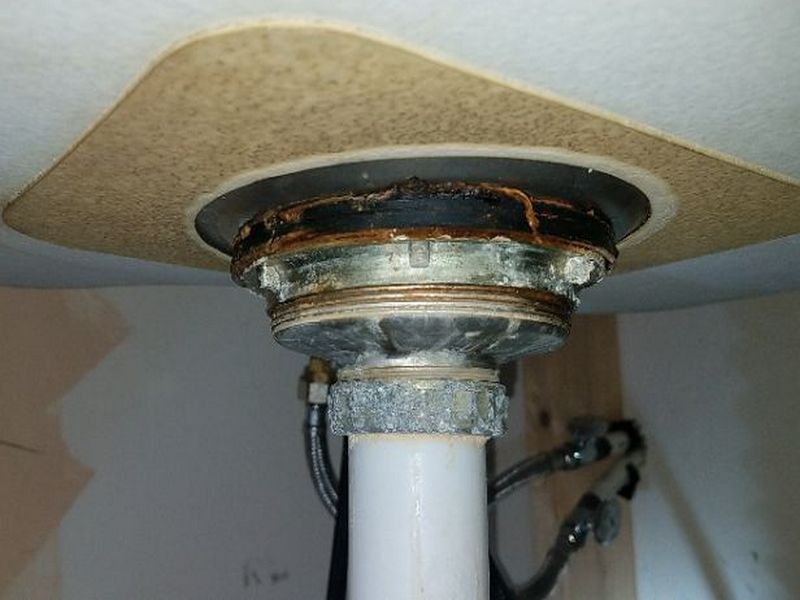
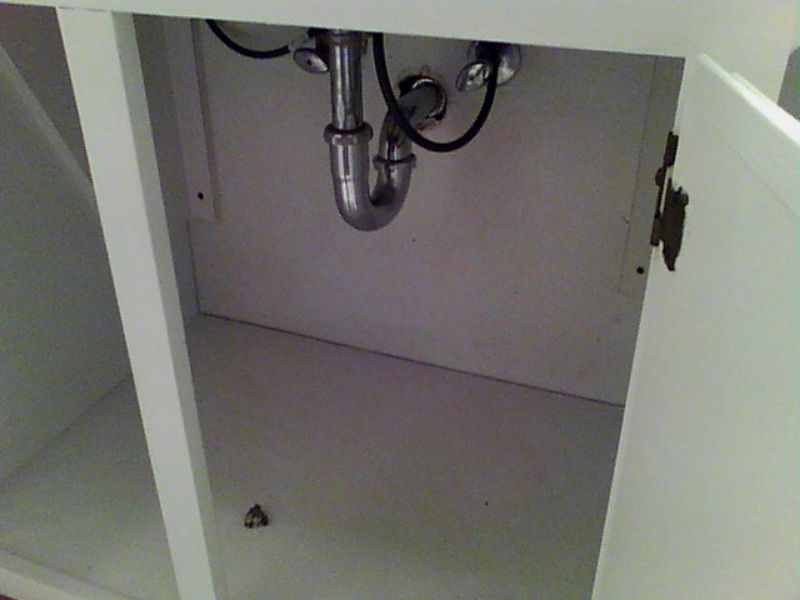
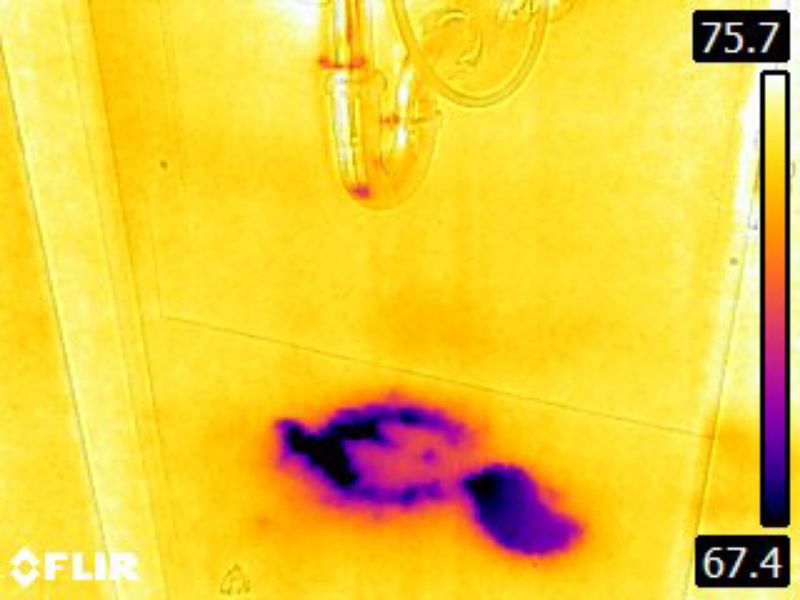
The sink is slow to drain. This prevents proper function. As part of a home inspection, the exact condition of the interior of the plumbing pipes could not be determined. Hire a plumber to evaluate the system and to make repairs.
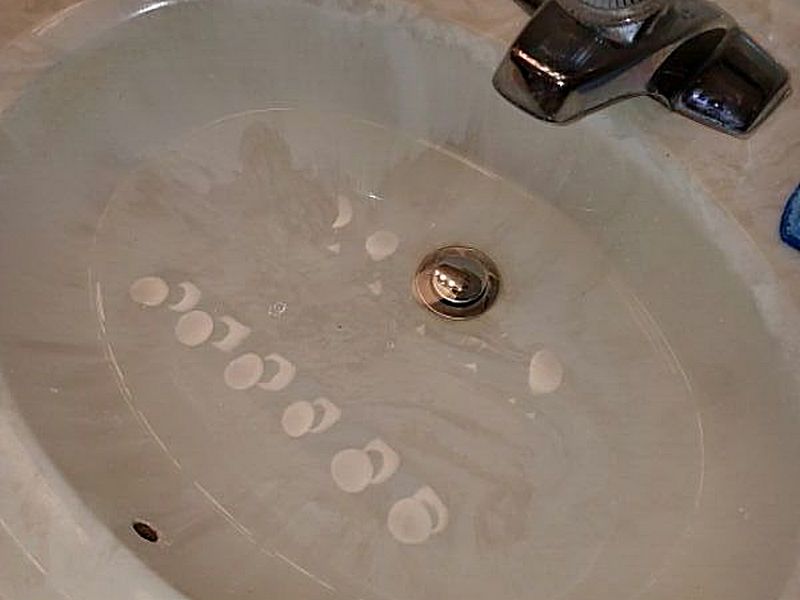
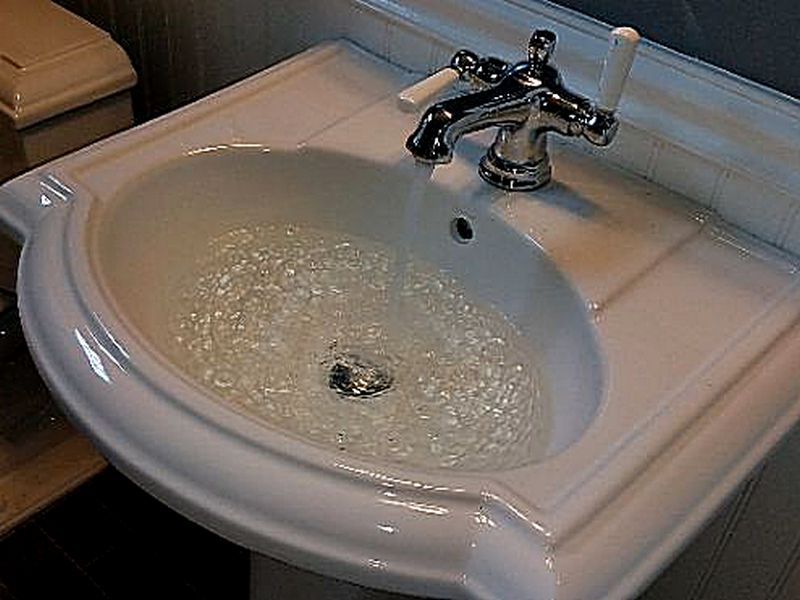
There is no overflow drain at the sink. This can allow water damage. Hire a plumber to evaluate the system and to make repairs as needed.

The sink finish is damaged or chipped. Repair or replace the sink.
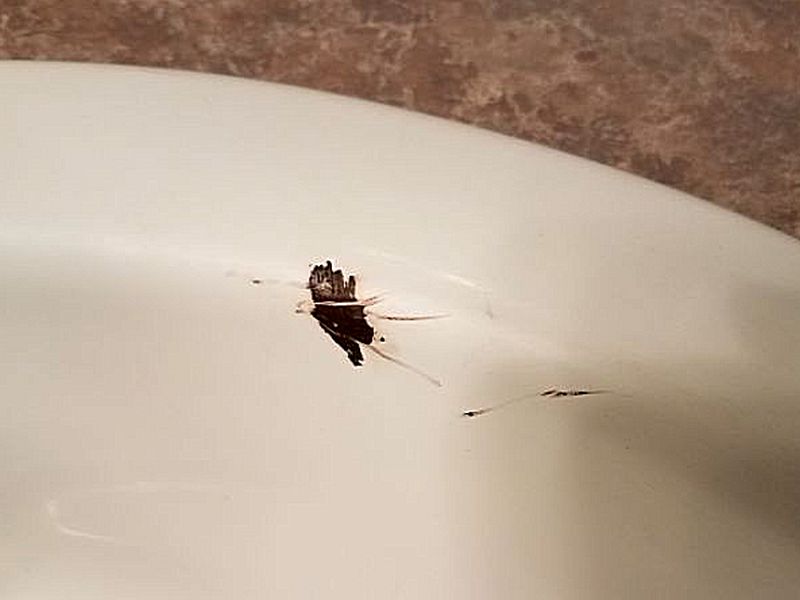
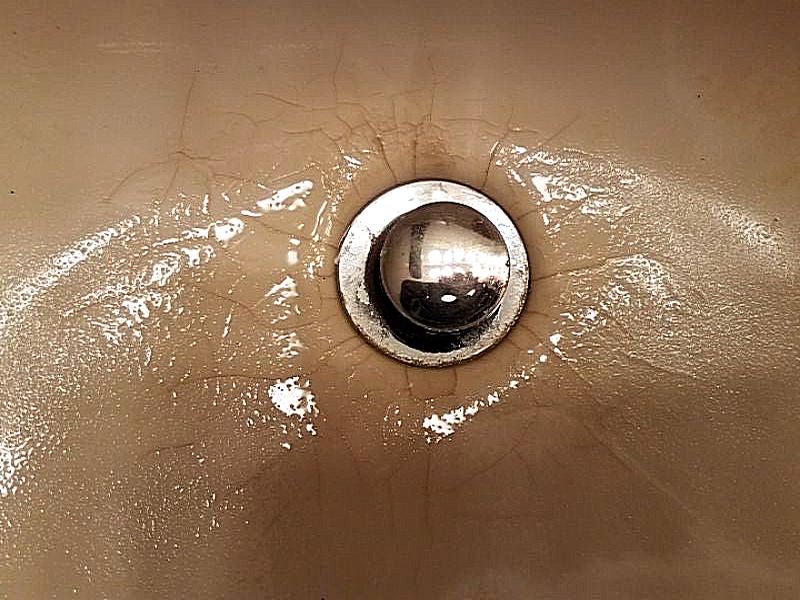
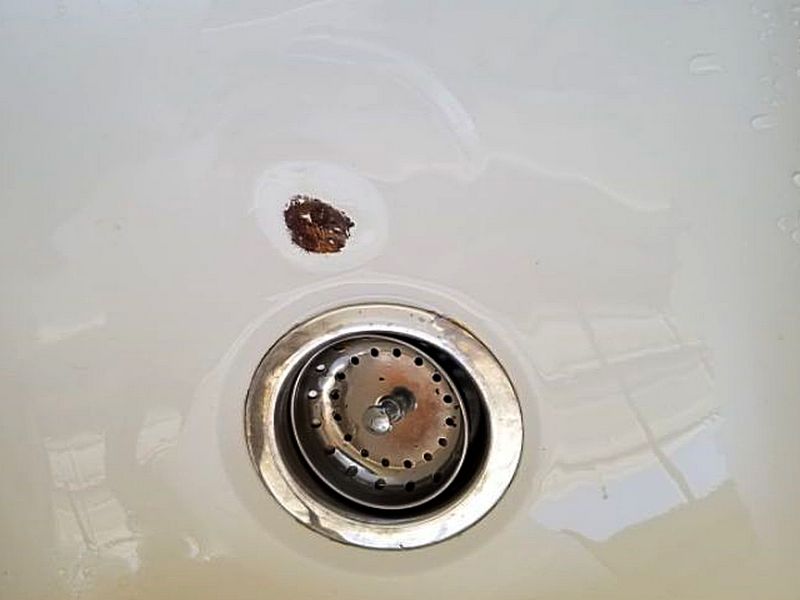
The sink is damaged or deteriorated. This can allow leaks. Repair or replace the sink.
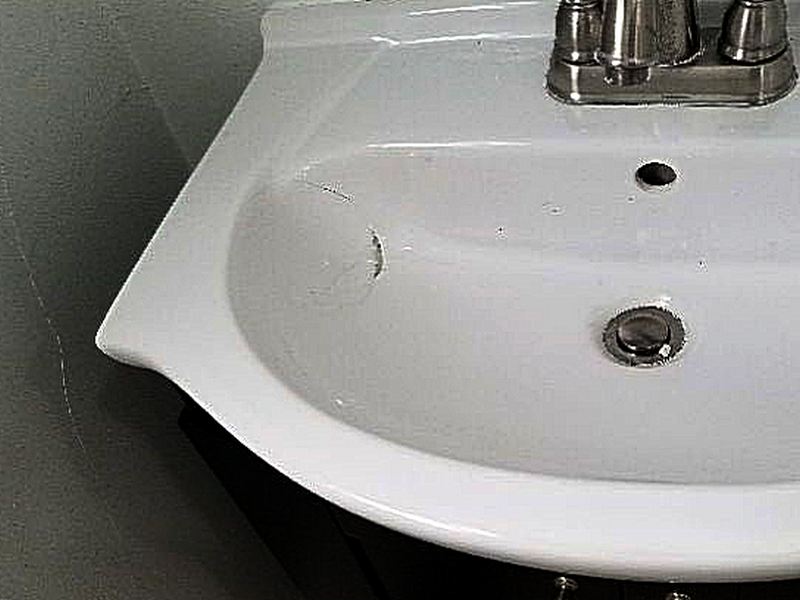
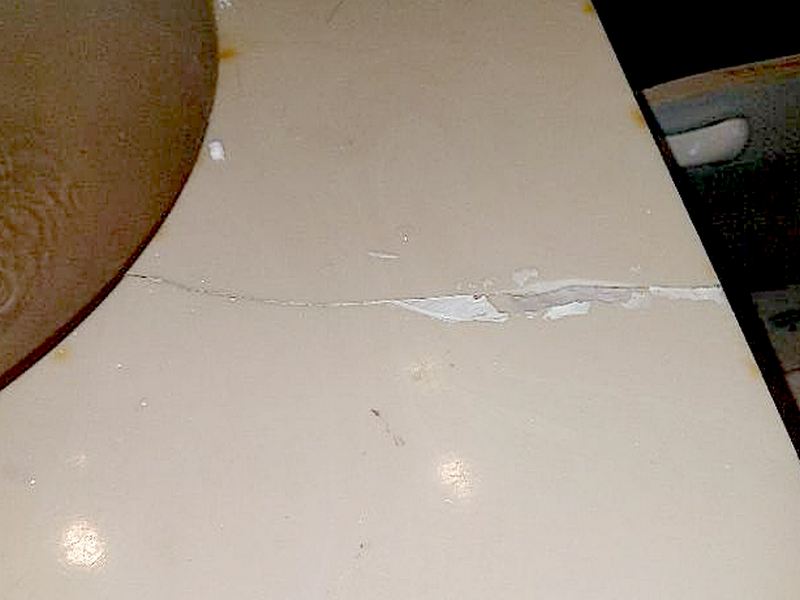
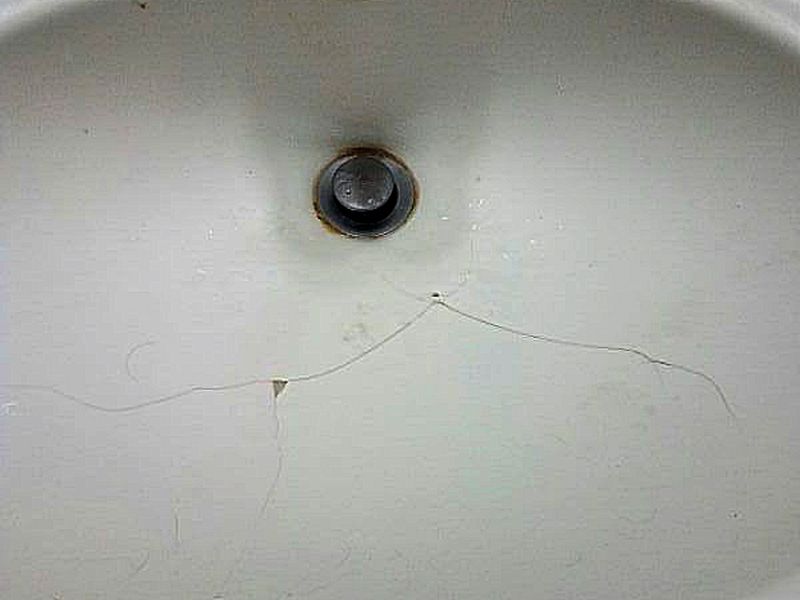
The sink is inadequately secured. This can cause leaks and is a safety hazard. Secure the sink.
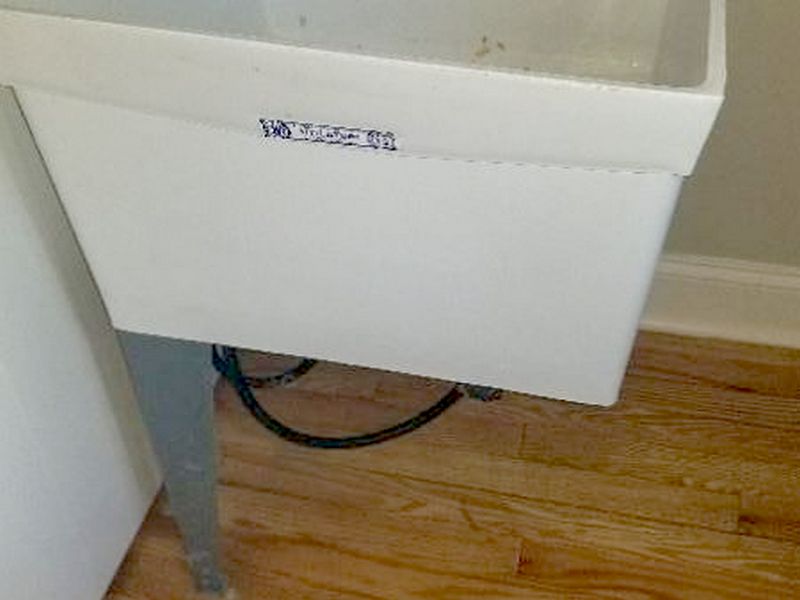
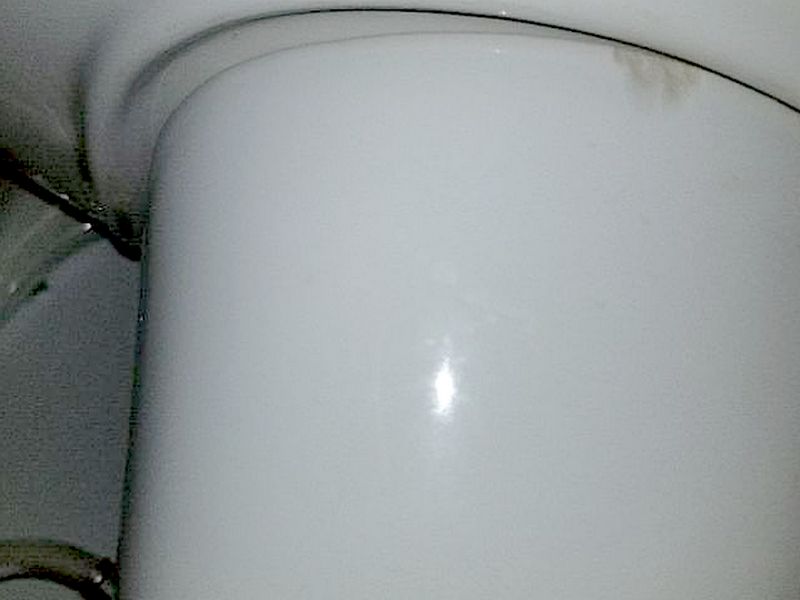
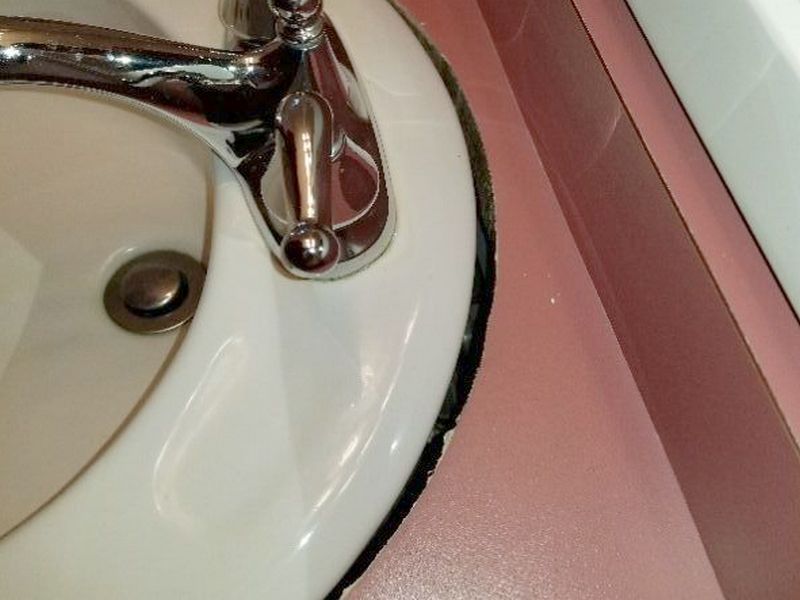
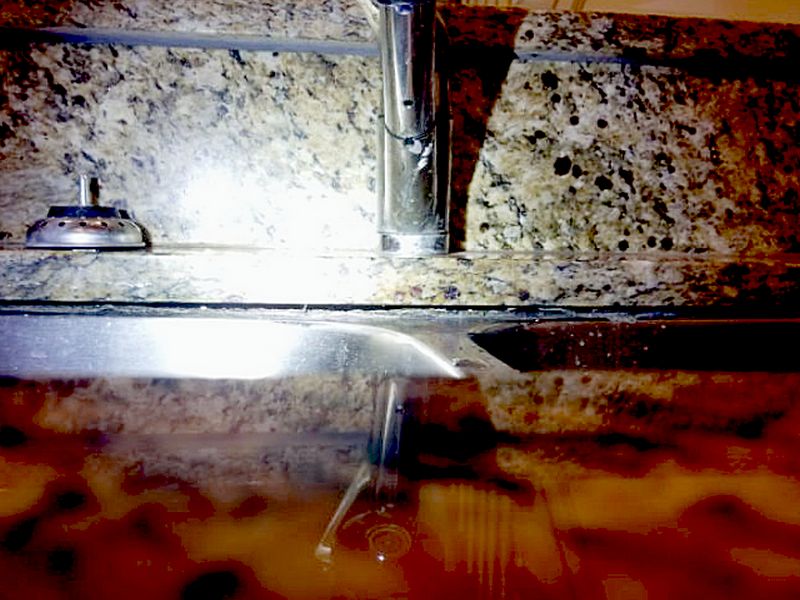
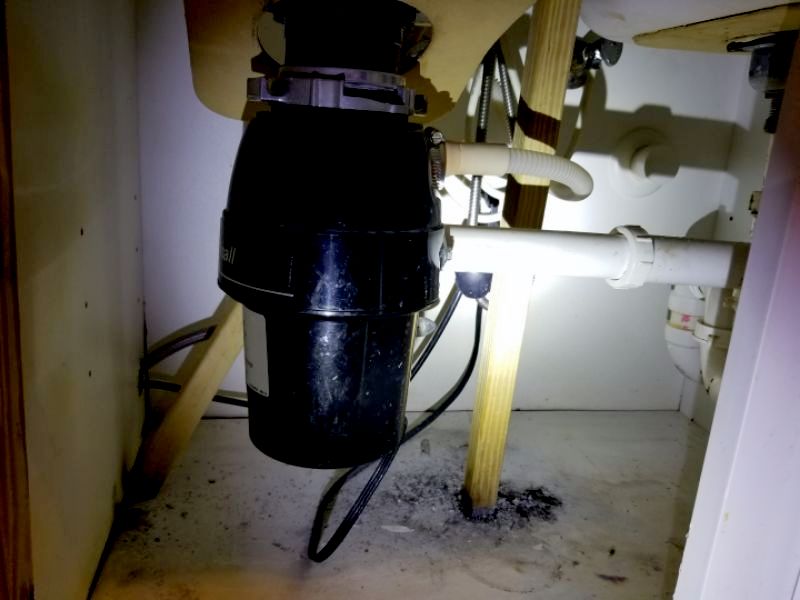
The caulk or grout is deteriorated/missing at the sink. This permits water penetration into the surround areas. Regrout and recaulk as needed.
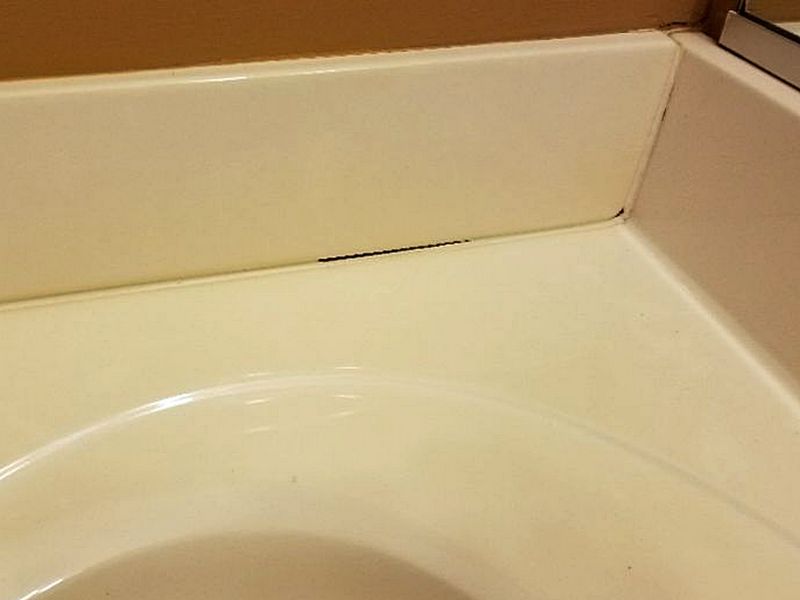
The sink faucet is loose. This affects proper function and may allow leakage. Repair or replace the faucet.
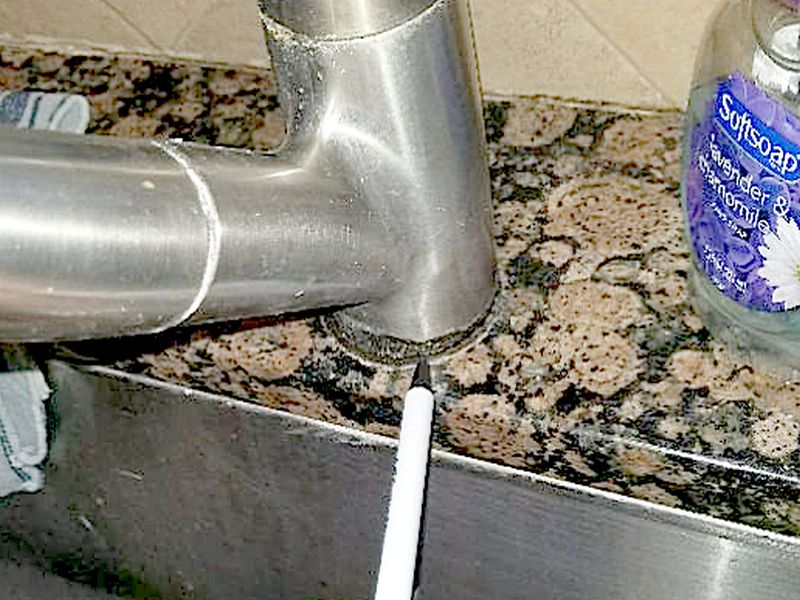
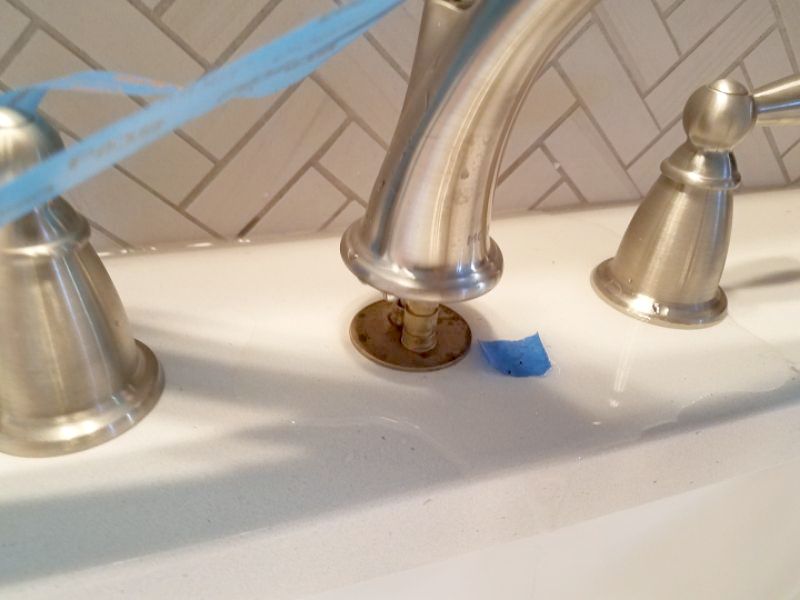
The sink faucet is damaged. This affects proper function and may allow leakage. Repair or replace the faucet.
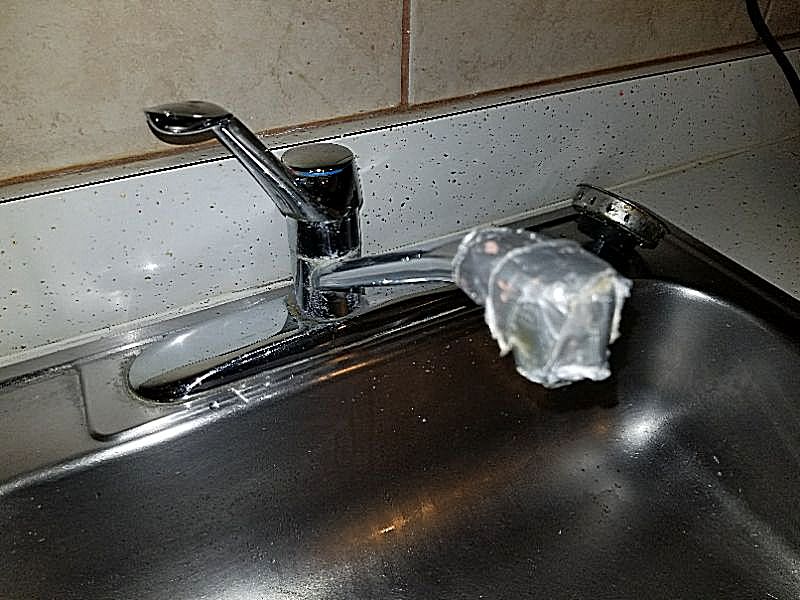
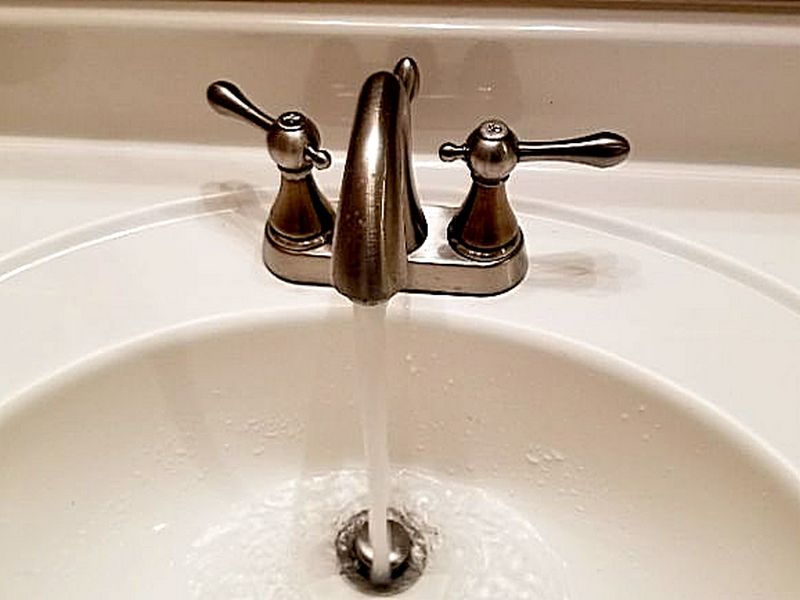
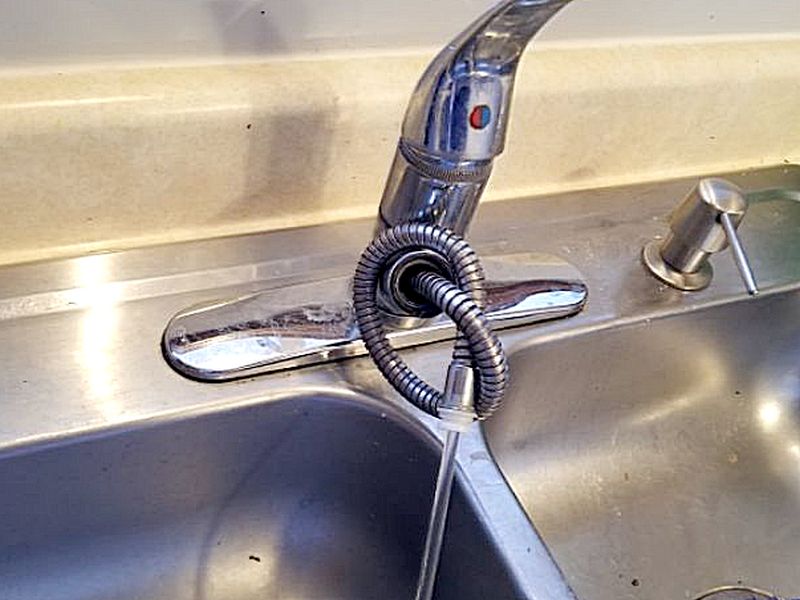
The sink faucet handle is loose, broken, or missing. This affects proper function. Repair or replace the faucet handle.
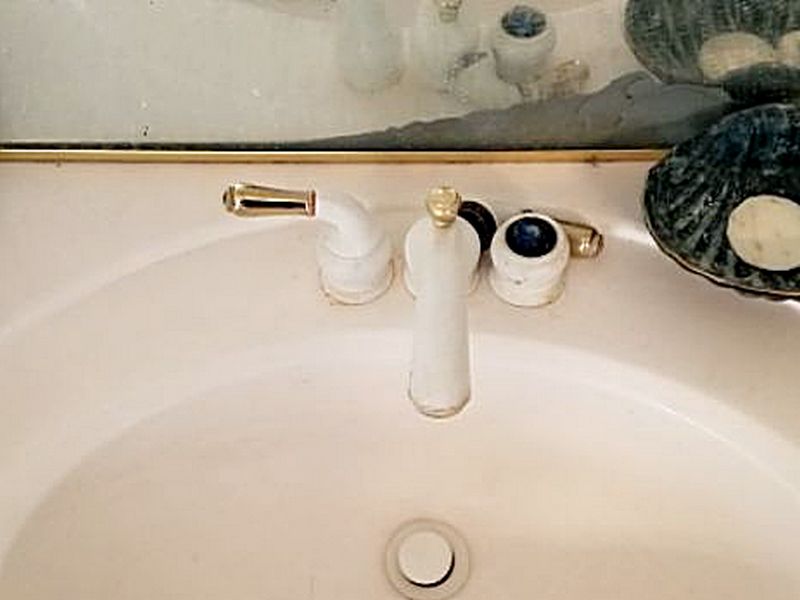
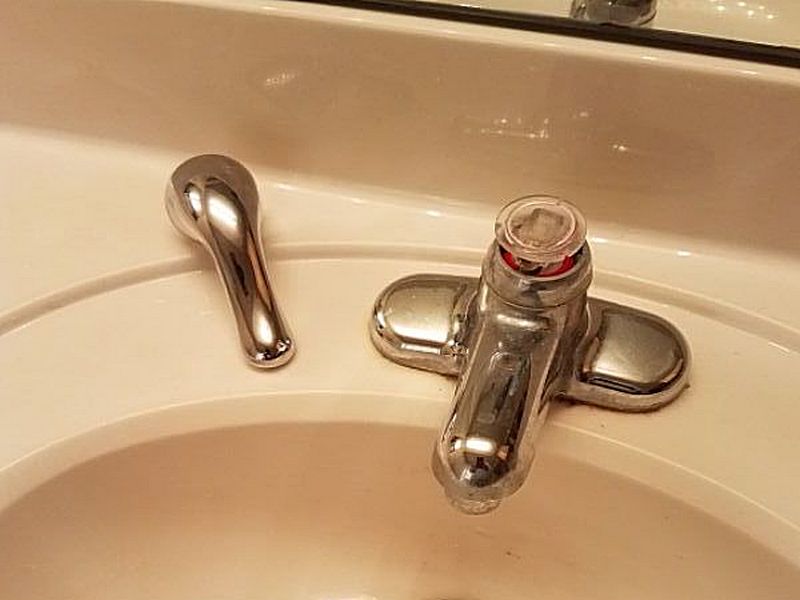
The sink faucet is corroded. This makes the faucet unreliable and may allow leakage. Repair or replace the faucet.
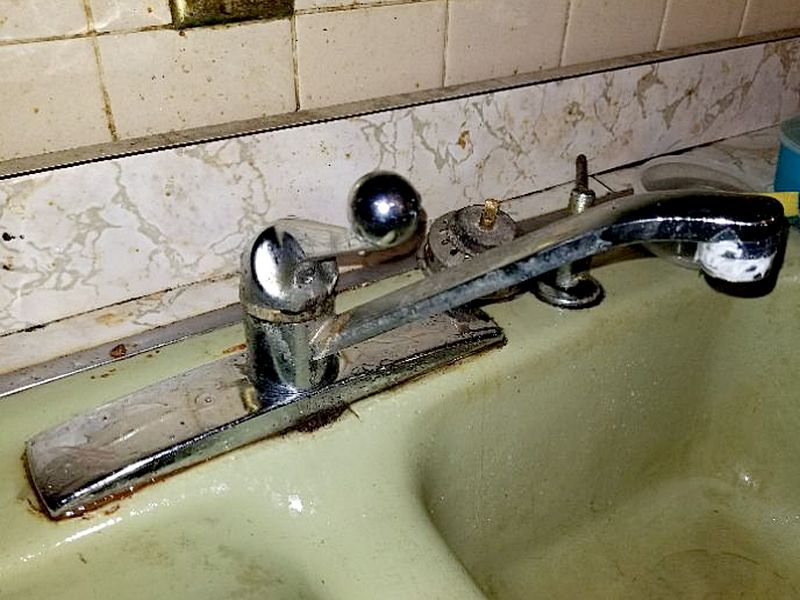
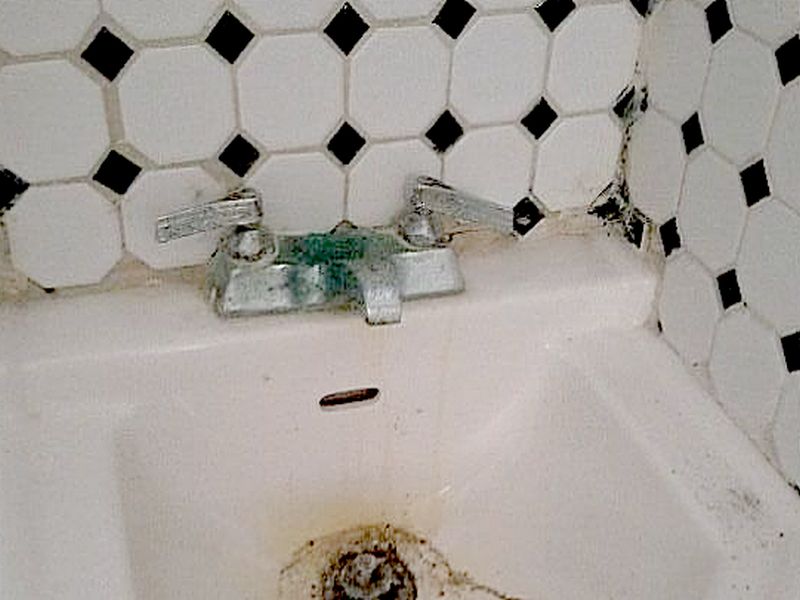
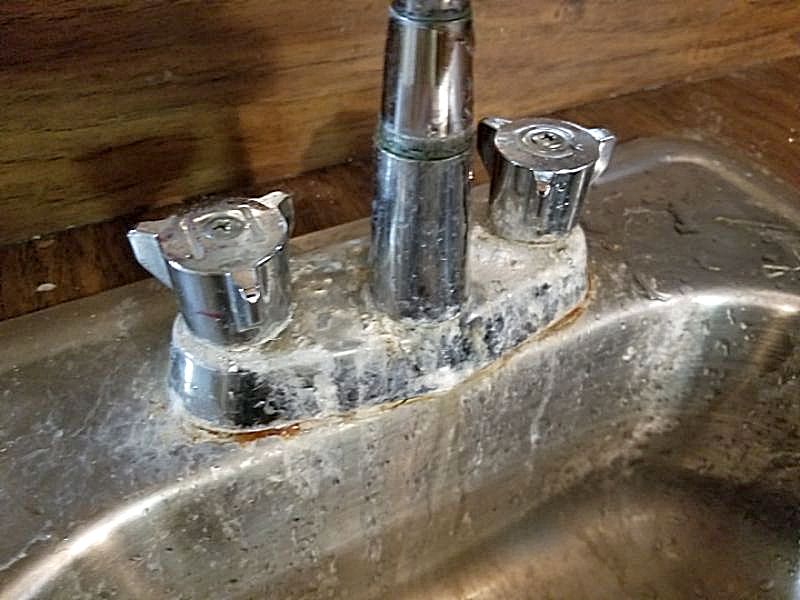
The sink faucet is leaking. This can allow water damage. Repair or replace the faucet.
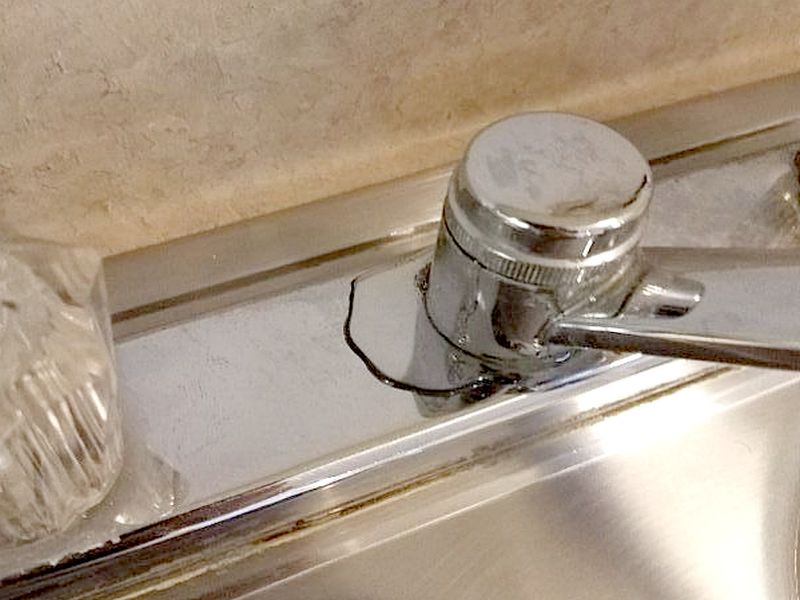
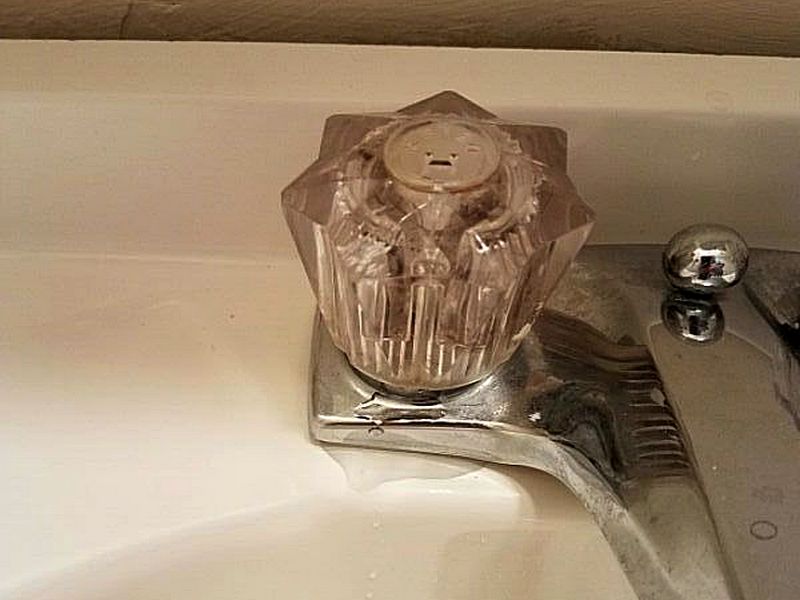
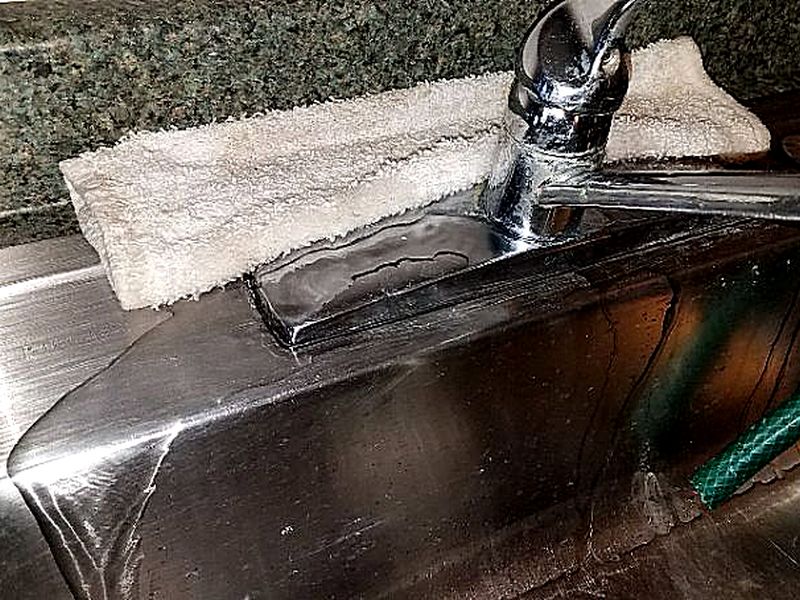
The sink faucet is inoperative. This prevents proper function. Repair or replace the faucet.
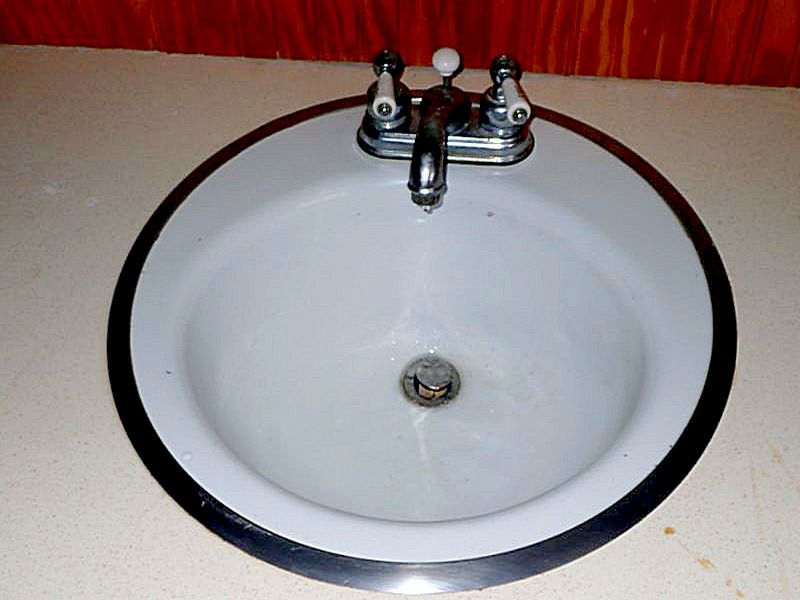
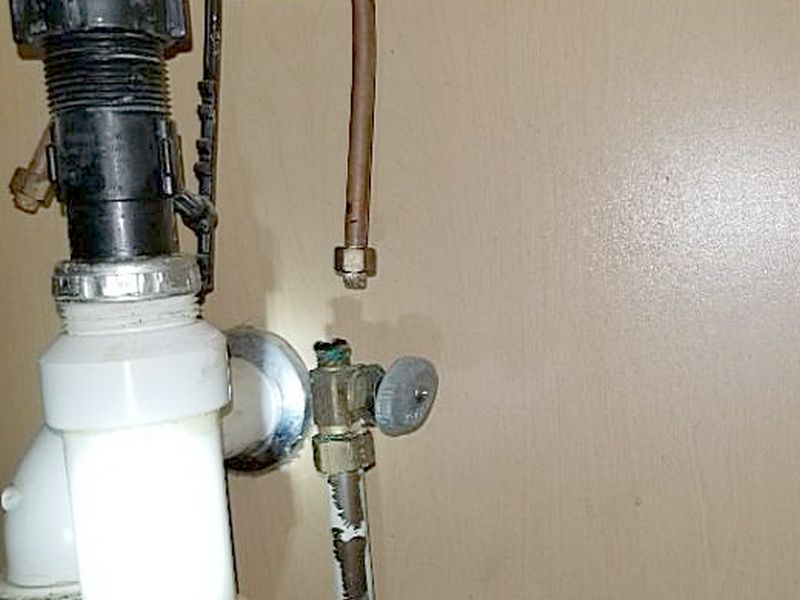
The sink’s hot and cold water supplies are reversed. This is a safety hazard. Hire a plumber to make the needed repairs.
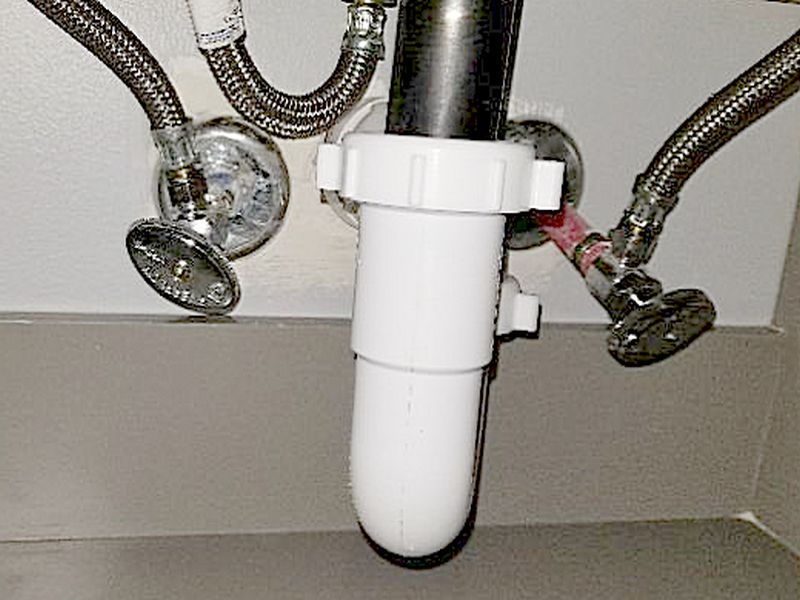
The sink’s water pressure is too low. This affects proper function. Hire a plumber to evaluate the system and to make required repairs.
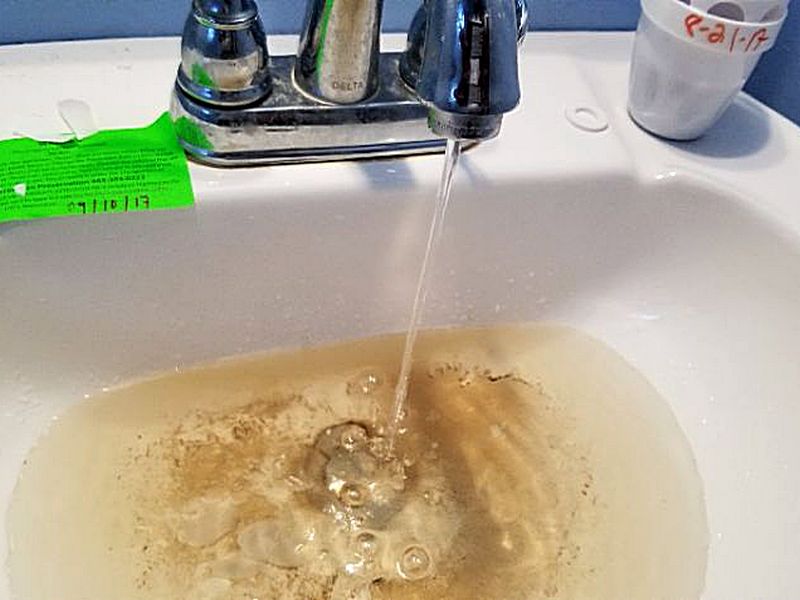
The spray wand is leaking. This can allow water damage. Repair or replace the spray wand.
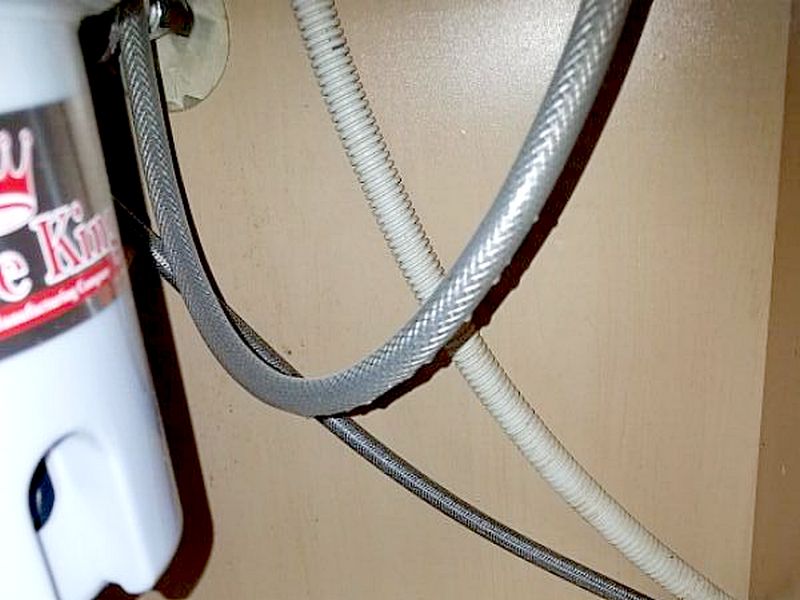
The sink’s spray wand is inoperative. This prevents proper function. Repair or replace the spray wand.
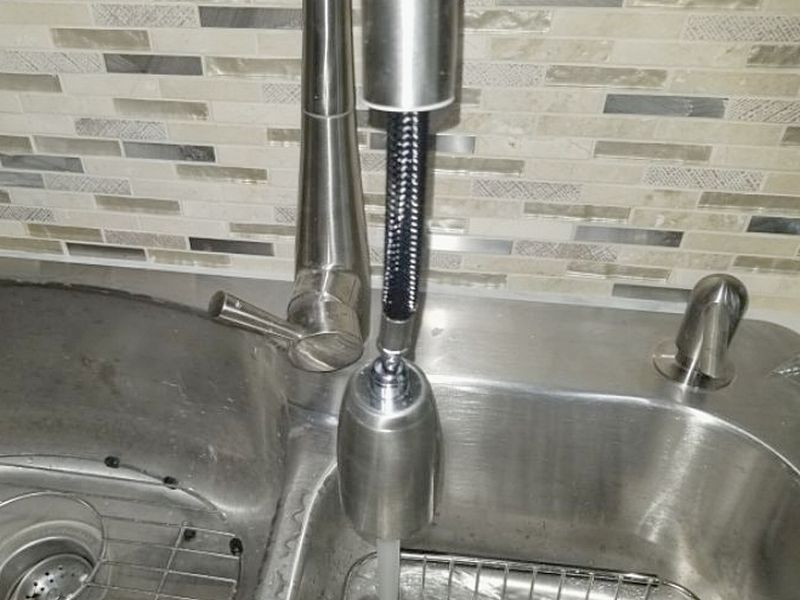
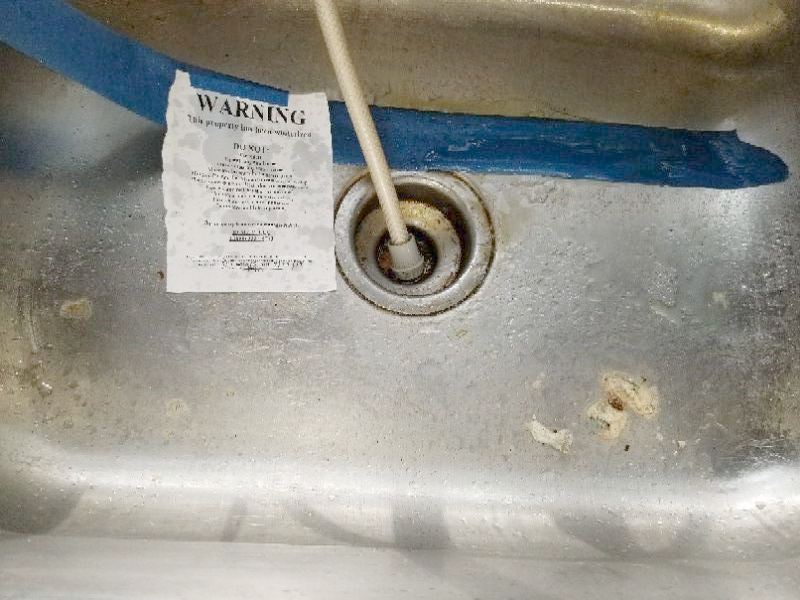
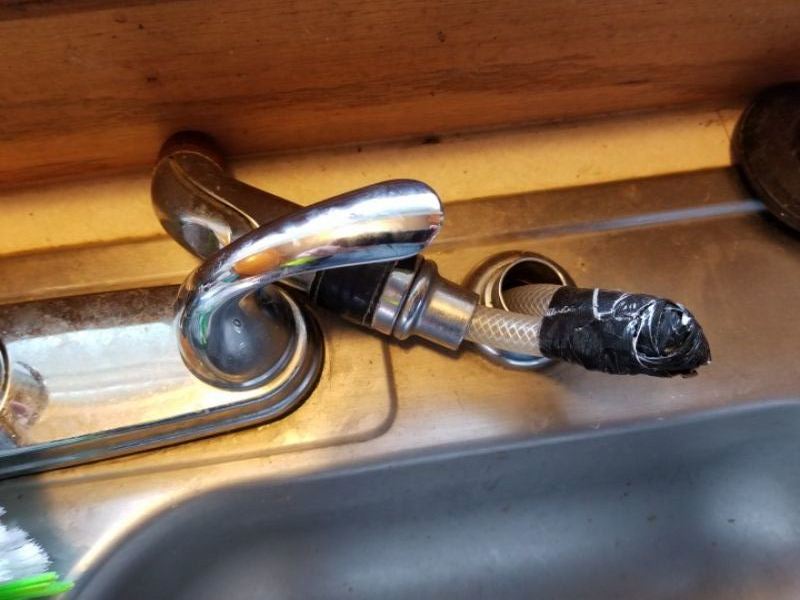
Sink Limitation and Information Statements
Water service to sink is off, visual inspection: Water service for the sink is not turned on; we do not operate shut-off valves. Therefore, portions of the sink which require water for operation are visually inspected only.
Water Heater
It appears that water heaters are changing constantly. The reality is that we are just catching up to what has been used overseas for decades. Tankless units and offline storage are nothing new there. While we have had “on-demand” water heaters in the domestic coils found on some boilers, modern tankless systems are a big improvement. In this country Government mandates are affecting conventional tank-style storage water heaters. A simple replacement calls for larger and more expensive units that are heavily insulated. In capacities above 55 gallons a heat pump hybrid or condensing system must be used. That said, many of the same old concerns apply. Proper venting, secure mounting in an acceptable location, no leaks, TPRVs in good order, adequate hot water delivery at a safe temperature, etc.
“Storage” tank units have been the mainstay in this country. Inspect for a secure installation; a 50 gallon model holds over 400 lbs. of water. You should be familiar with FVIR (Flammable Vapor Ignition Resistant) units. The combustion area of a water heater must be 18″ above a garage floor unless it is FVIR. The FVIR features must be intact, and the appliance protected against impacts. The maximum safe water temperature is 120° F. even if there aren’t children in the home now; there may be later. Water heaters must sized to serve a full household. Remember, an electric water heater can’t deliver as much hot water as a combustion model. A 50 gallon electric unit can be matched in performance by a 30 gallon gas model. Water heaters that also provide space heating must be high output, around 65,000 BTUs, and have tempering valves for safety on the potable side.
Water Heaters in Garages
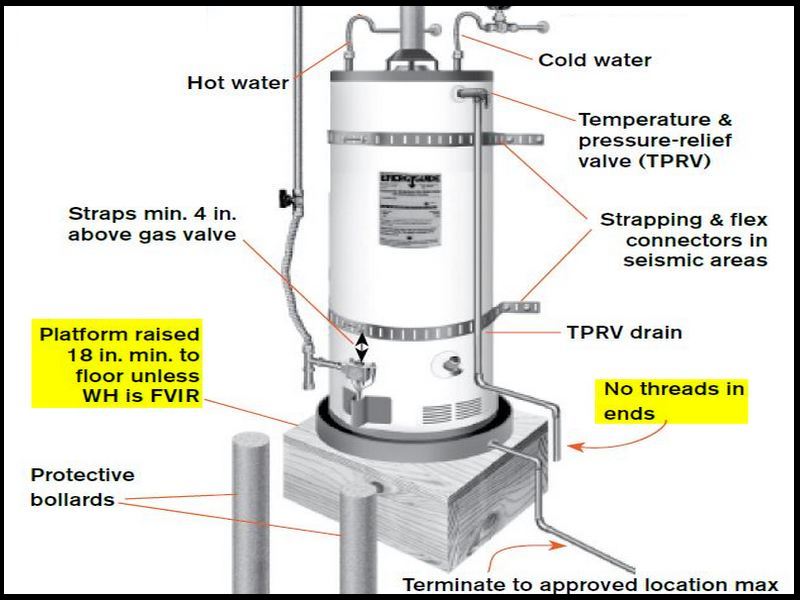
Flammable Vapor Ignition Resistant (FVIR) Water Heater
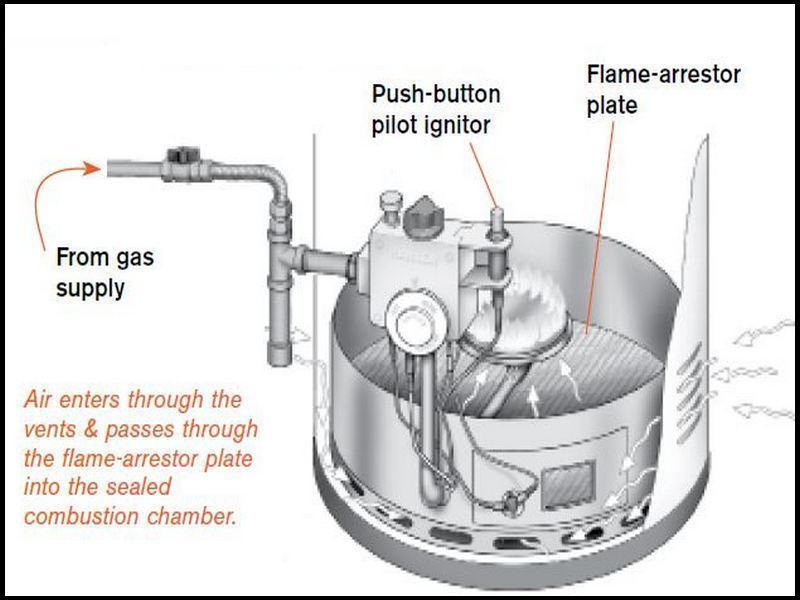
The water heater is rusted to an extent inconsistent with the age of the system. This may be due to a drafting problem, undetected leakage, or excessive humidity in the area. Hire a plumber for an evaluation and to repair or replace the water heater as needed.
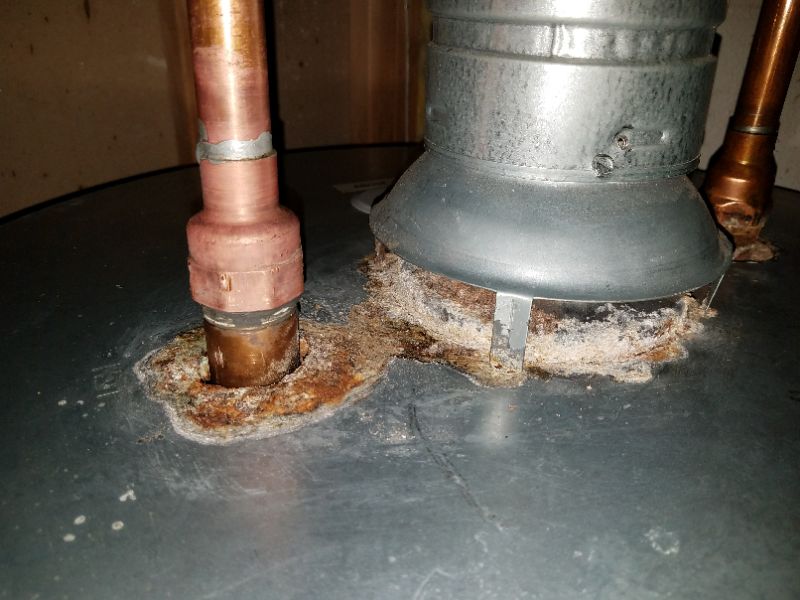
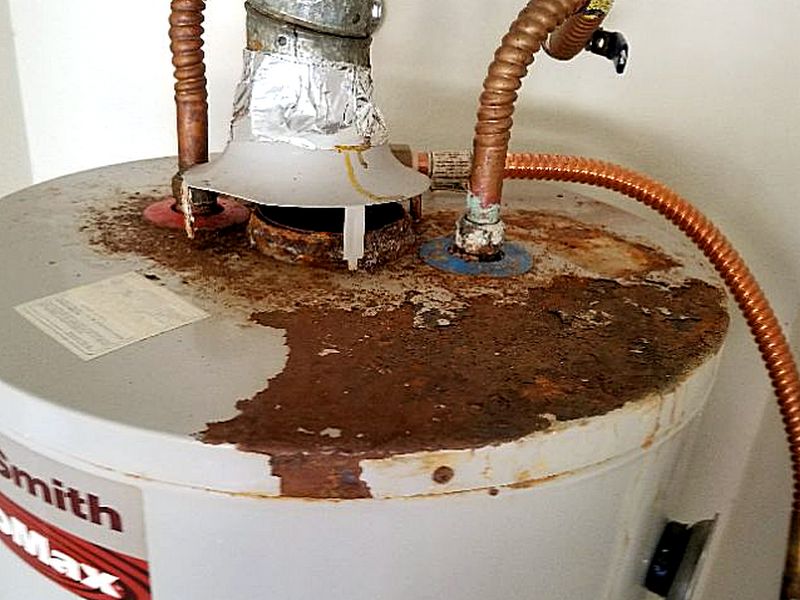
The water heater is corroded. This indicates an internal leak and a failing appliance. Hire a plumber to repair or replace the water heater.
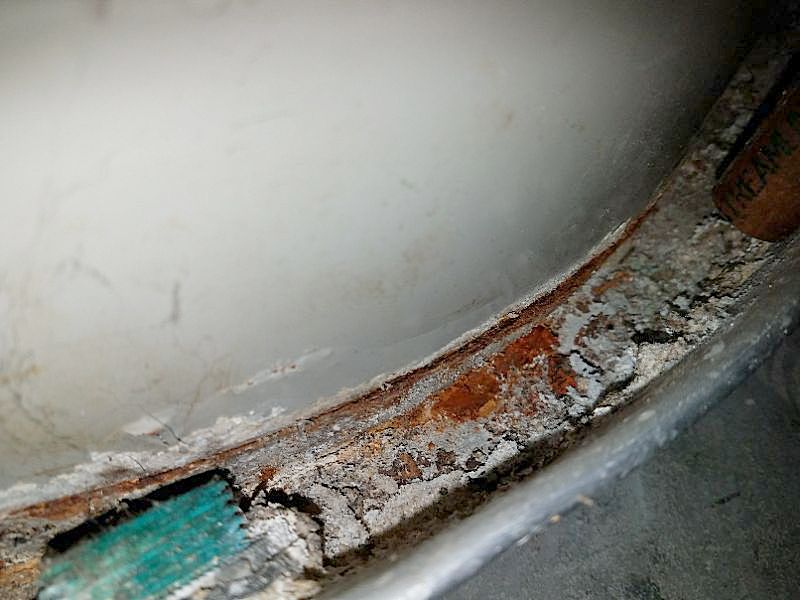
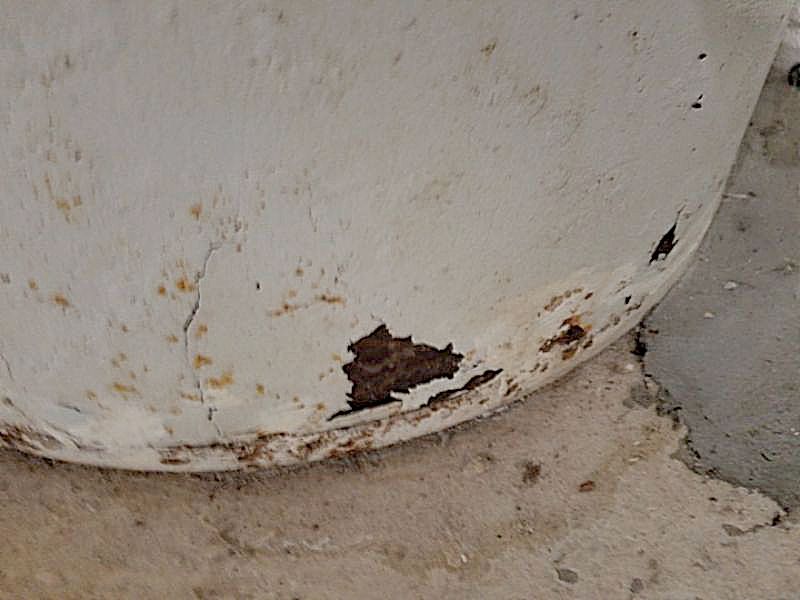
The water heater is leaking. This can cause damage. Leaking water heaters are generally not reparable. Hire a plumber to repair or replace the water heater.
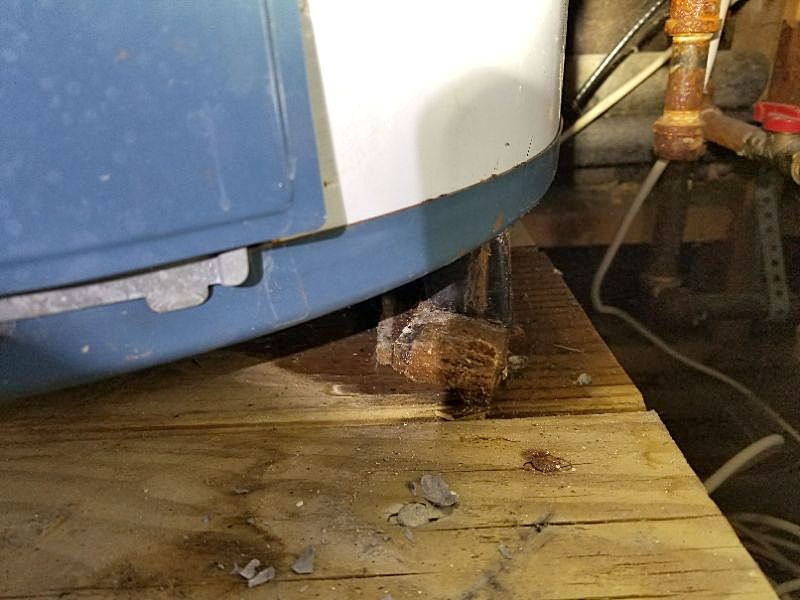
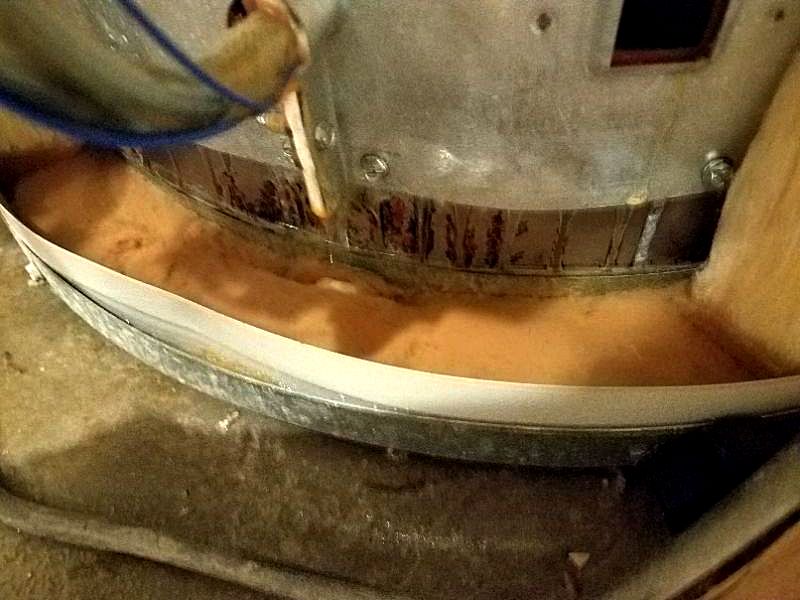
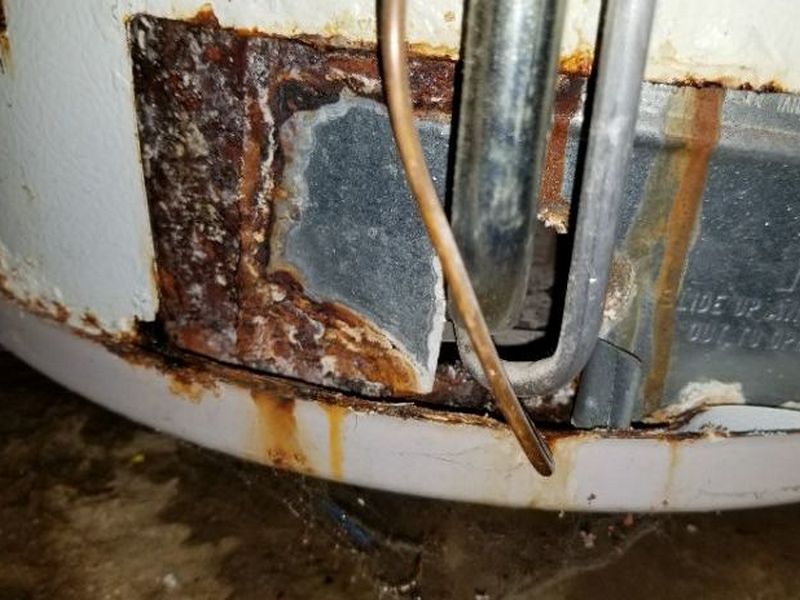
The water temperature as measured at fixtures is lower than what is considered generally acceptable. The specific reason for this cannot be determined in a home Inspection. Hire a plumber for an evaluation and to repair or replace the water heater as needed.
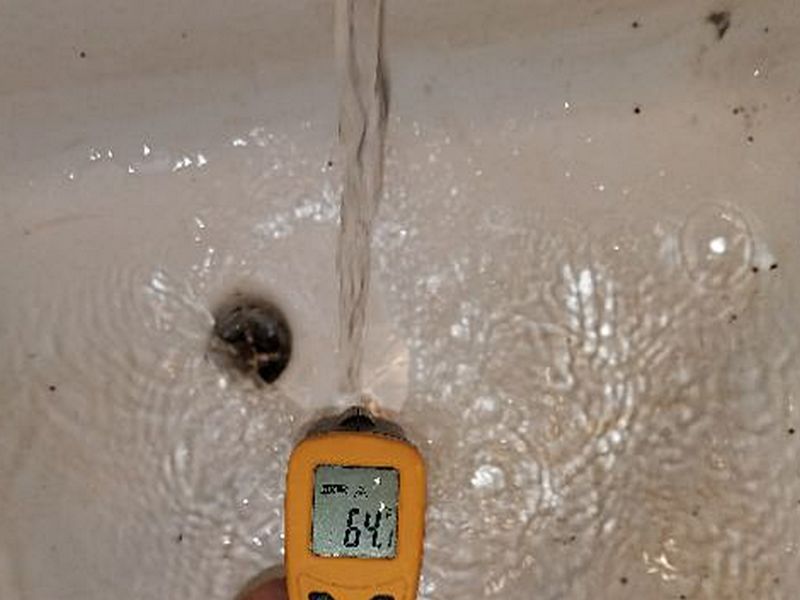
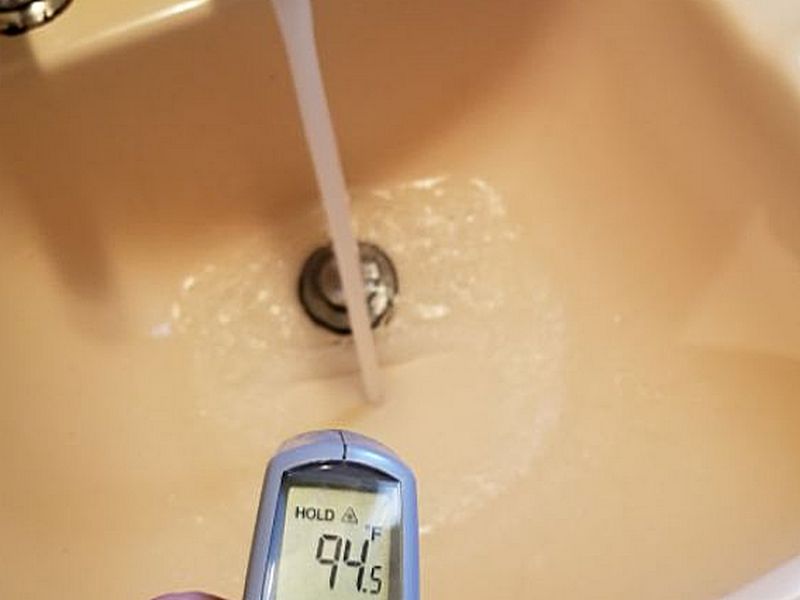
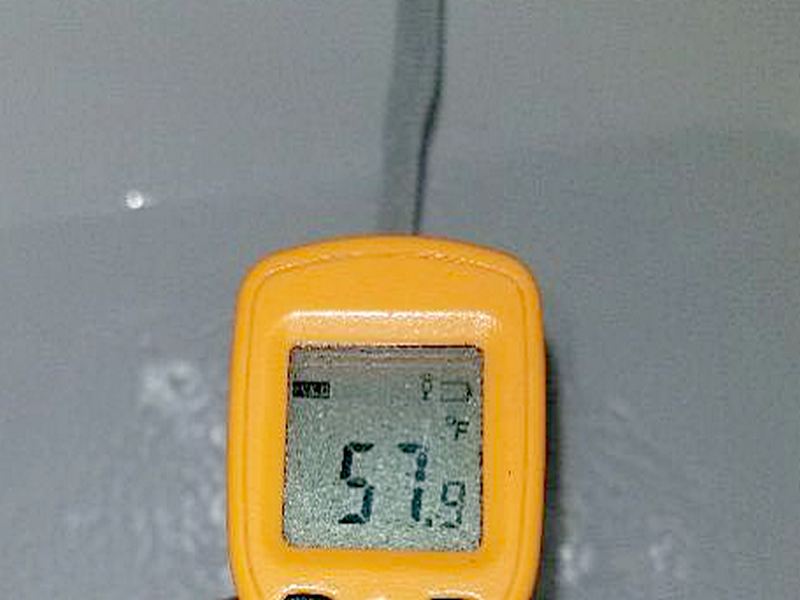
The water temperature as measured at fixtures is excessively high. Water hotter than 120°F can cause personal injury, particularly to children. This is a safety risk. Reduce the temperature at the water heater.
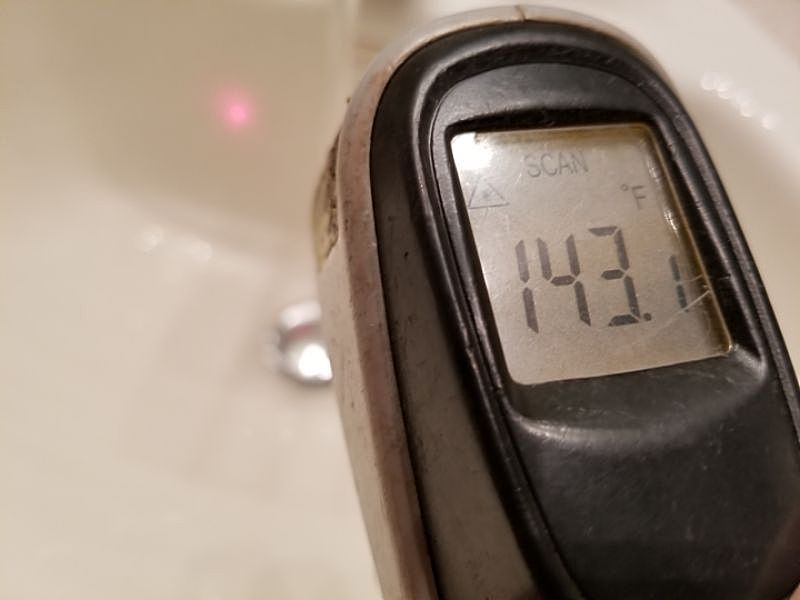
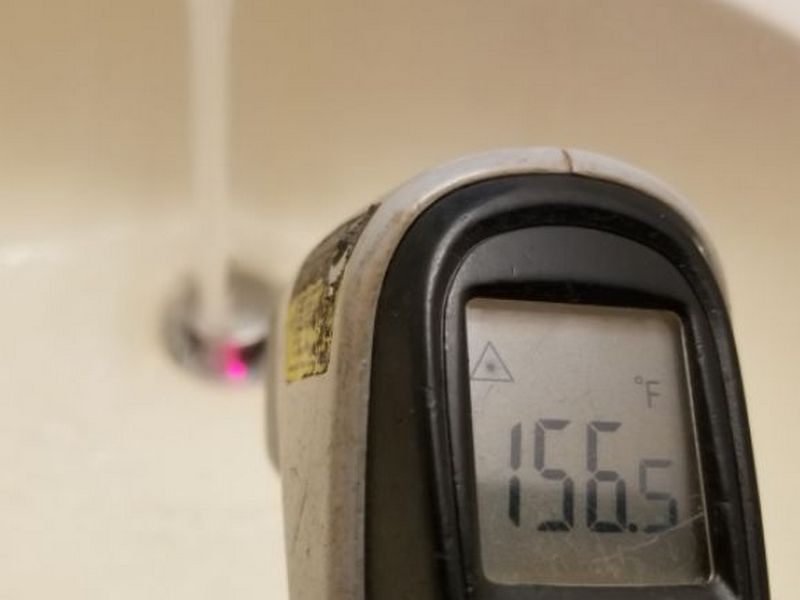
The water heater’s combustion compartment is less than 18″ above the garage floor. This is a safety hazard that permits ignition of combustible gases unless the unit is a FVIR (Flammable Vapor Ignition Resistant) model. Hire a plumber for an evaluation and to make repairs as needed.

The water heater does not have adequate impact protection. This is a safety concern. Install impact protection.
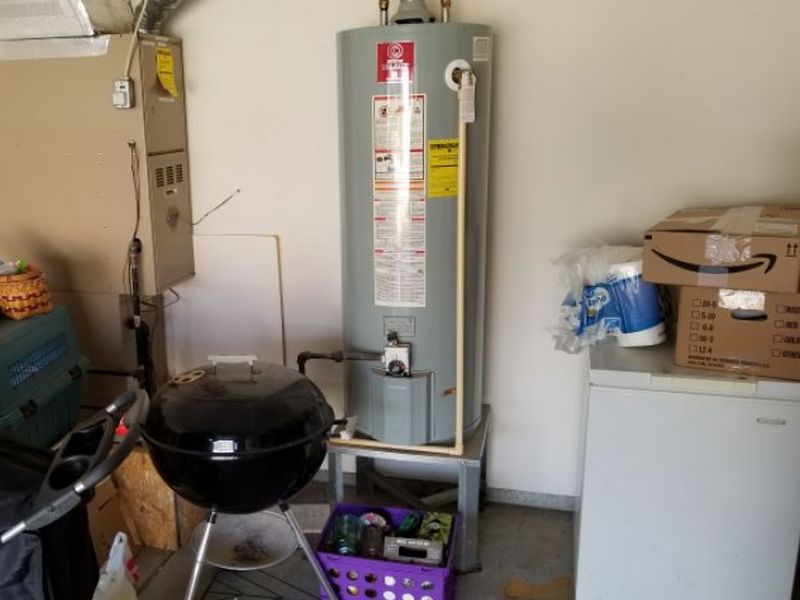
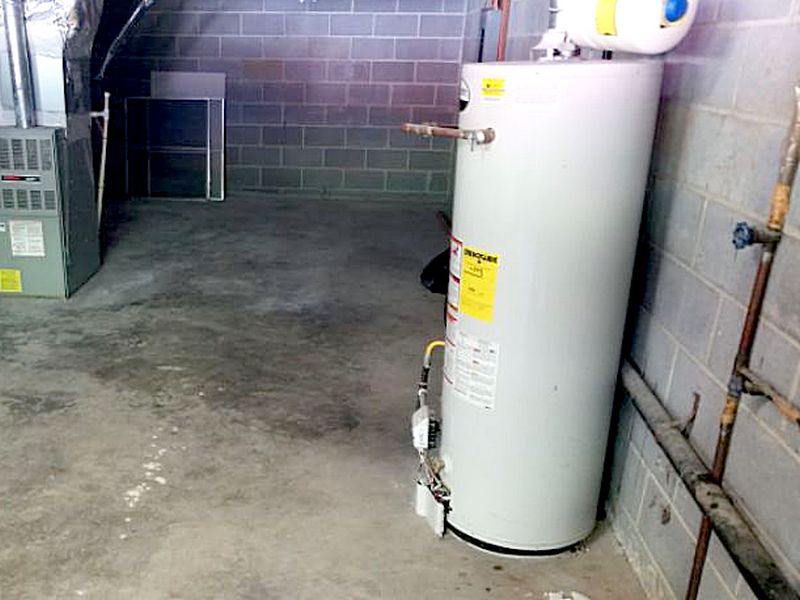
The water heater is not securely mounted. A wobbling, loose, or tilting tank can cause stress on the tank and piping system, and pose an injury hazard. Hire a plumber to properly secure the water heater.
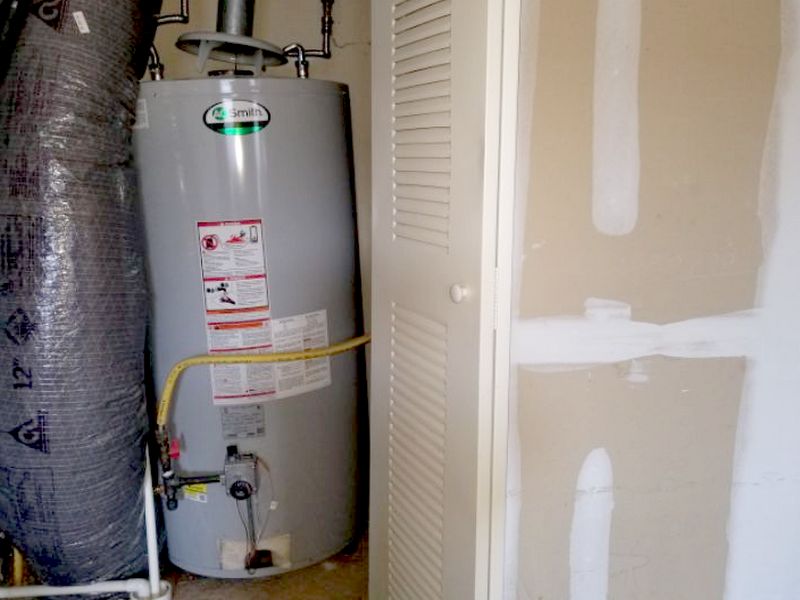
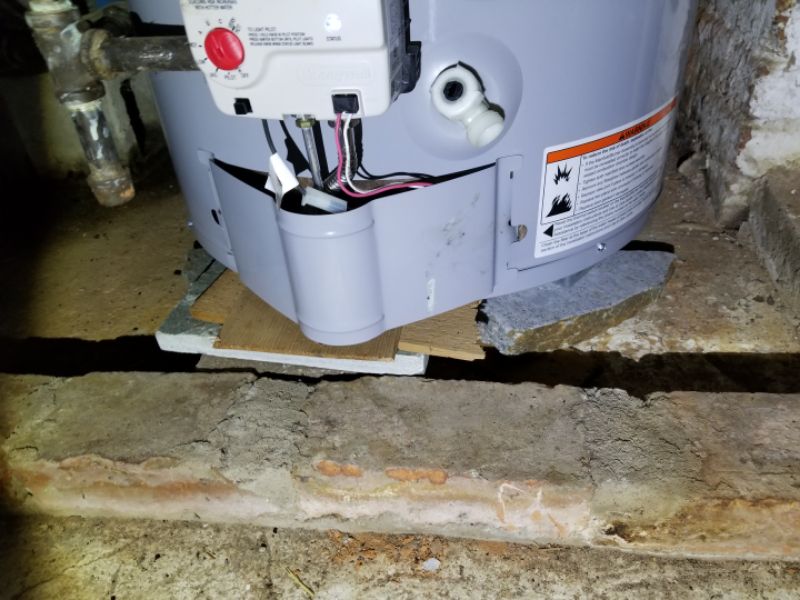
The water heater’s seismic bracing is inadequate. Proper bracing is necessary to stabilize the water heater in the event of an earthquake. This is a safety concern. Hire a plumber to install proper seismic bracing.
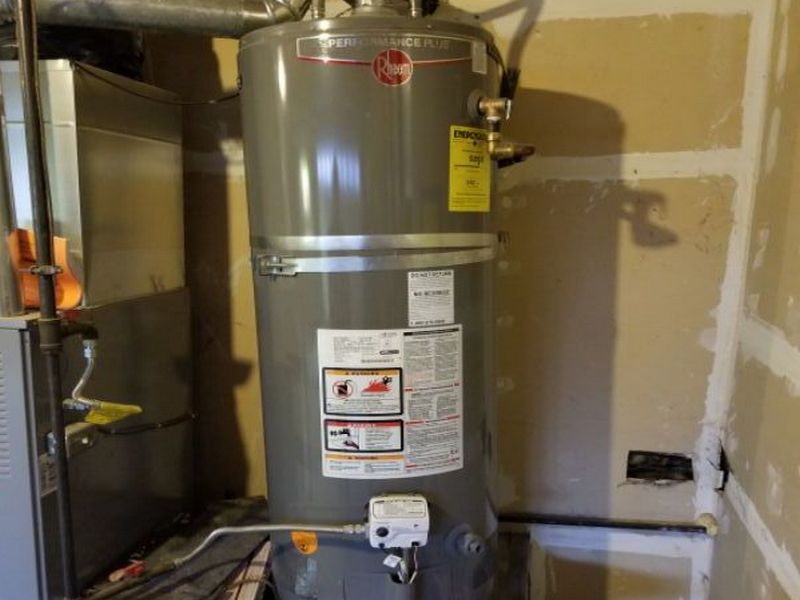
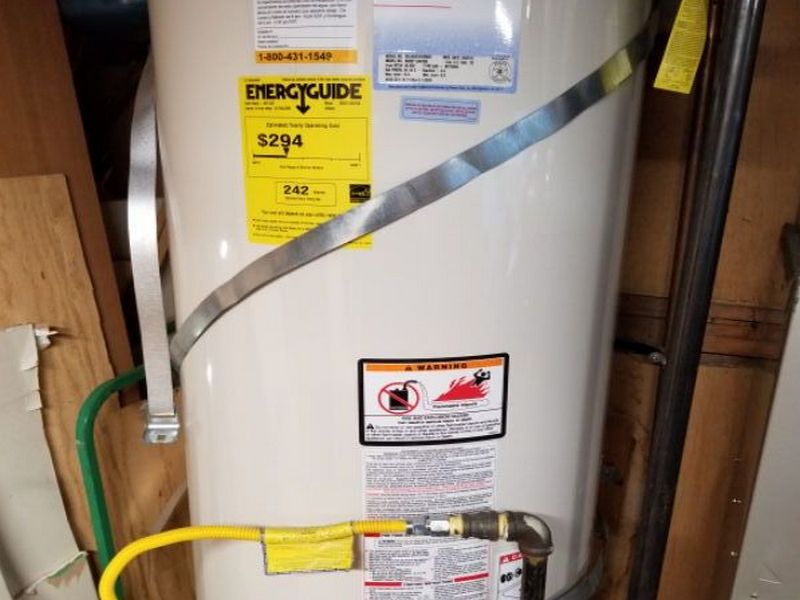
The water heater lacks an expansion tank or valve. This is a safety concern. Hire a plumber to install a tank or valve.
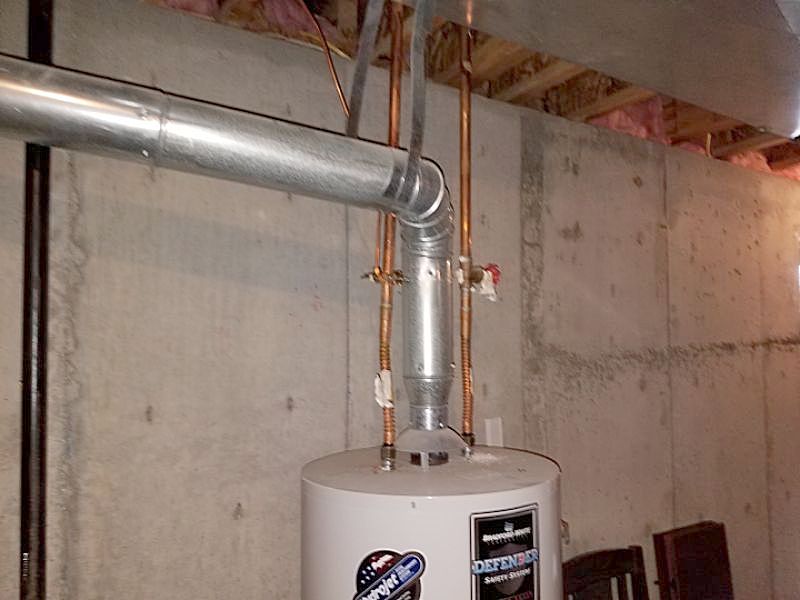
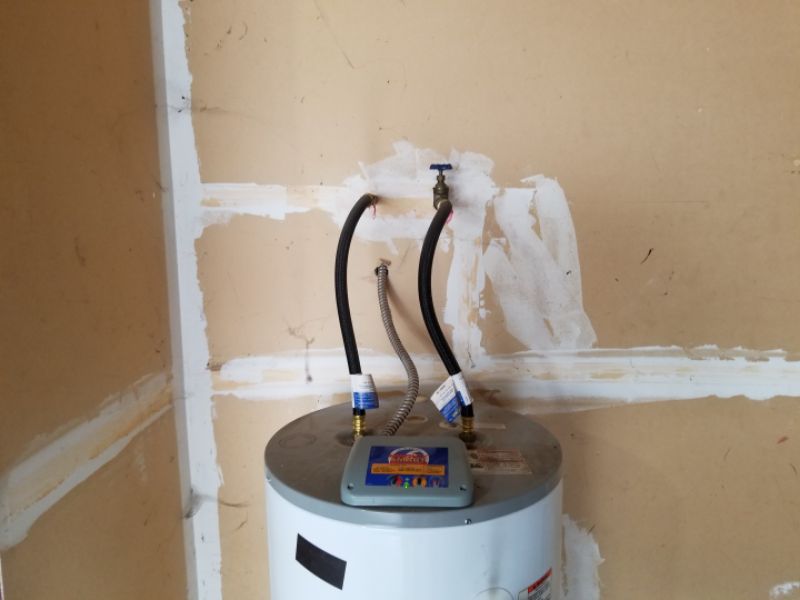
The expansion tank is not independently supported. This puts stress on pipes and fittings and can cause leaks. Hire a plumber to secure the expansion tank.
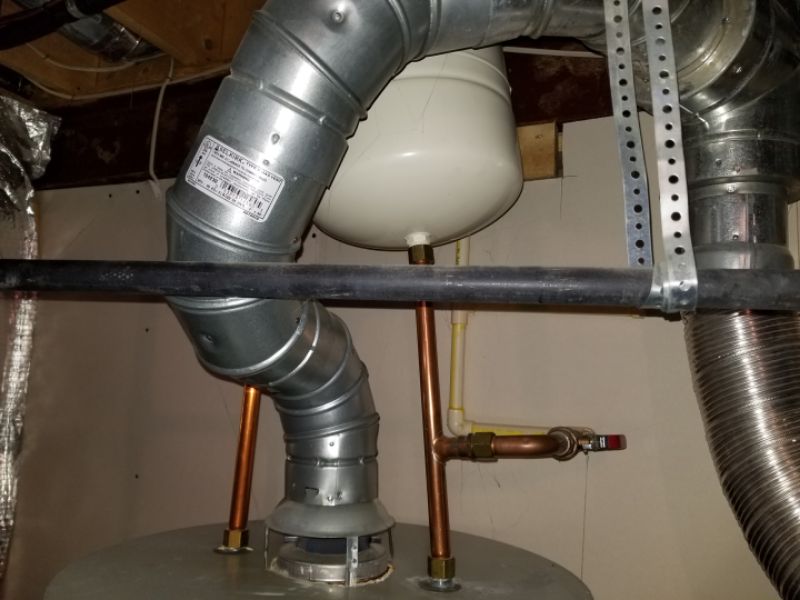
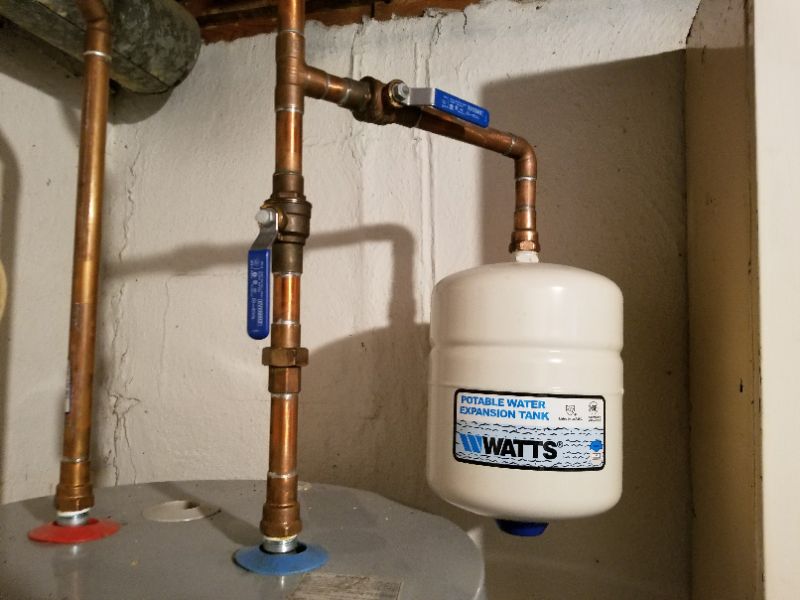
The water heater does not have a drip pan. Water heaters above finished areas should be installed on a draining catch pan to prevent water damage if the appliance leaks. Add a drip pan to the water heater.
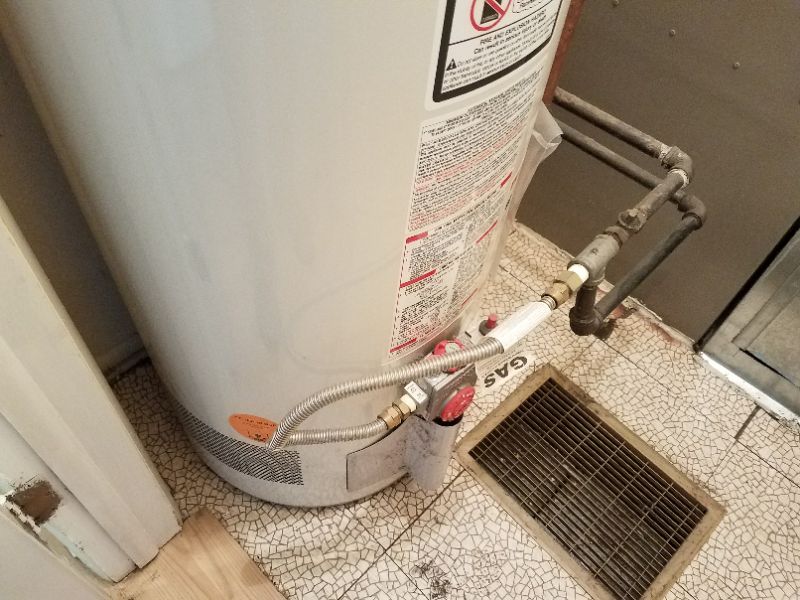
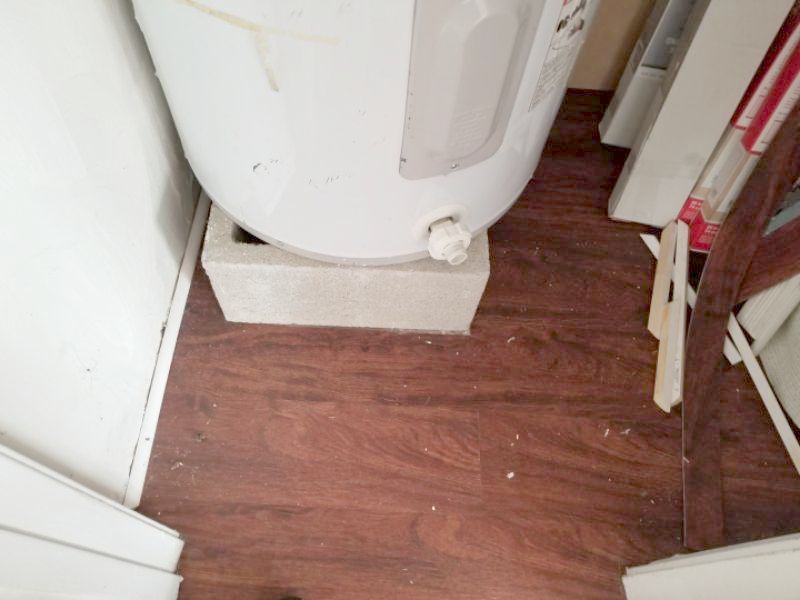
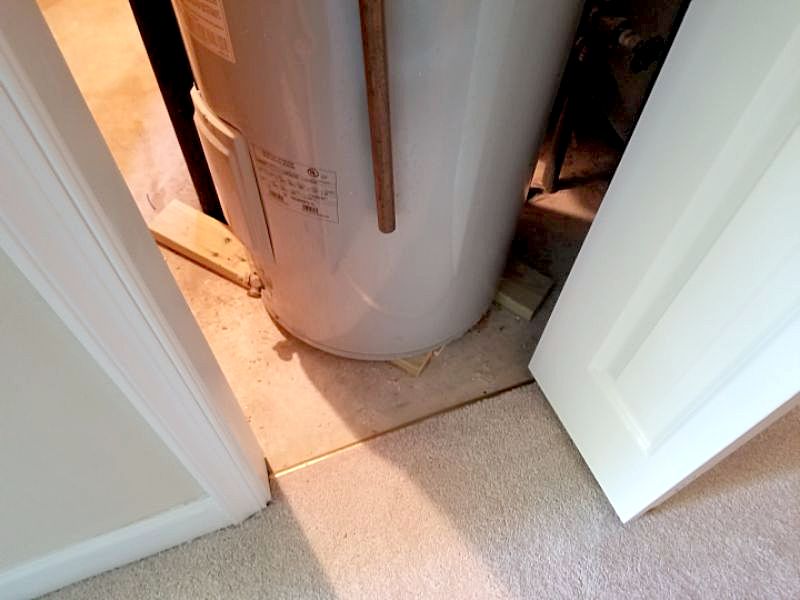
The water heater is improperly installed in a bedroom or bathroom, or in a closet for a bedroom or bathroom. This is not permitted for safety reasons. Hire a plumber for an evaluation and to make repairs as needed.
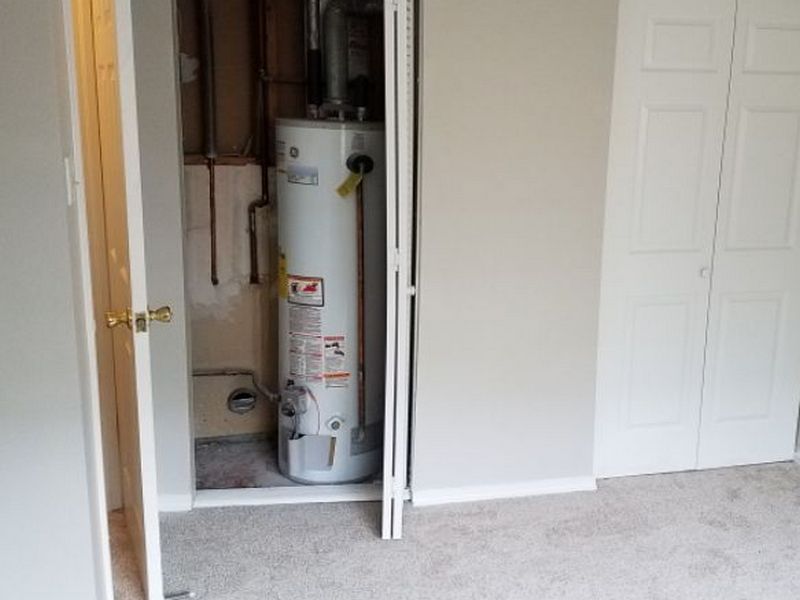
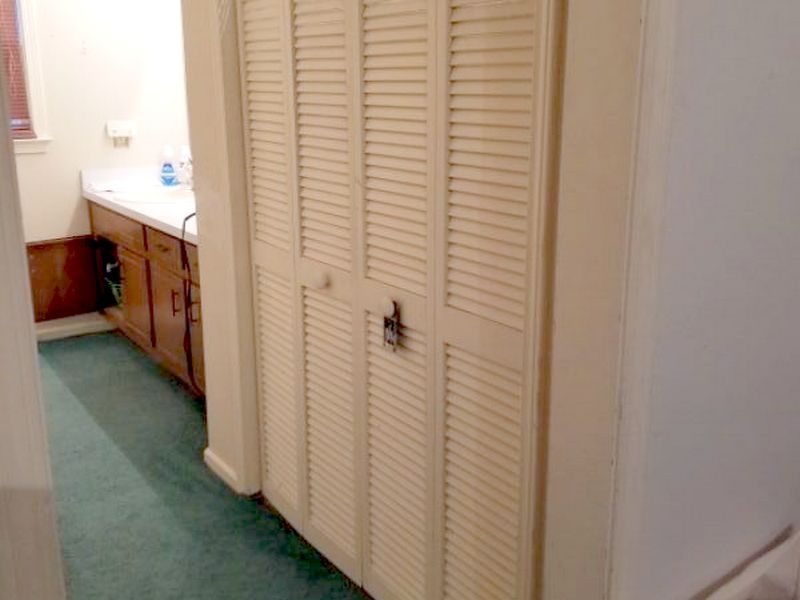
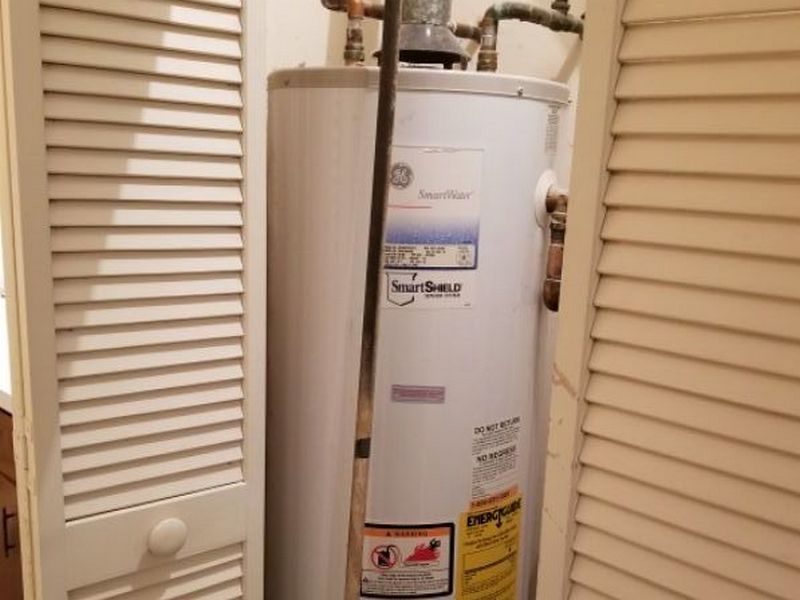
The water heater’s capacity appears to be too small for the number of bedrooms or fixtures. The hot water demands may exceed the recovery rate of the appliance. Hire a plumber for an evaluation and to replace the water heater as needed.

A conventional tank water heater is like keeping your car idling in the driveway in case you want to go for a drive. On-demand units only heat the water you use as it’s needed. Despite their initial cost and high BTU output, when done right they’re generally energy efficient. An older tankless system is the domestic coil in a home’s boiler. These systems required the heating plant to fire all year-round. The coil was in contact with the radiator/baseboard water, and was warmed indirectly. Not especially efficient, but many are still being used, usually in oil boilers. By contrast, modern on-demand units apply the fuel’s heat to the water as it passes through a heat exchanger.
Tankless water heaters have specific models for interior and exterior use. They require special Category III and IV flues, and cannot be installed with B-Vent. They are labeled with clearance requirements that must be followed. Direct-vent models that draw combustion air from the exterior can be used in bedroom and bathroom closets. Pairing a tankless water heater or a boiler with an offline storage tank is becoming common. Additionally, domestic coils are often paired with a conventional tank system. In the summer, the boiler is shut down and valves are used to place the tank unit online as the potable hot water source.
This shows basic tankless water heater operation.
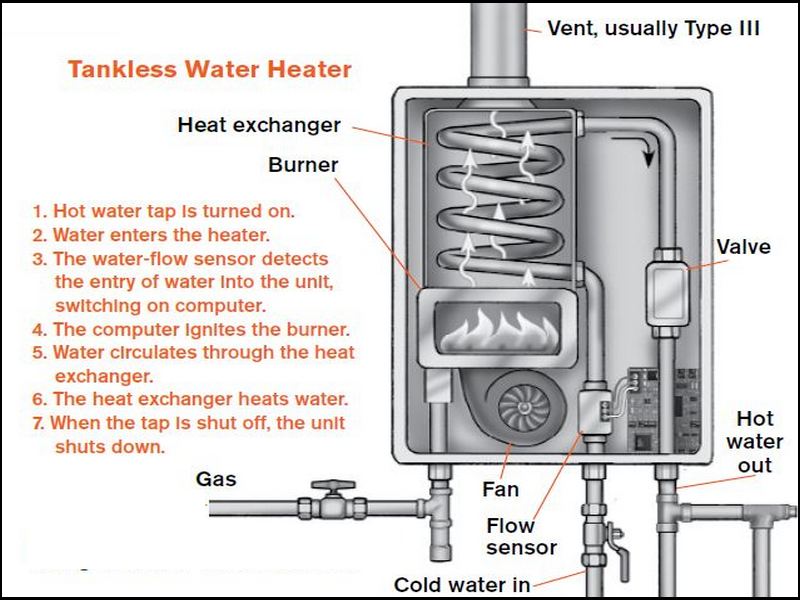
Modern tankless water heaters use positive flue pressure. In side wall venting it’s not uncommon to require a slight downward slope in the flue to drain any condensate to the exterior.
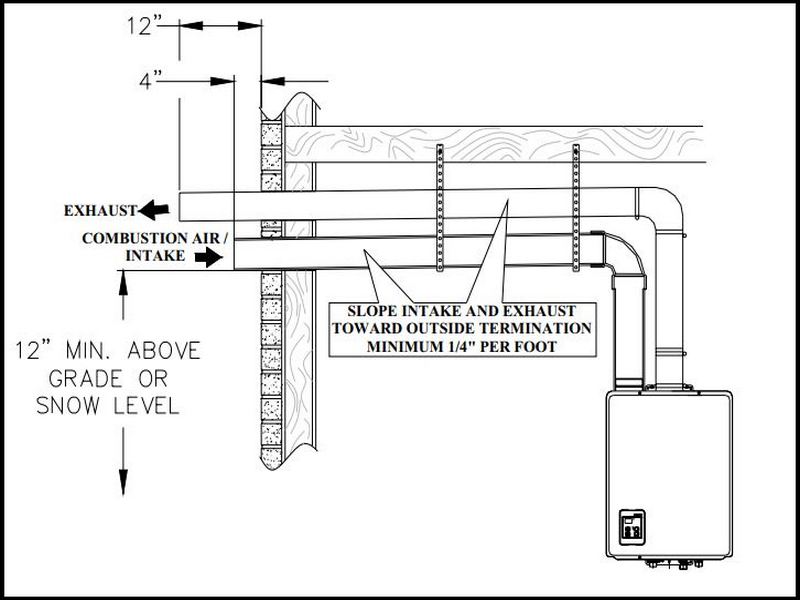
Domestic coils are usually found on oil boilers used to heat the house.
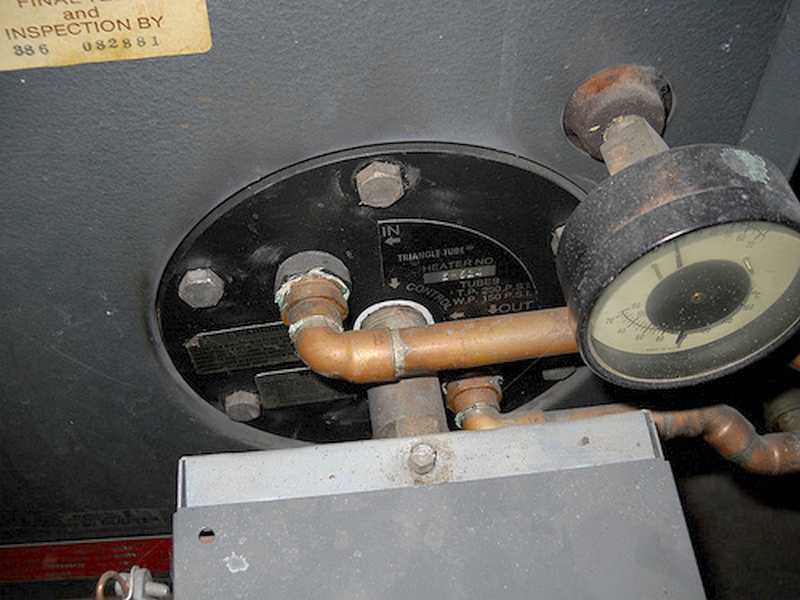
If there’s lots of hot water at a sink faucet, but it turns cold at an unregulated tub faucet, the domestic coils’s probably past EUL. Here’s a new one being installed.
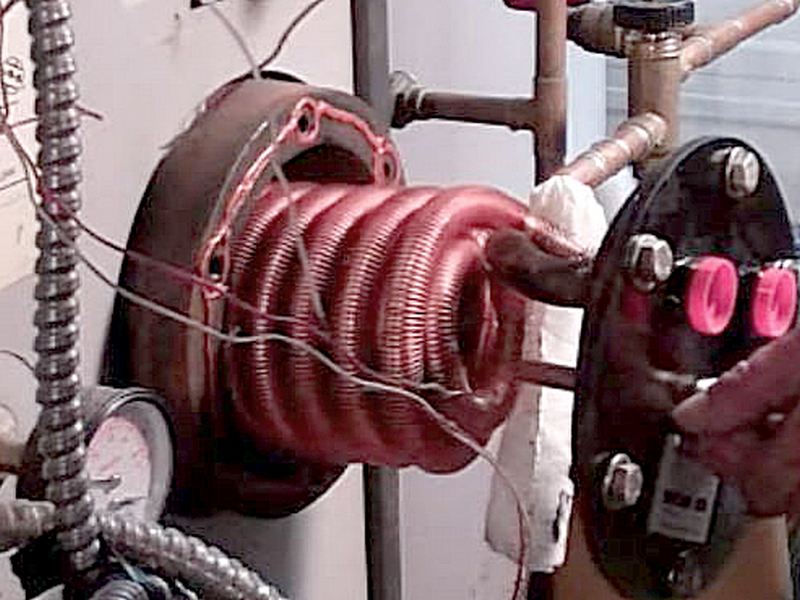
Offline “indirect” tank storage can be used with a tankless water heater or a boiler.
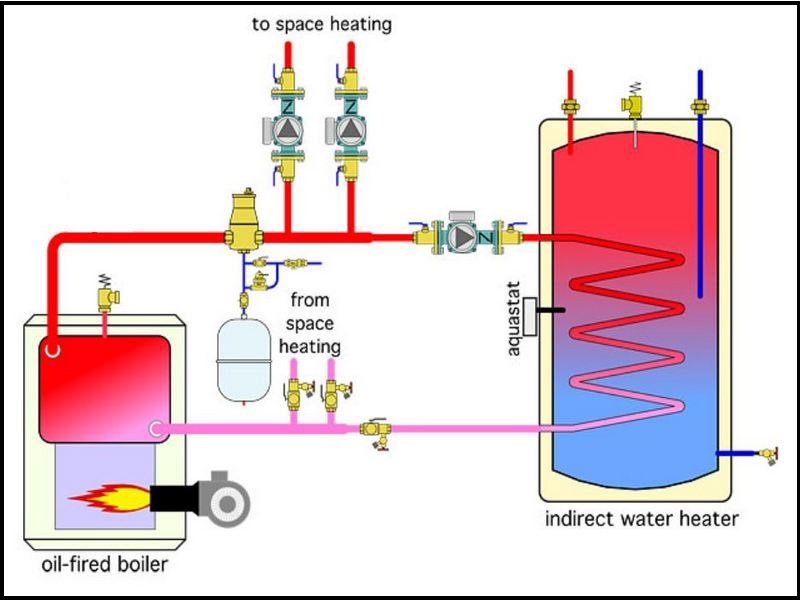
The tankless water heater has inadequate clearance to combustible materials. This is a fire hazard. Hire a plumber to provide repairs as needed.
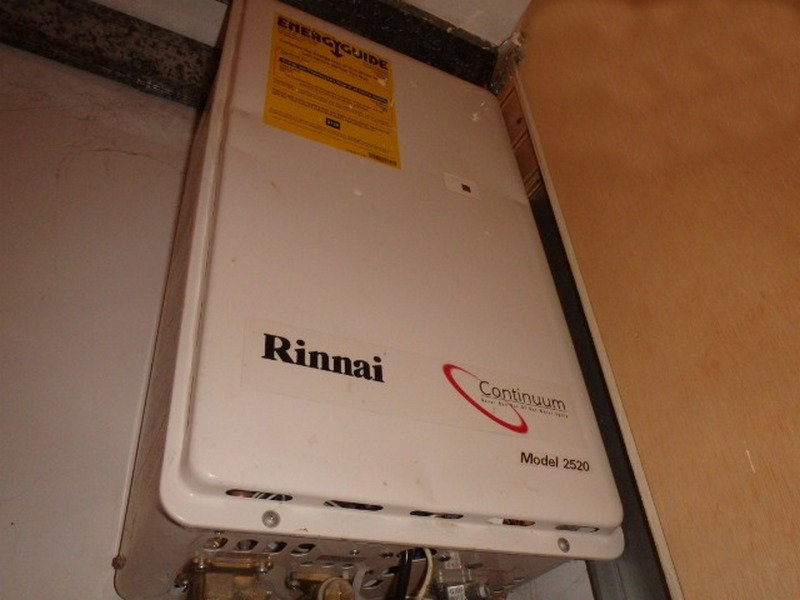
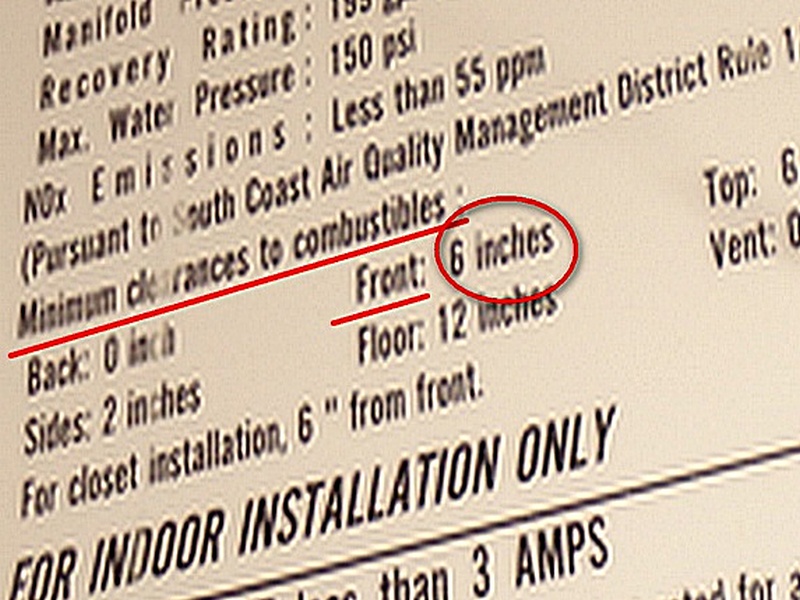
The tankless water heater is an exterior-only model, but has been installed indoors. This is a life safety issue. Discontinue using the appliance immediately and hire a plumber for repairs or replacement as needed.
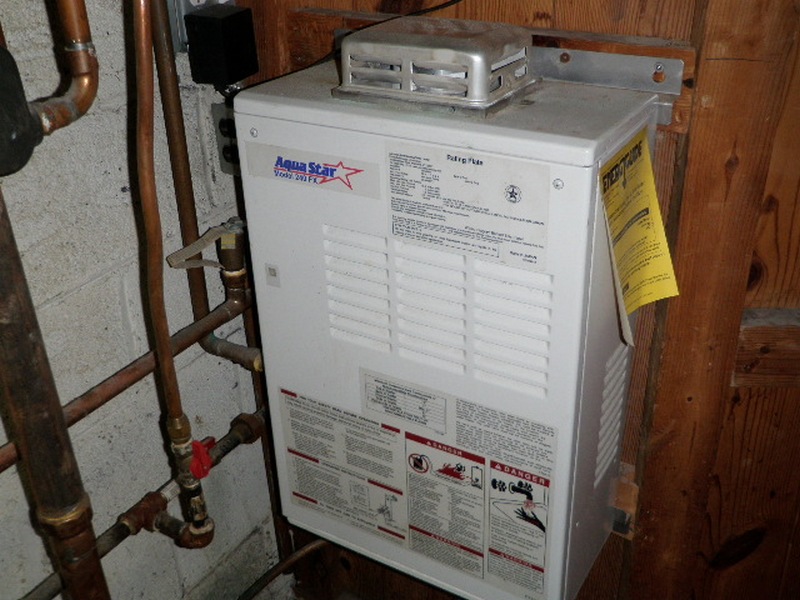
Category III and IV vents can be stainless steel or PVC.
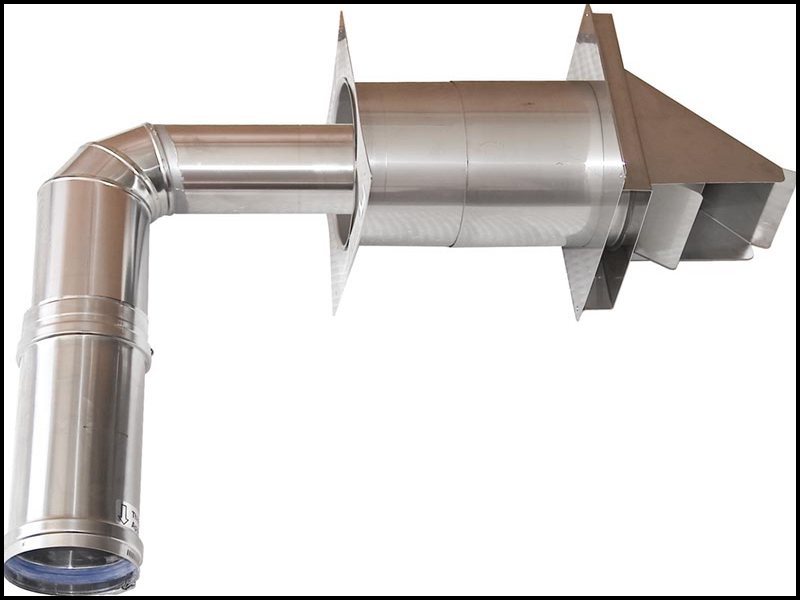
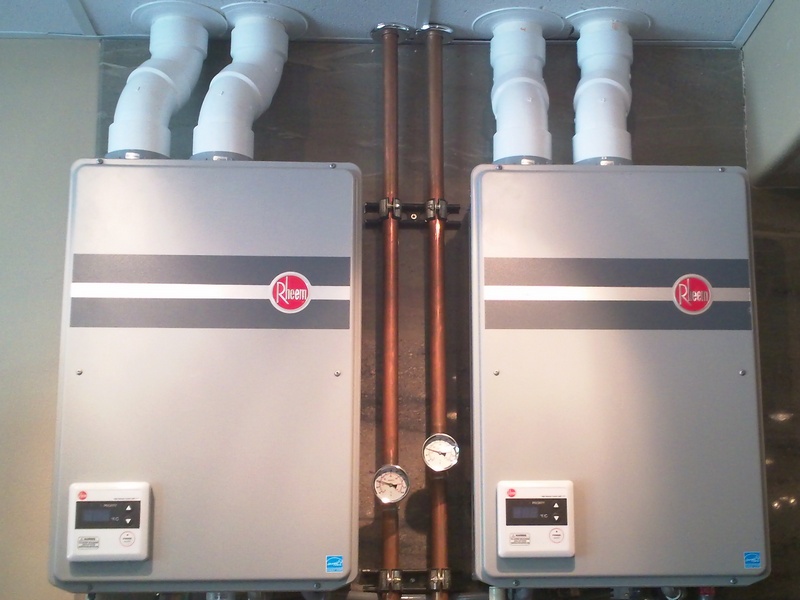
The water heater’s exhaust flue pipe is improperly sloped. This can permit exhaust gases to enter the living areas. Hire a plumber to reinstall the pipe with a proper slope.
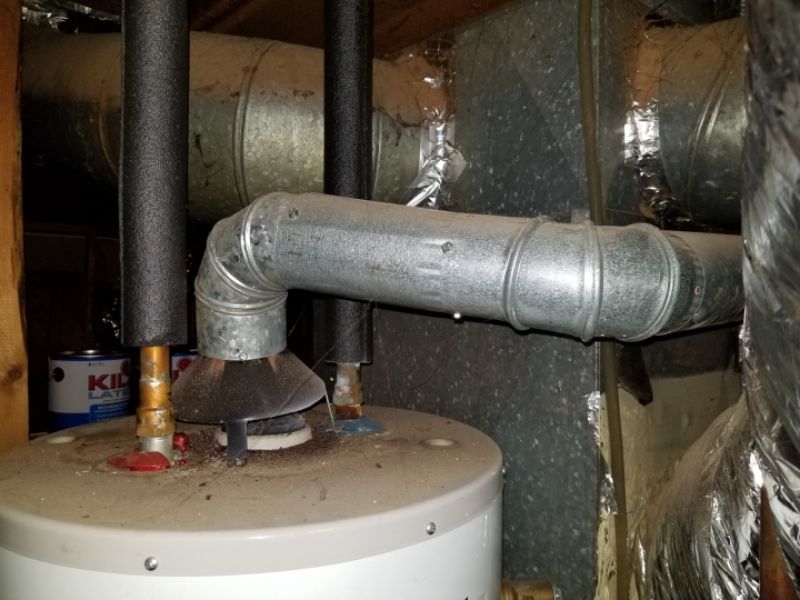
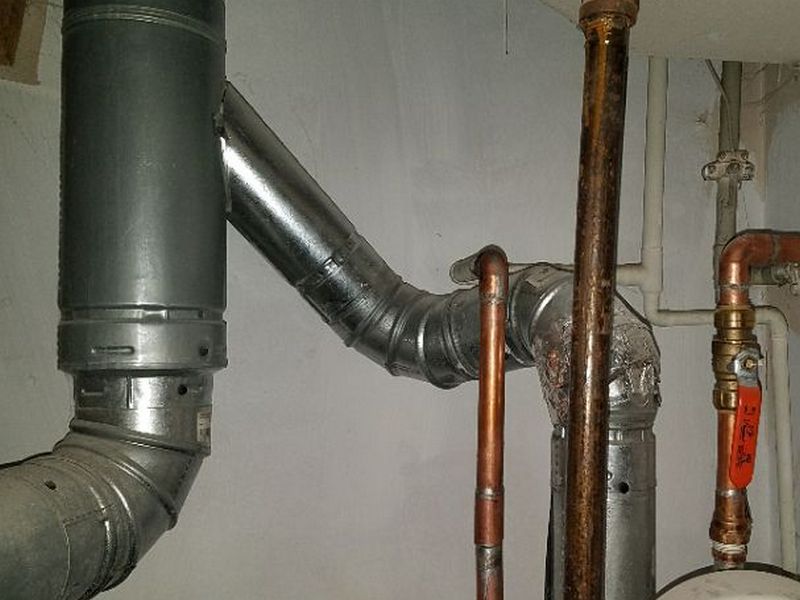
The water heater’s exhaust flue has inadequate clearance to combustible materials. This is a fire hazard. Remove the combustible materials.
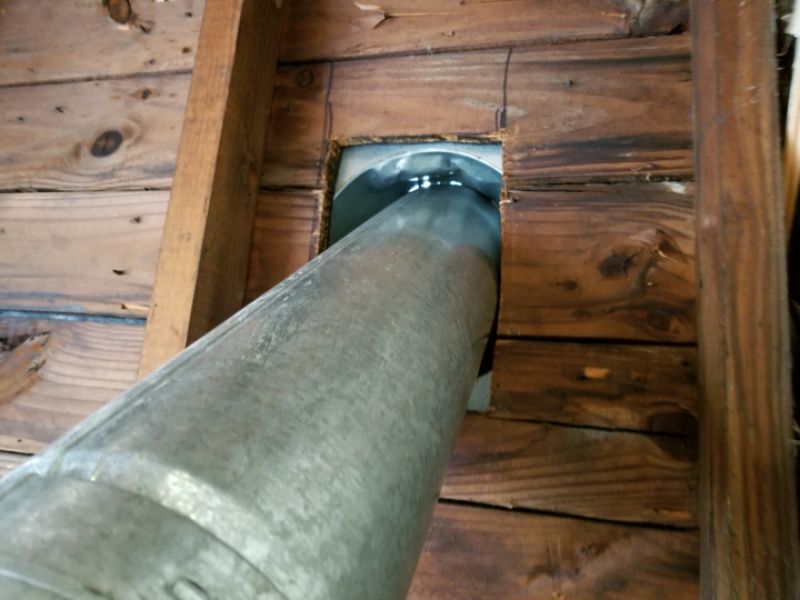
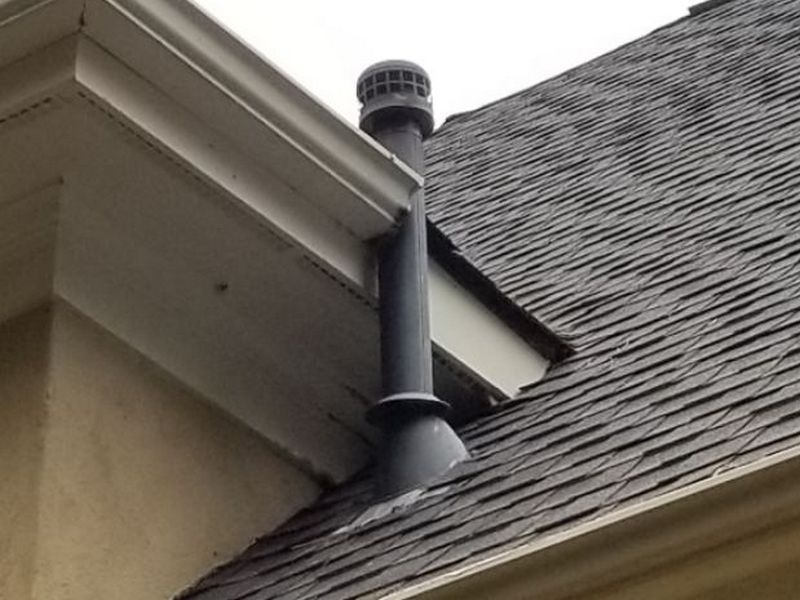
There are gaps in the water heater’s exhaust flue. This permits exhaust gases to enter the living areas. Hire a plumber to seal the gaps.
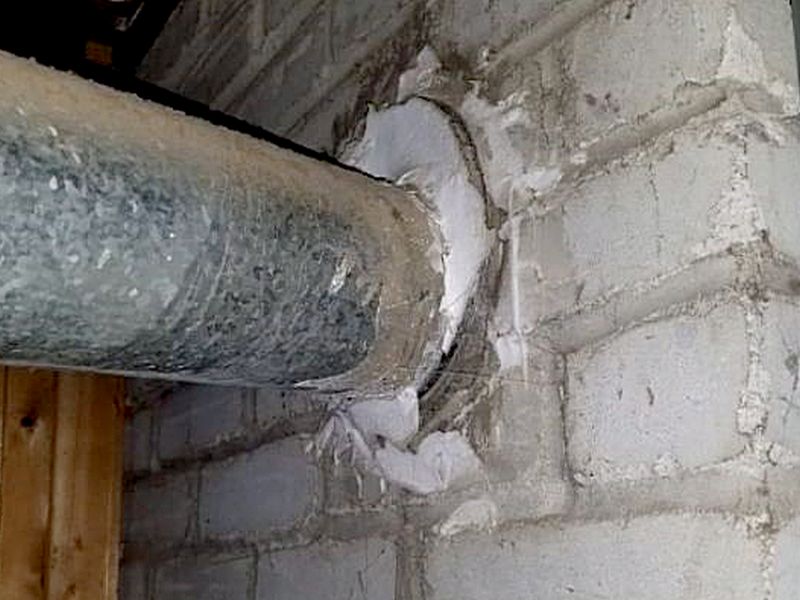
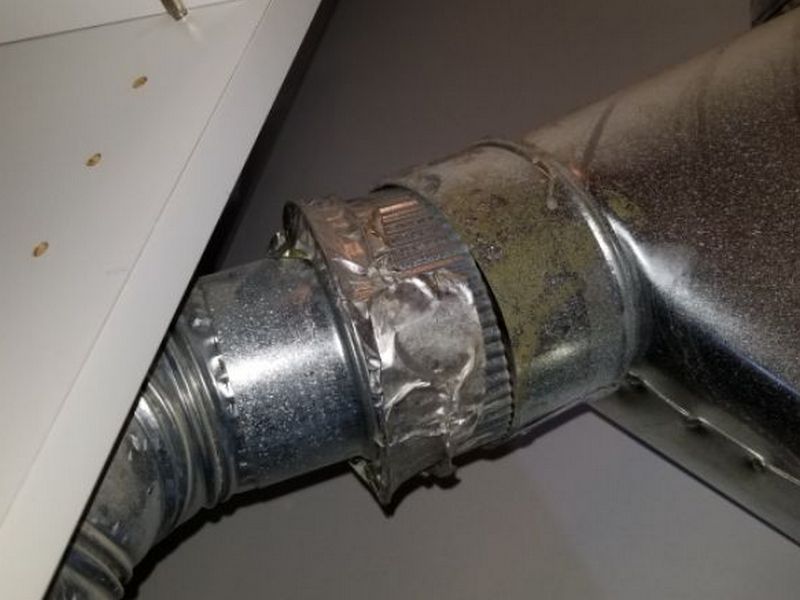
The water heater’s exhaust flue is corroded. This is a safety hazard that can permit exhaust gases to enter the living areas. Hire a plumber to replace the exhaust flue.
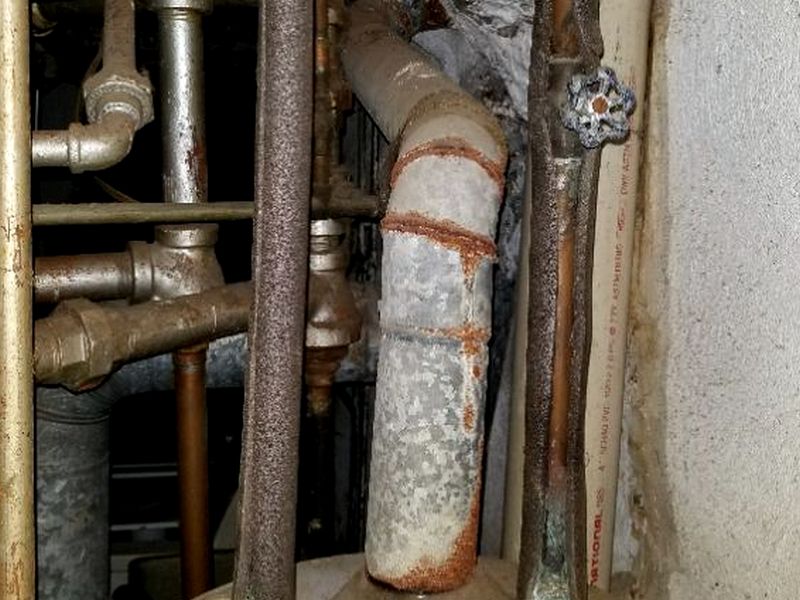
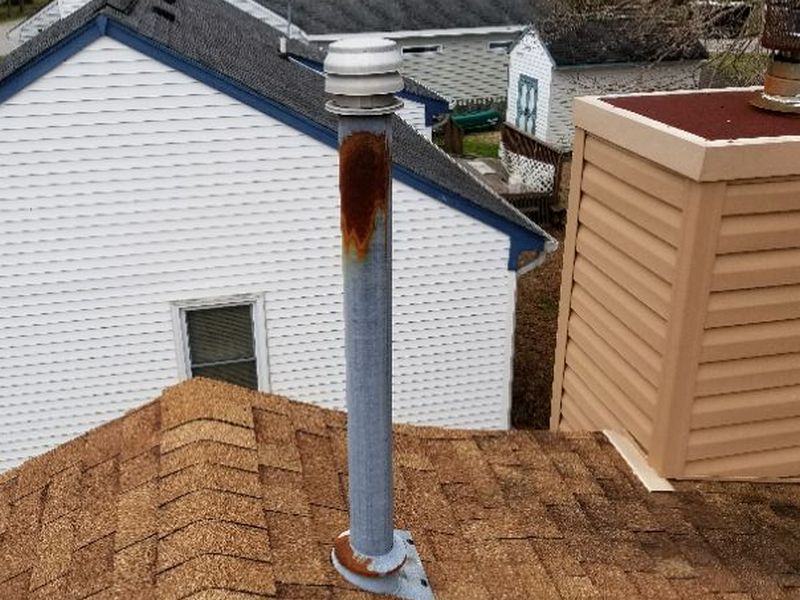
There is acidic precipitate at the water heater’s exhaust flue pipe. This implies a drafting problem that can permit flue gases to enter the living area. Hire a plumber to evaluate the exhaust system and to make required repairs.
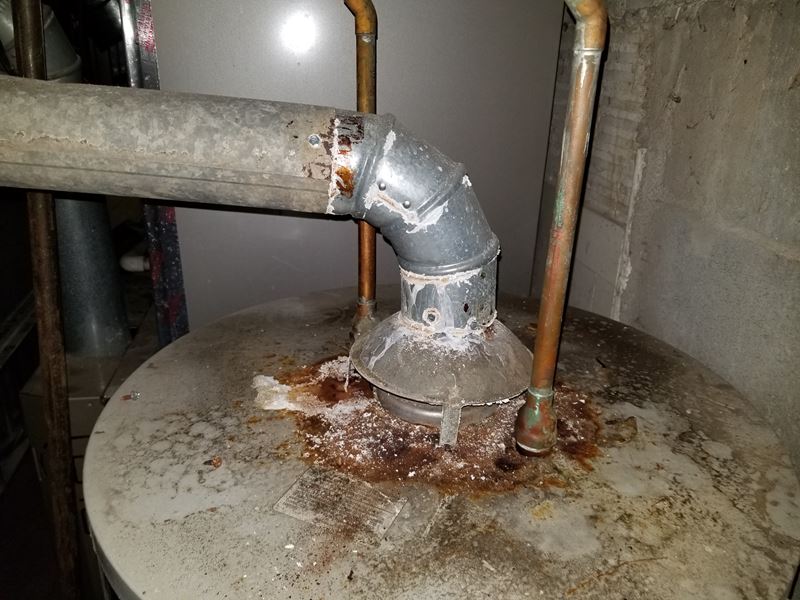
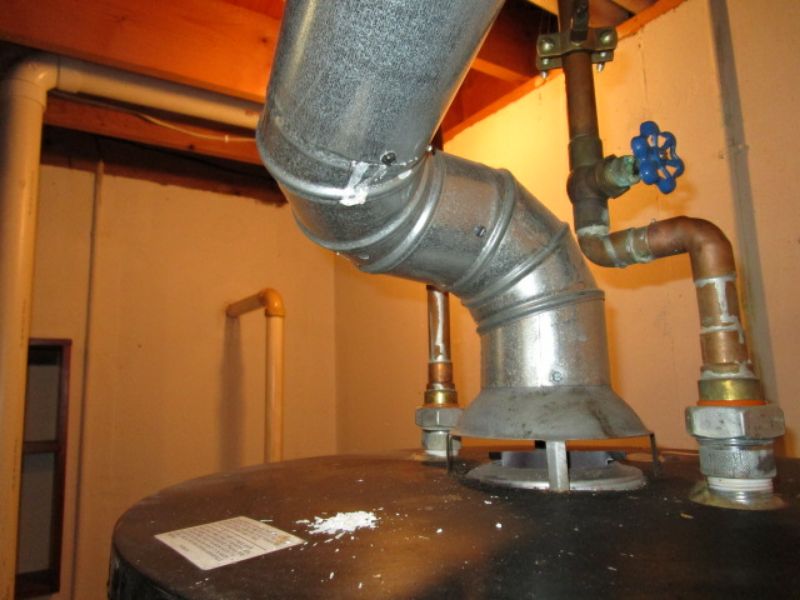
There are signs of back-drafting at the water heater. Back drafting is the venting of combustion gases through openings other than the flue. This is a safety hazard. Hire a plumber to evaluate the exhaust system and to make required repairs.
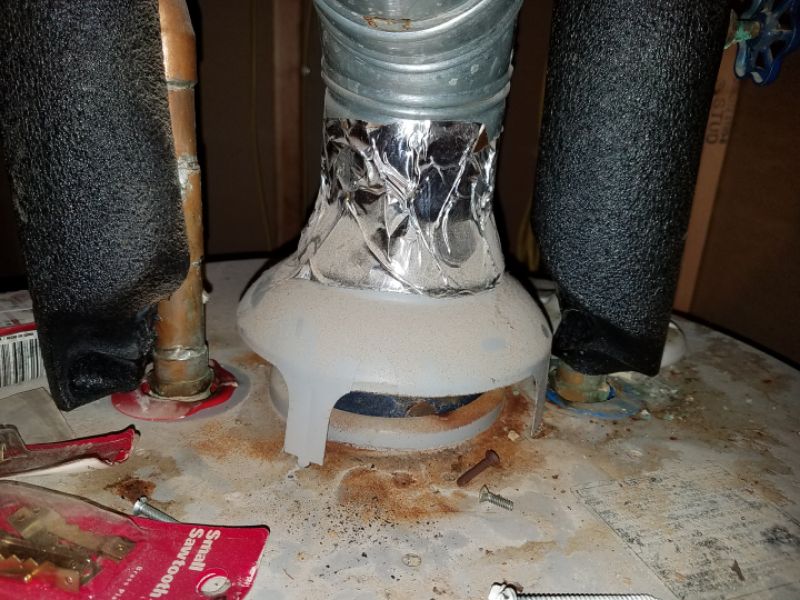
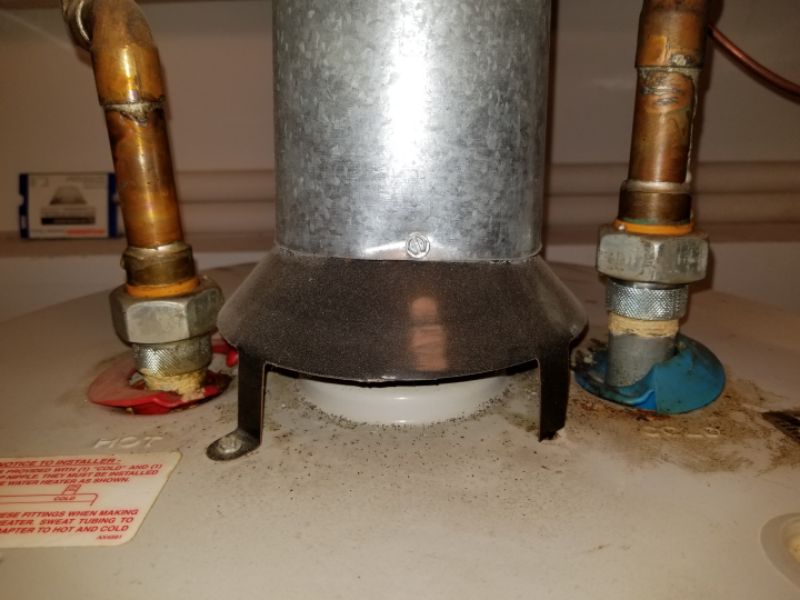
The water heater’s exhaust flue pipe is improperly installed. The flue pipe enters the chimney at a point lower than the heating system’s exhaust pipe. This is a safety concern that can cause back-drafting. Hire a plumber to reinstall the pipe.
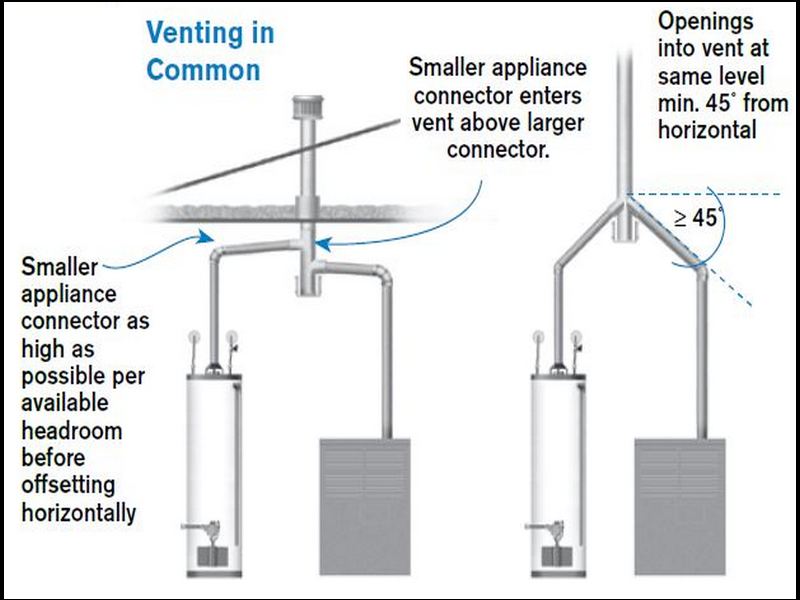
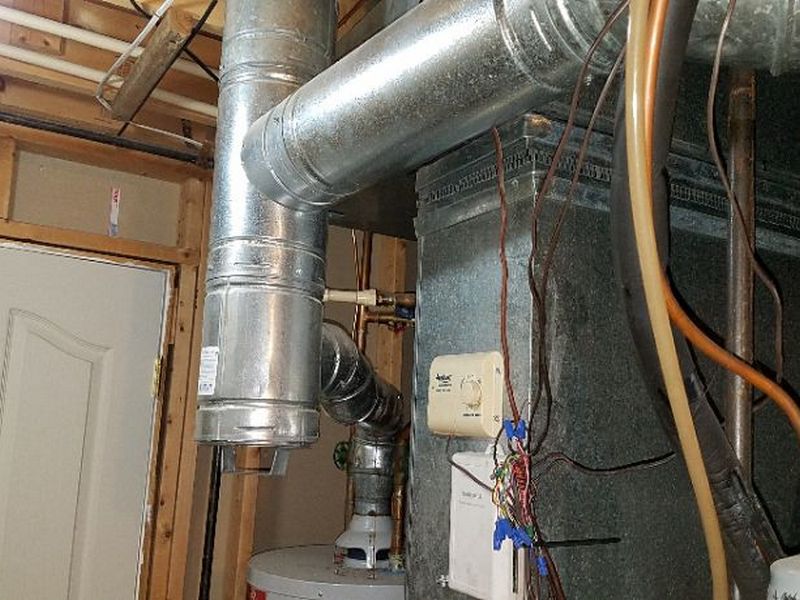
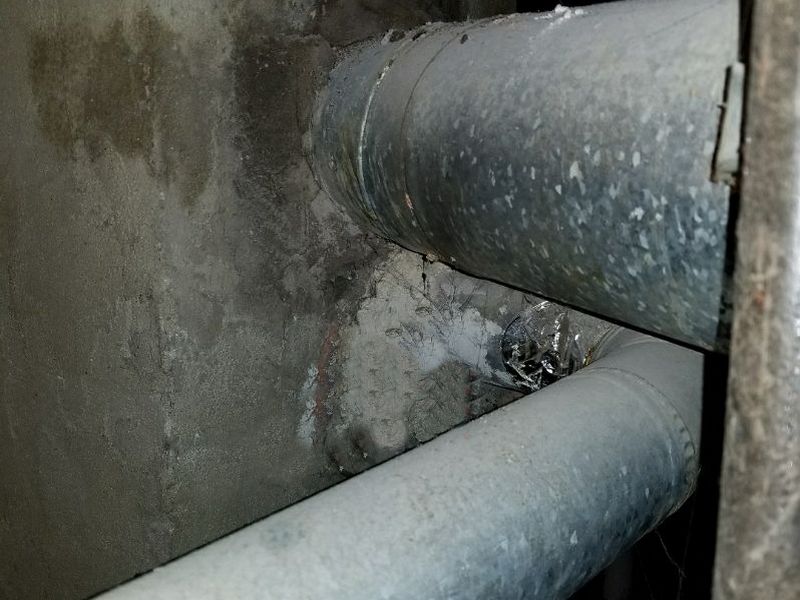
The water heater’s burner cover is damaged or missing. This is a safety hazard. Hire a plumber to replace the burner cover.
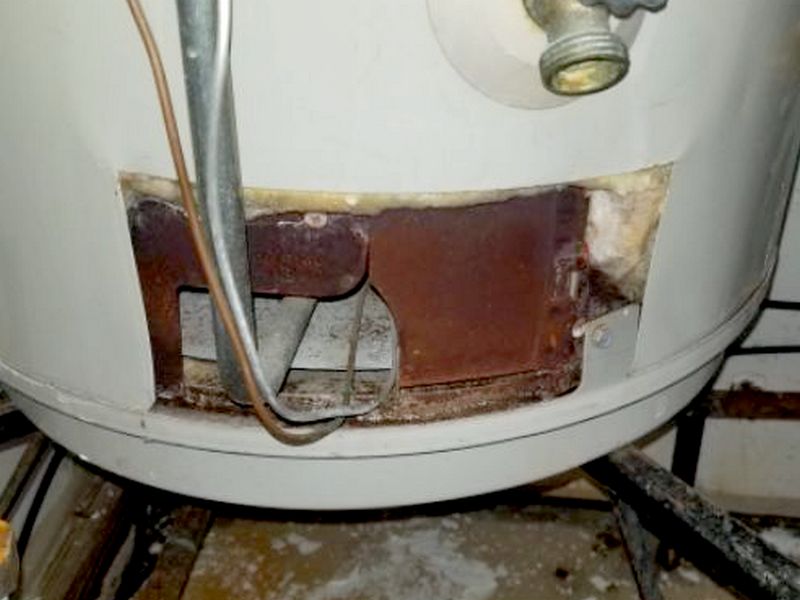
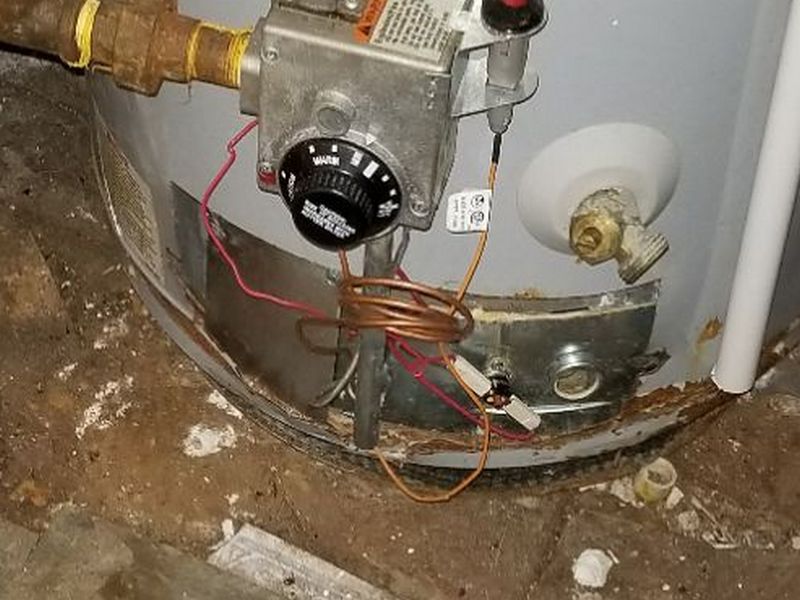
The water heater has scorch marks at the burner compartment. This indicates a hazardous flame rollout and a possible back-drafting problem. Hire a plumber to evaluate the scorch marks and to make required repairs.
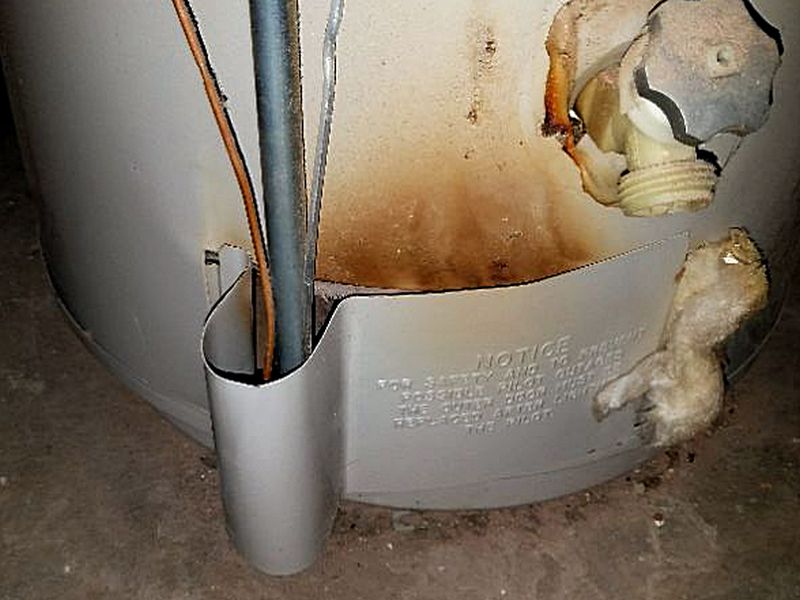
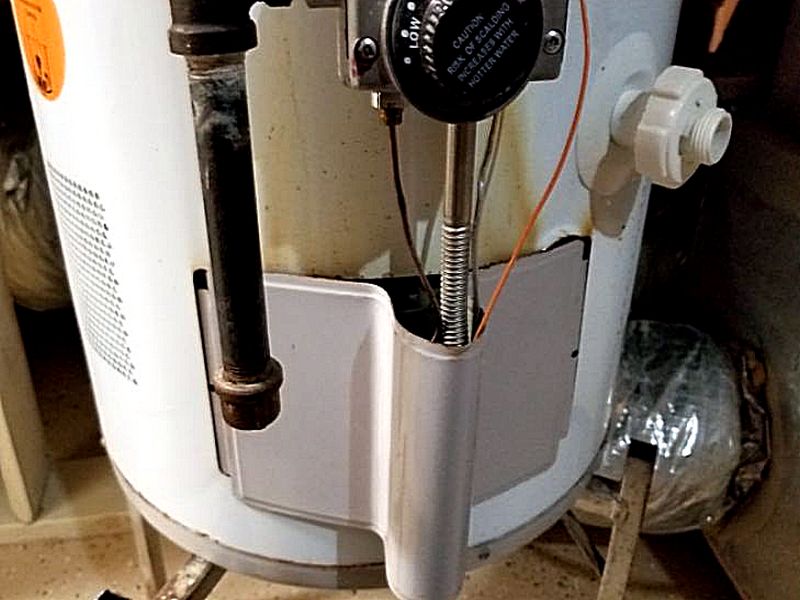
The water heater’s draft hood is loose or damaged. This can permit exhaust gases to enter the living areas. Hire a plumber to secure the draft hood.
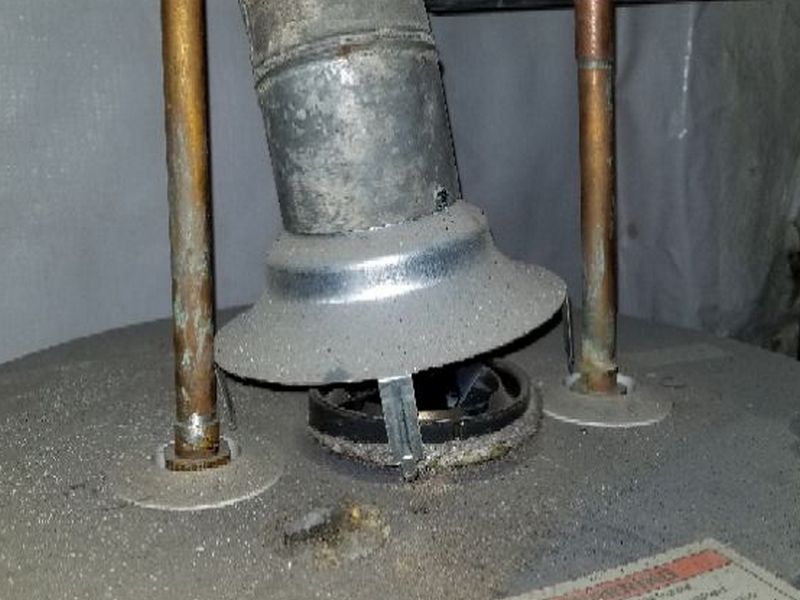
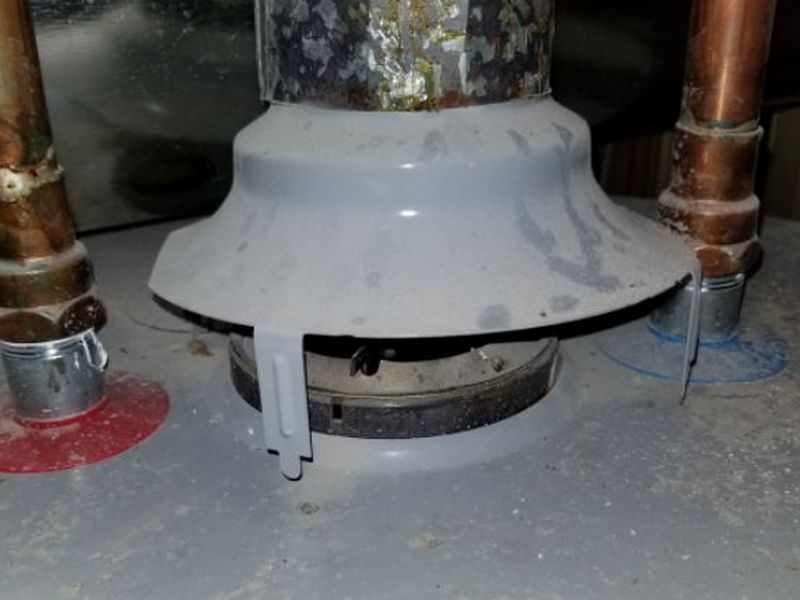
TPRV Discharge Pipes
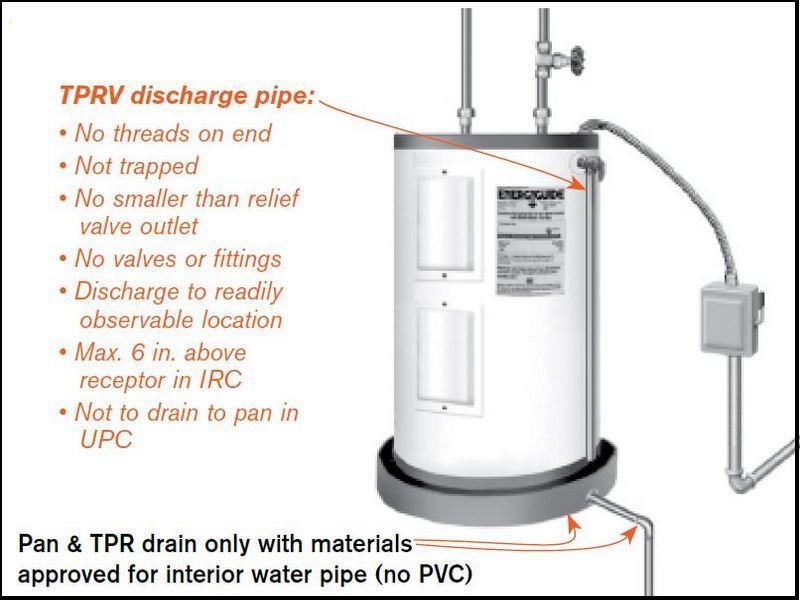
Staged Demonstration: the TPRV was capped and the appliance allowed to overheat.
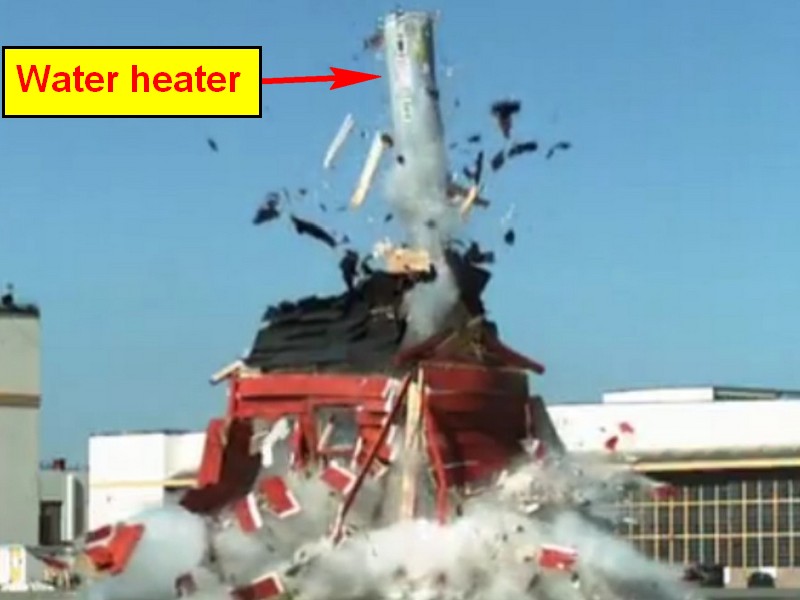
The water heater’s Temperature Pressure Relief Valve (TPRV) is capped or has a valve that can effectively prevent a discharge. This is a safety hazard that can damage the appliance or cause it to explode. Hire a plumber to replace the TPRV.
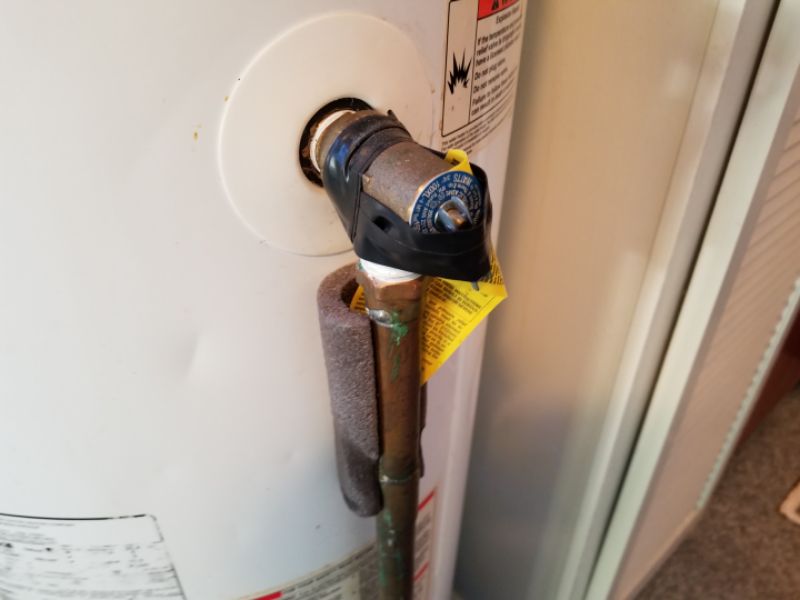
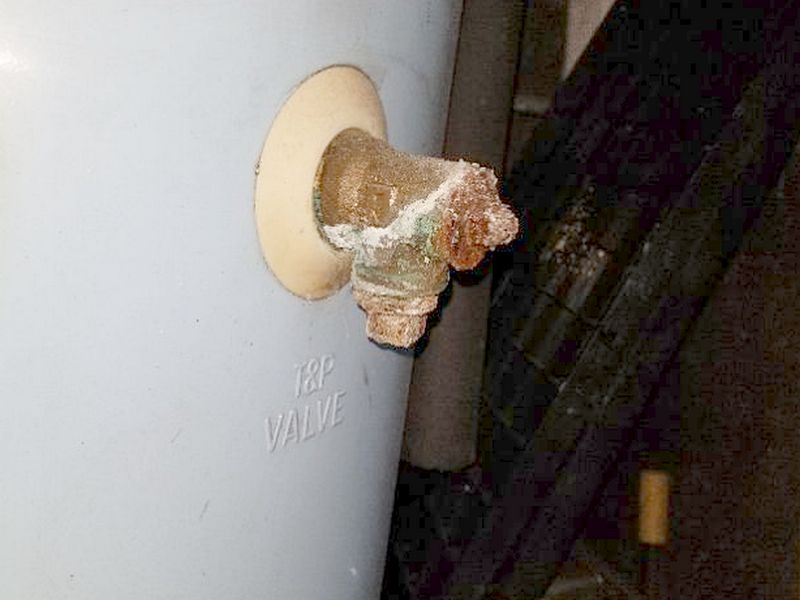
The water heater’s Temperature Pressure Relief Valve (TPRV) is leaking. It may not function as required, and can cause water damage. Hire a plumber to replace the TPRV.
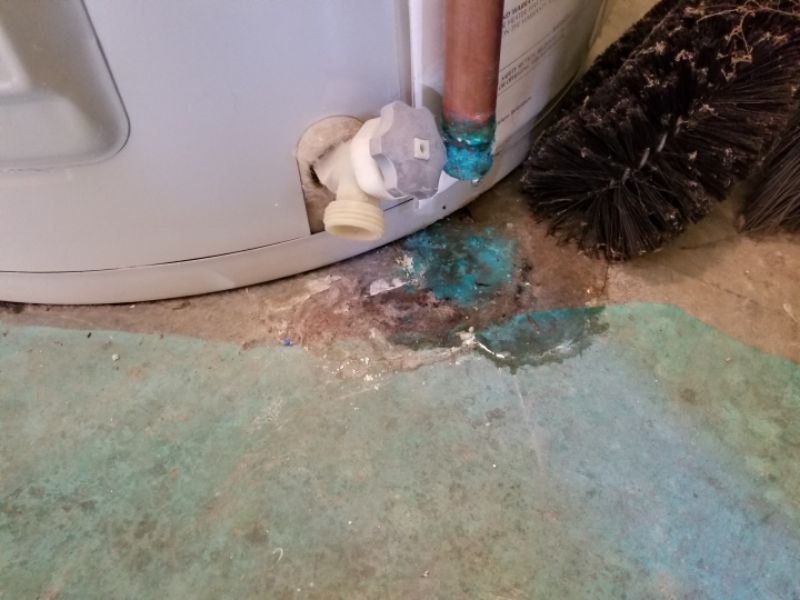
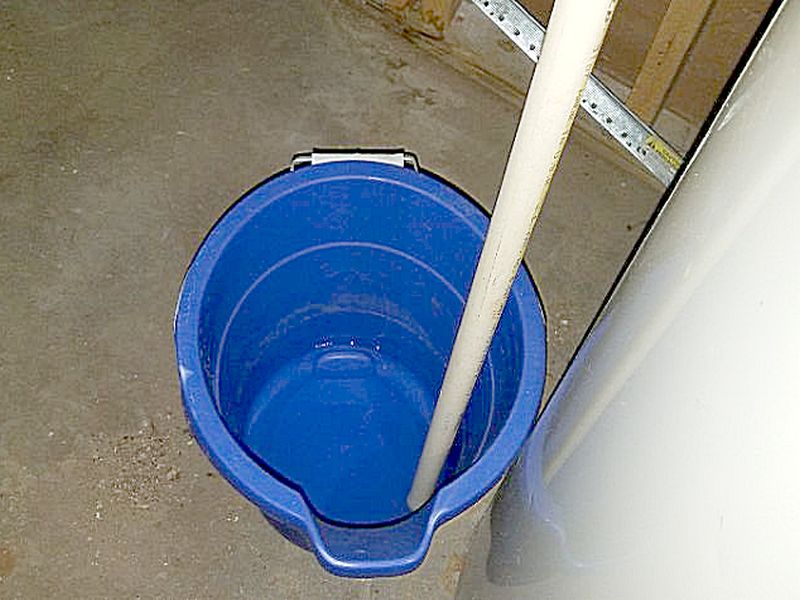
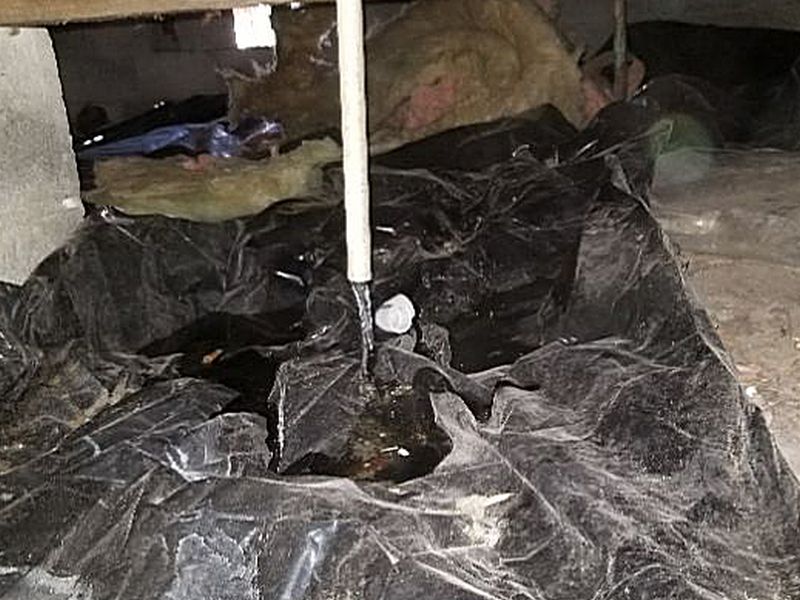
The water heater’s Temperature Pressure Relief Valve (TPRV) discharge pipe is too short. The pipe must be no more than 6″ from the floor to prevent a scalding injury should the valve open. Hire a plumber to replace the TPRV pipe.

The water heater’s Temperature Pressure Relief Valve (TPRV) extension pipe is missing. This is a scalding hazard should the valve open. Hire a plumber to replace the TPRV extension pipe.

The water heater’s Temperature Pressure Relief Valve (TPRV) extension pipe is an improper material. Flexible pipes, or those not rated for high temperatures, are a scalding hazard should the valve open. Hire a plumber to replace the TPRV extension pipe.
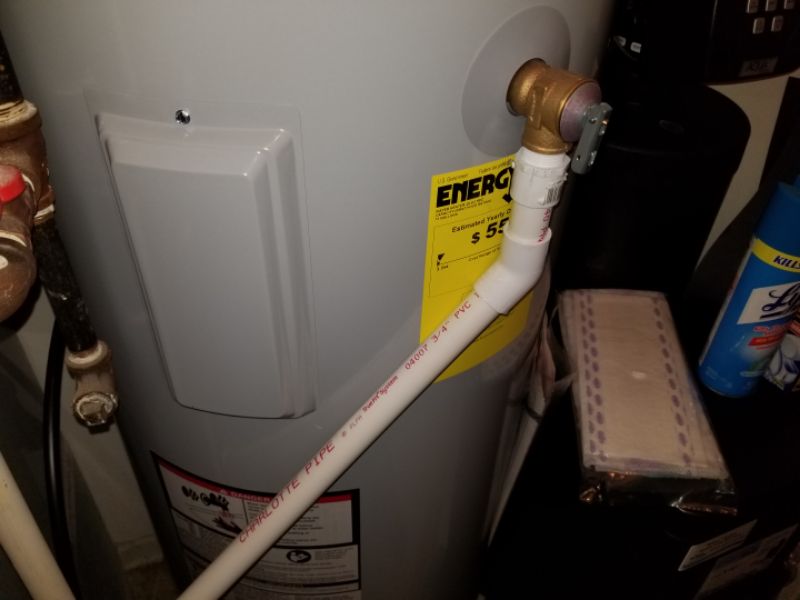
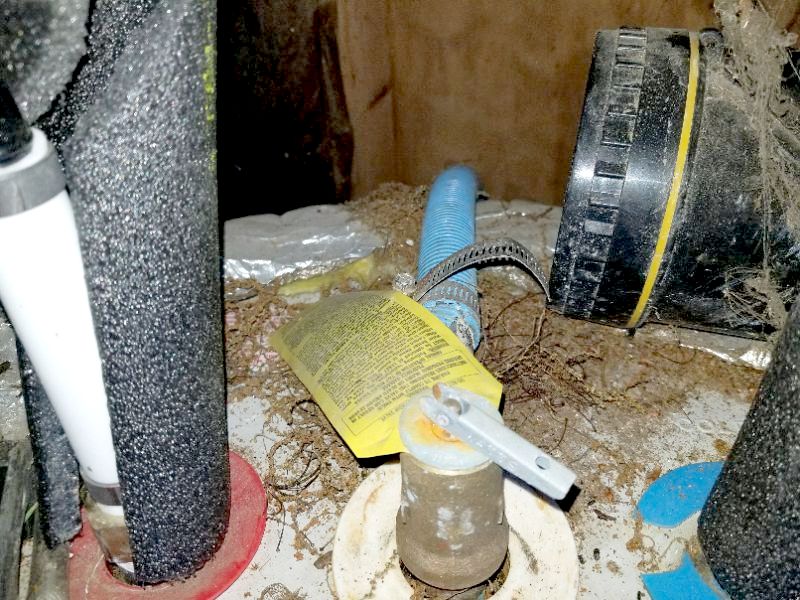
The water heater’s Temperature Pressure Relief Valve (TPRV) extension pipe is too small. The pipe must have the same diameter as the valve’s opening. This is a safety hazard. Hire a plumber to replace the TPRV pipe.
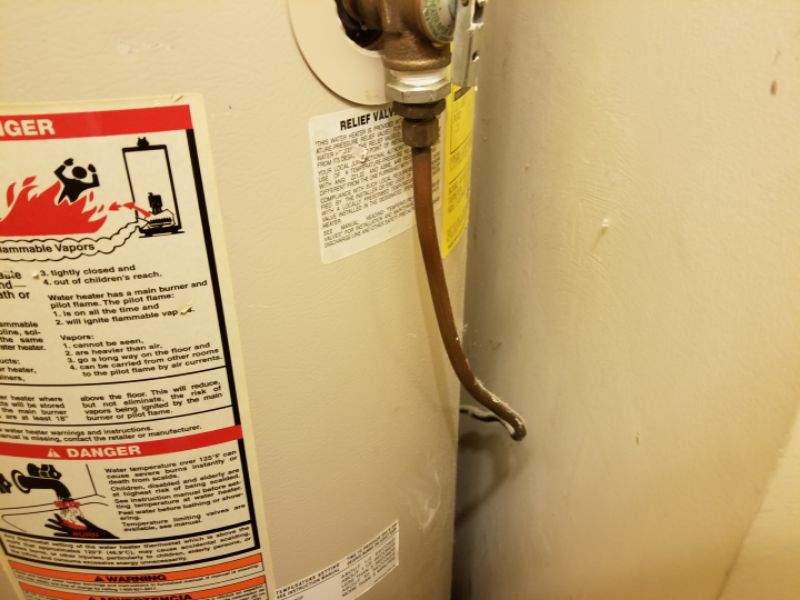

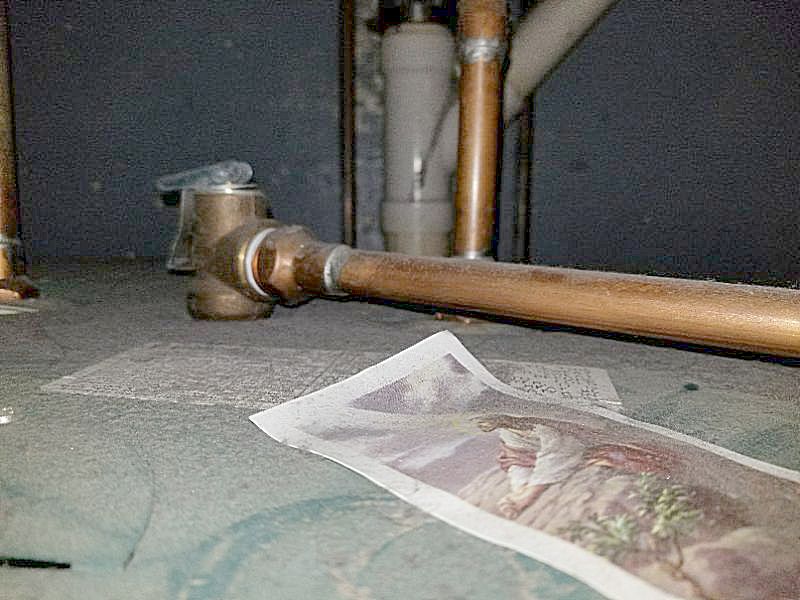
The water heater’s Temperature Pressure Relief Valve (TPRV) extension pipe is routed upwards. This is a safety hazard that can prevent the valve from opening when required. Hire a plumber to replace the TPRV extension pipe.
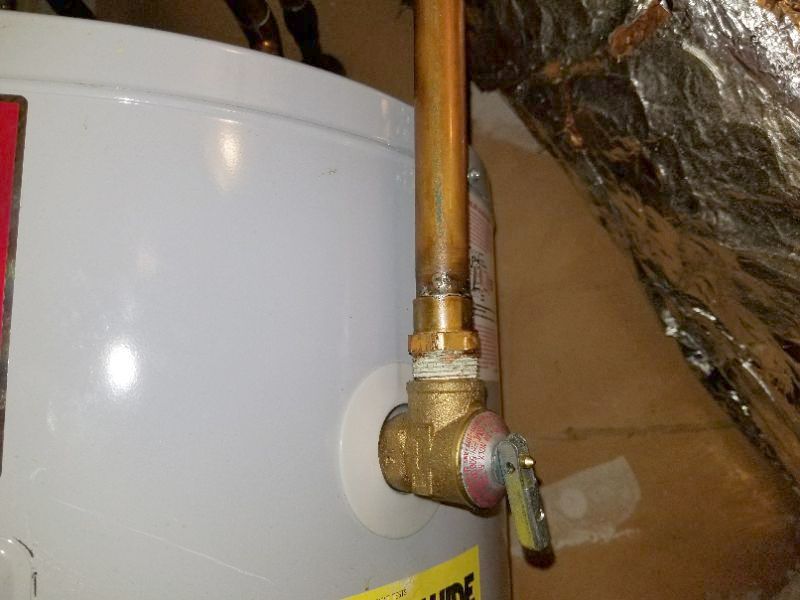
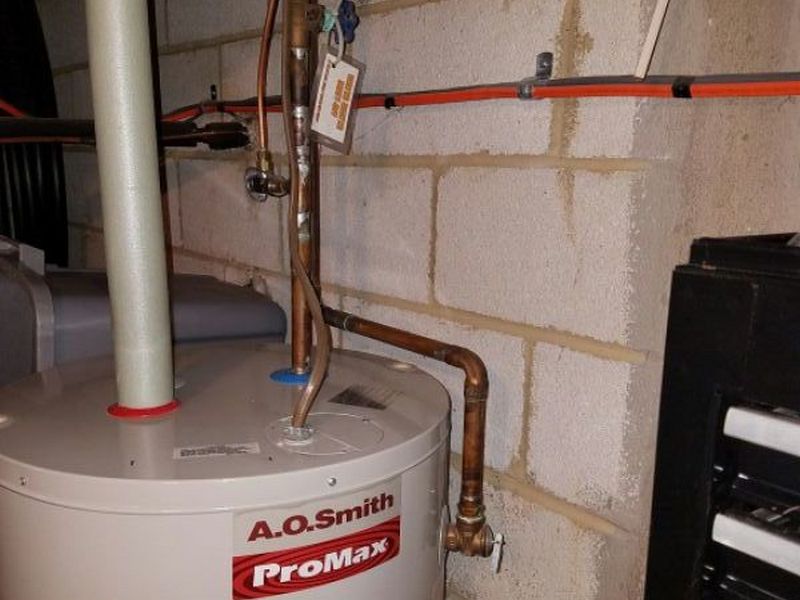
The water heater’s Temperature Pressure Relief Valve (TPRV) extension pipe is joined to other pipes. This is a safety hazard that can damage the appliance and cause a scalding injury. Hire a plumber to replace the TPRV extension pipe.
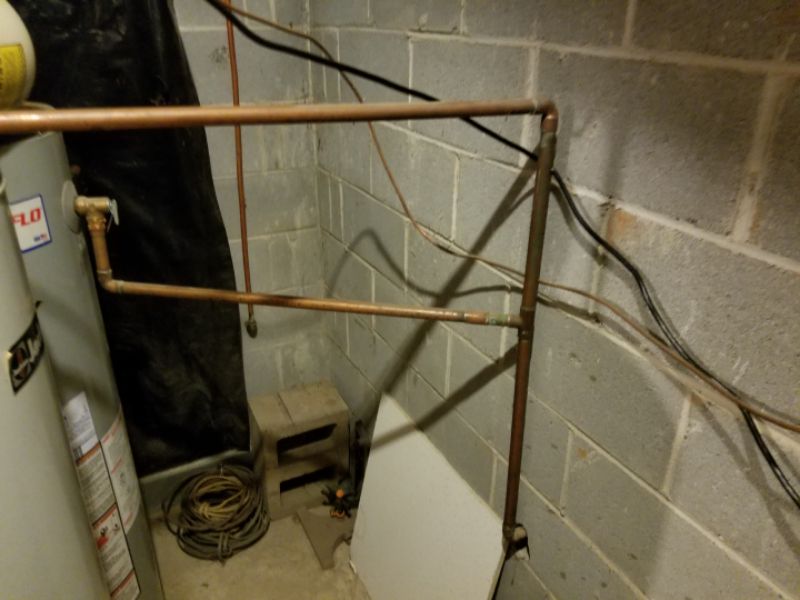
The water heater’s Temperature Pressure Relief Valve (TPRV) extension pipe is too long and/or has too many elbows. This is contrary to the manufacturers guidance and is a safety issue. Hire a plumber to replace the TPRV extension pipe.

Water Heater Limitation and Information Statements
Water service to water heater is off, visual inspection: Water service to the water heater is not turned on; we do not operate shut-off valves. Therefore, portions of the appliance which require water for operation are visually inspected only.
Pilot light off, no operation: The pilot light is off, which prevents system operation and limits the inspection.
Maintained by local association: The water heater or related system appears to be maintained by local association and, therefore, is not inspected.
Shared with other units, unable to determine responsibility for operation/maintenance: The water heater appears to be shared with other units. Therefore, the inspector is unable to determine responsibility for operation and maintenance.
Insulated, not inspected:The water heater is not completely inspected because it is insulated. The inspector does not remove insulation jackets during inspections.
Equipped with expansion tank, inspected for water leaks, no internal inspection: The water heater is equipped with an expansion tank which is inspected for water leaks. Inspection does not include internal components of the expansion tank.
High-efficiency unit, sealed components not inspected: The water heater is a high-efficiency unit and includes components which are sealed and cannot be inspected.
Powered off, not operated or inspected: The water heater is off and, therefore, cannot be operated or inspected.
Off prior to inspection, turned on during inspection to verify proper operation: The water heater was off prior to inspection. The inspector turned on the water heater during the inspection to verify proper operation before shutting off the water. However, due to time constraints, the water heater cannot be operated for the required time to determine hot water temperature.
Temperature setting turned down: The thermostat is turned down; homeowners generally set lower thermostat settings to conserve energy.
Operates on a timer, which is off: The water heater operates according to a timer, which is off. The inspector turned on the water heater during the inspection to verify proper operation before shutting the water heater off. However, due to time constraints, the water heater cannot be operated for the required time to determine hot water temperature.
Near/at end useful life, budget for replacement: The water heater is near or at the end of its estimated useful life. We recommend establishing a budget to replace the water heater.
Past end useful life, budget for replacement: The water heater is past the end of its estimated useful life. We recommend establishing a budget to replace the water heater.
Age is estimate, exact age not determined, data plate missing or no info: The age of the water heater is an estimate. The exact age cannot be determined because the data plate is missing or does not provide the required information.
Tankless water heaters require periodic servicing, frequency depends on many factors, including local water supply, consult plumber as required: Tankless water heaters generally require periodic servicing to prevent scale build-up and maintain optimal performance. The frequency of service depends on many factors, including the local water supply. Contact a plumber authorized by the appliance manufacturer for further guidance.
Whirlpool Tub
In the component “Whirlpool Tub” we are looking at interior bathroom-based fixtures. These are frequently called “Jacuzzis”, but that is a brand name. Whirlpool tubs are different from outdoor spas and hot tubs, which are generally inspected for a separate fee or only as a courtesy. Bathroom whirlpools, once a luxury item, are now more commonplace. Obviously, our evaluation must include everything that’s covered in a regular bathtub. In this section we will focus on those sub-components that make a whirlpool what it is.
Whenever possible, a whirlpool should be filled above the highest jets and operated. DO NOT walk away from a filling tub or run the whirlpool when empty. Take a photo when the tub’s pump is running. All whirlpools should provide access to the pump motor. Inspect within when readily accessible and view the motor and pipes during operation. Look for leaks, and ensure the pump motor is securely mounted, connected to a GFCI device, and bonded. Jets that aerate should do so. Inspect for any missing or damaged parts. Report any excess debris or discoloration that discharges.
The whirlpool tub lacks an access panel or scuttle door. The pump has a reset button that cannot currently be operated. Hire a plumber to install an access panel or door.
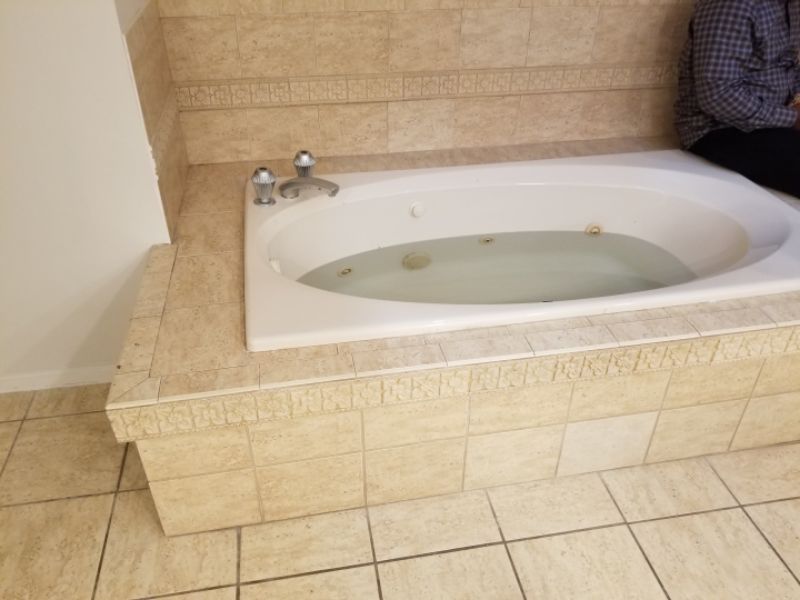
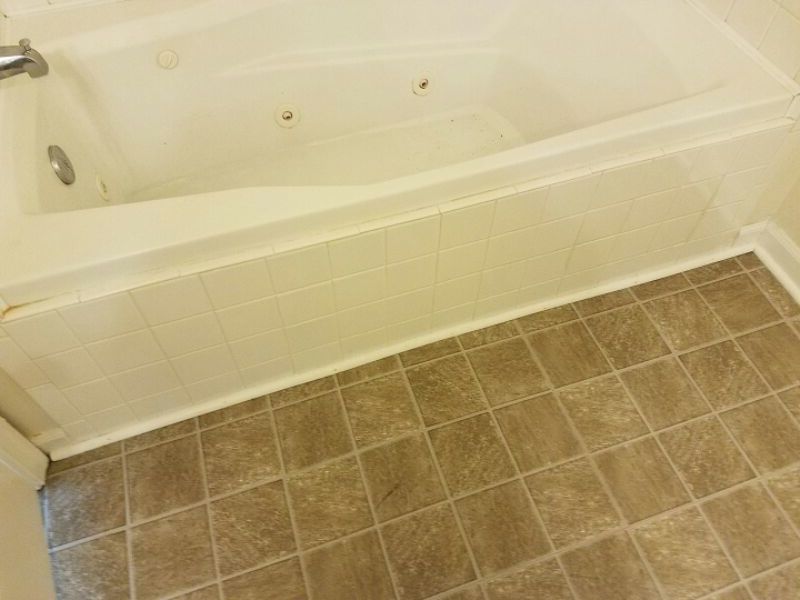
The whirlpool tub’s motor is not connected to a GFCI device. This is a life-safety issue. Hire an electrician for repairs as needed.
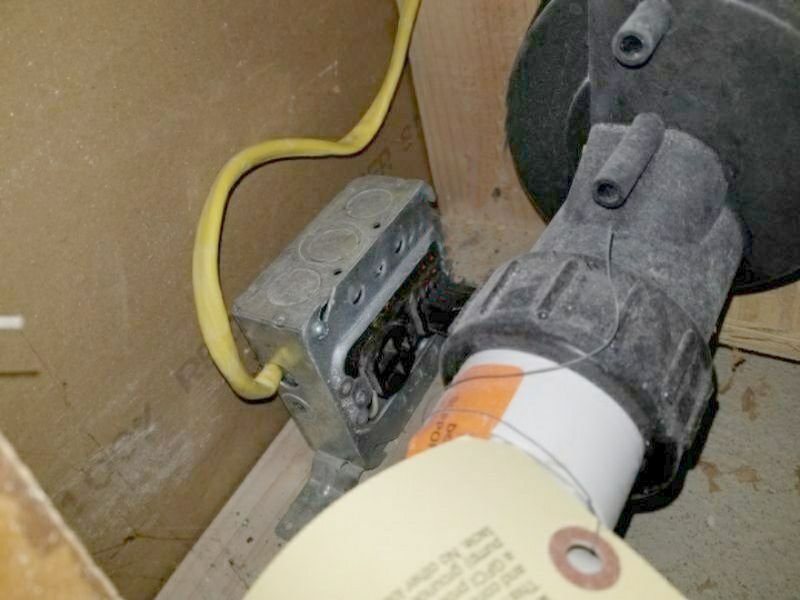
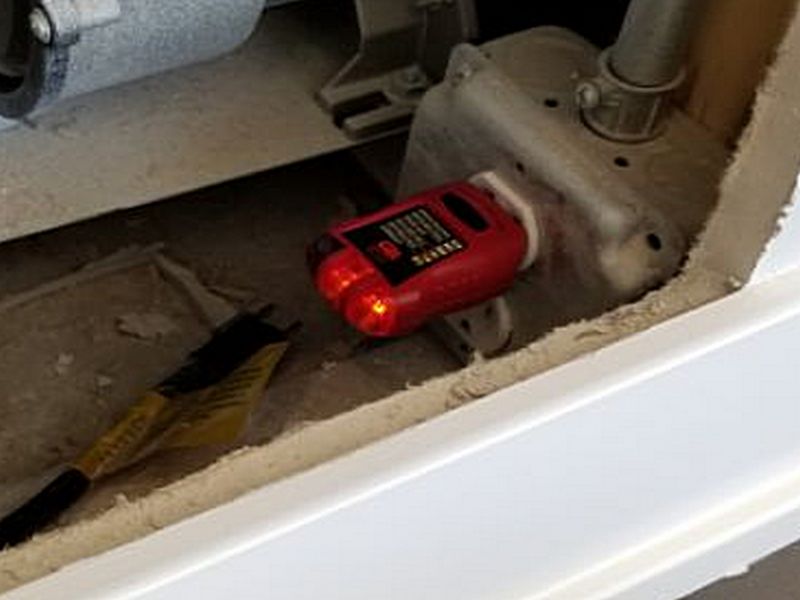
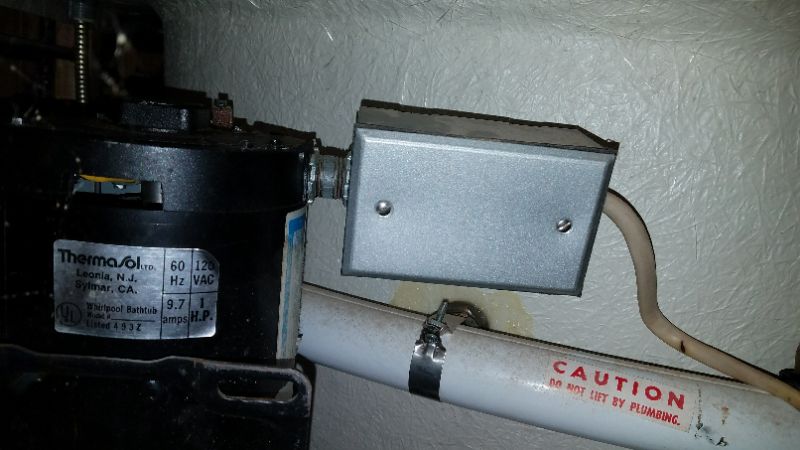
The whirlpool pump is not electrically bonded. This is a safety hazard. Hire an electrician to properly bond the pump.
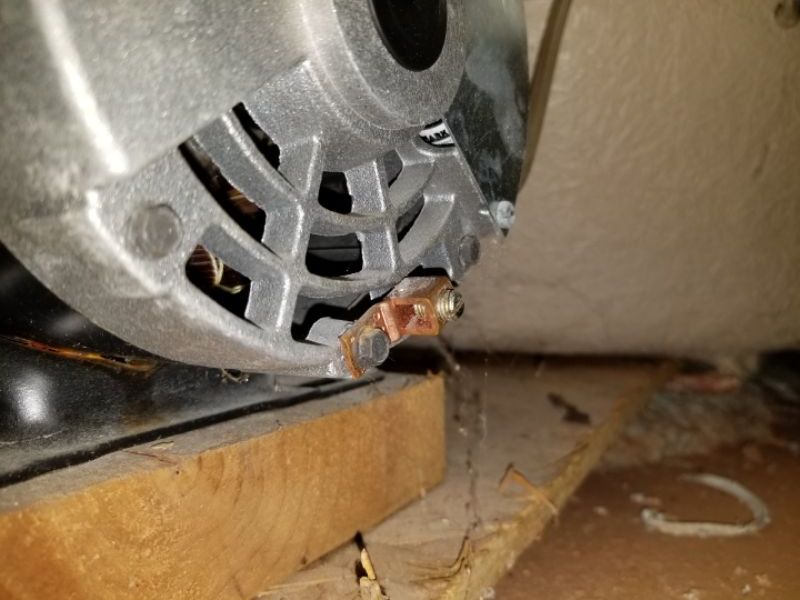
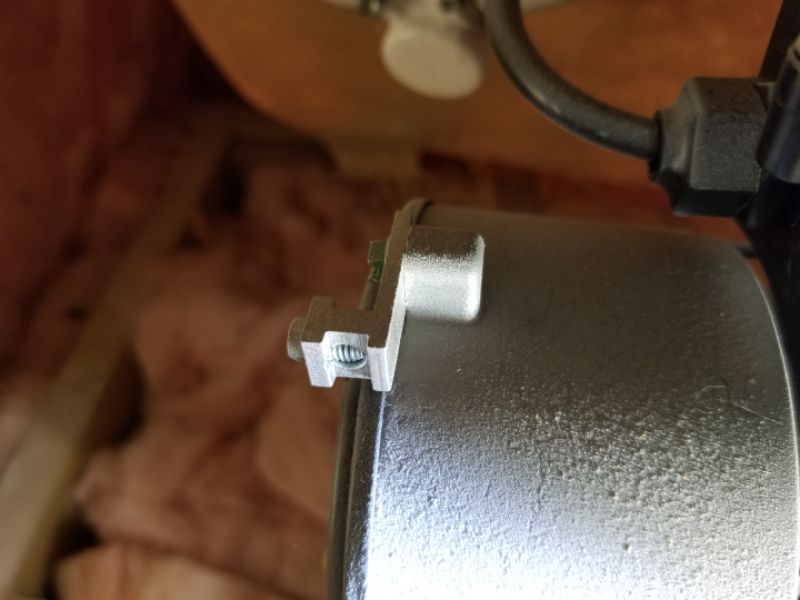
The whirlpool tub piping is leaking. This can cause damage to the surrounding area. Hire a plumber for an evaluation and to make the needed repairs or replacements.
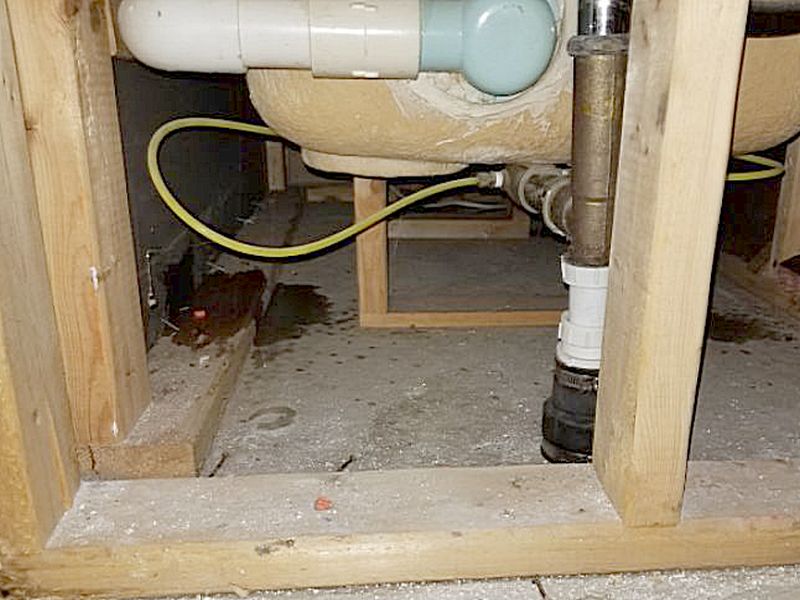
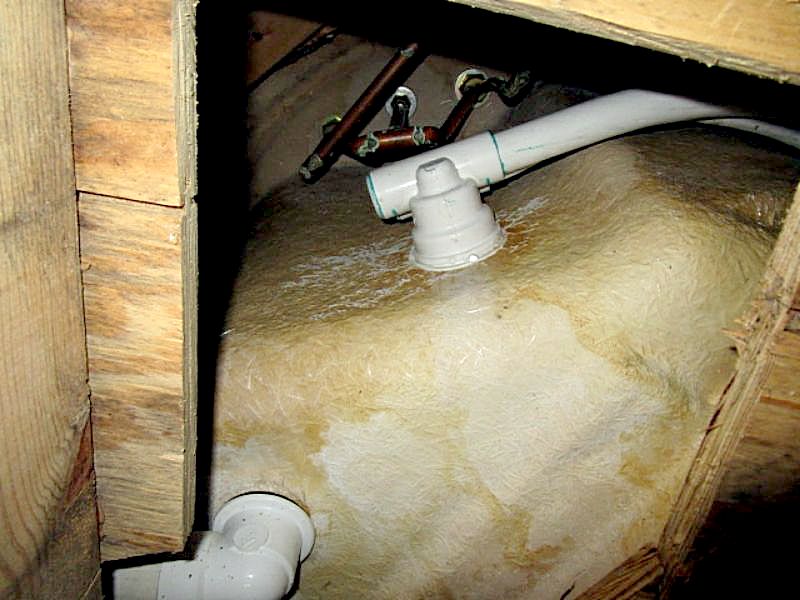
The whirlpool tub water that exits the water jets is discolored and has debris. This implies that stagnant water has been sitting in the pipes for an extended time. Operate the tub jets and clean the jets as required.


There are jets at the whirlpool tub that are not aerating or producing bubbles. The inspector cannot determine if the jets are designed for this function. Hire a plumber for an evaluation and to make the needed repairs or replacements.
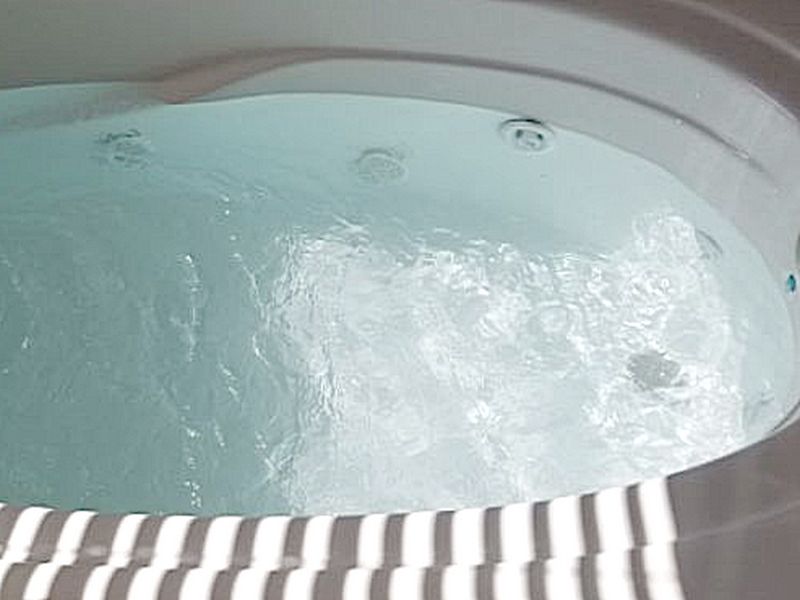
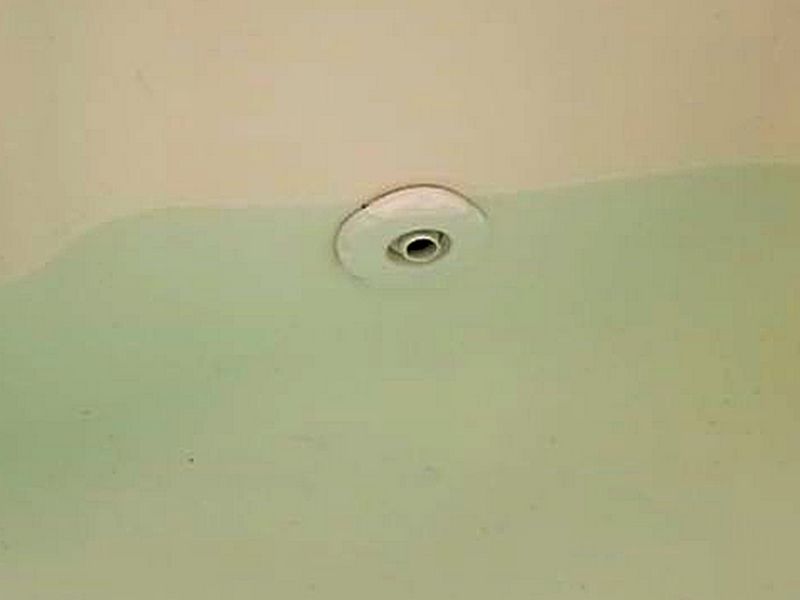
Some of the whirlpool tub water jets are missing parts. This prevents proper function. Repair or replace the required parts.
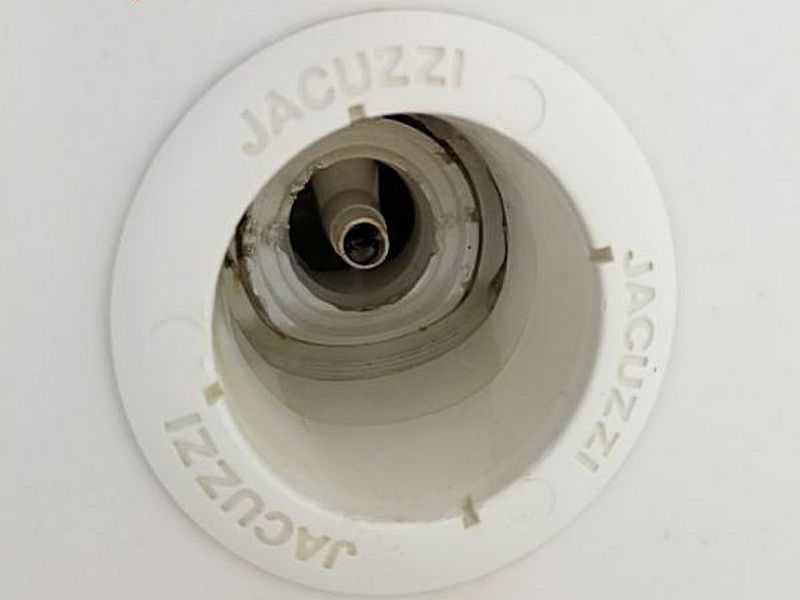

Whirlpool Tub Limitation and Information Statements
Water service to whirlpool tub is off, visual inspection: Water service to the whirlpool tub is not turned on; we do not operate shut-off valves. Therefore, portions of the tub which require water for operation are visually inspected only.
Water can remain in piping systems, clean and maintain whirlpool tub regularly to prevent bacterial infections, periodically flush with cleaning solution: Water can remain in piping systems, regardless of manufacturer claims. Clean and maintain a whirlpool tub regularly to prevent bacterial infections. Periodically flush with a cleaning solution specifically formulated to remove bath residue.
Hose Faucet
Exterior hose faucets, sometimes called “hose bibbs,” are a plumbing feature that we just take for granted. Most of us would be shocked to move into our new home and discover there’s no place outside to connect a hose to the water supply. How will we wash the car, or water the garden? Even many townhouse units will have a bibb at the balcony. While they are basically just another faucet, they do have special considerations. The main one is the need for an anti-siphon device. These are either integral to the faucet, or an aftermarket screw-on. A hose connected to an exterior faucet can come into direct contact with the soil, puddles, spills, or other contaminates. The anti-siphon feature prevents drawing contamination into the potable water supply should the supply pressure drop. While they may not have been required when the house was built, we should always report when they are missing. We should also be aware that hose faucets can be winterized to prevent freeze damage. Don’t forget to use appropriate Limitation Statements. Inspect for a solid mounting to the exterior in a manner that doesn’t allow water penetration. Report leaks, drips, damage, and missing faucets.
Screw-on anti-siphon devices are used on standard hose faucets
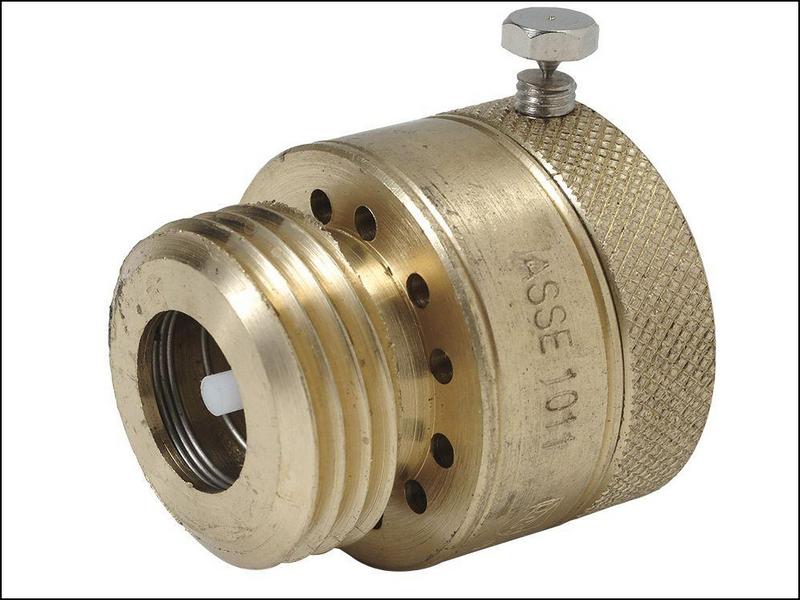
There are several styles of faucets with integral anti-siphon devices
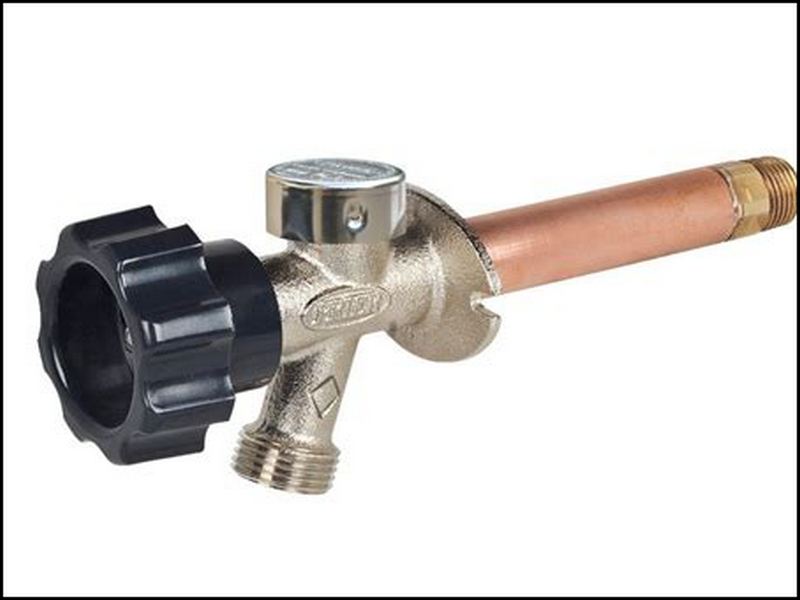
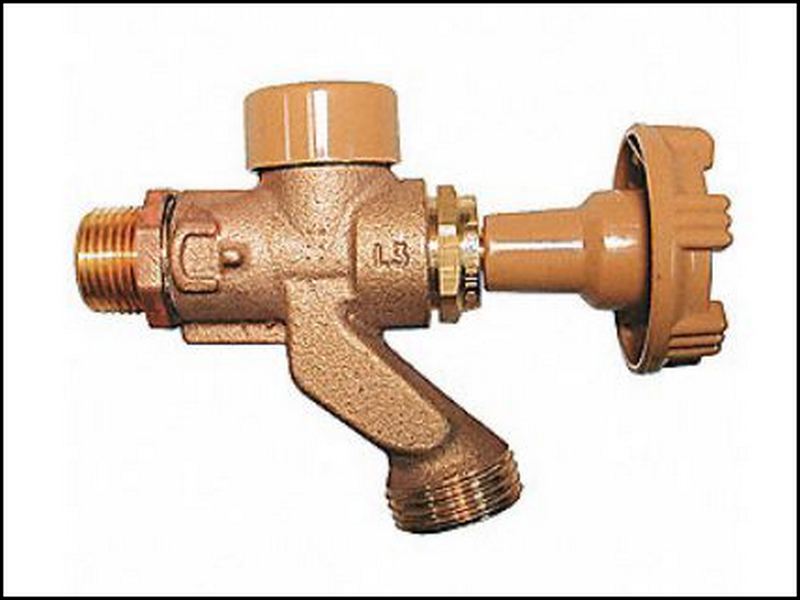
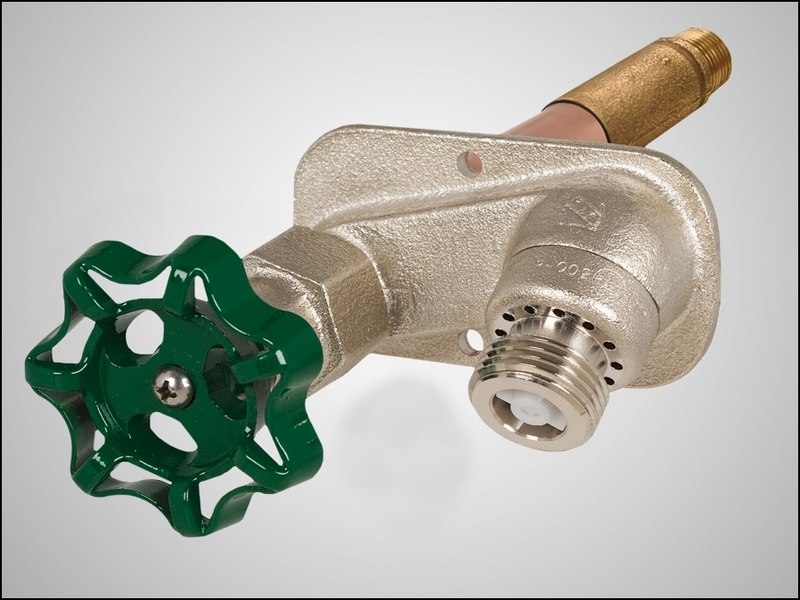
The hose faucet is not properly secured to the structure. This can allow damage and cause leaks. Secure the faucet to the structure.
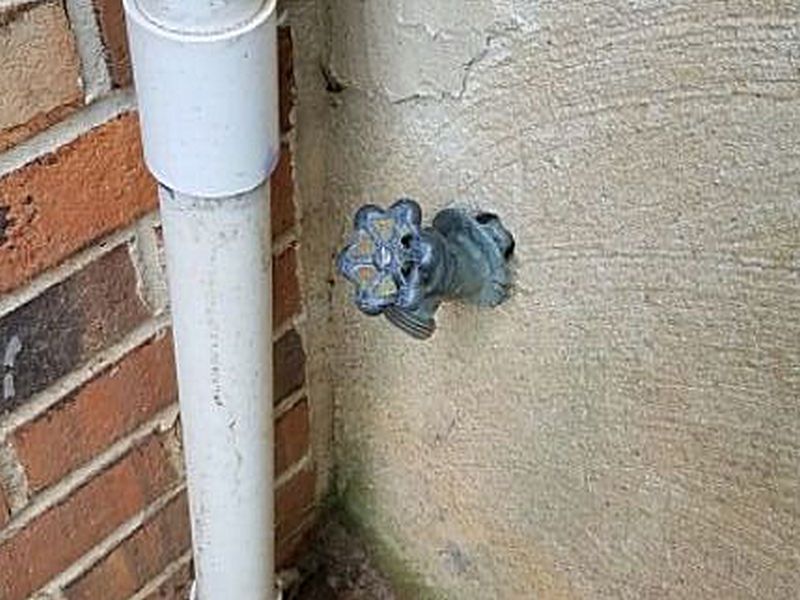
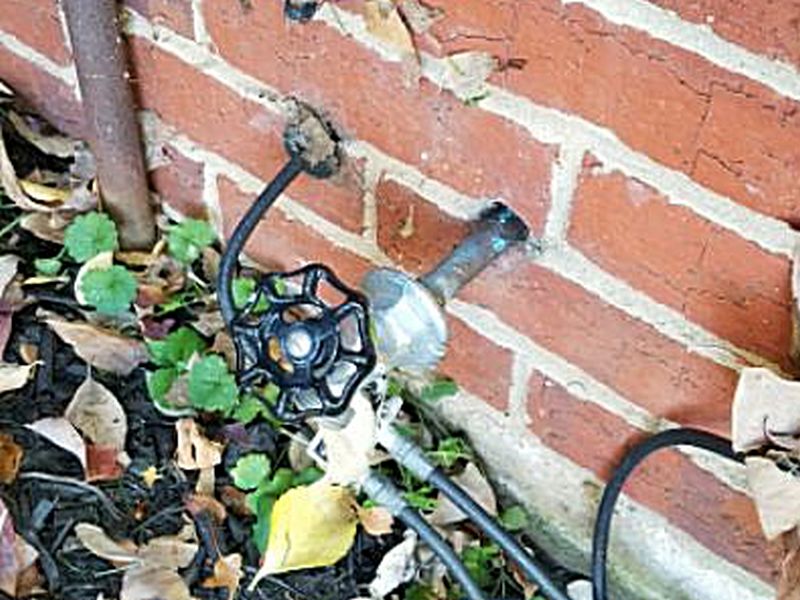
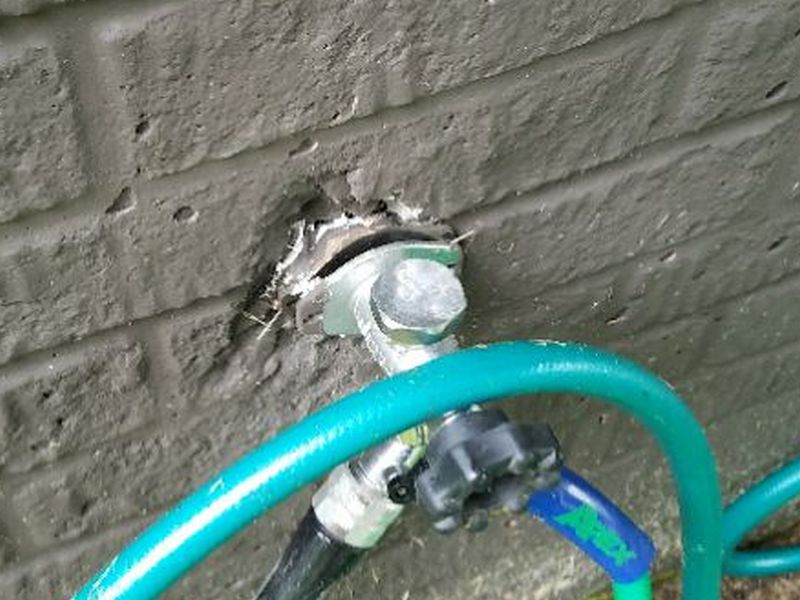
The hose faucet is broken or leaking. This affect proper operation and can waste water. Hire a plumber to repair or replace the faucet.
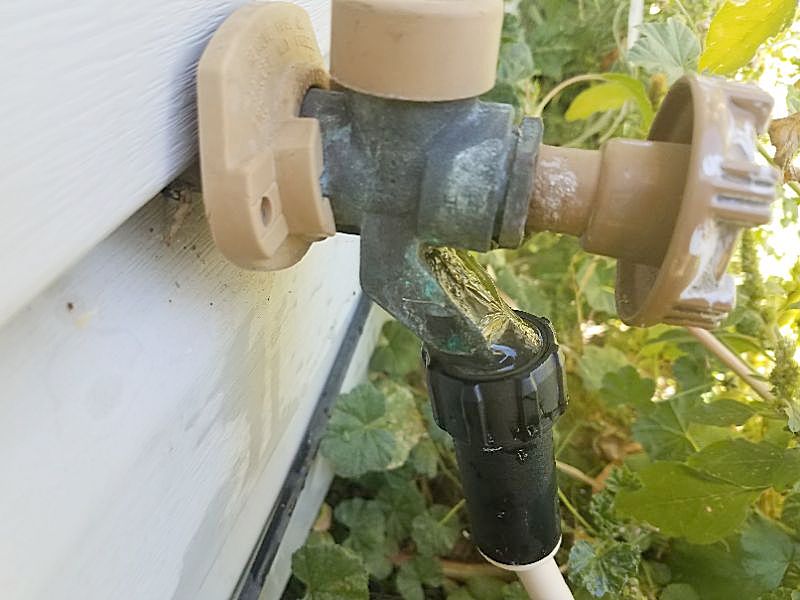
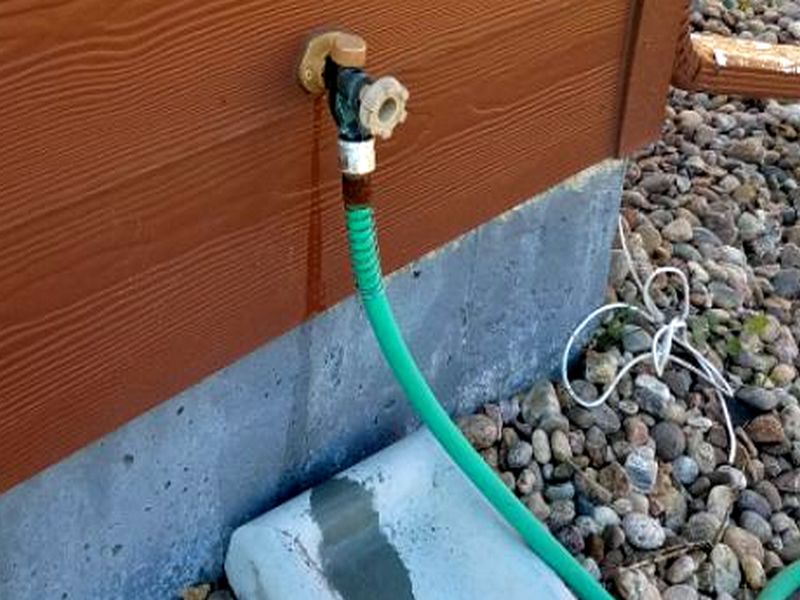
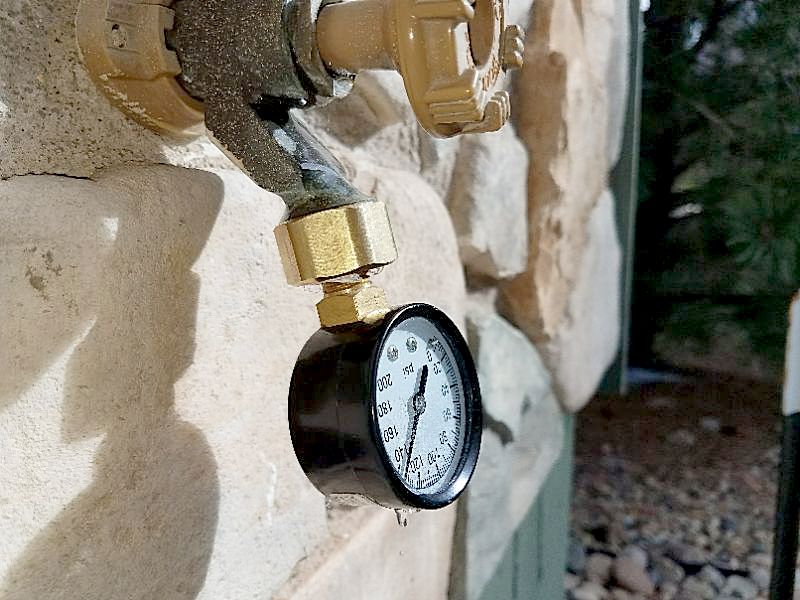
The hose faucet is inoperative. This affects normal use. Hire a plumber to repair or replace the faucet.
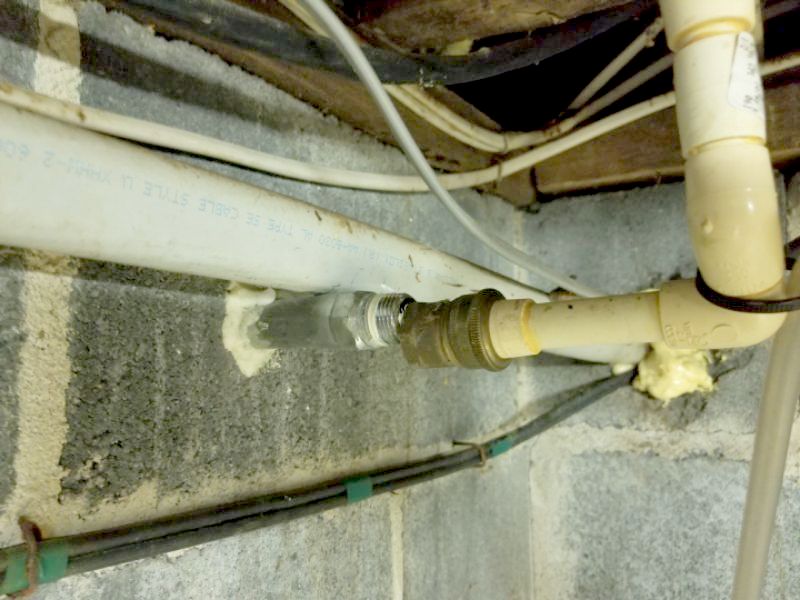
The hose faucet is missing an anti-siphon device. These prevent contaminated water from entering house’s potable water supply. Install an anti-siphon device.
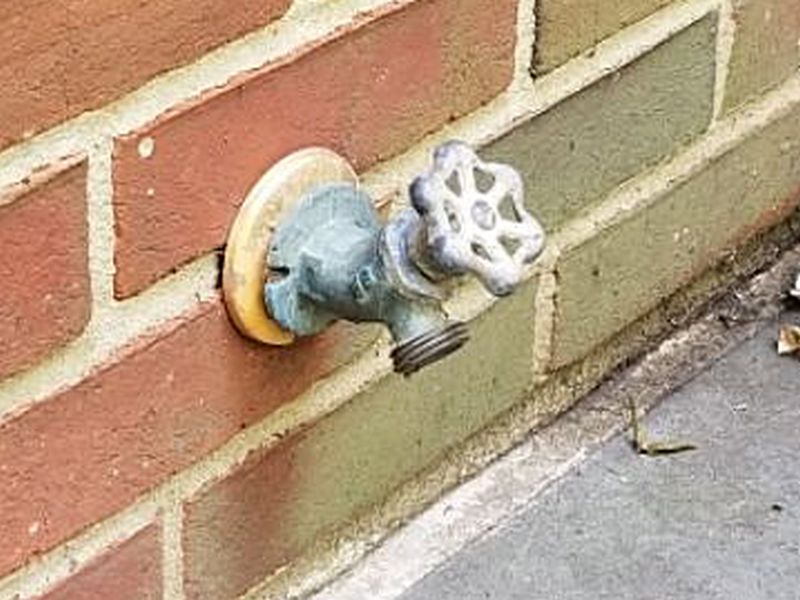
The hose faucet handle is broken or missing. This affects normal use. Repair or replace the faucet handle.
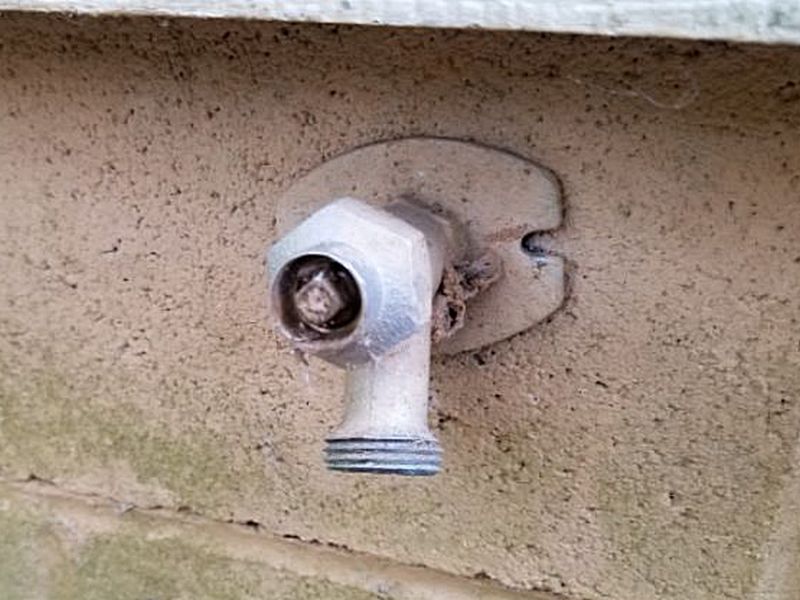
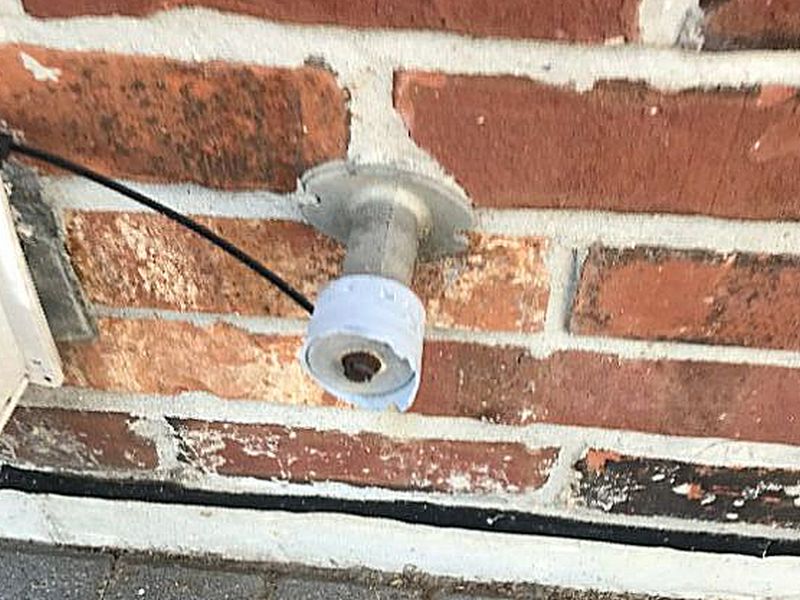
The hose faucet is missing. This affects normal use. Hire a plumber to repair or replace the faucet.
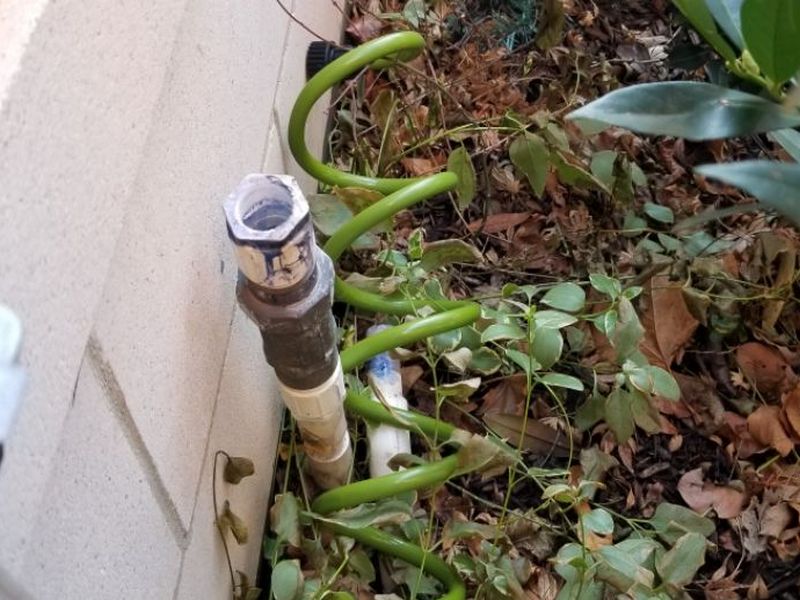
Hose Faucet Limitation and Information Statements
Hose faucet winterized, no operation: The hose faucet is winterized, which prevents operation and limits the inspection.
Waste Ejector
Plumbing fixtures, e.g. sinks, toilets, showers, will drain by gravity when they’re above the sewer or septic tank. When they are not, the fixtures’ discharge must be plumbed to a sealed sump containing an ejector pump. The pump lifts the effluent above the building’s main waste lateral to allow it to discharge out of the building. “Sump pumps”, as used on water control systems in basements and crawl spaces, only handle clear water. They are NOT ejector pumps. They cannot be used for this purpose, not even for solids-free “gray water” from washers, etc. Ejector pumps can also be “grinder” pumps, which process the waste into a slurry. These are not normally required unless the home has a pressurized sewer system. Grinder pumps are not recommended for most septic systems. Ejector pumps are sealed systems and should be noted as such. You should be able to hear the pump turn on after flushing a connected toilet or running water from a connected sink or tub/shower.
Sewage Ejector Pumps
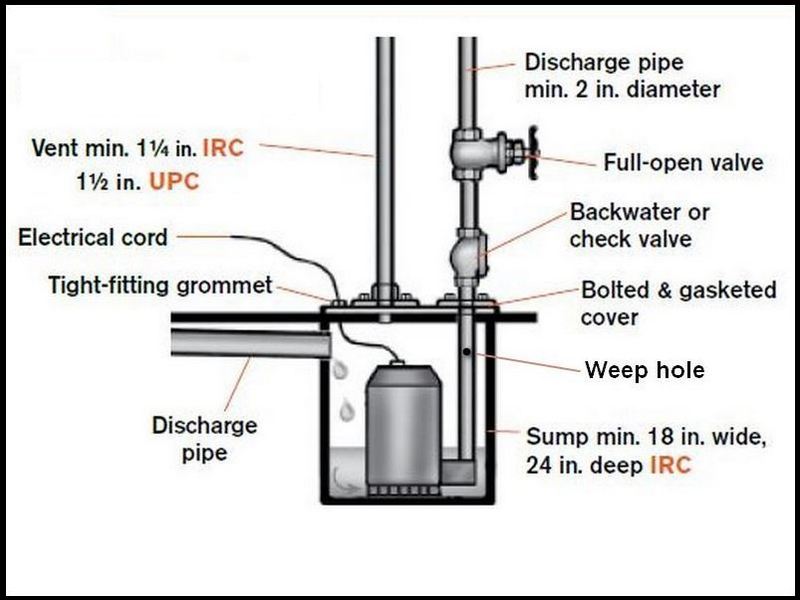
Installing fixtures below the sewer
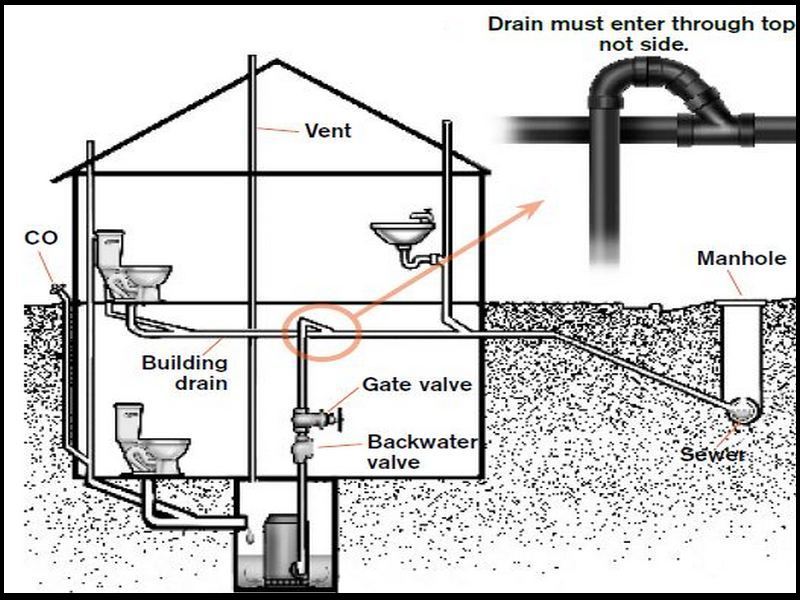
The waste water ejector pump is installed without a vent pipe that exits the house above the roof. This is a health hazard. Hire a plumber to make the needed repairs.
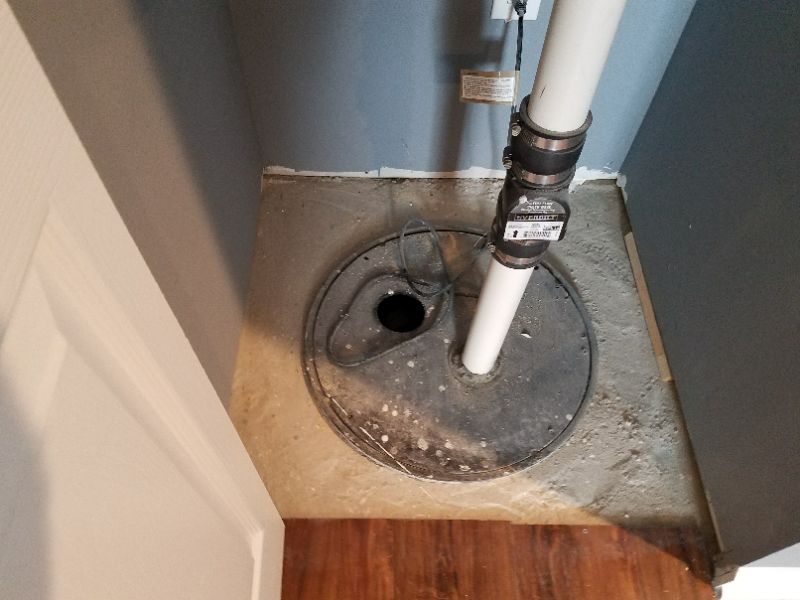
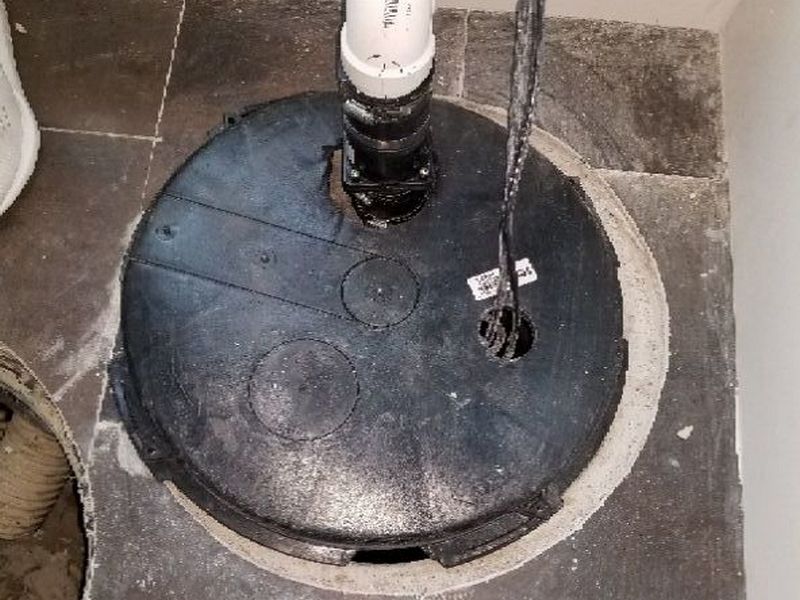
The waste water ejector pump does not have a check valve. This is a health hazard that can allow waste to backflow into the sump. It can also cause the pump to fail prematurely. Hire a plumber to install a check valve.
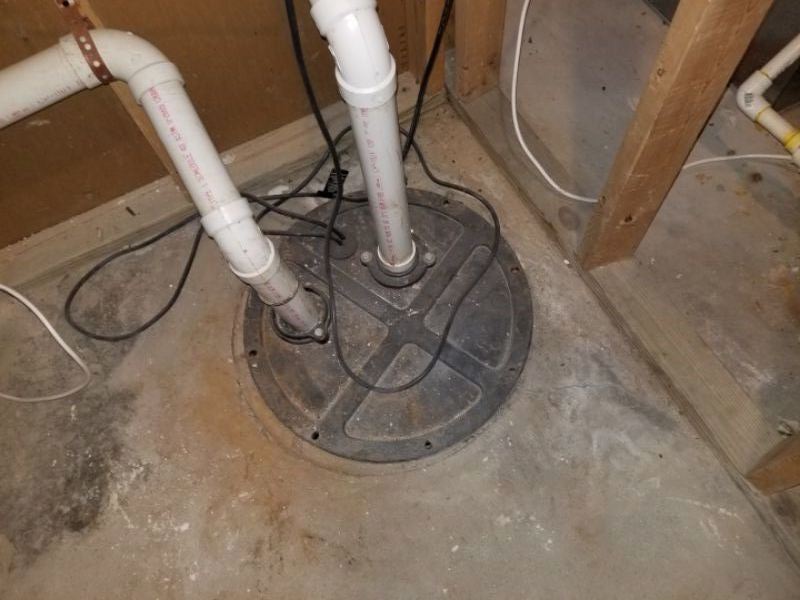
The waste water ejector pump does not have an isolation valve installed to allow for proper system maintenance. Hire a plumber to install isolation valves as needed.
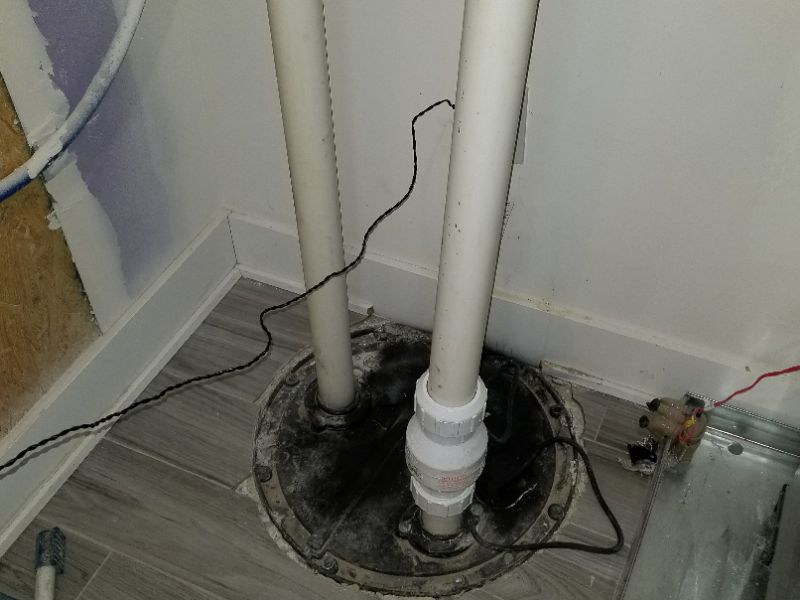
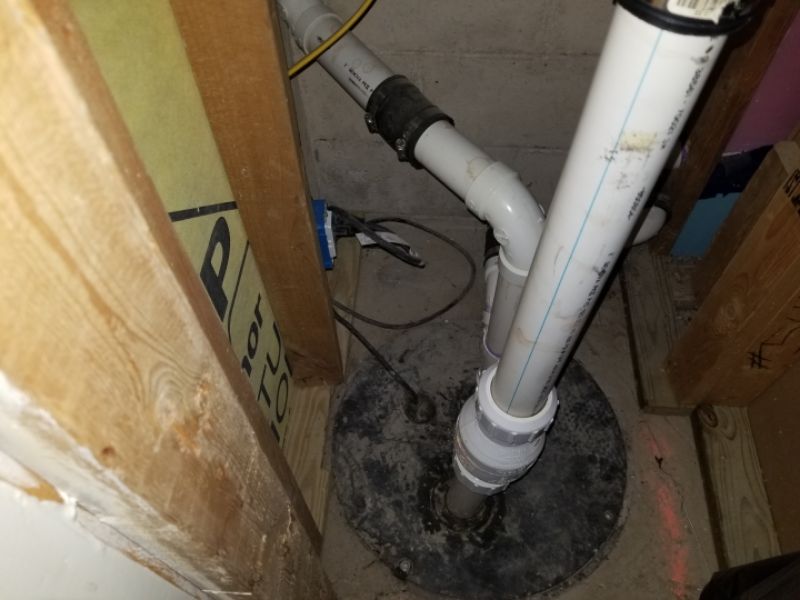
The waste water ejector pump lacks a weep hole below the check valve in the discharge line. This can cause the pump to lock up after cycling. Hire a plumber to add a weep hole below the check valve.
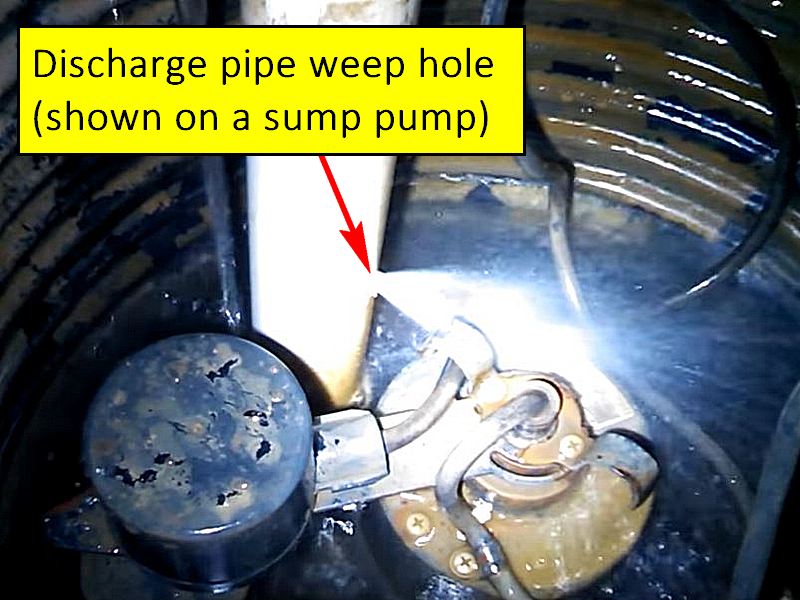
The waste ejector pump does not have an alarm installed. This can allow a sewage overflow if the pump or float malfunctions, causing a health and safety hazard. Hire a plumber to install a system alarm.
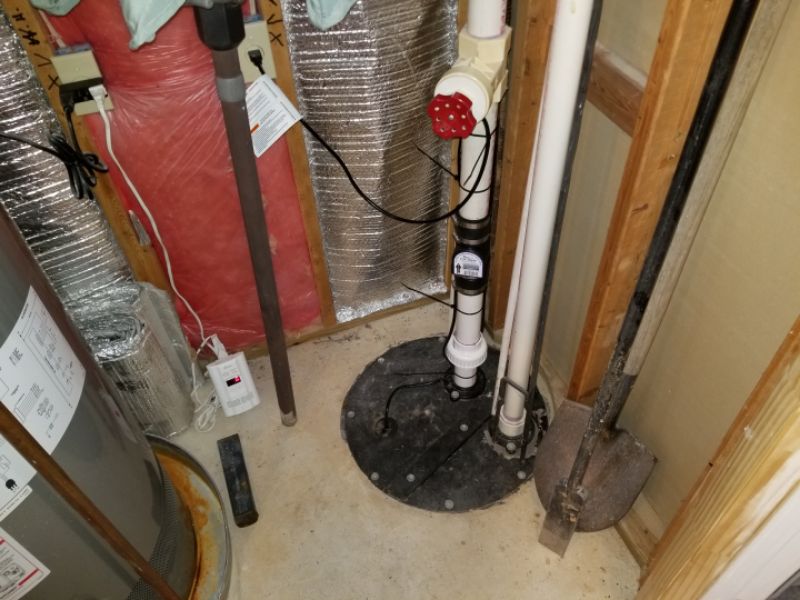
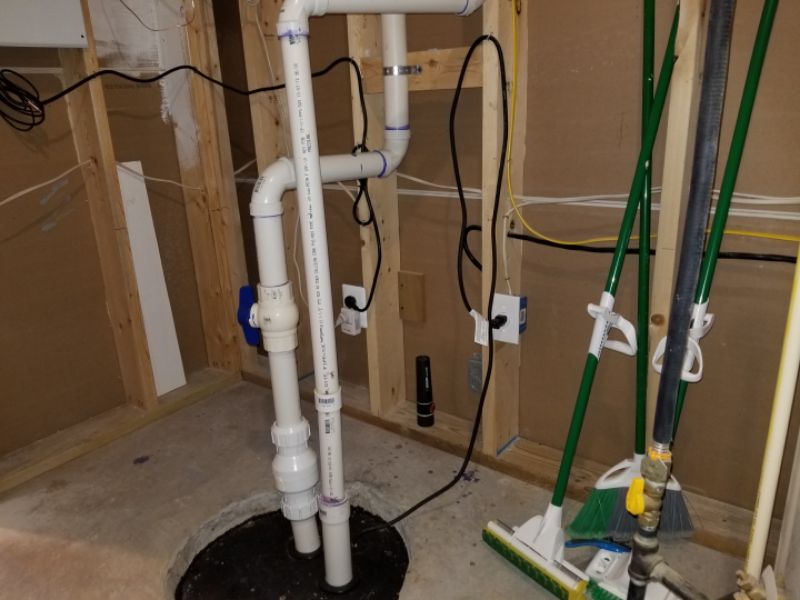
Waste Ejector Limitation and Information Statements
Waste ejector pump installed as part of sewage drain system, inaccessible: A waste ejector pump is installed as part of the sewage drain system. The ejector pump is an entirely encased unit and is therefore inaccessible for inspection. Proper pump operation is based on general function of the system only. No representation is made as to the reliability or specific condition of the sewage pump.
Waste ejector pump installed, designed to handle solid waste, electricity required, don’t function during power outages: A Waste Ejector Pump is installed as part of the sewage drain system. These are not standard “sump pumps,” but are designed to handle solid waste. They are used to lift waste water upwards when a plumbing fixture’s discharge is below the level of the home’s main sewage line. They require electricity to operate. Fixtures served by a Waste Ejector Pump cannot be used during a power outage; this risks a sewage overflow.
Fire Suppression System
We inspect home fire suppression systems even though they are outside the scope of a Home Inspection. They are, in fact, required by all current U.S. model Codes in new 1 and 2 family homes. However, many states have prohibited the requirement or made it optional. We should expect this to change, and for them to become more common. It is essential that you research and understand the regulations that apply in your area. Our inspection is strictly visual; we do not operate valves, including inspector test valves. You should always report to your client using the provided Limitation Statement.
The average homeowner is likely not familiar with residential suppression systems. You should take the opportunity to educate them and to dispel the widespread myths about how they work and the protection they offer. Fire suppression systems are documented to provide a significant improvement in homeowner safety and survival during a fire, as well as reduce property damage.
The water supply for a fire suppression system must be from a “reliable source,” as well as providing “adequate capacity.” Private on-site wells may require a tank to store water for the system so it can meet the requirement of supplying 2 heads for 10 minutes. The water service entry area is where the main valve(s) is located, as well as any backflow devices. Note that NFPA 13D does not require check valves, but your locality may. A gauge showing the system’s pressure will be here, as well as the flow switch.
Inspect for an open main valve and appropriate system pressure. Ensure that backflow valves and dated inspection stickers are present as may be required in your area. Determine if the installation is stand-alone or combined, and report appropriately. Inspect for securely-mounted components, leaks, damage, or corrosion.
The main valve for the fire suppression system is closed. This prevents proper system operation. We do not open valves as there may be hidden damage that could allow leaks. Hire a fire suppression technician for an system evaluation and servicing.
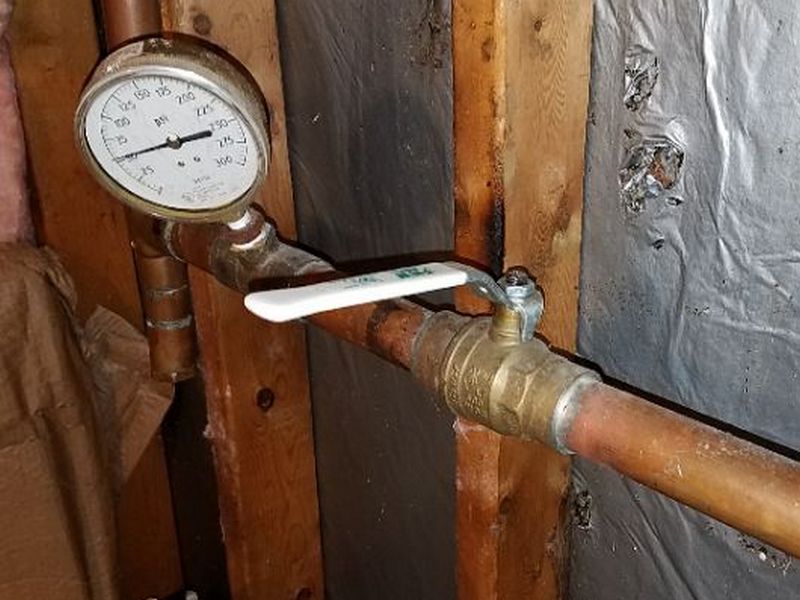
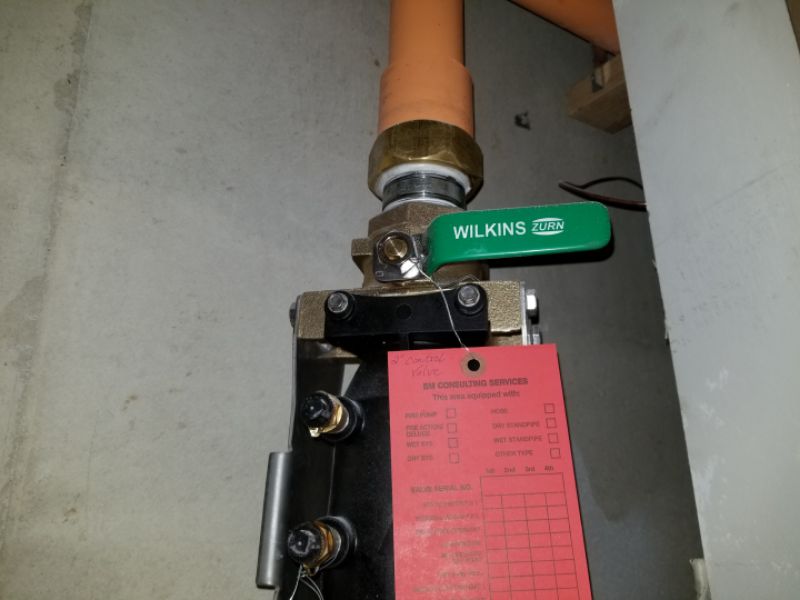
The backflow prevention device at the fire suppression system is past its labeled use date. This can affect proper system operation. Hire a plumber or fire suppression technician to service or replace the device as needed.
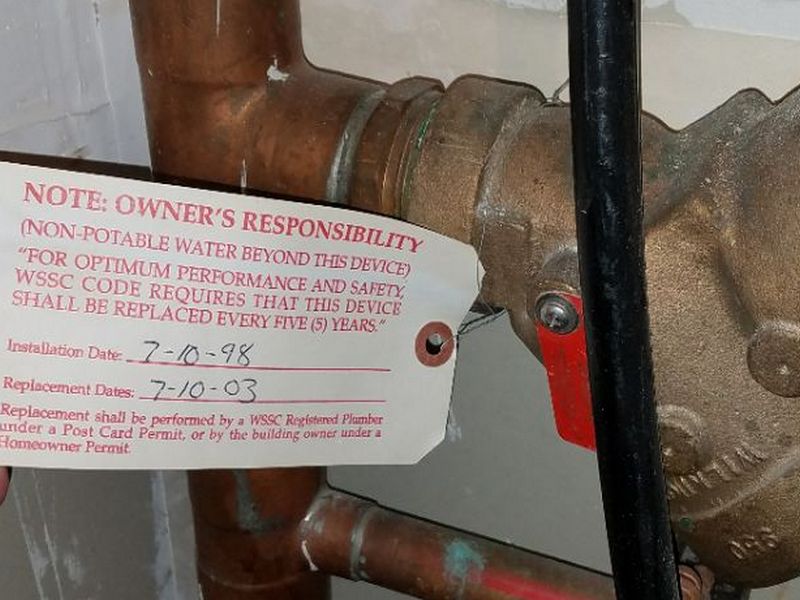
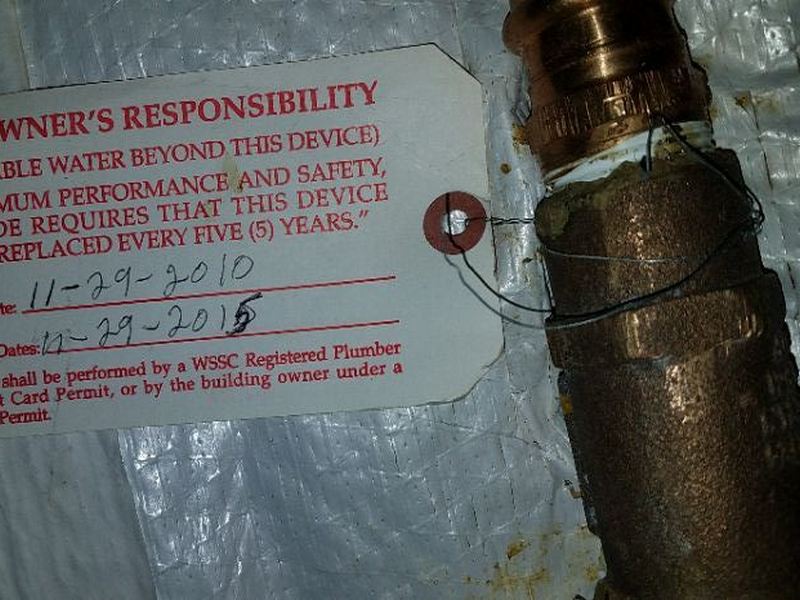
The backflow prevention device at the fire suppression system is missing a dated use label. This is required to ensure regular servicing and proper system operation. Hire a plumber or fire suppression technician to service or replace the device as needed.
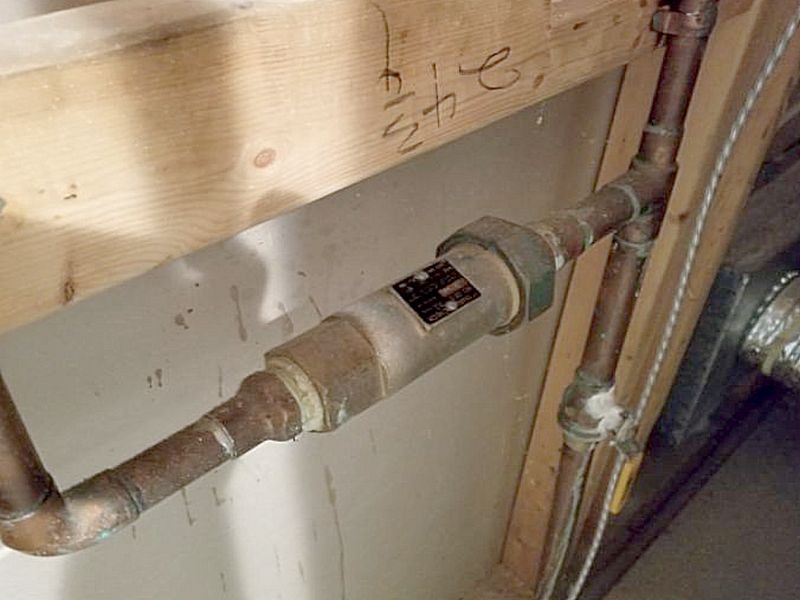
The backflow device at the fire suppression system is leaking. This can allow water damage, and may affect proper system operation. Hire a fire suppression technician for repairs as needed.
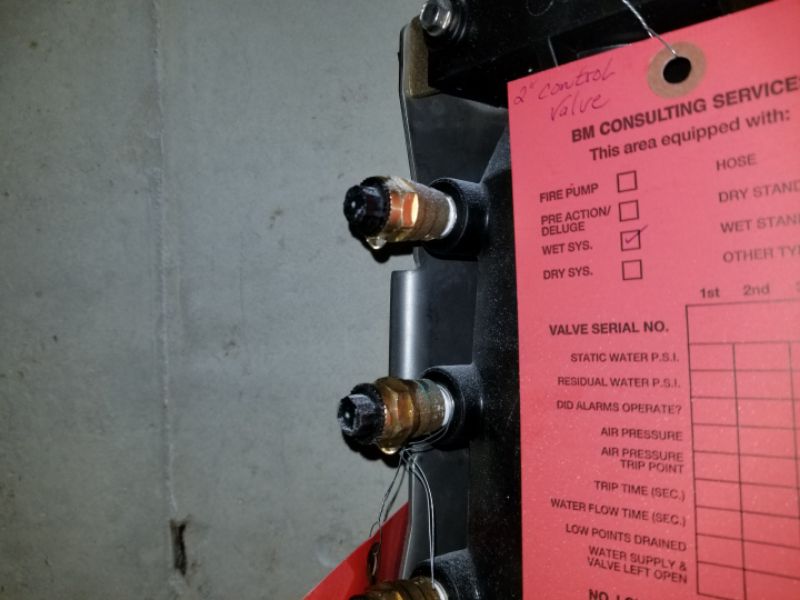
Labels are missing at components in the fire suppression system as required by local standards. This is a potential safety hazard. Hire a fire suppression technician for repairs as needed.
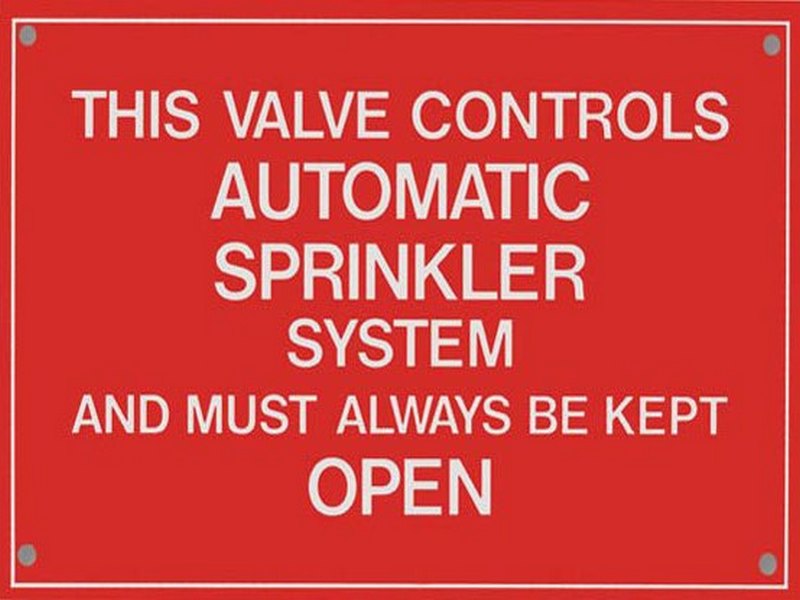
The pressure gauge on the fire suppression system indicates low water pressure. This is a safety concern that can affect proper operation. The cause for this cannot be determined in a Home Inspection. Hire a fire suppression technician for an system evaluation and servicing.
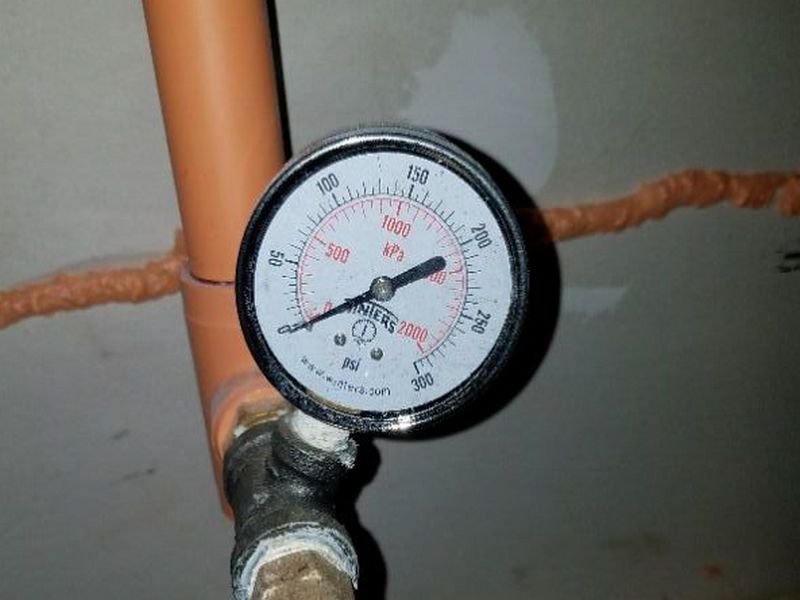
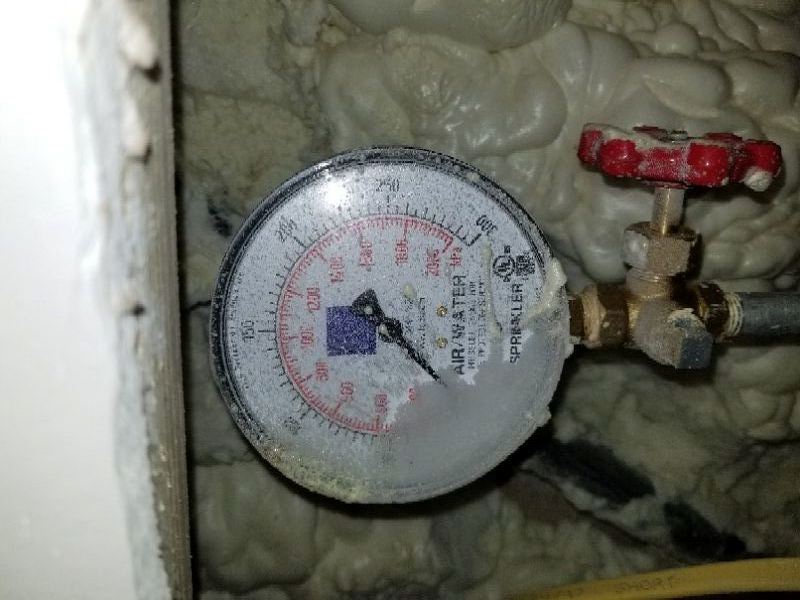
There are leaking valves at the fire suppression system. This can allow water damage, and may affect proper system operation. Hire a fire suppression technician for repairs as needed.
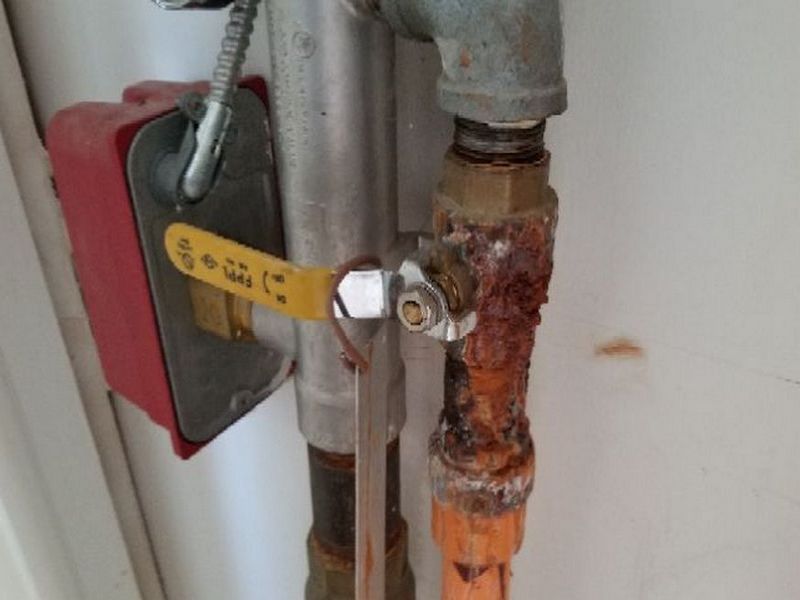
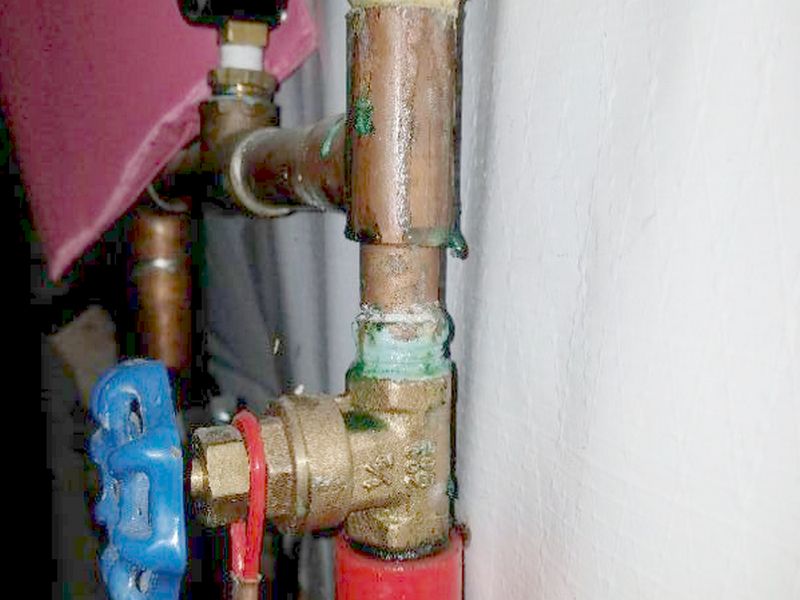
The fire suppression system’s water storage tank is empty. This is a safety concern that will prevent proper system operation. Hire a fire suppression technician for repairs as needed.
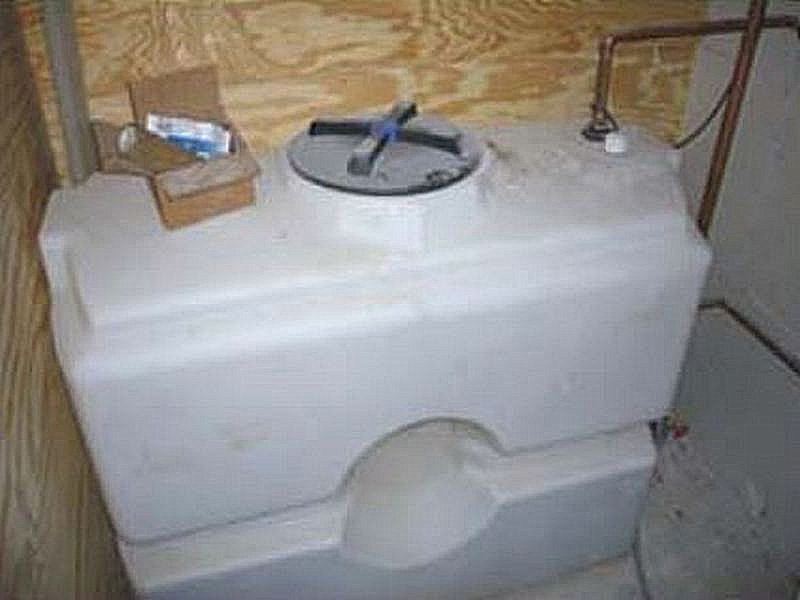
The fire suppression system’s water storage tank is leaking. This is a safety concern that will prevent proper system operation and may cause water damage. Hire a fire suppression technician for repairs as needed.
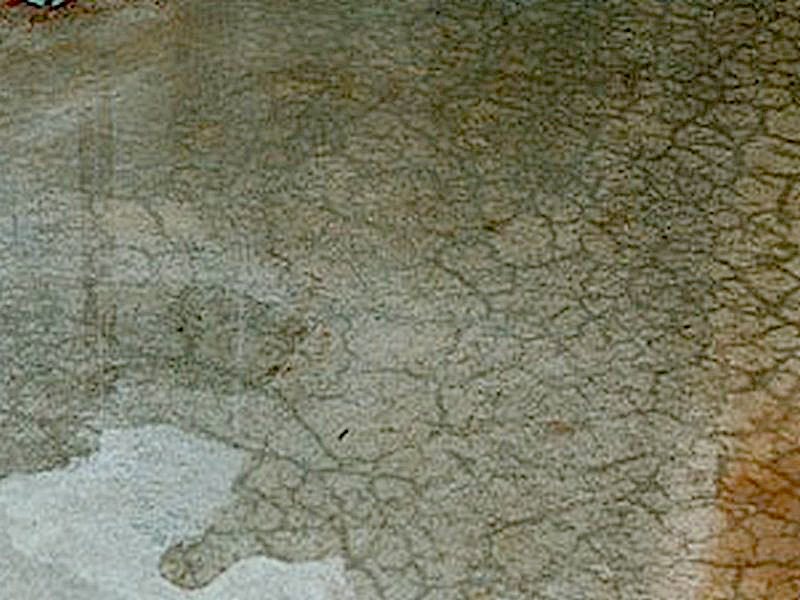
The cap for the fire suppression system’s water storage tank is missing. This can prevent proper system operation and may cause water damage. Hire a fire suppression technician for repairs as needed.
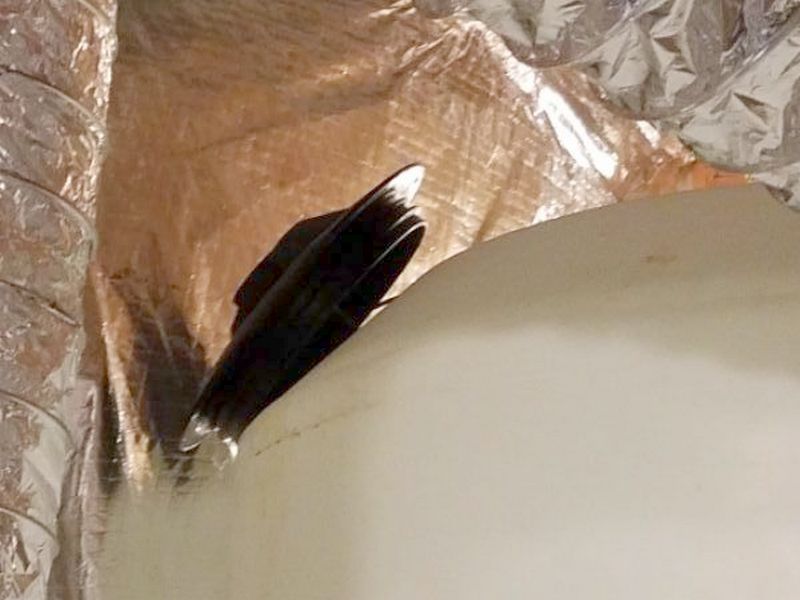
The fire suppression system’s water storage tank is an incorrect shape or size. They are required to be able to fit through a standard doorway to allow for servicing or replacement. Hire a fire suppression technician for repairs or replacement as needed.
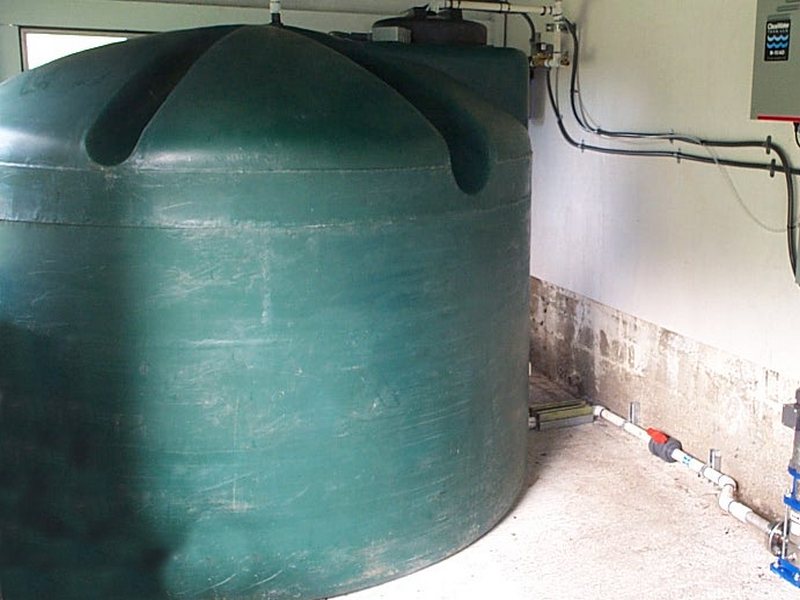
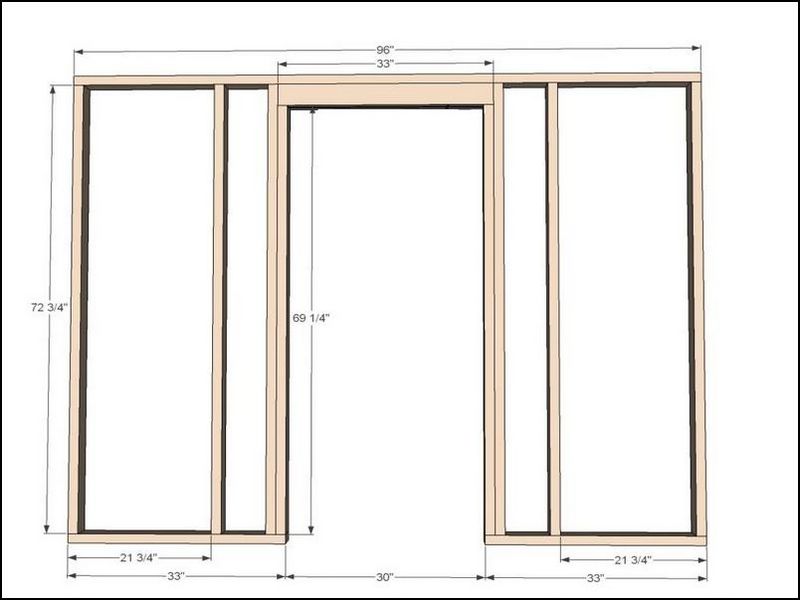
The fire suppression system’s water storage tank is on an unreinforced platform or floor. The water has significant weight. This is a safety hazard that may allow a structural collapse, leaking, and a system failure. Hire a fire suppression technician for repairs or replacement as needed.
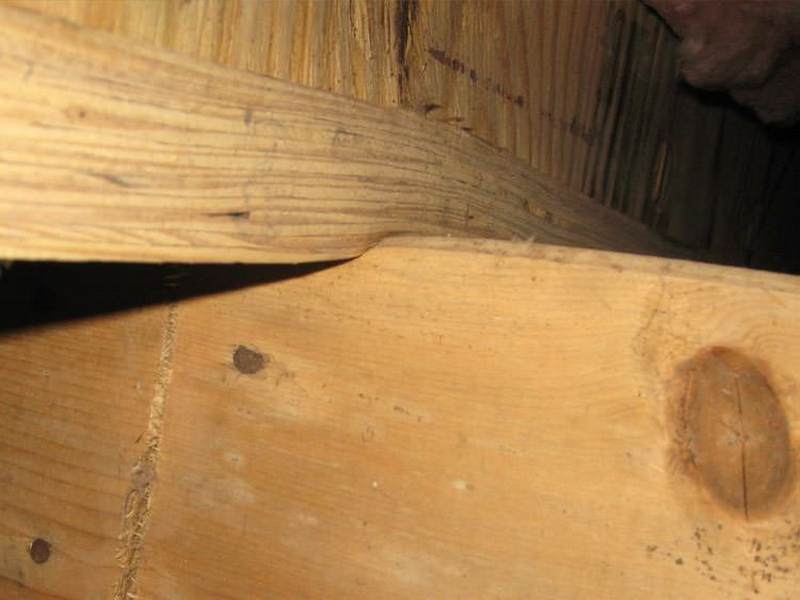
The pump piping for the fire suppression system’s water storage tank is leaking. This will affect proper system operation. Hire a fire suppression technician for repairs as needed.
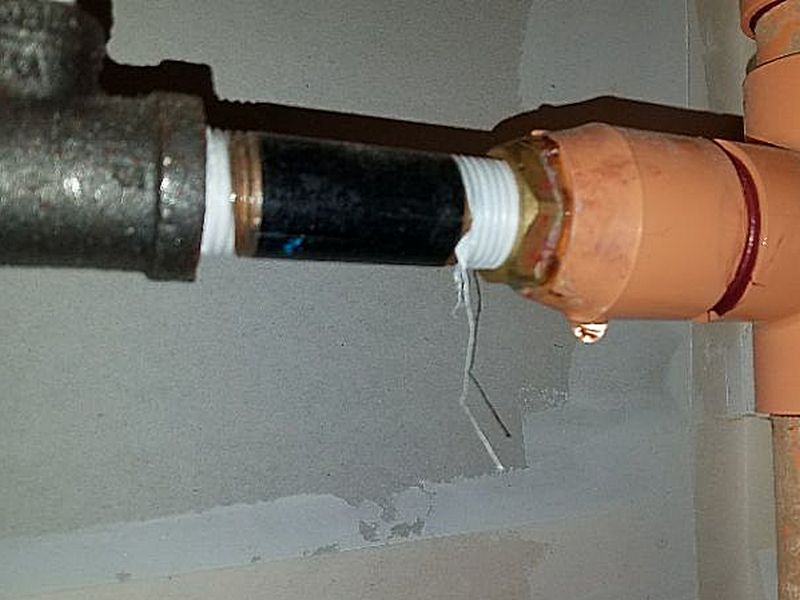
The pressure tank for the fire suppression system’s water storage tank is leaking. This will affect proper system operation. Hire a fire suppression technician for repairs as needed.
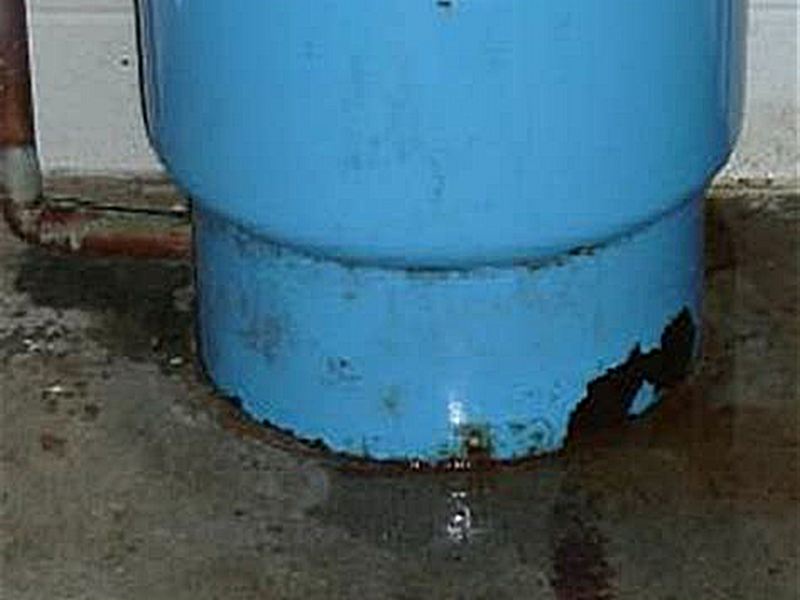
The pressure tank for the fire suppression system’s water storage tank is corroded. This indicates an unreliable component that can affect proper system operation. Hire a fire suppression technician for repairs as needed.


The fire suppression system’s pipes carry the water from the source to the sprinkler heads located throughout the dwelling. They may be one or a combination of several materials: black iron, steel, copper, CPVC, or PEX. All pipes must be secured against movement per the manufacturer listing. Prevailing local standards for potable water piping may also apply. All distribution piping in freeze-vulnerable locations must be insulated; foam pipe wrap is not recommended. “Freeze” or “trace” tape may be used. In extreme climates antifreeze or a “dry pipe” system may be required.
Inspect for leaks, damage, improper or inadequate mounting, corrosion, or inadequate/improper protection against freezing. All pipes passing through framing must be protected by nailer plates if within 1.5″ of the framing surface.
There is evidence of leaking in the fire suppression system’s piping. This can allow water damage, and may affect proper system operation. Hire a fire suppression technician for repairs as needed.
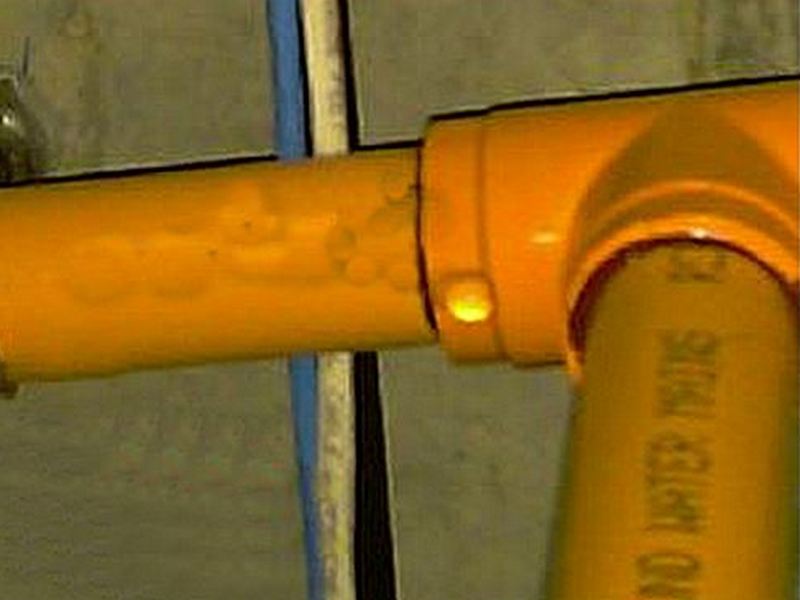
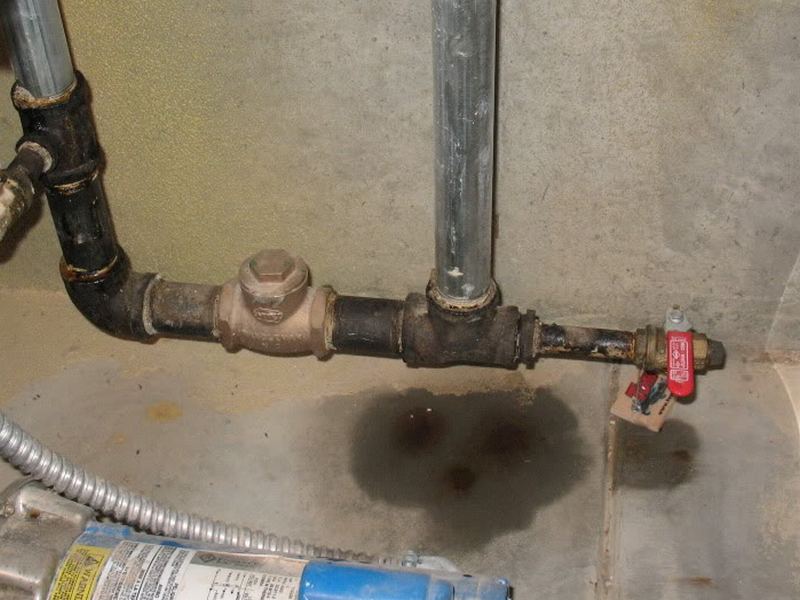
The fire suppression system’s piping is damaged. This can allow leaks, and may affect proper system operation. Hire a fire suppression technician for repairs as needed.
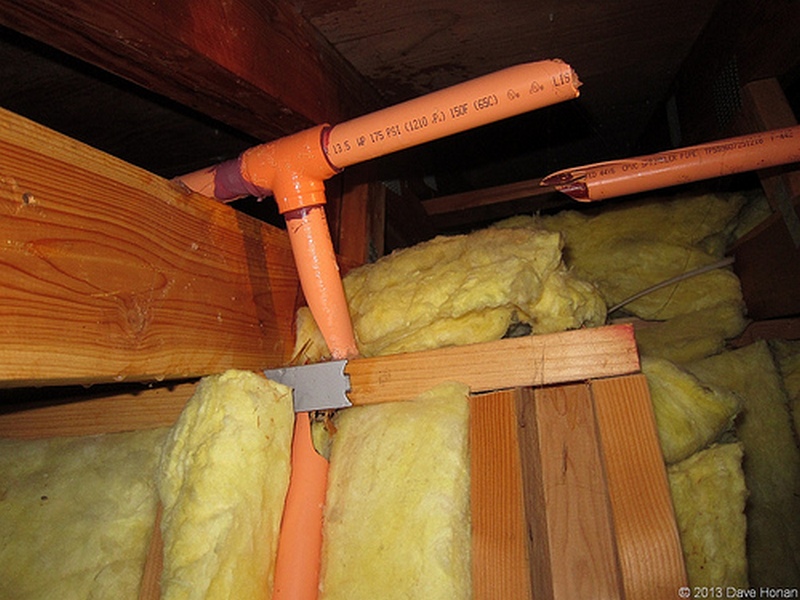
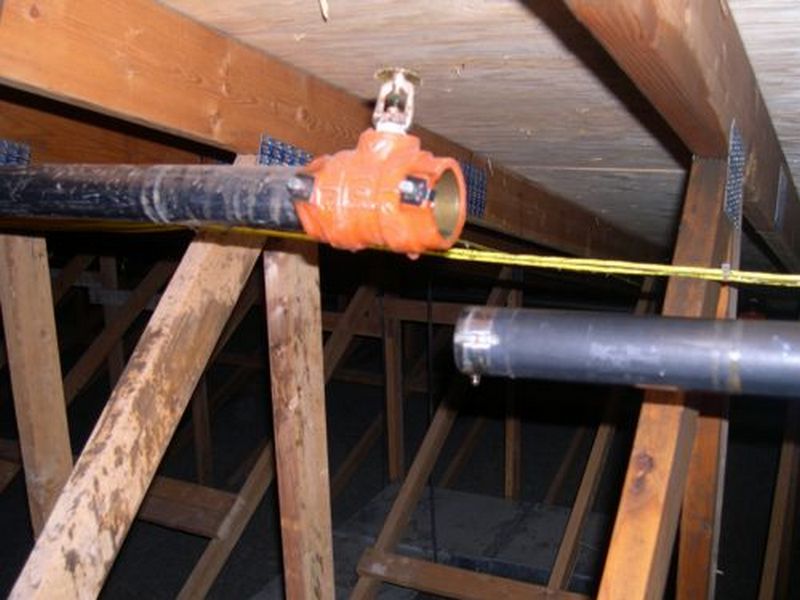
The fire suppression system’s piping is corroded. This can allow leaking, water damage, and improper system operation. Hire a fire suppression technician for repairs as needed.
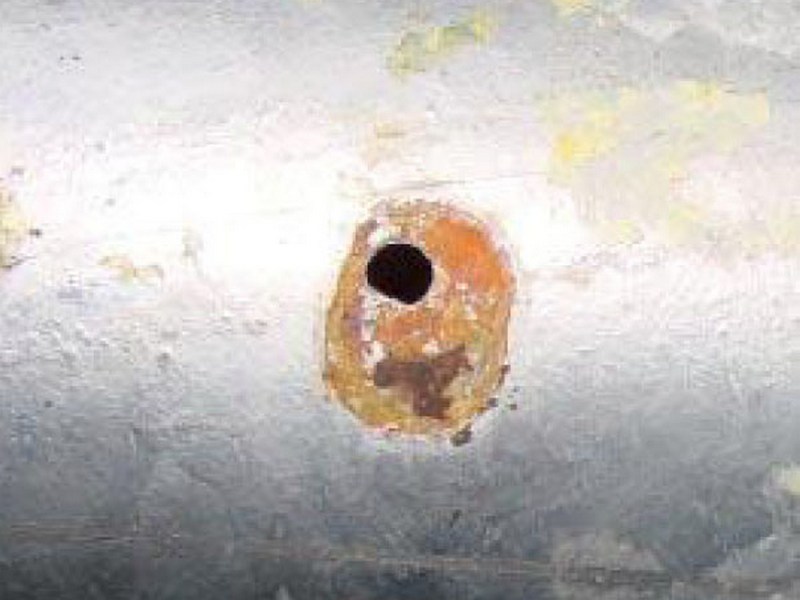
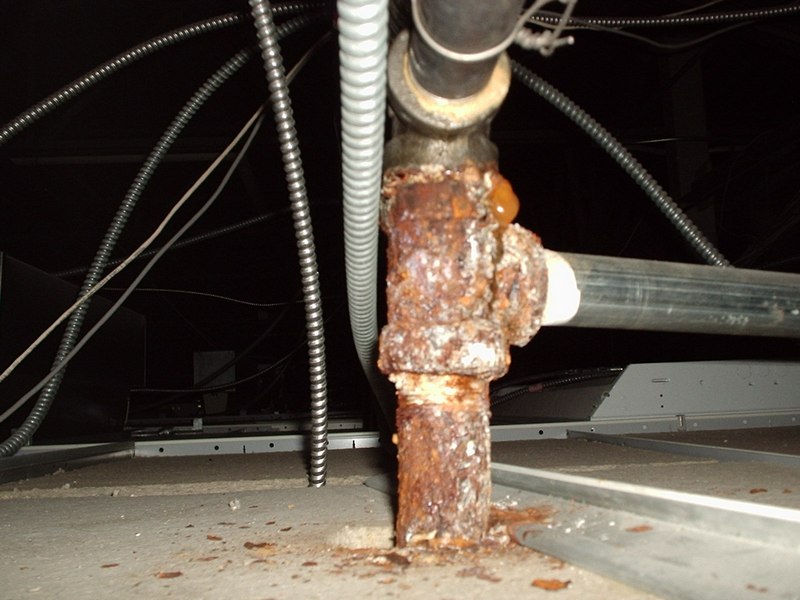
The fire suppression system’s piping is uninsulated in a freeze-vulnerable location. This can allow pipe damage and leaks, and can affect proper system operation. Insulate the pipes. Accepted practice requires a rigid tent overlaid with insulation. Standard foam pipe wrap is not recommended.
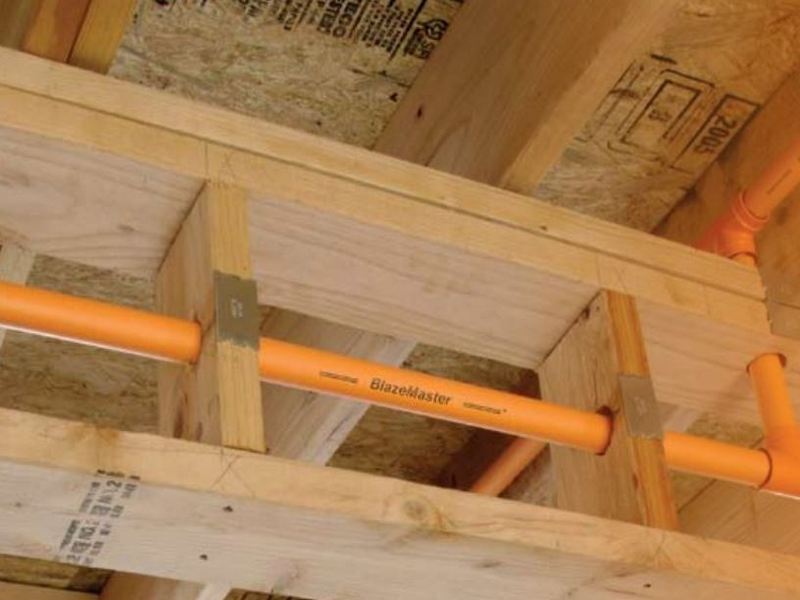
The fire suppression system’s piping is insulated with foam pipe wrap. This is contrary to accepted practice. It can allow pipe damage, leaks, and can affect proper system operation. Insulate the pipes. Accepted practice requires a rigid tent overlaid with insulation.
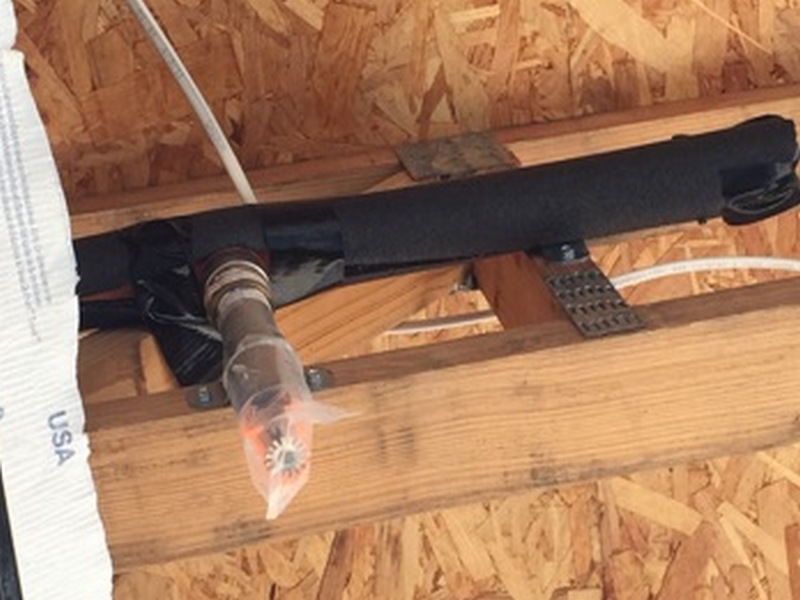
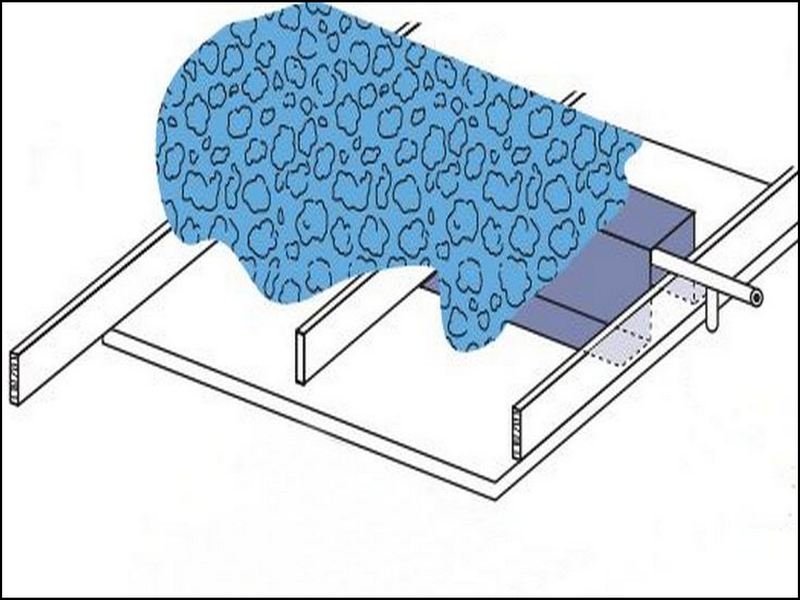
The fire suppression system’s piping is installed without proper “nailer plate” protection. This can allow damage to the pipes, leaking, and improper system operation. Hire a fire suppression technician for repairs as needed.
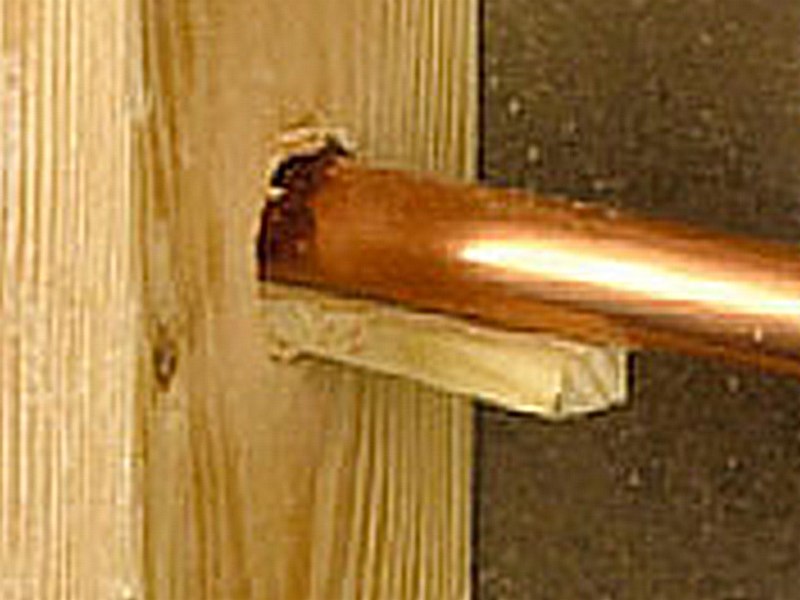
The sprinkler heads are the business end of the fire suppression system. The specific number, type, and placement of them is determined by a qualified specialist during the design phase. Additionally, different jurisdictions have varying regulations as to where heads must be, or locations where coverage in not required. It is essential that you educate yourself as to what applies in your area.
Perform a careful visual inspection to ensure that no paint, plaster, or other debris is on the heads or their covers. Sprinklers cannot be recessed into the ceiling or dropped down from it. Escutcheon plates must be installed, as should the cover plates for concealed units. Study and learn to recognize Omega brand sprinklers; they are always a reportable defect. Leaks and damage must be noted. It is never acceptable to hang anything from a sprinkler head. Inspect for obstructions, permanent or otherwise, or for heads too close to heat-producing appliances.
An Omega brand fire sprinkler is present. The US Consumer Product Safety Commission (CPSC) issued a recall of approximately 8.4 million Omega brand fire sprinklers manufactured since 1982 by Central Sprinkler Corp. and its subsidiary. The CPSC alleges that Omegas are defective and could likely fail in a fire. Hire a fire suppression specialist for evaluation and explanation of the system’s operation and maintenance.
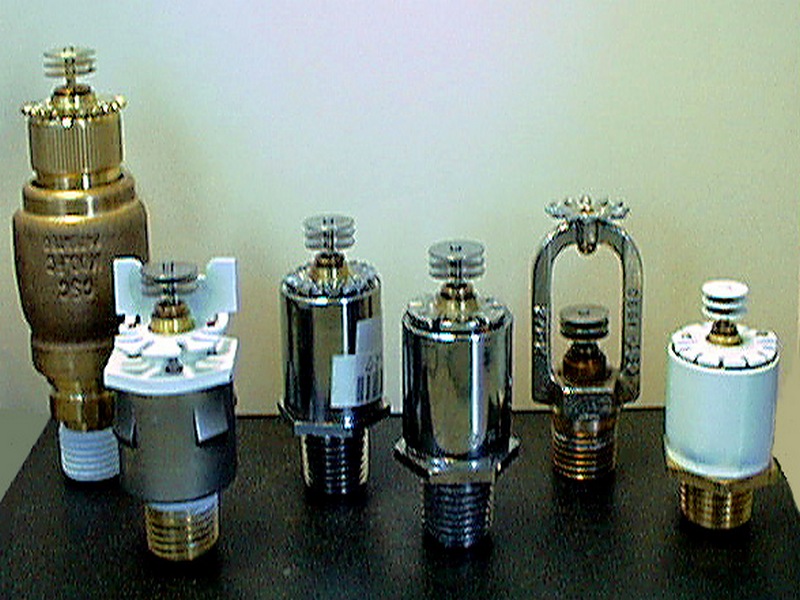
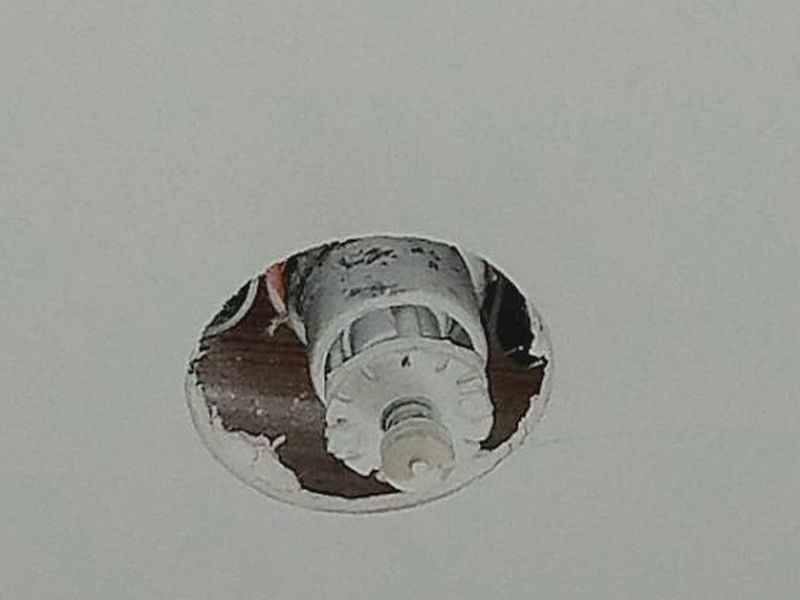
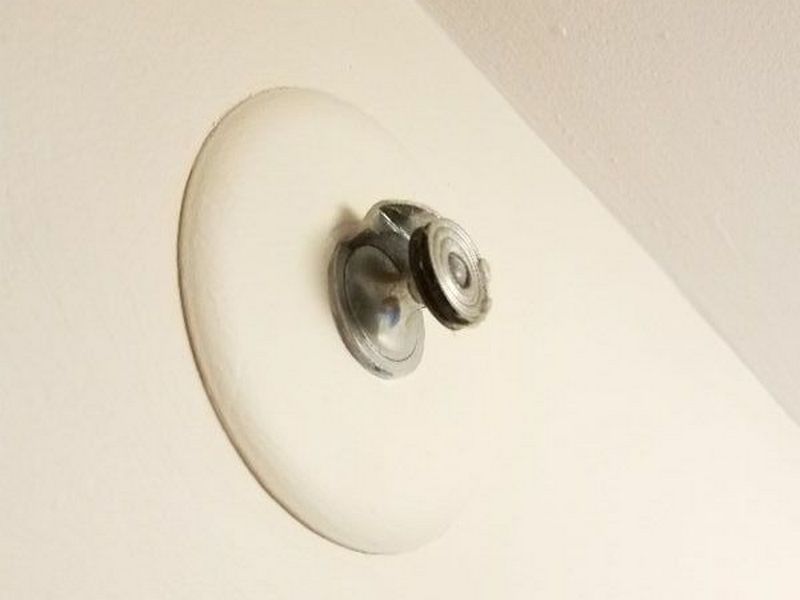
A fire suppression sprinkler head is dropped below the ceiling. This is a potential safety concern that may indicate loose mounting, and can affect proper function. Hire a fire suppression technician for repairs as needed.
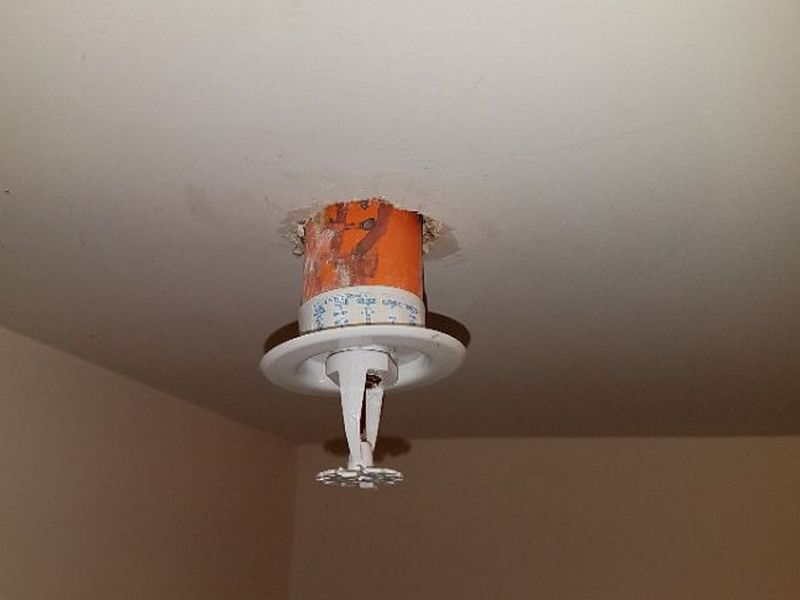
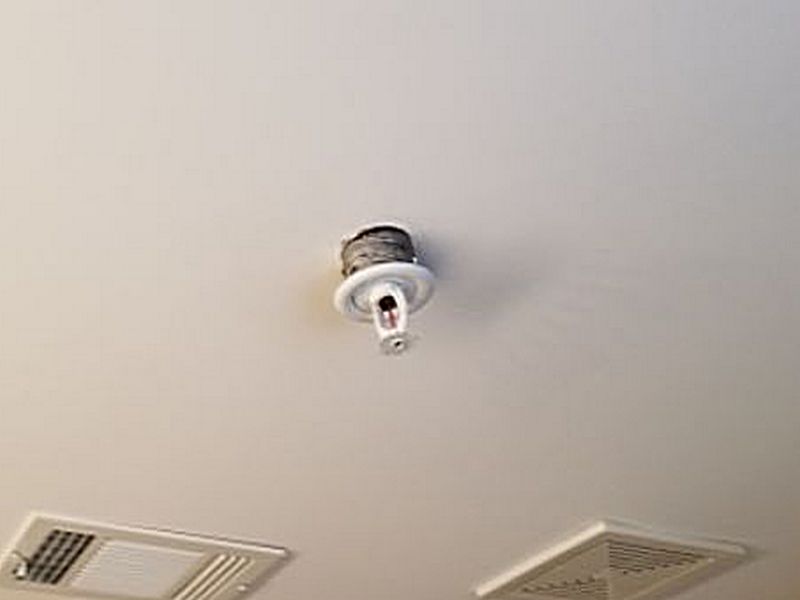
A fire suppression sprinkler head is recessed into the ceiling. This can affect proper system function, and is a safety concern. Hire a fire suppression technician for repairs as needed.
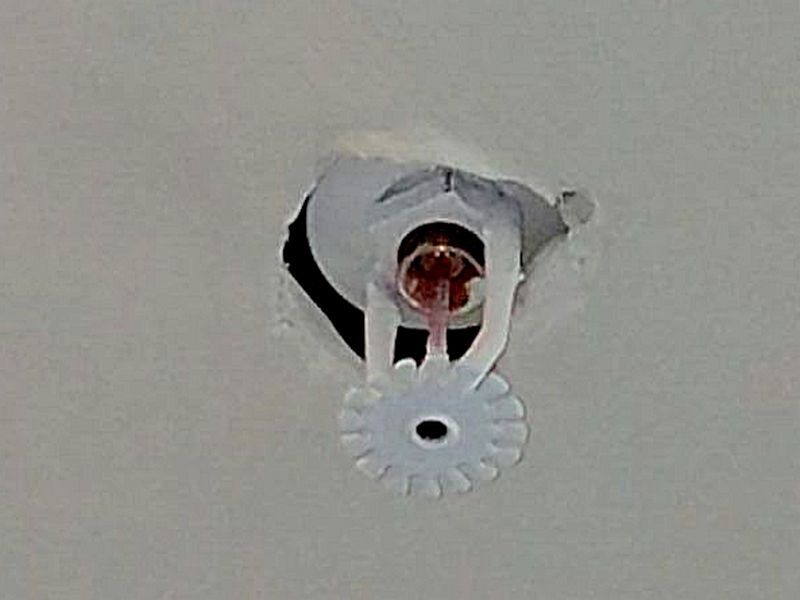
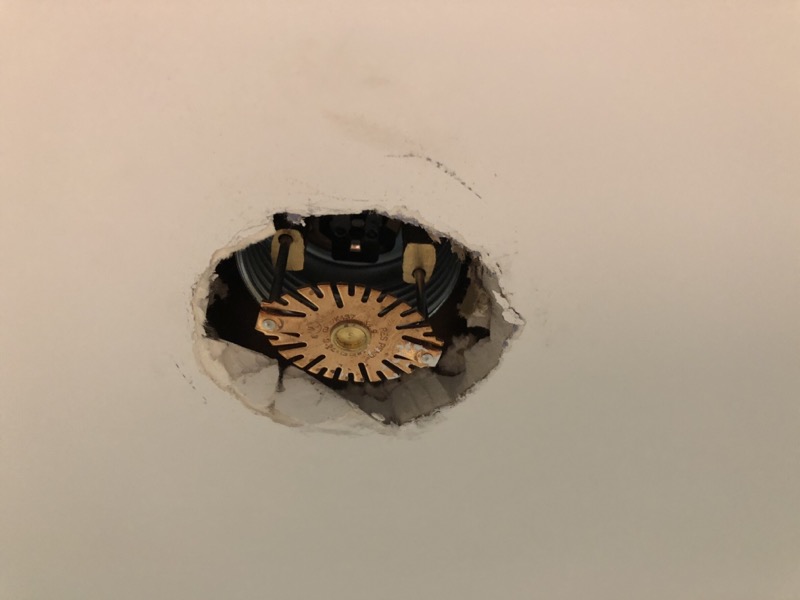
A fire suppression sprinkler head is covered. This can affect proper system function, and is a safety concern. Hire a fire suppression technician for repairs as needed.
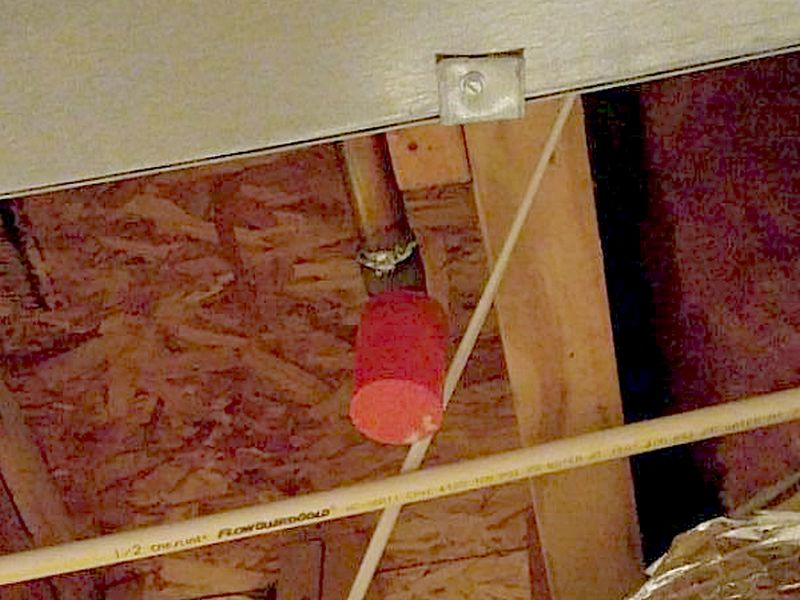
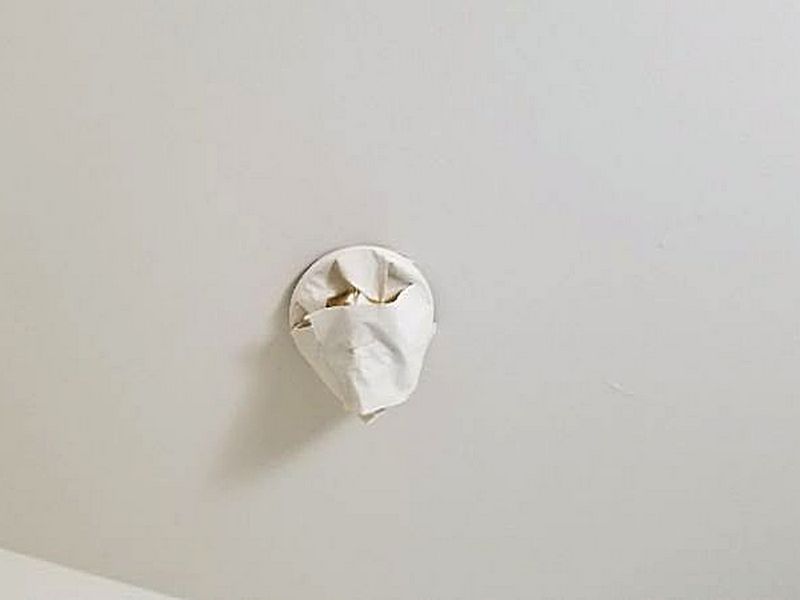
A fire suppression sprinkler head has paint or plaster on it. This can affect proper system function, and is a safety concern. Hire a fire suppression technician for repairs as needed.
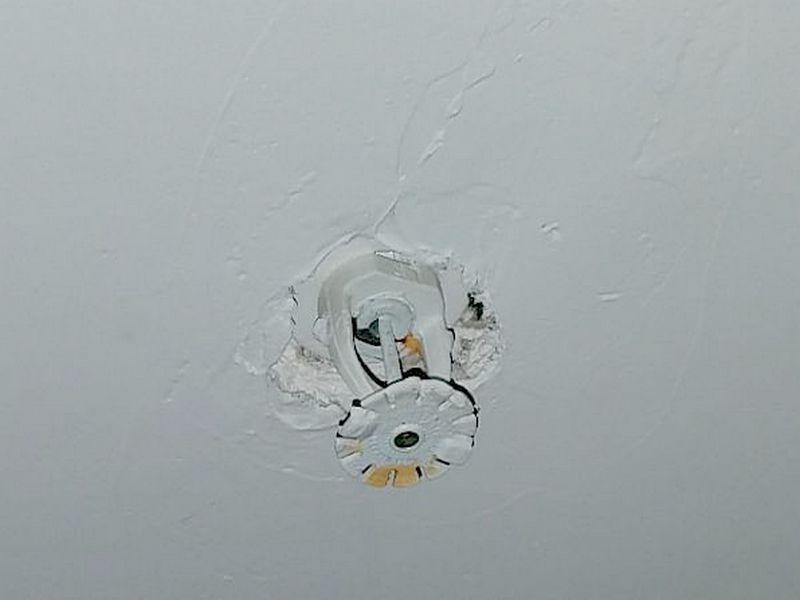
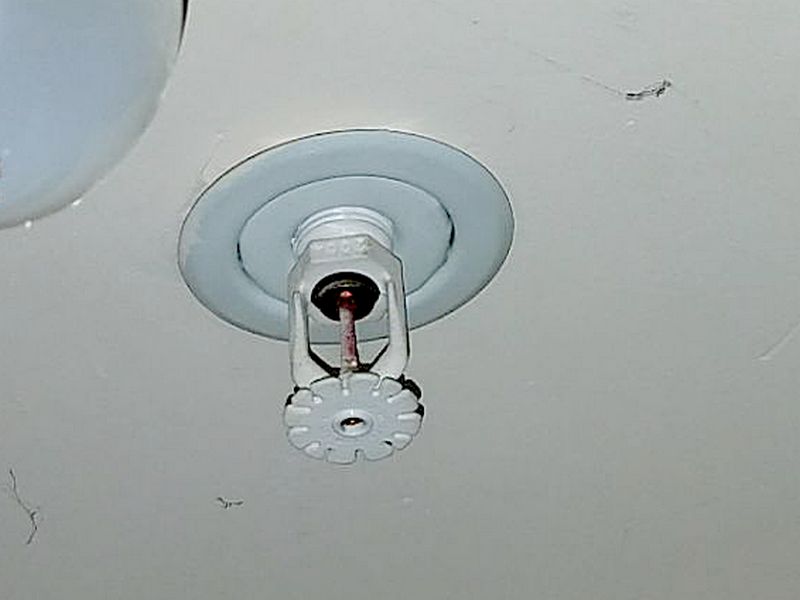
A fire suppression sprinkler head is missing an escutcheon or mounting plate. This can delay the head’s timely operation, and is a safety concern. Hire a fire suppression technician for repairs as needed.
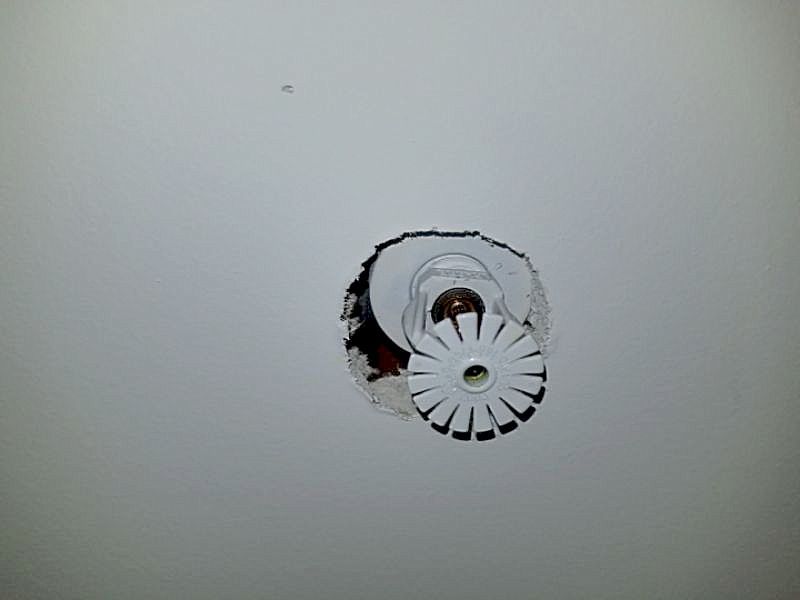
A fire suppression sprinkler head is obstructed. Nearby objects will affect proper water spray, and is a safety concern. Remove the obstructions.
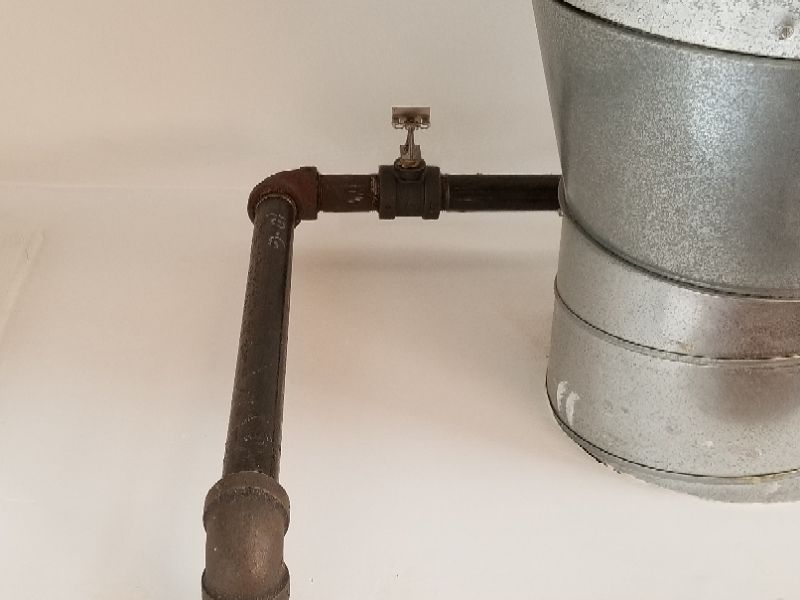
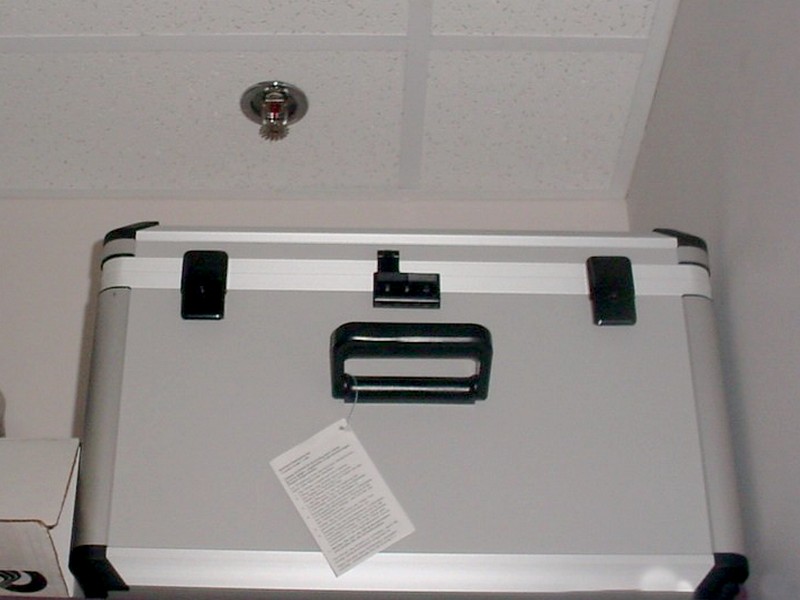
A ceiling-mounted fire suppression sprinkler head is improperly installed. These are required to be 1″ to 4″ from the ceiling for proper operation. Hire a fire suppression technician for repairs as needed.
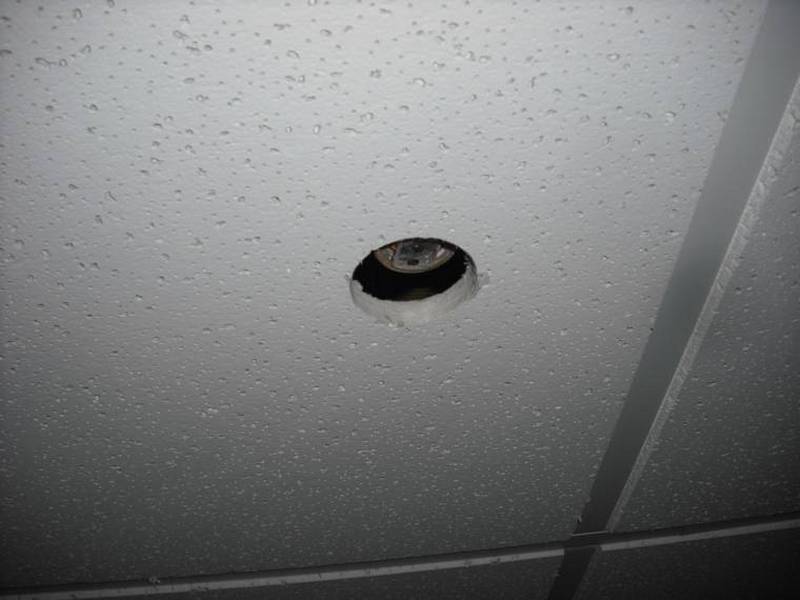
A wall-mounted fire suppression sprinkler head is improperly installed. These are required to be 4″ to 6″ from the ceiling for proper operation. Hire a fire suppression technician for repairs as needed.
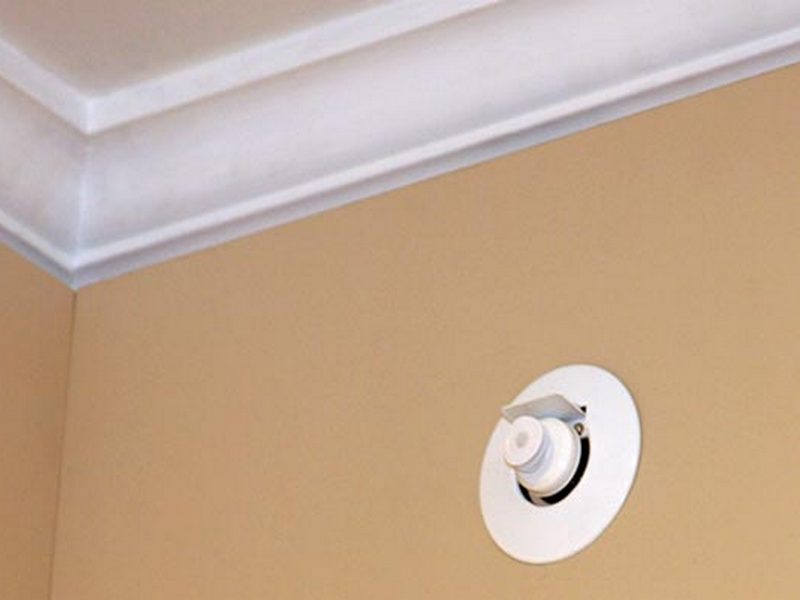
The cover for the concealed fire suppression sprinkler head is missing. This is a safety concern that may affect proper operation. Hire a fire suppression technician for repairs as needed.
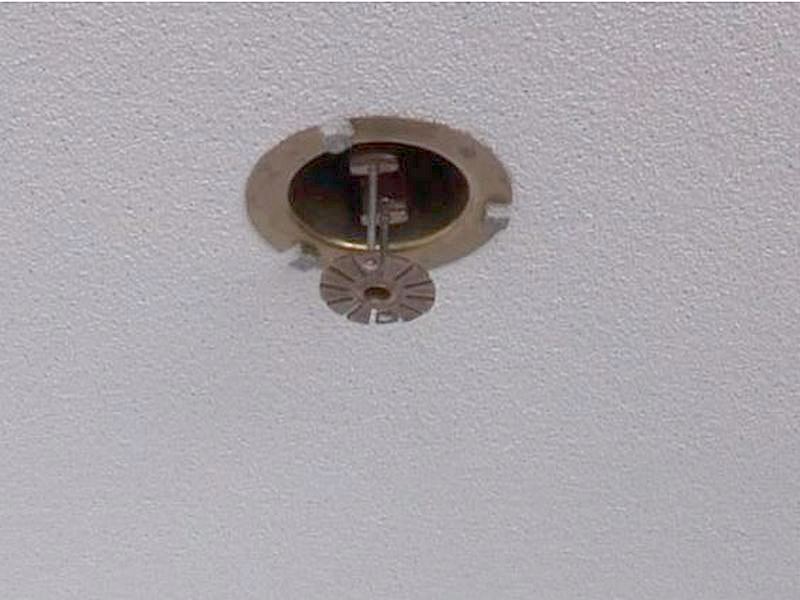
There are objects hanging from the fire suppression sprinkler heads. This is never permitted as it can damage the component and affect proper operation. Hire a fire suppression technician for an system evaluation and servicing.
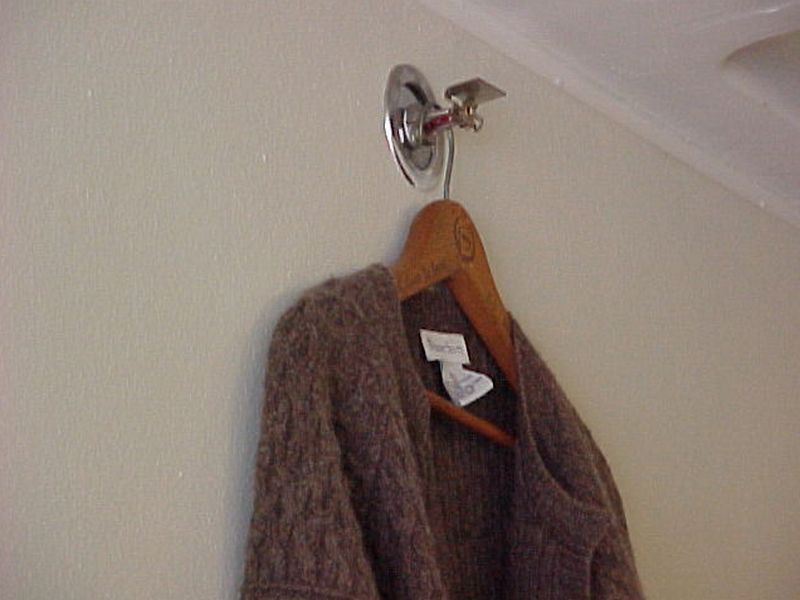
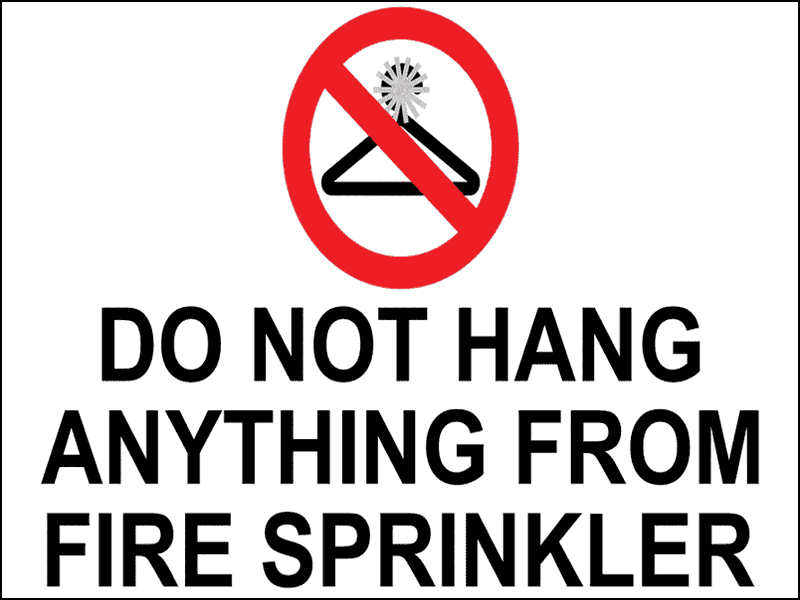
A fire suppression sprinkler head is leaking. This can cause water damage and may affect proper system operation. Hire a fire suppression technician for repairs as needed.
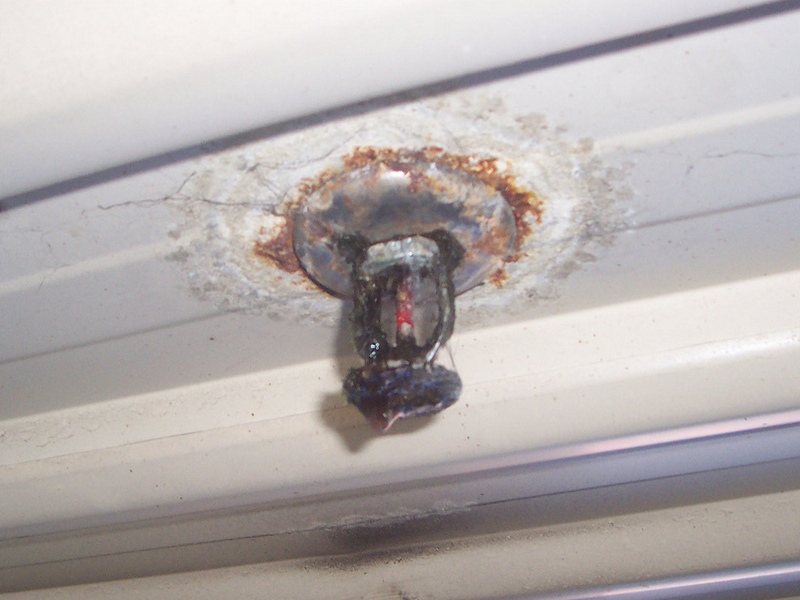
A fire suppression sprinkler head is improperly located near a high-heat source. This can cause an unintended activation and water damage. Heads should not be near or above fireplaces, furnaces, etc. Hire a fire suppression technician for repairs as needed.
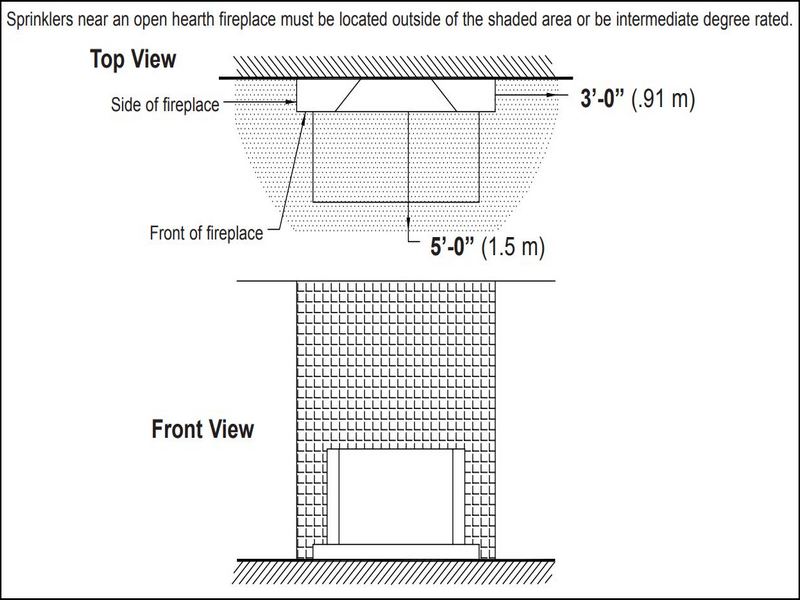
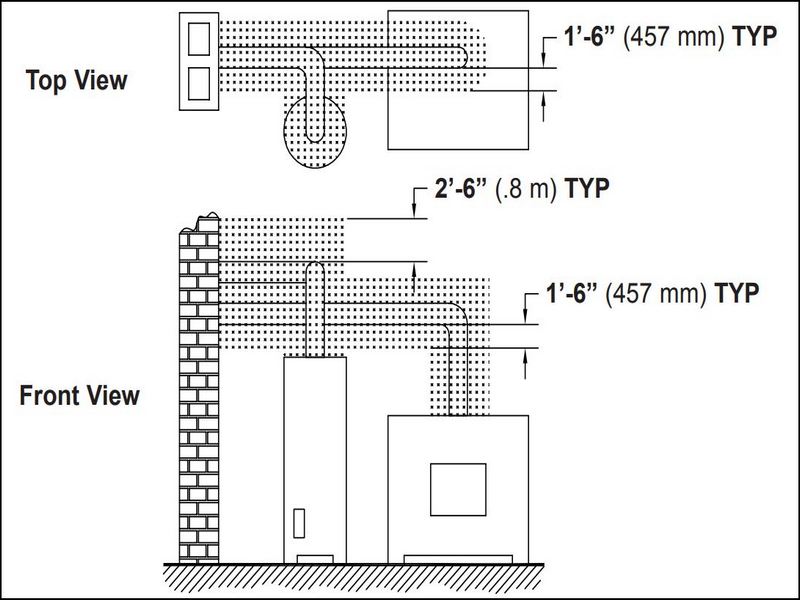
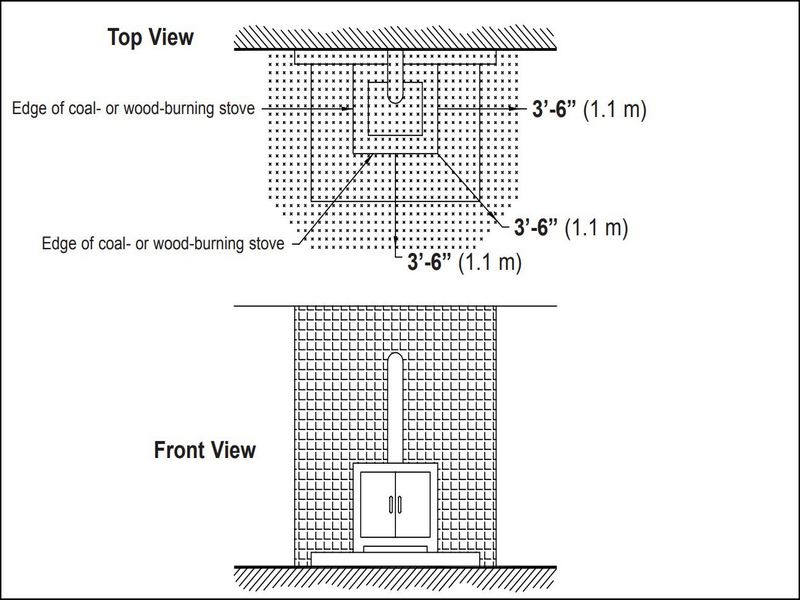
Fire Suppression System Limitation and Information Statements
Fire suppression system installed, visual inspection: A fire suppression system is installed in the home. Our inspection is visual only; we do not operate any valves or test any installed devices. We strongly recommended that you have a full evaluation and servicing performed by a fire suppression specialist prior to closing. This should be repeated on an annual basis or as mandated by local requirements.
